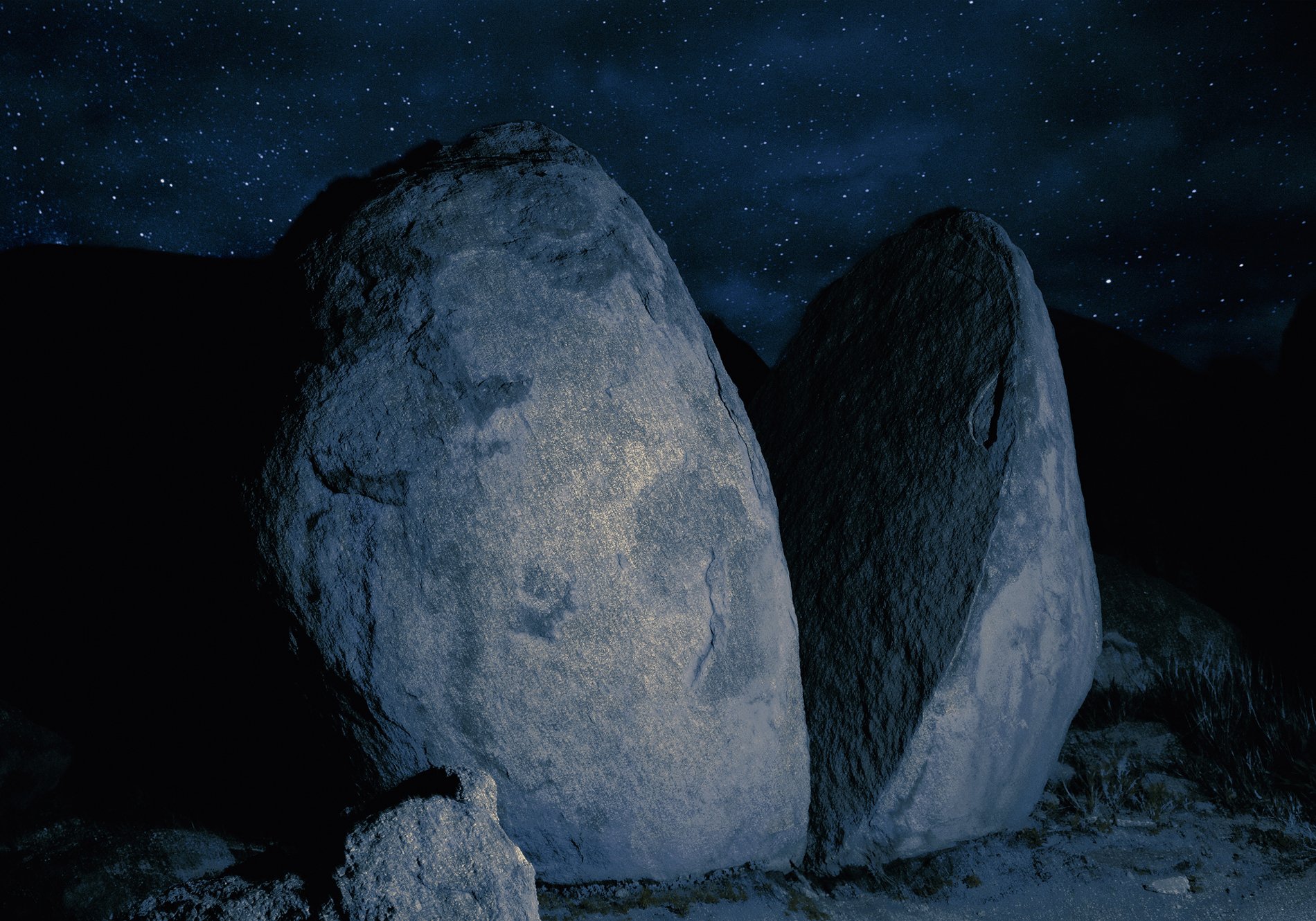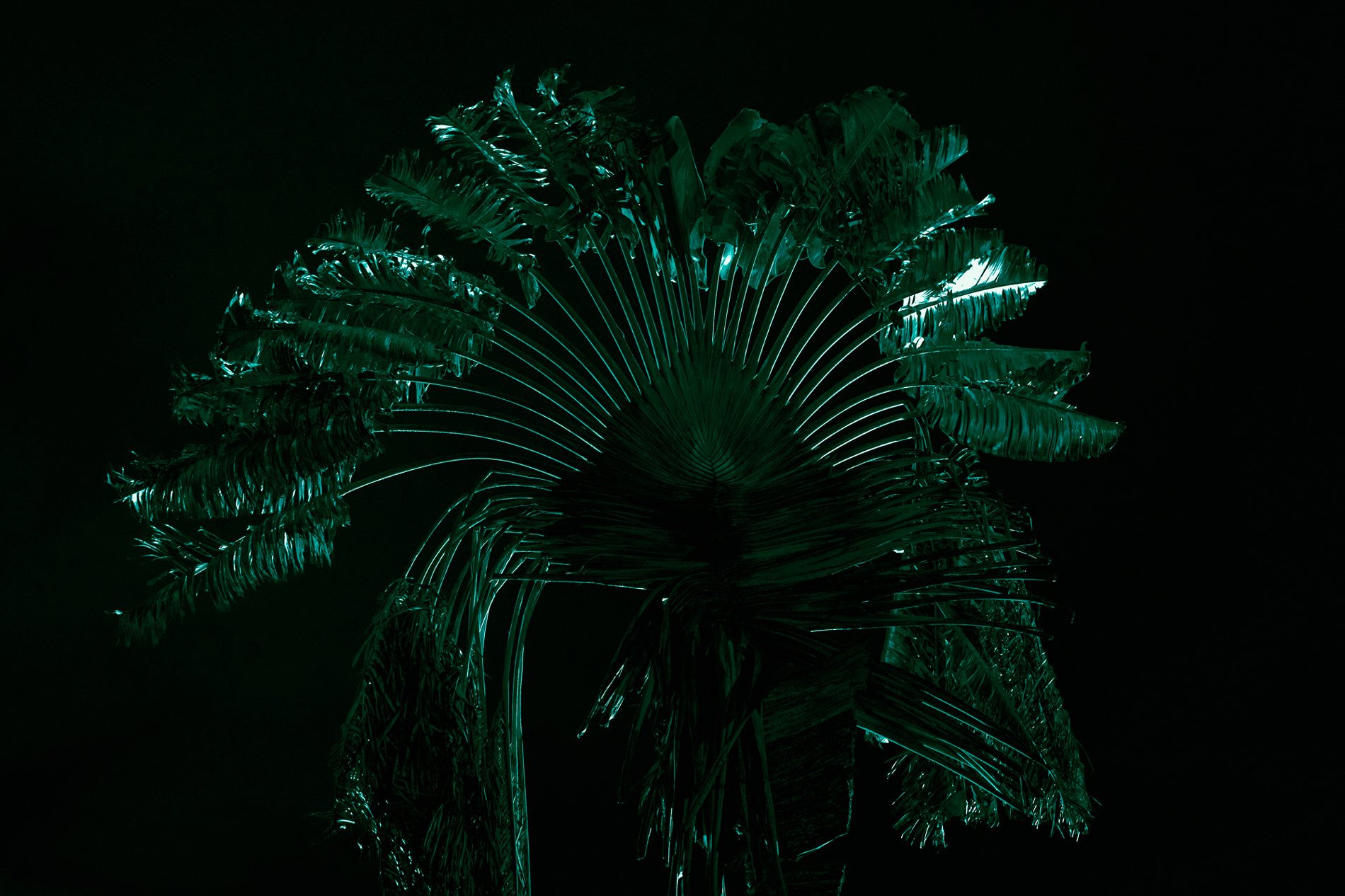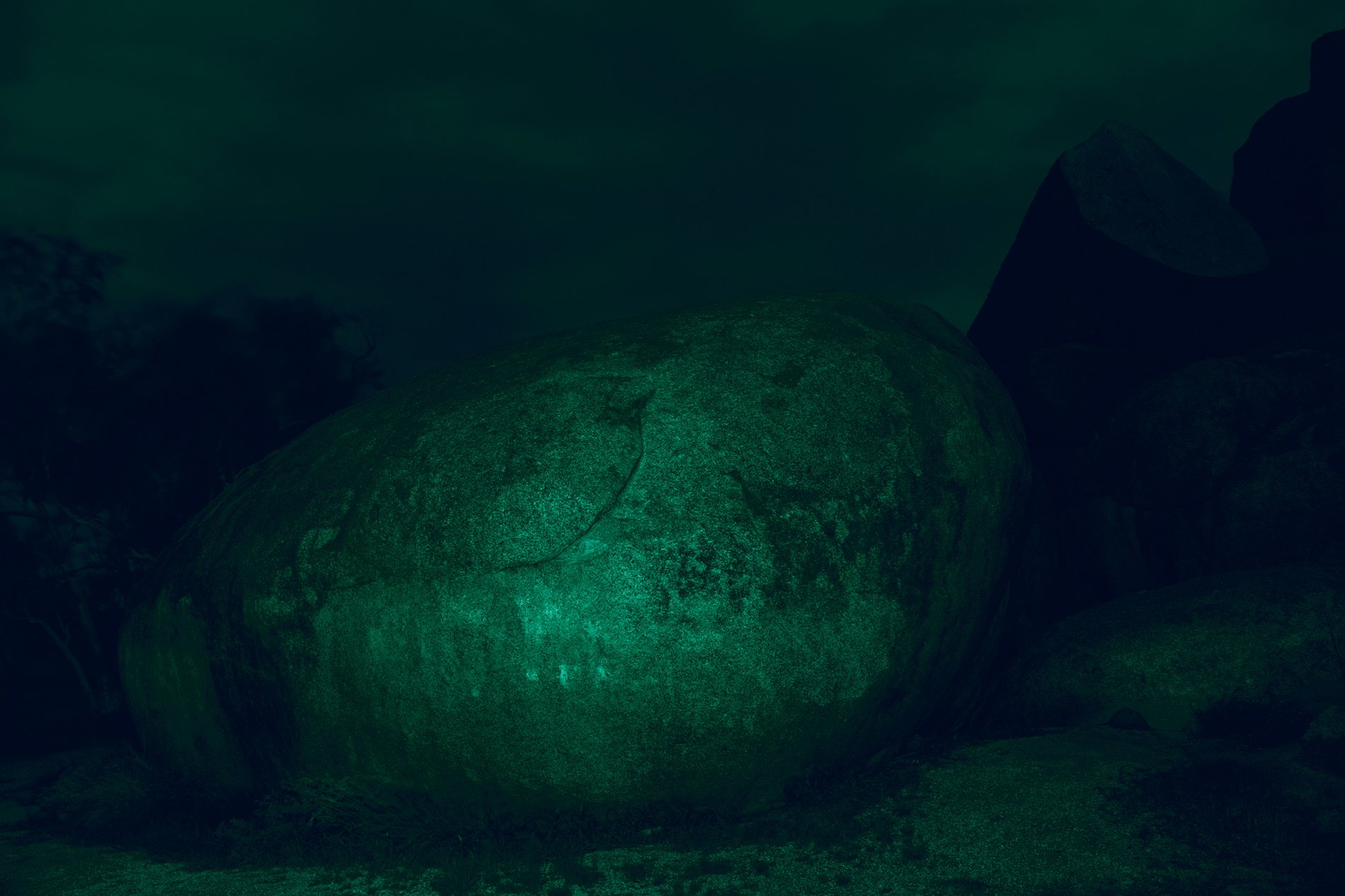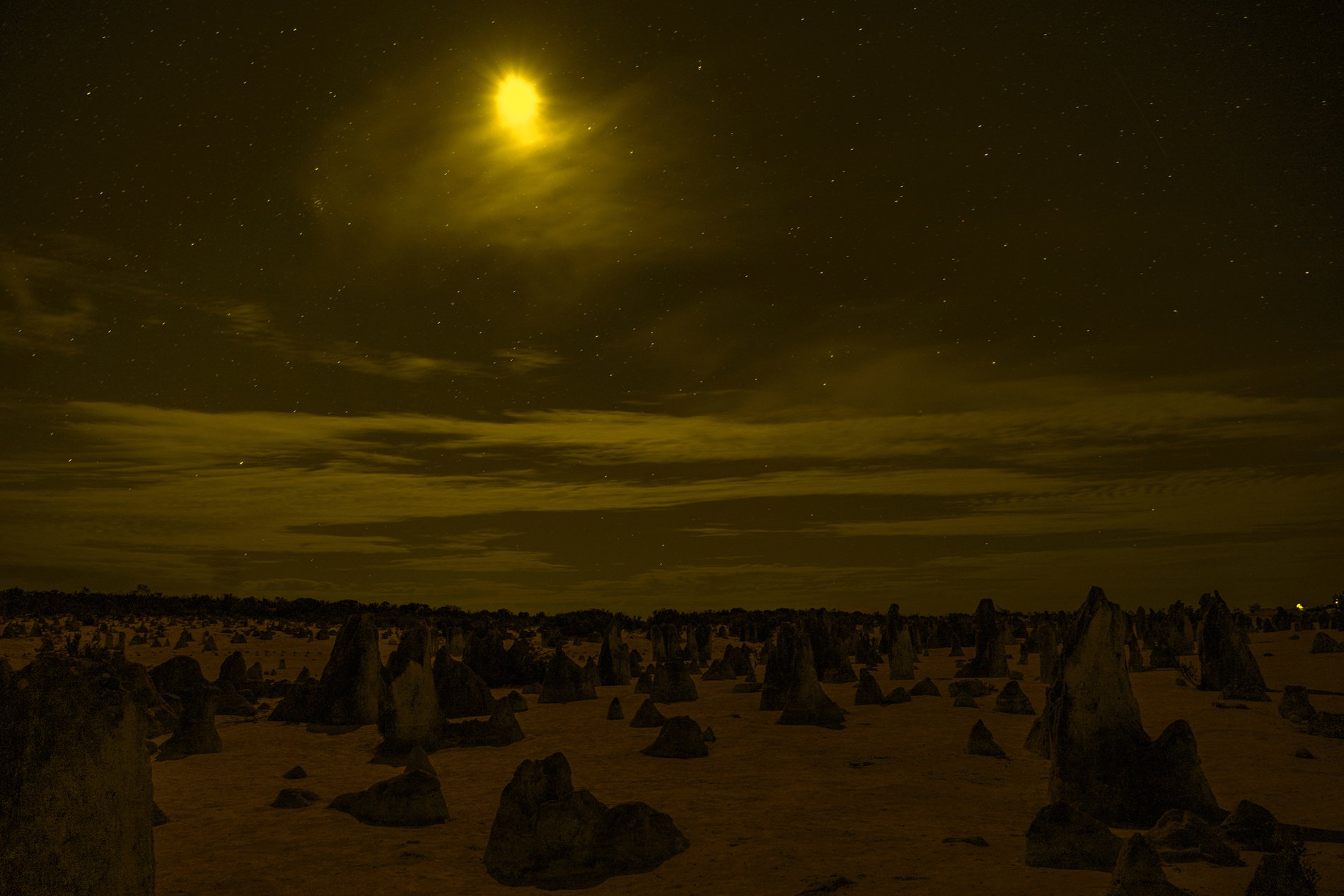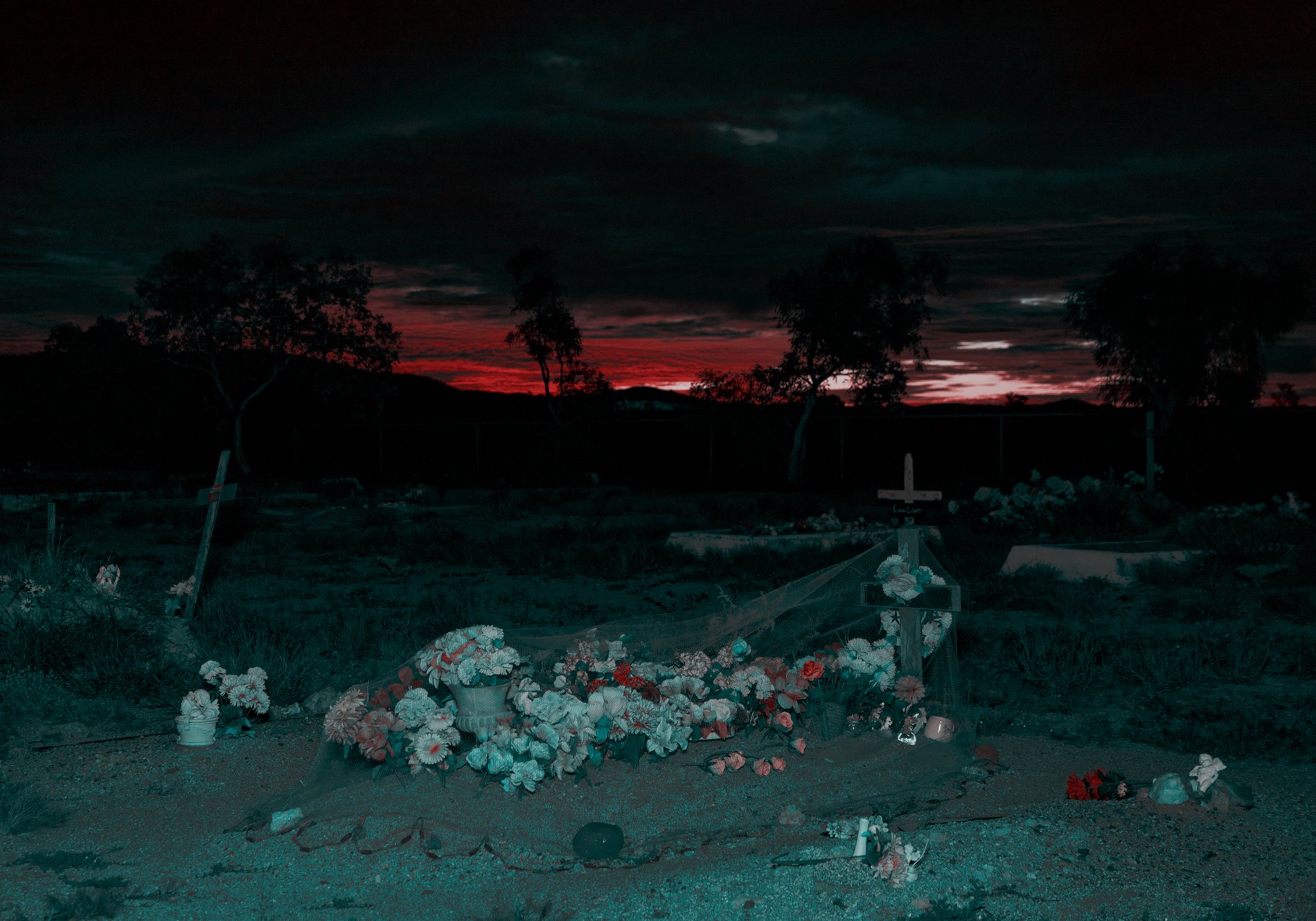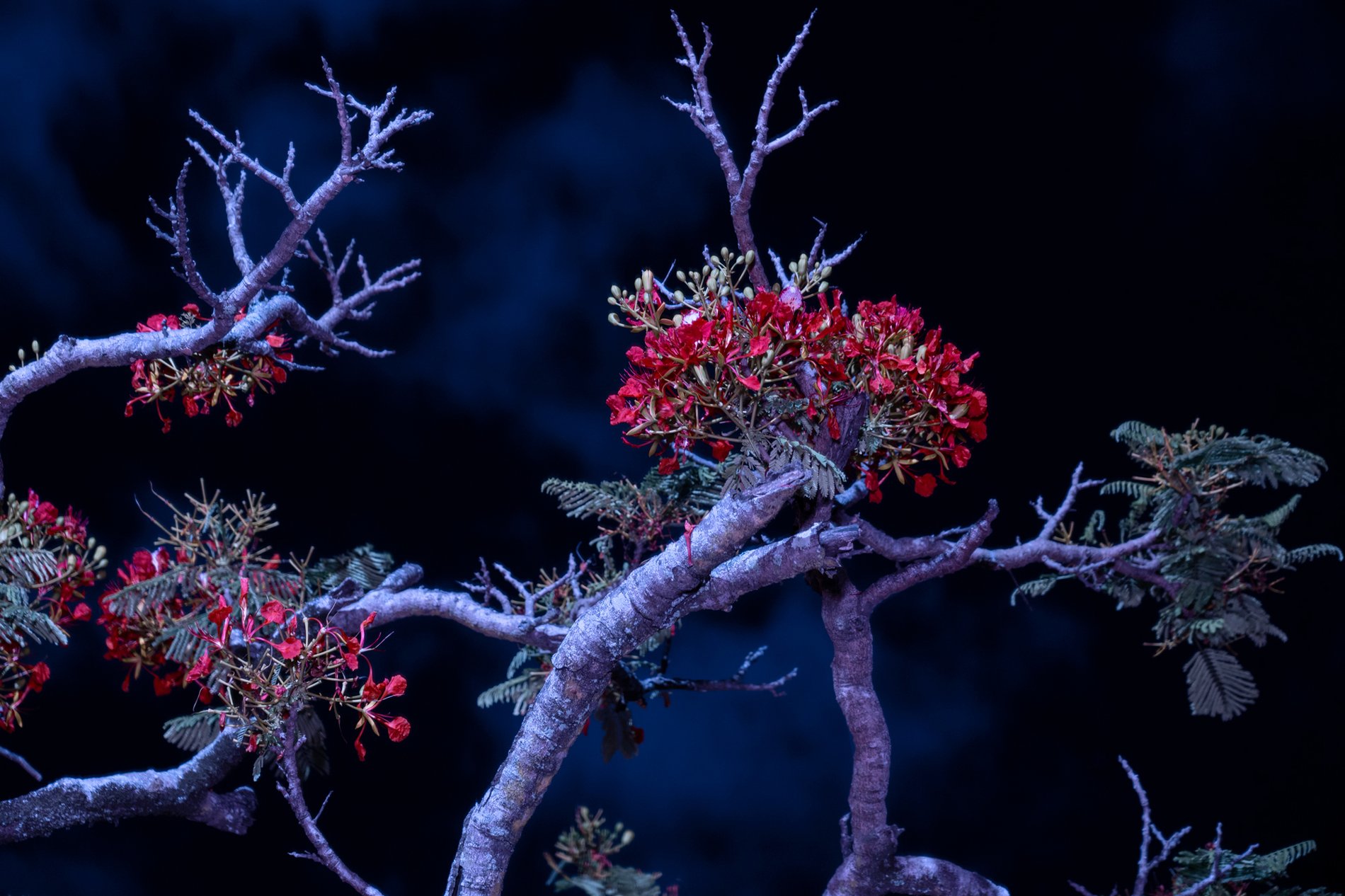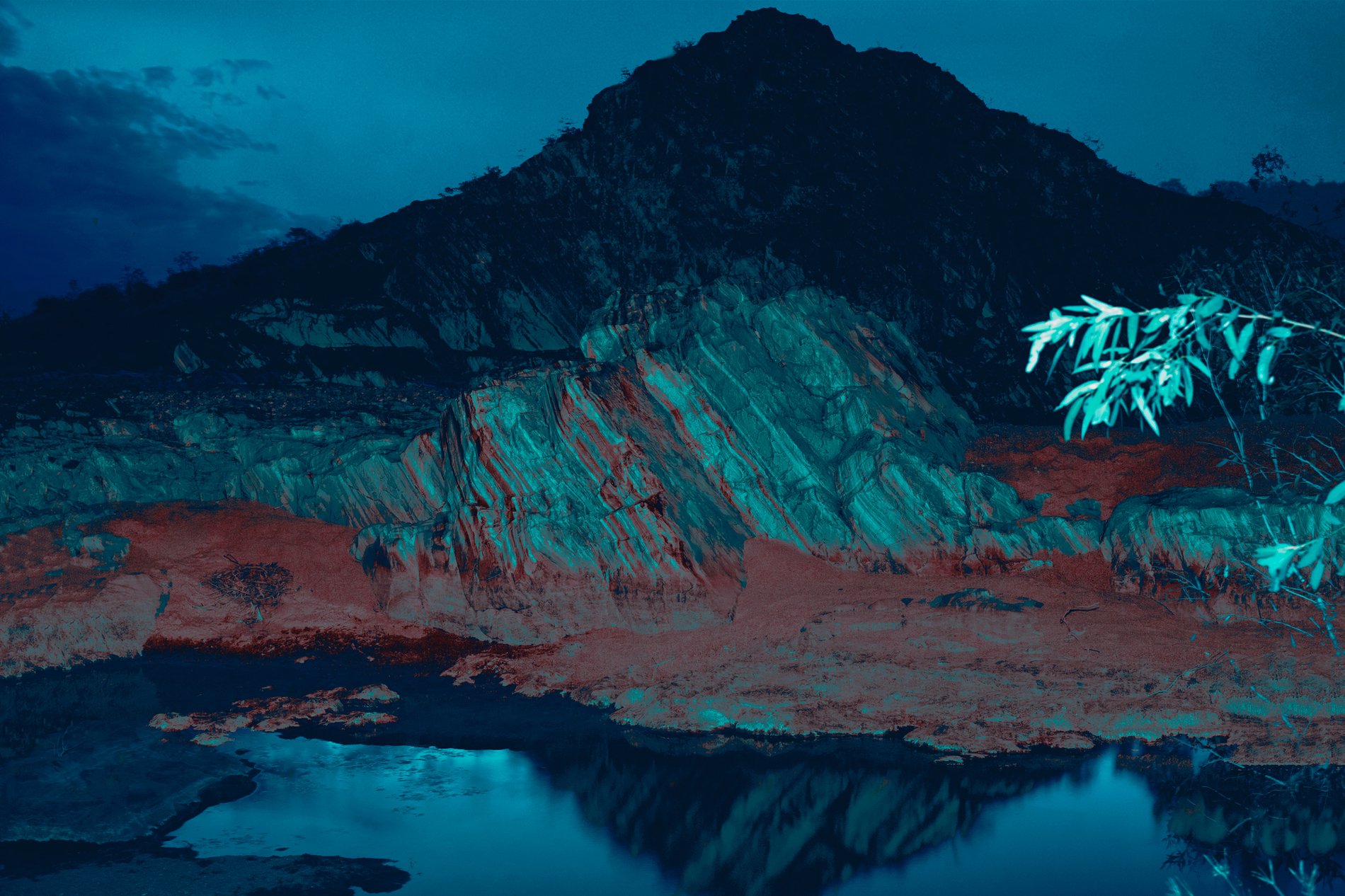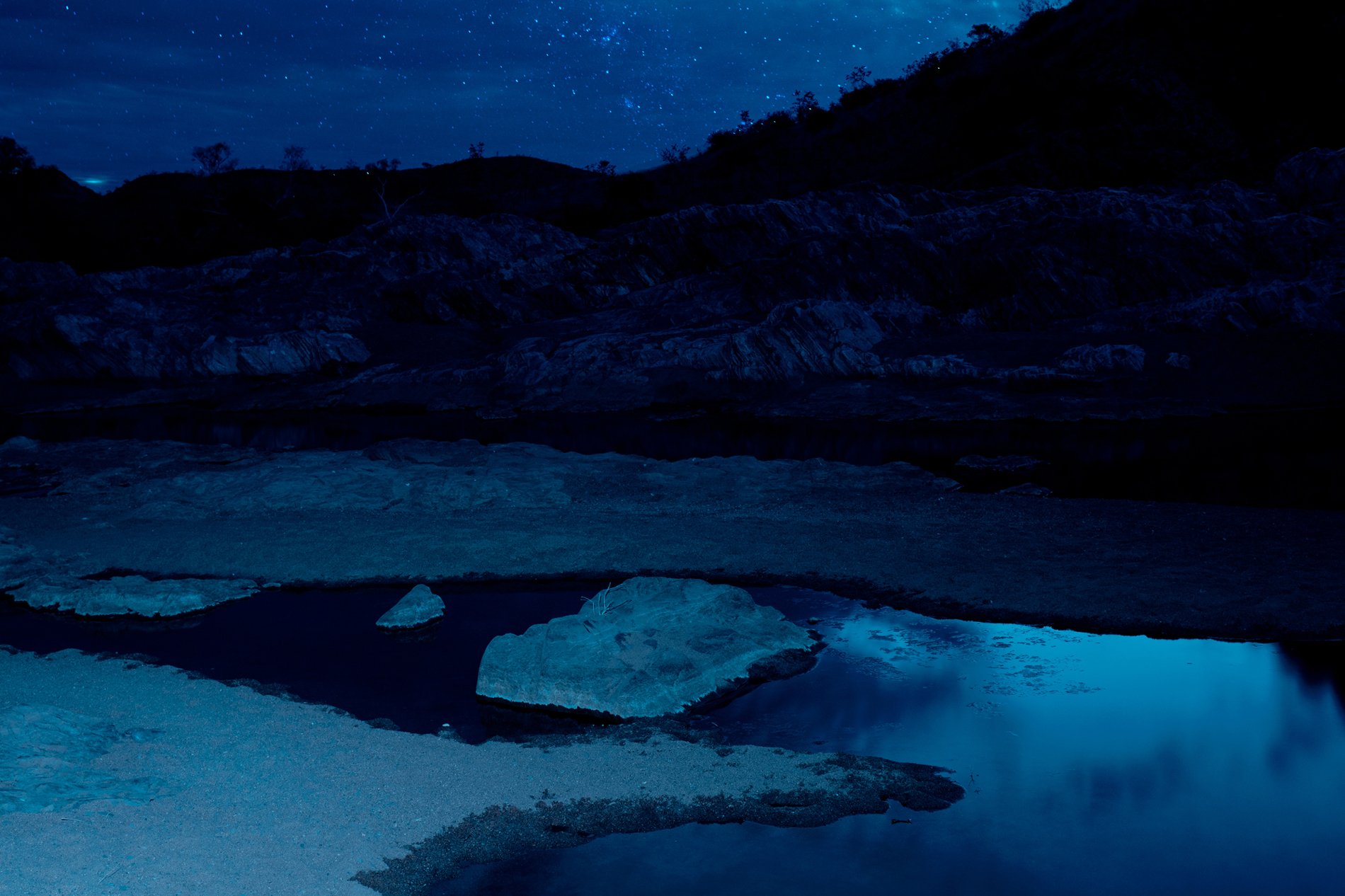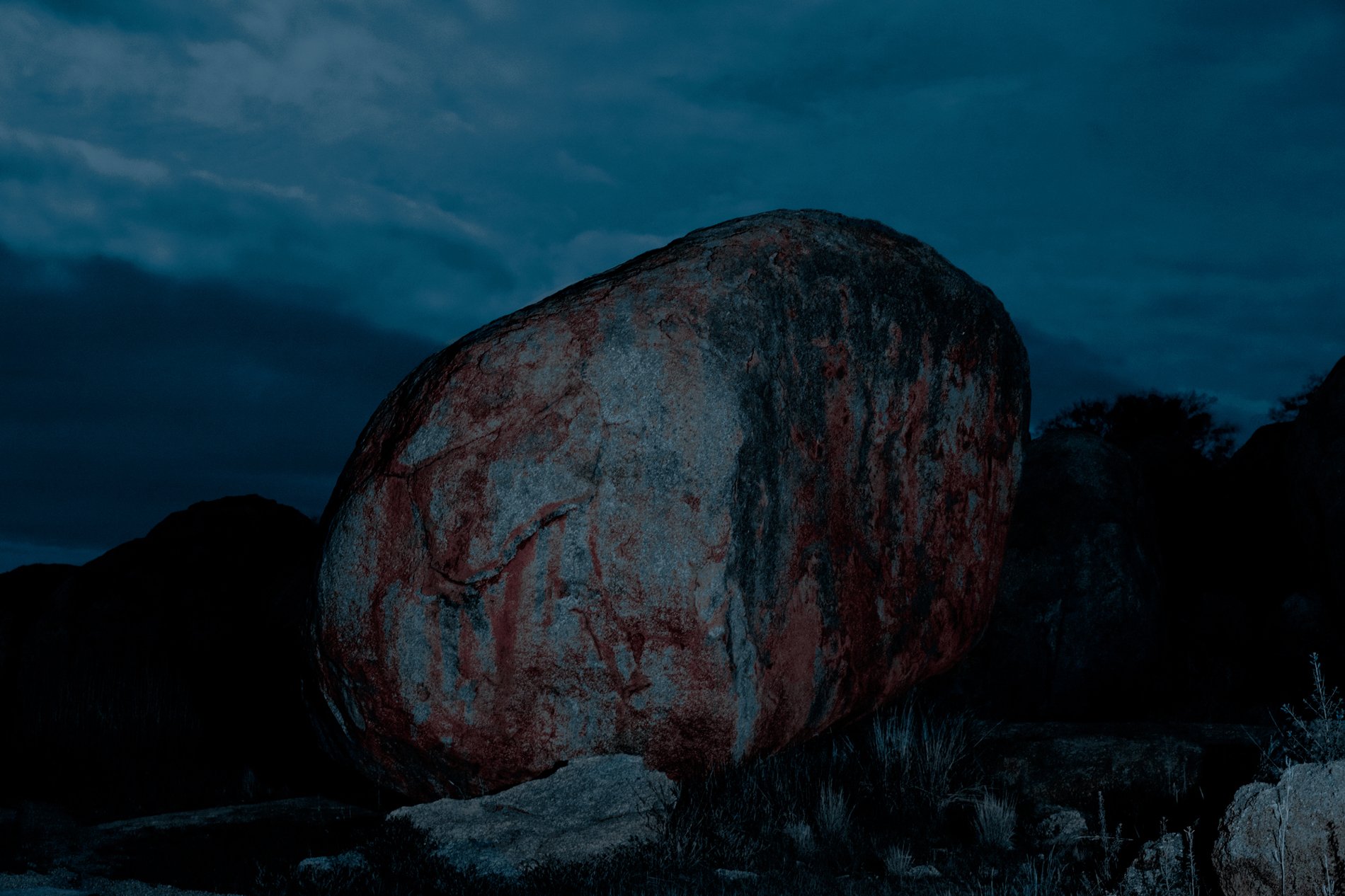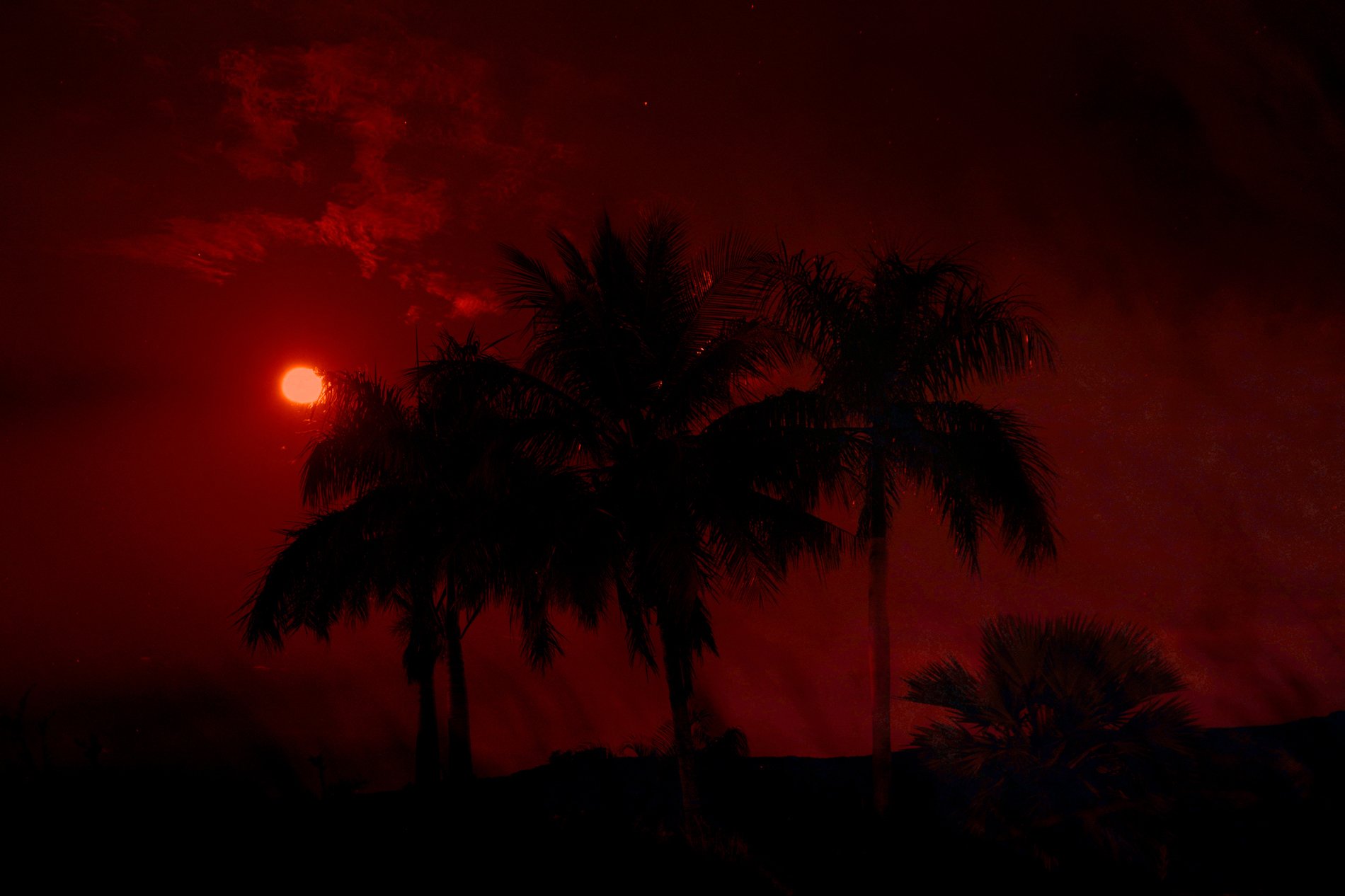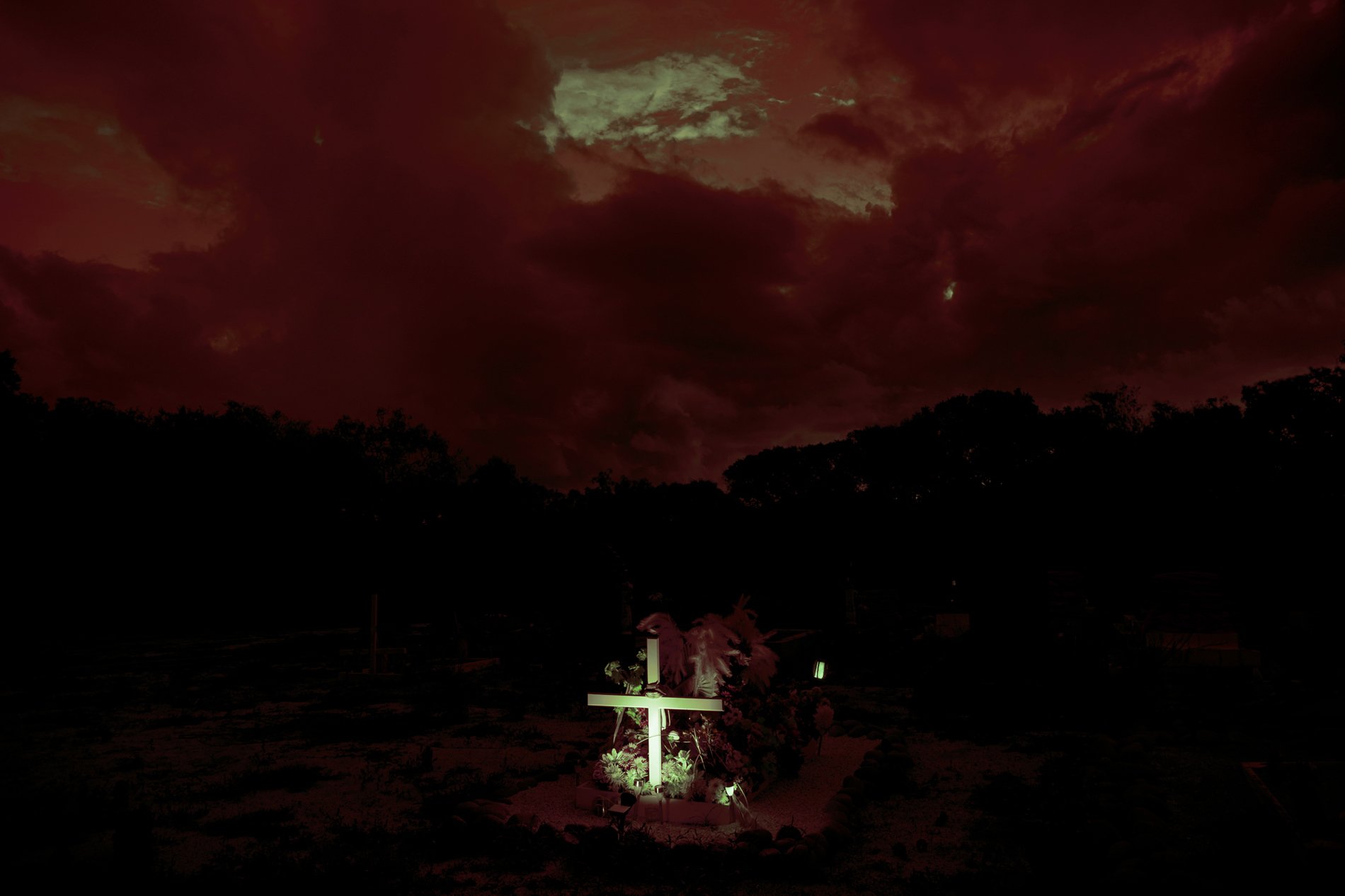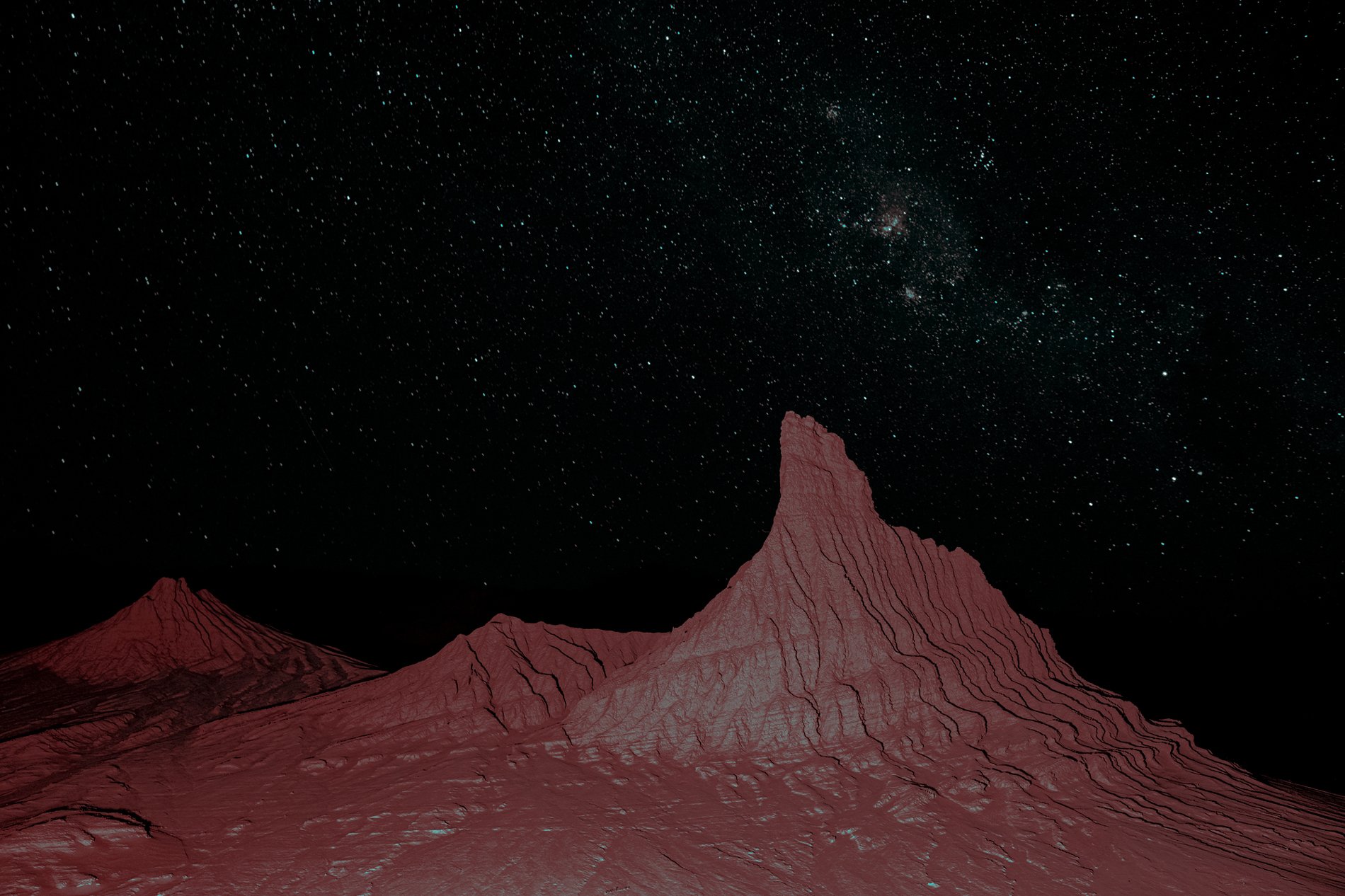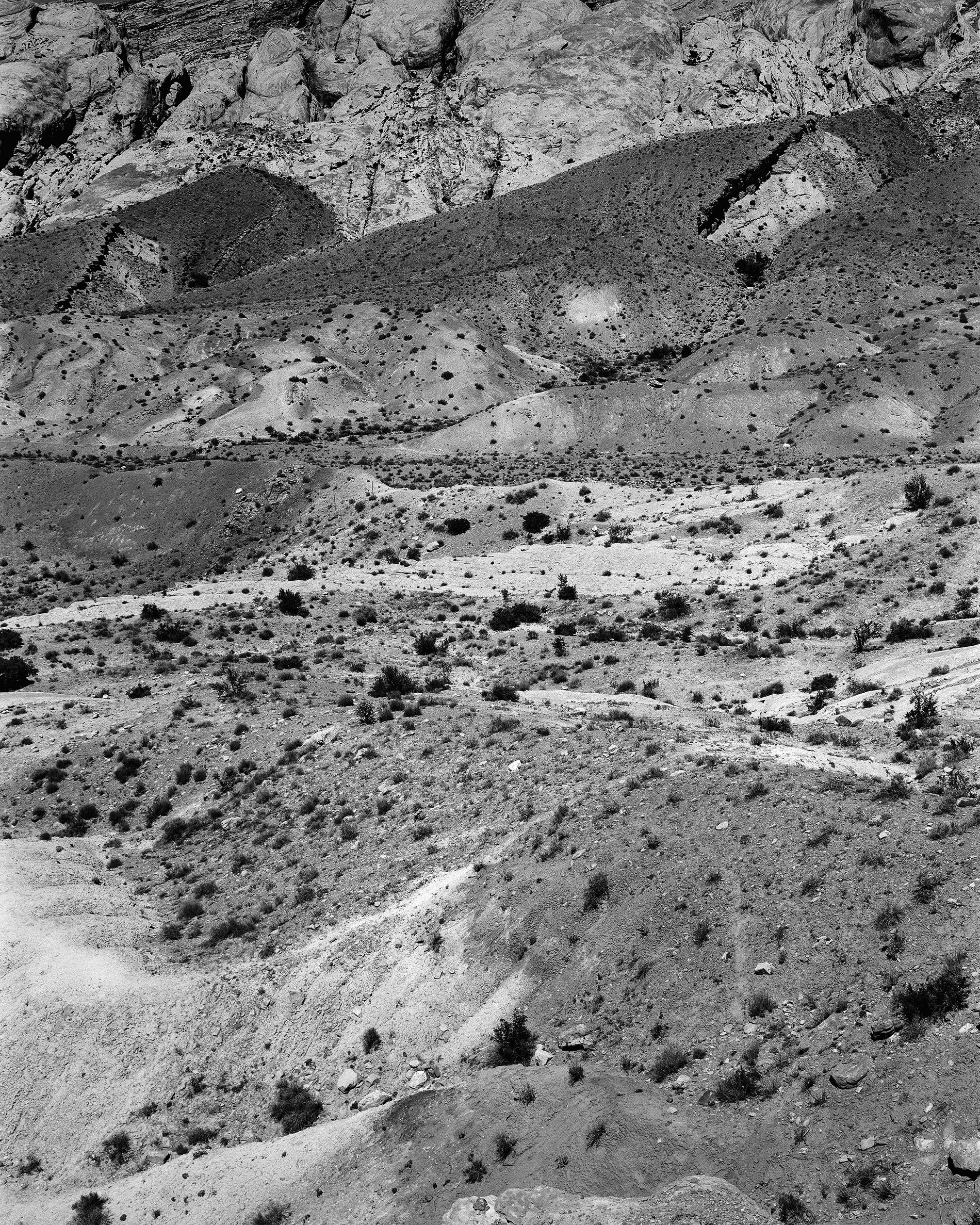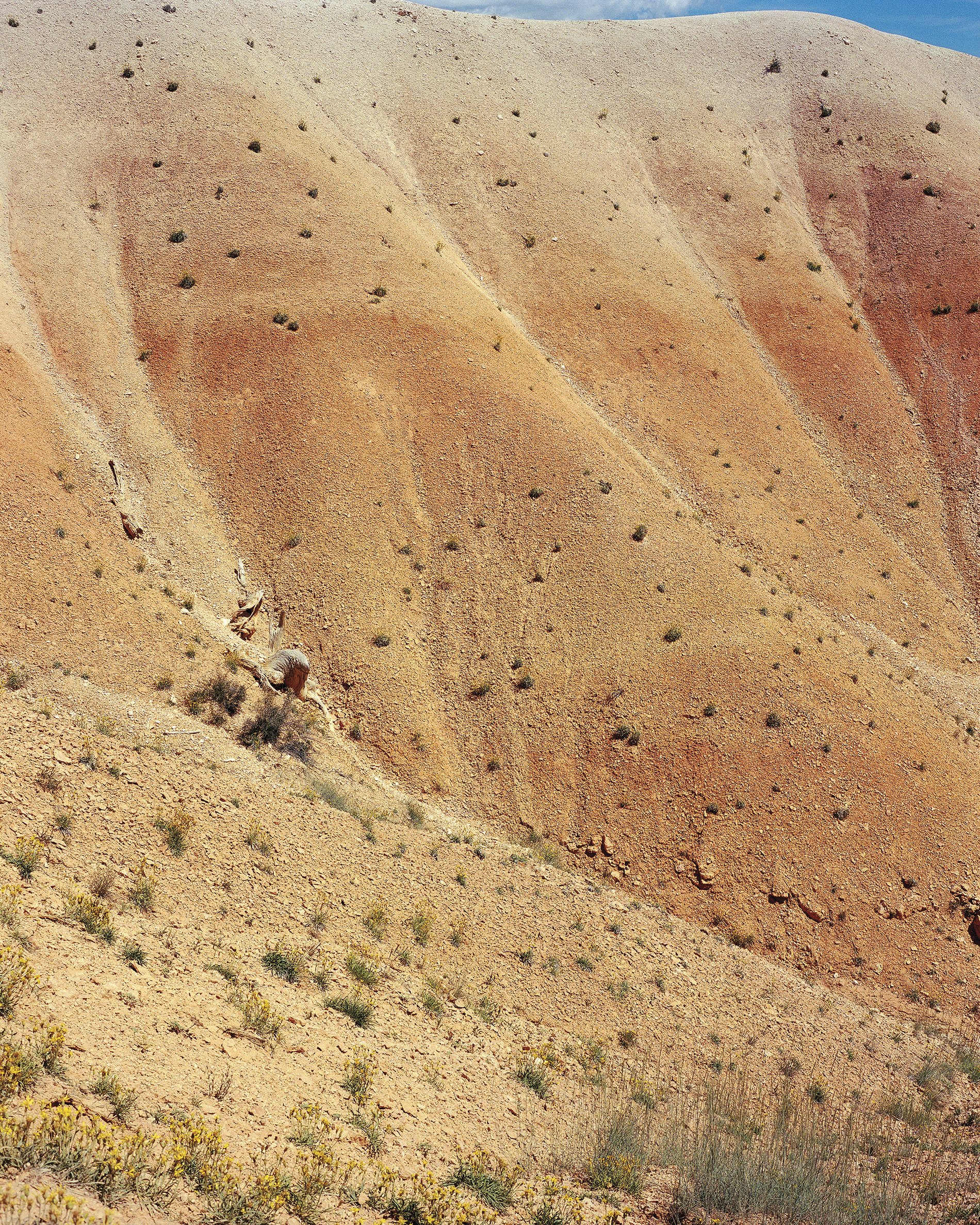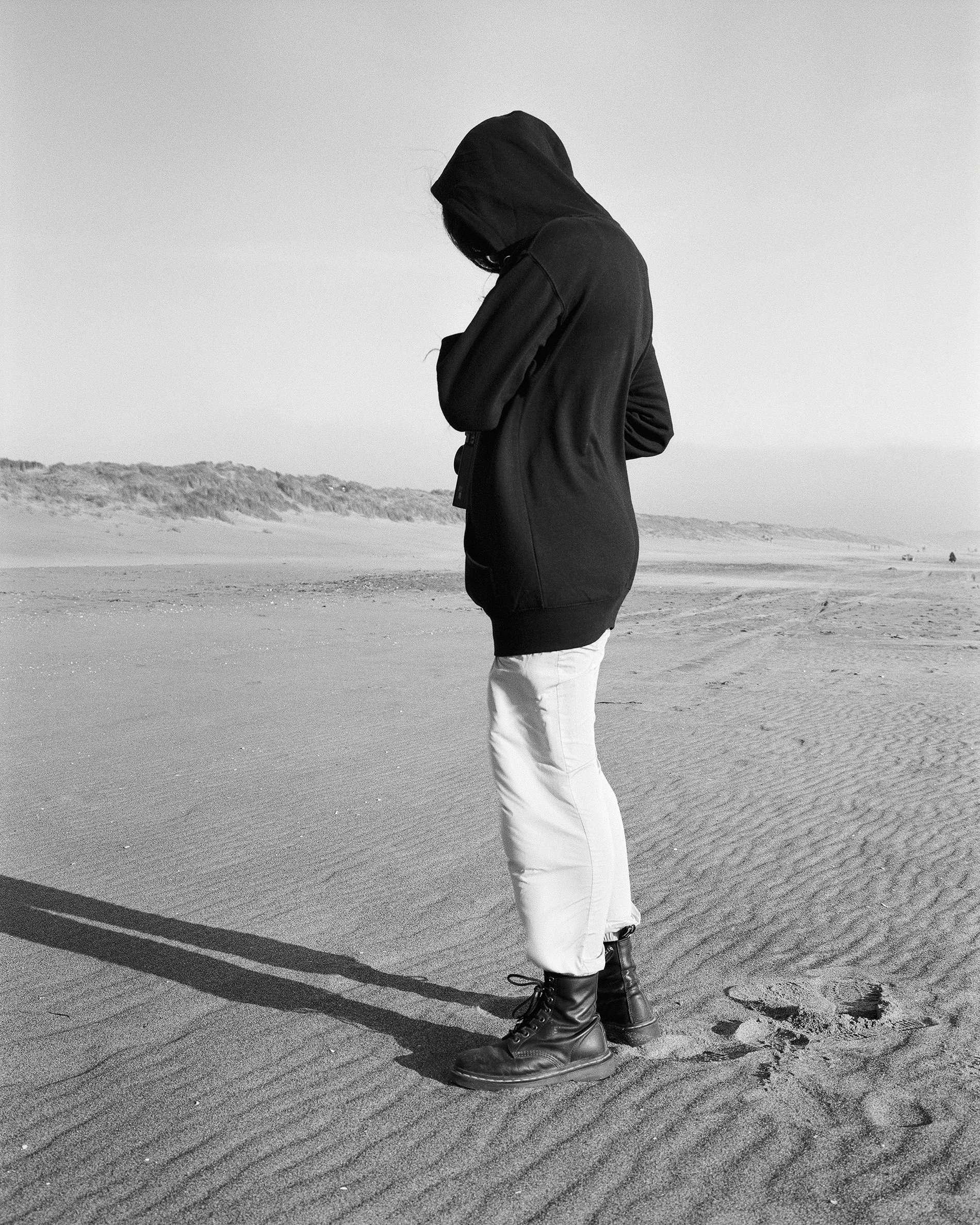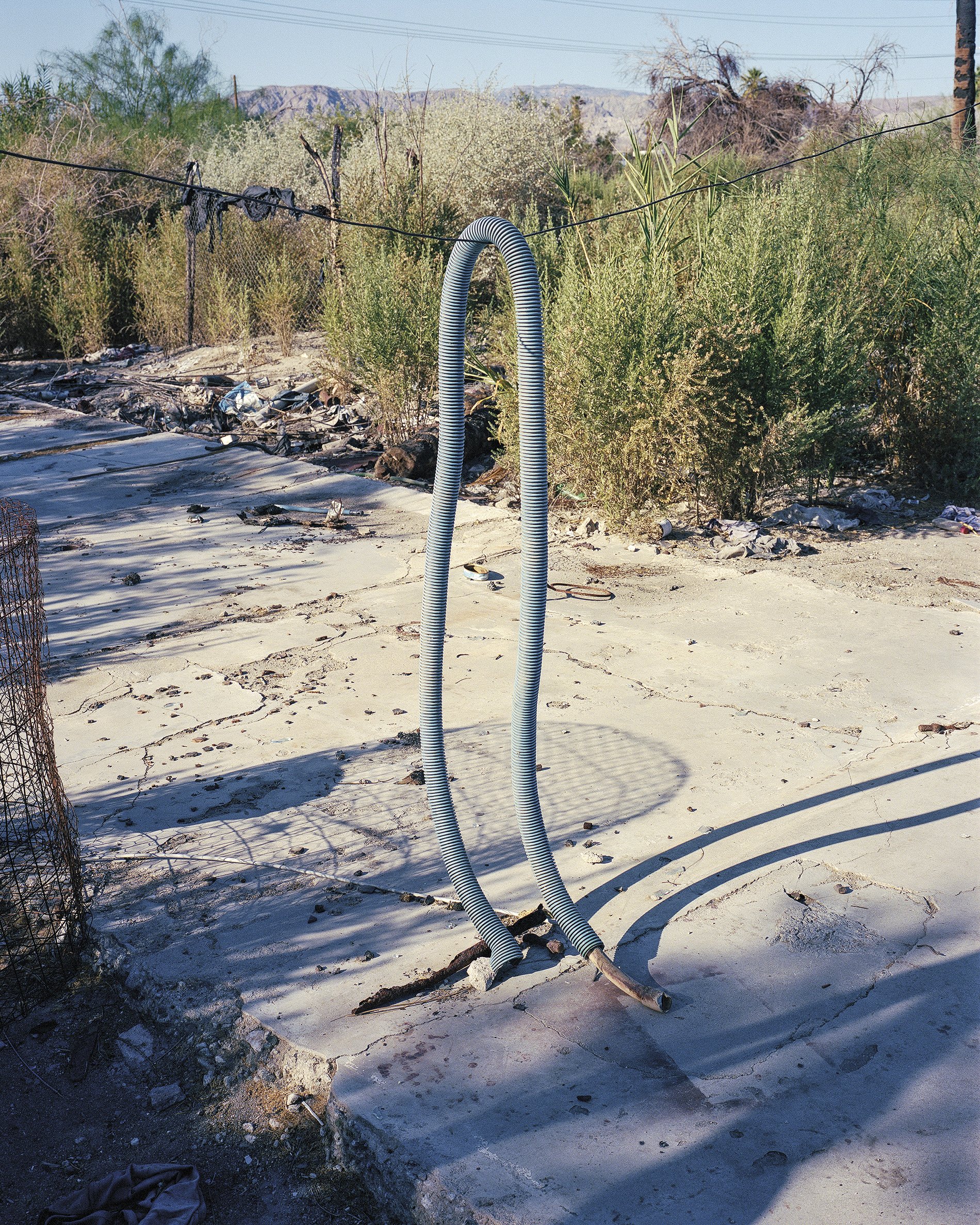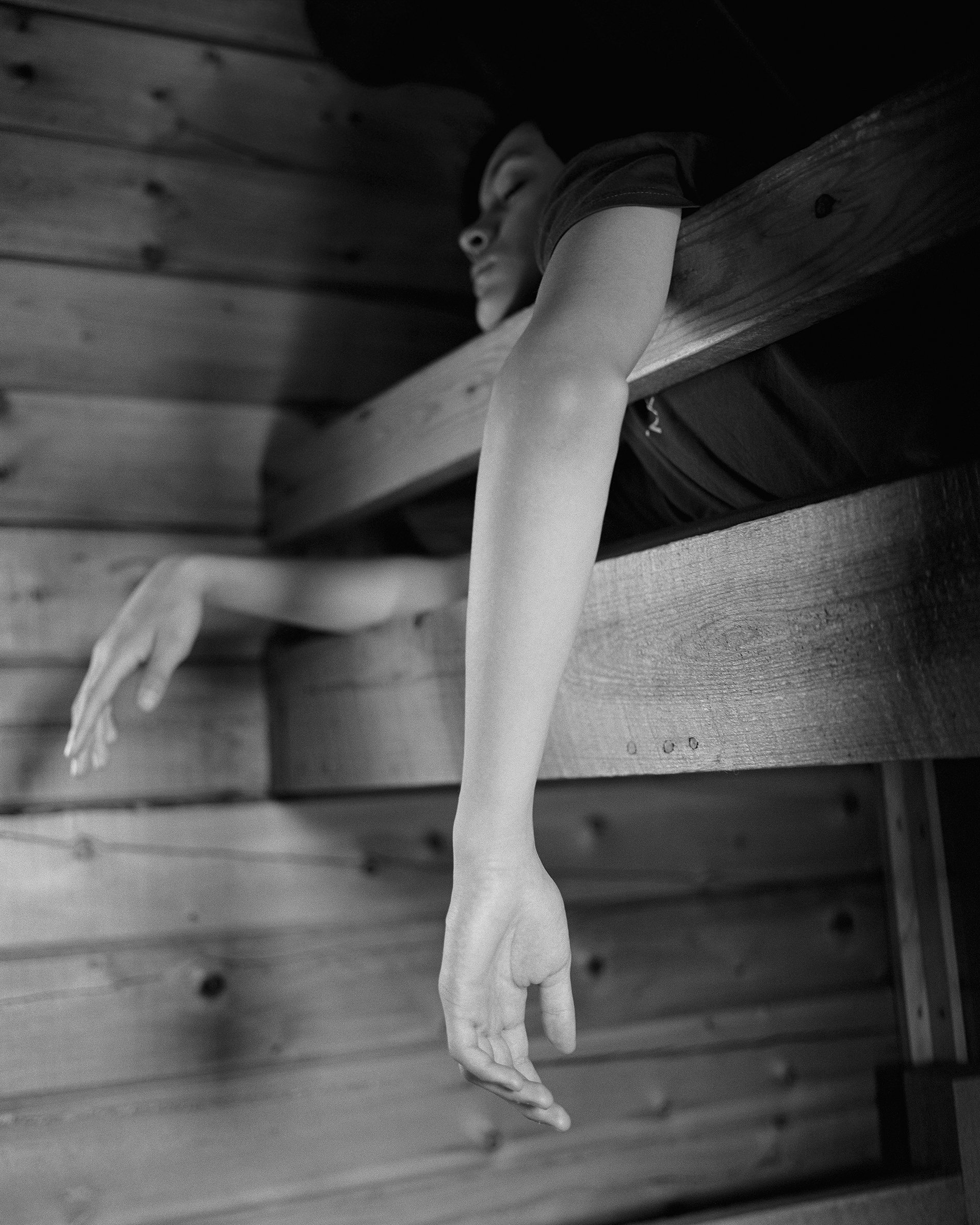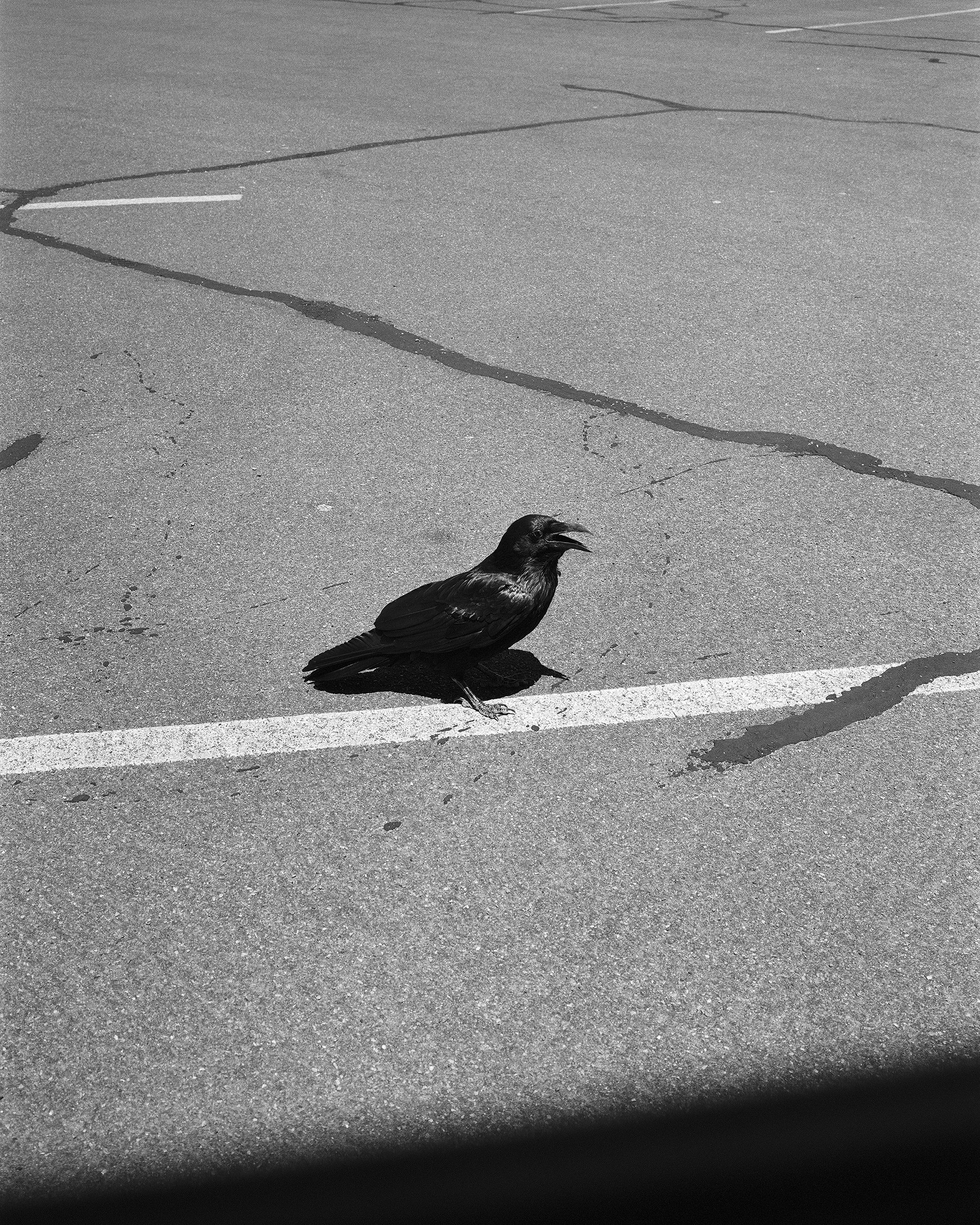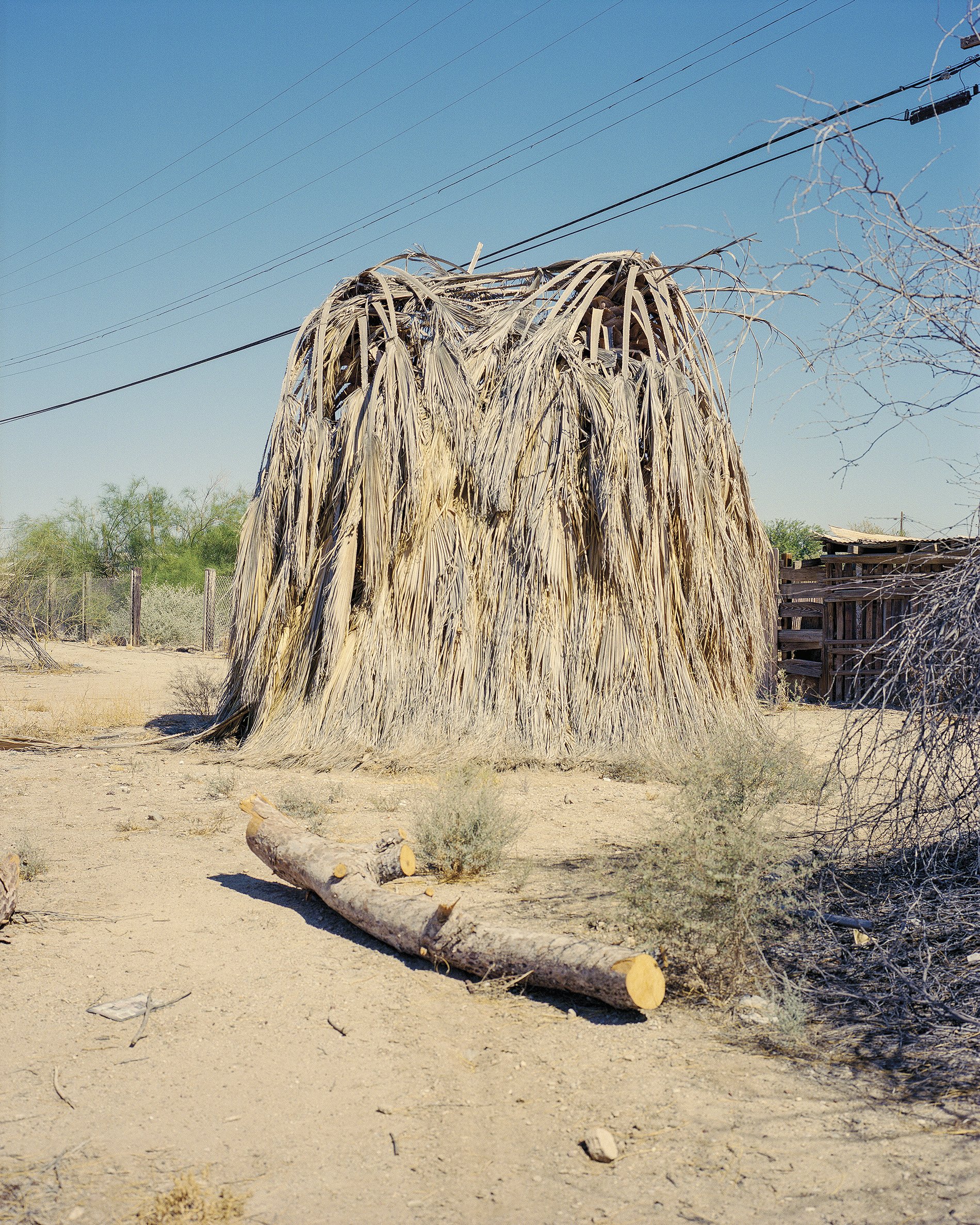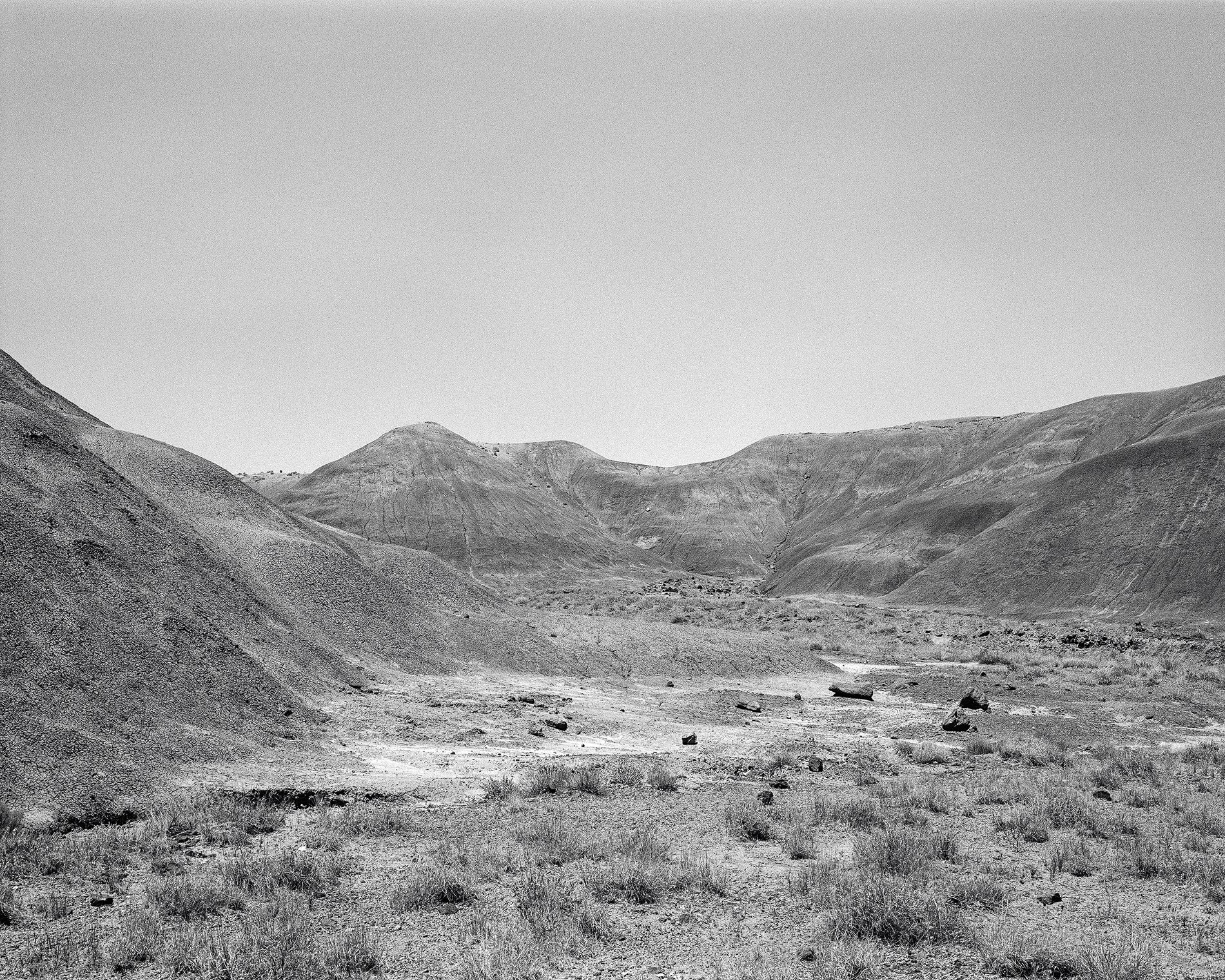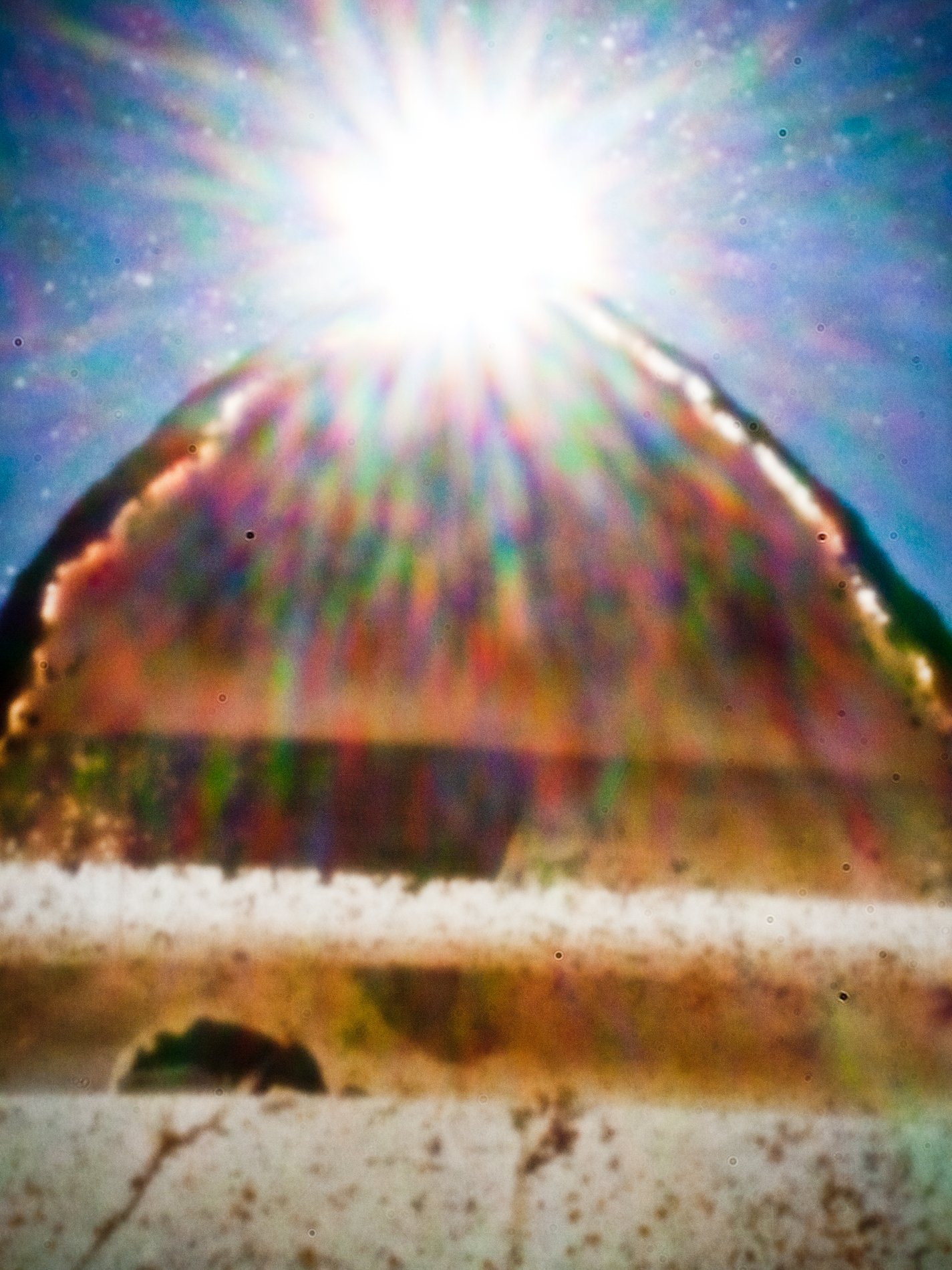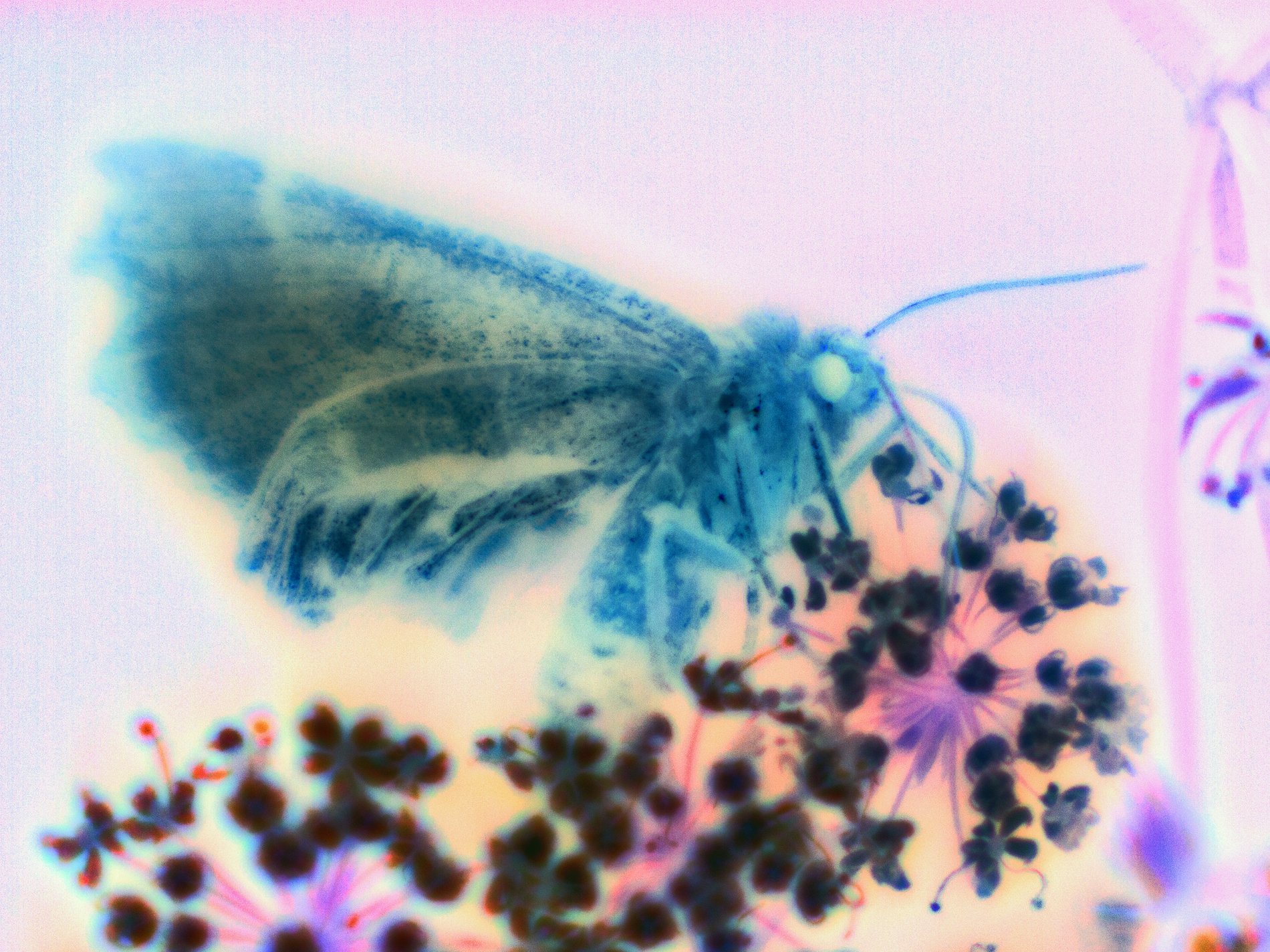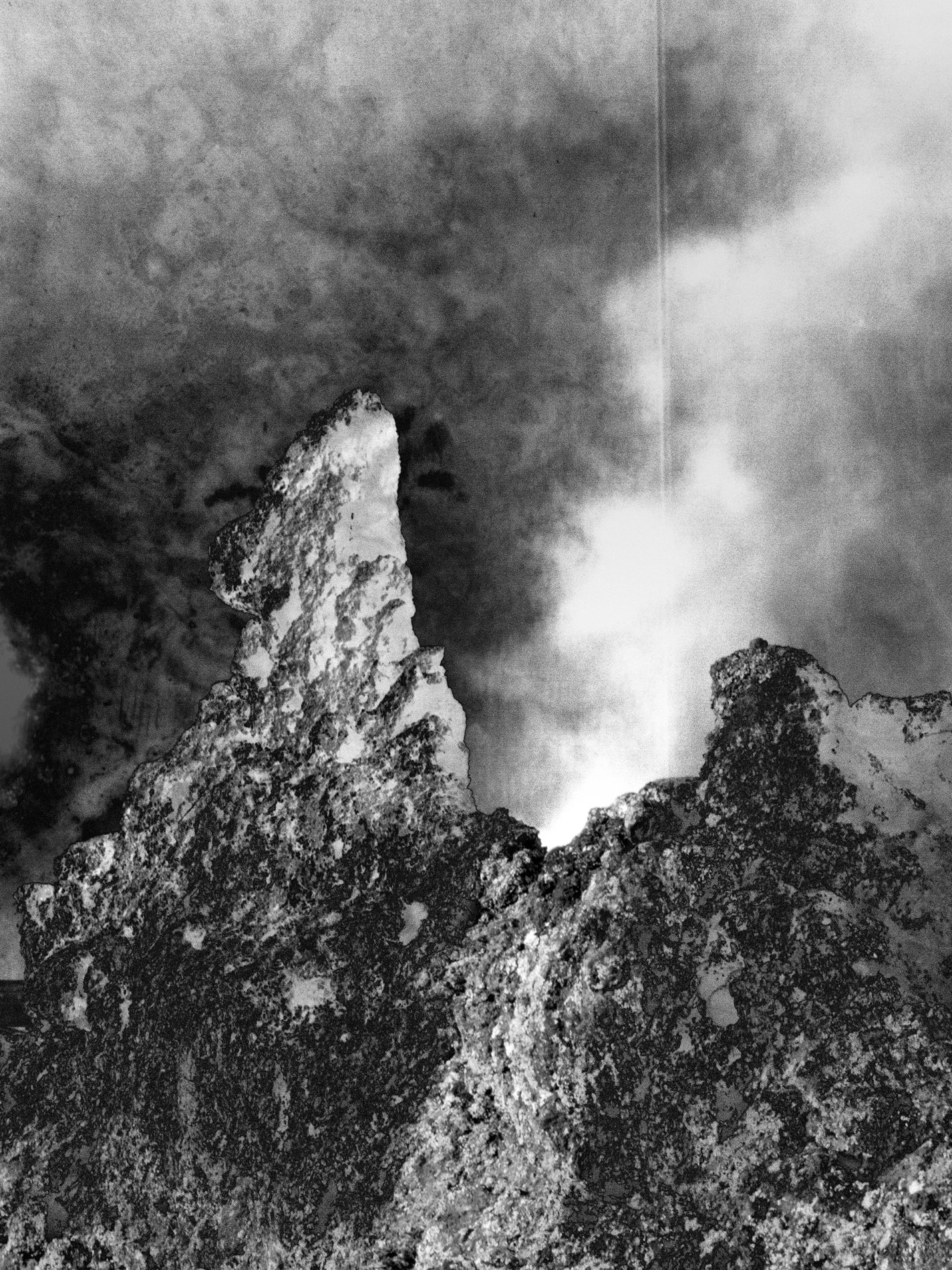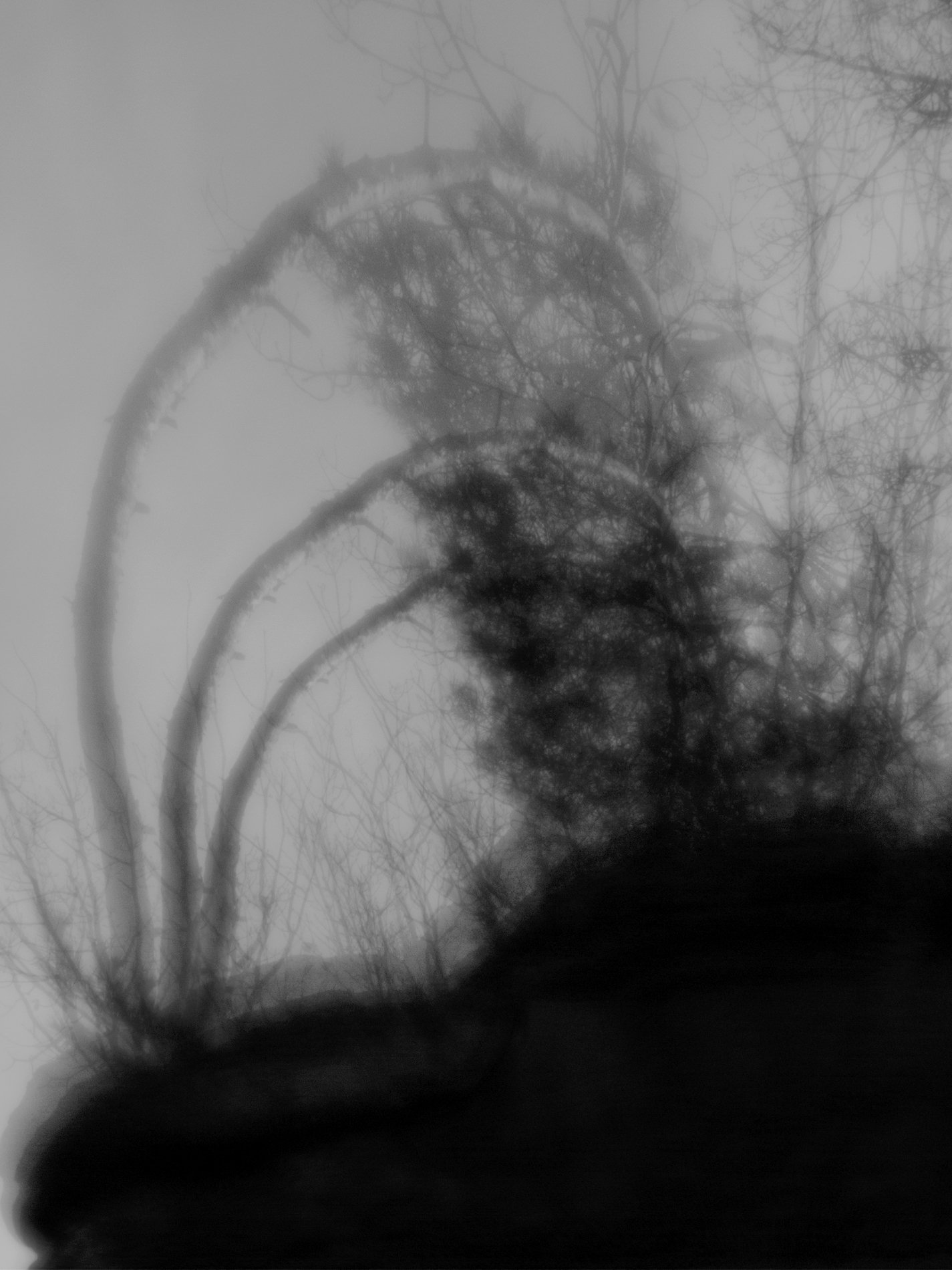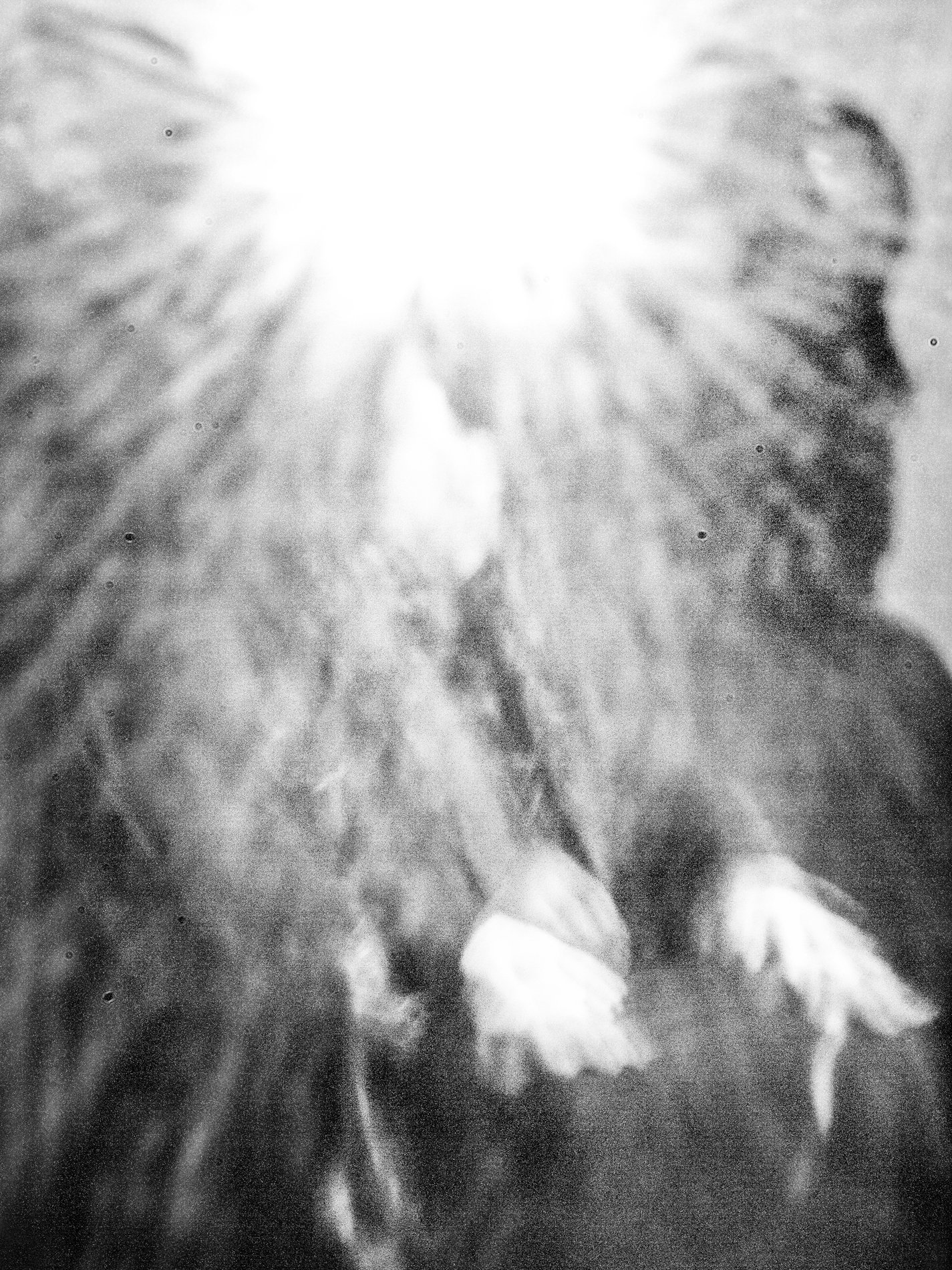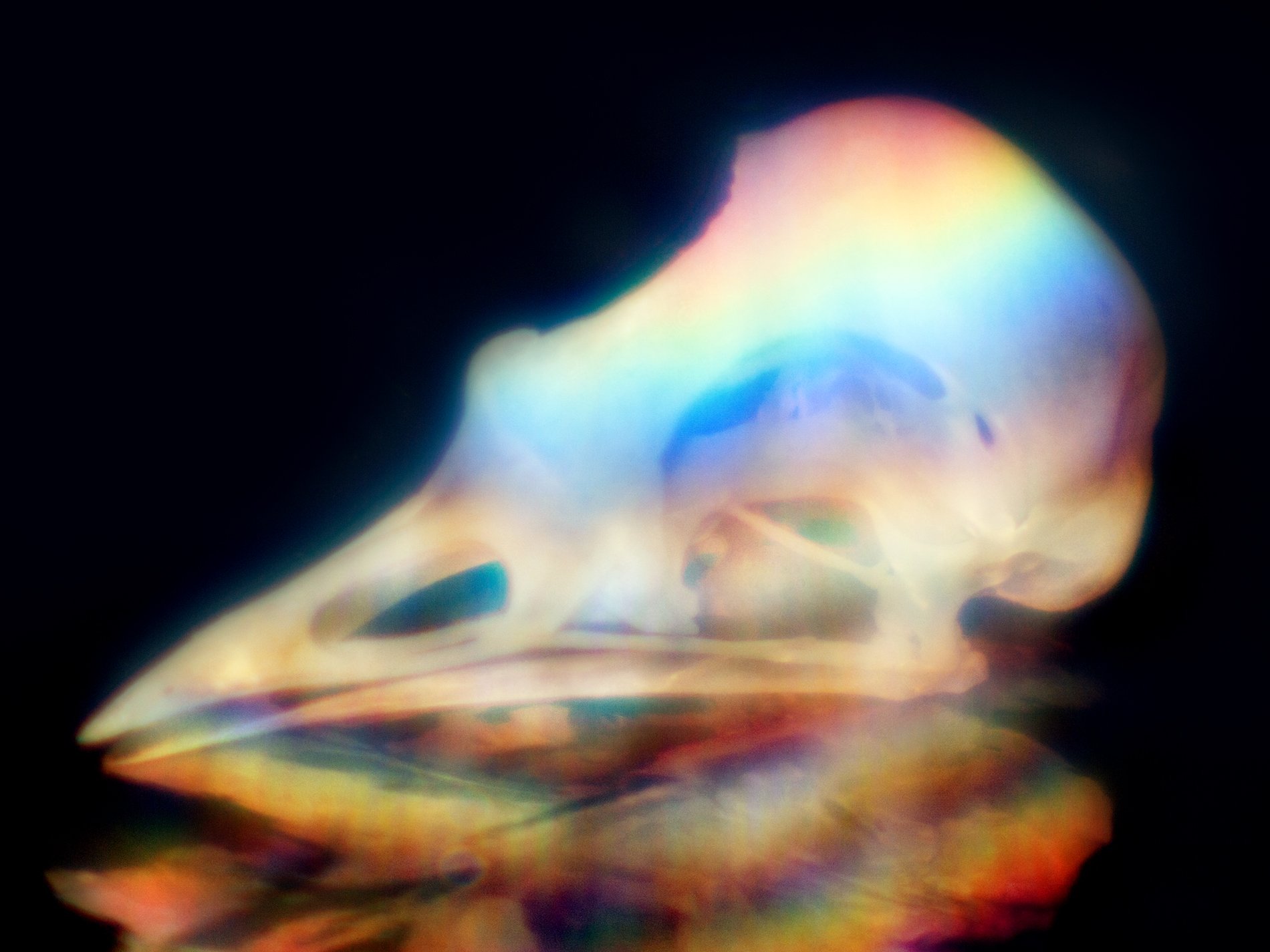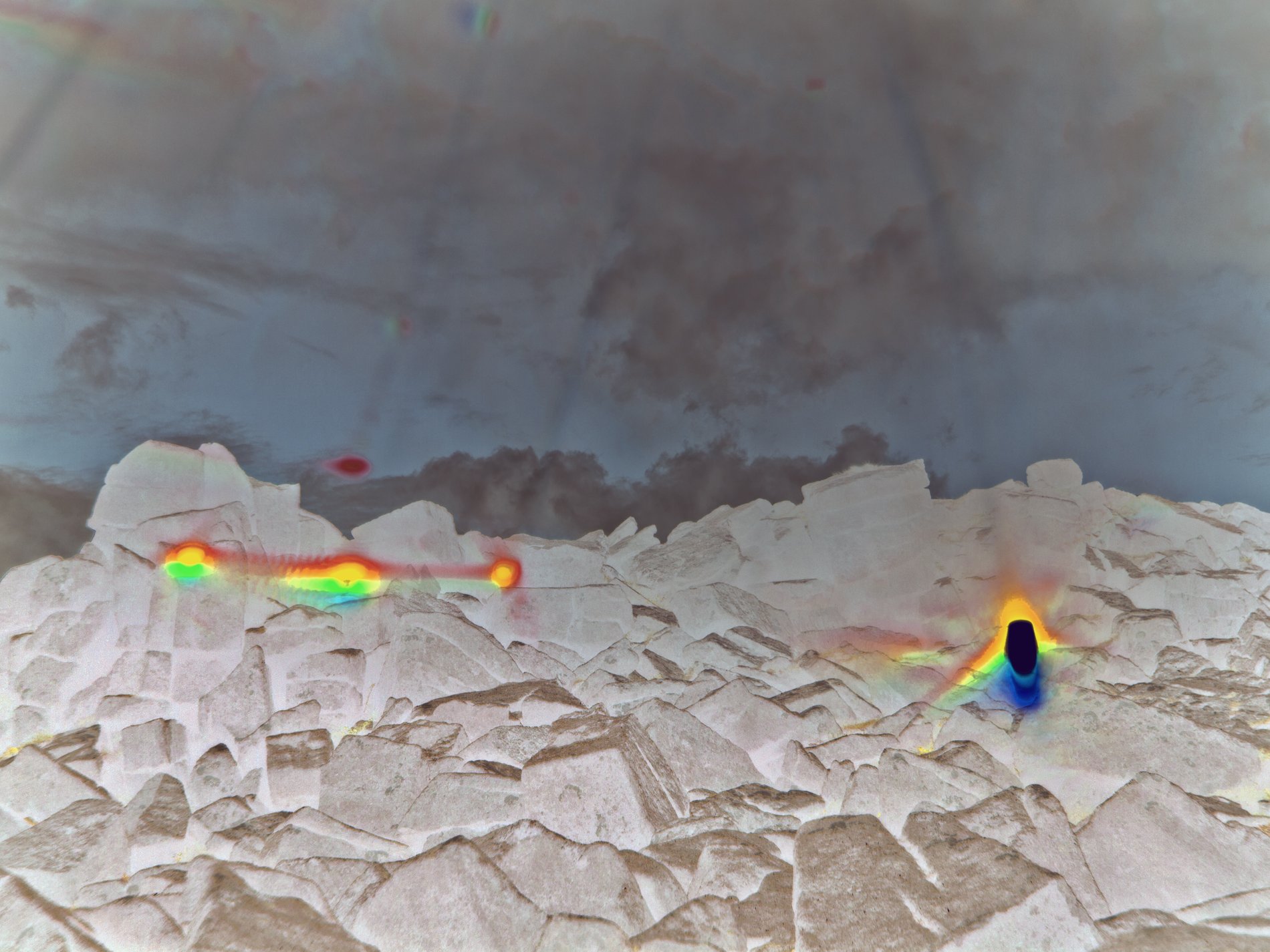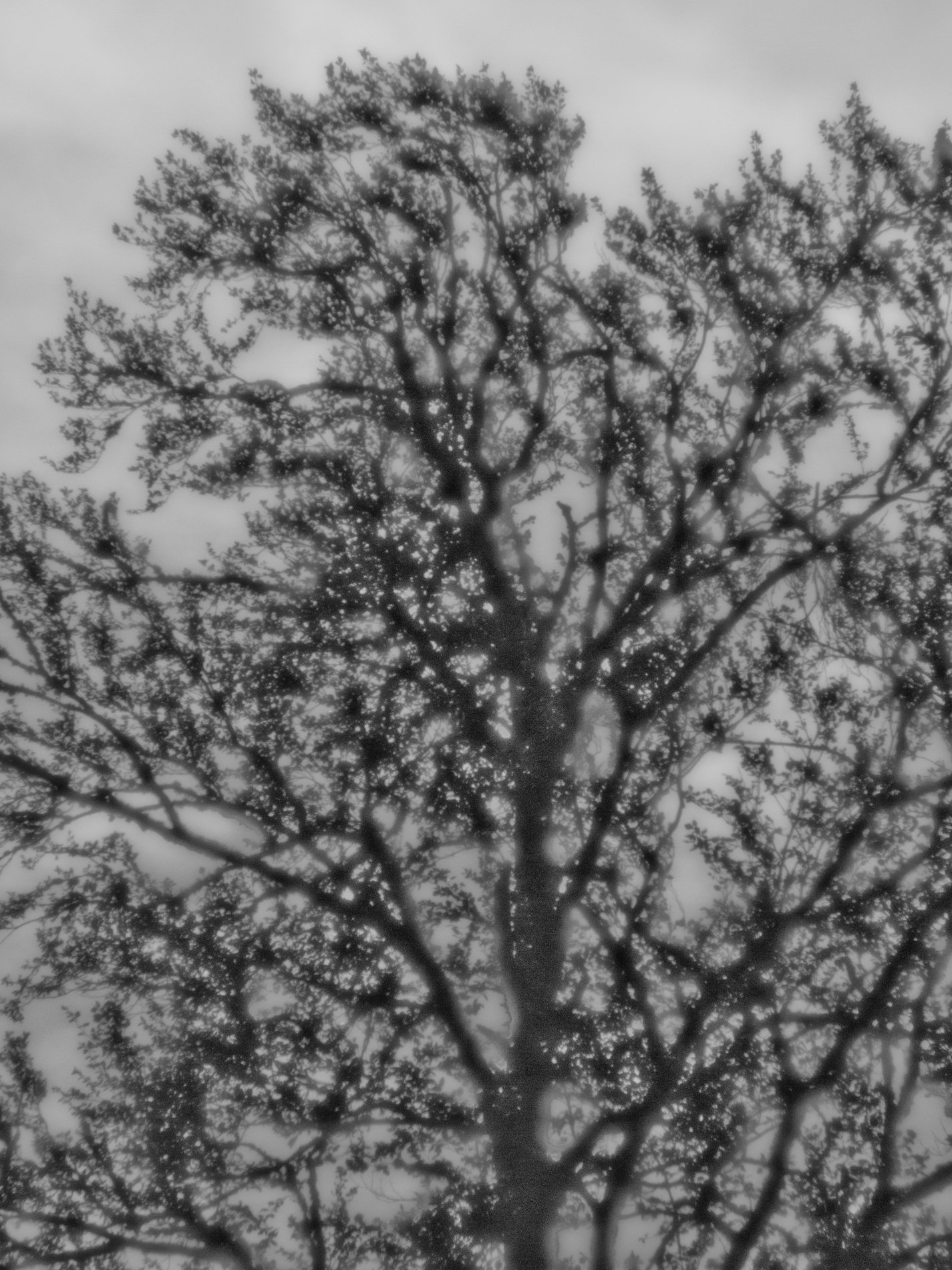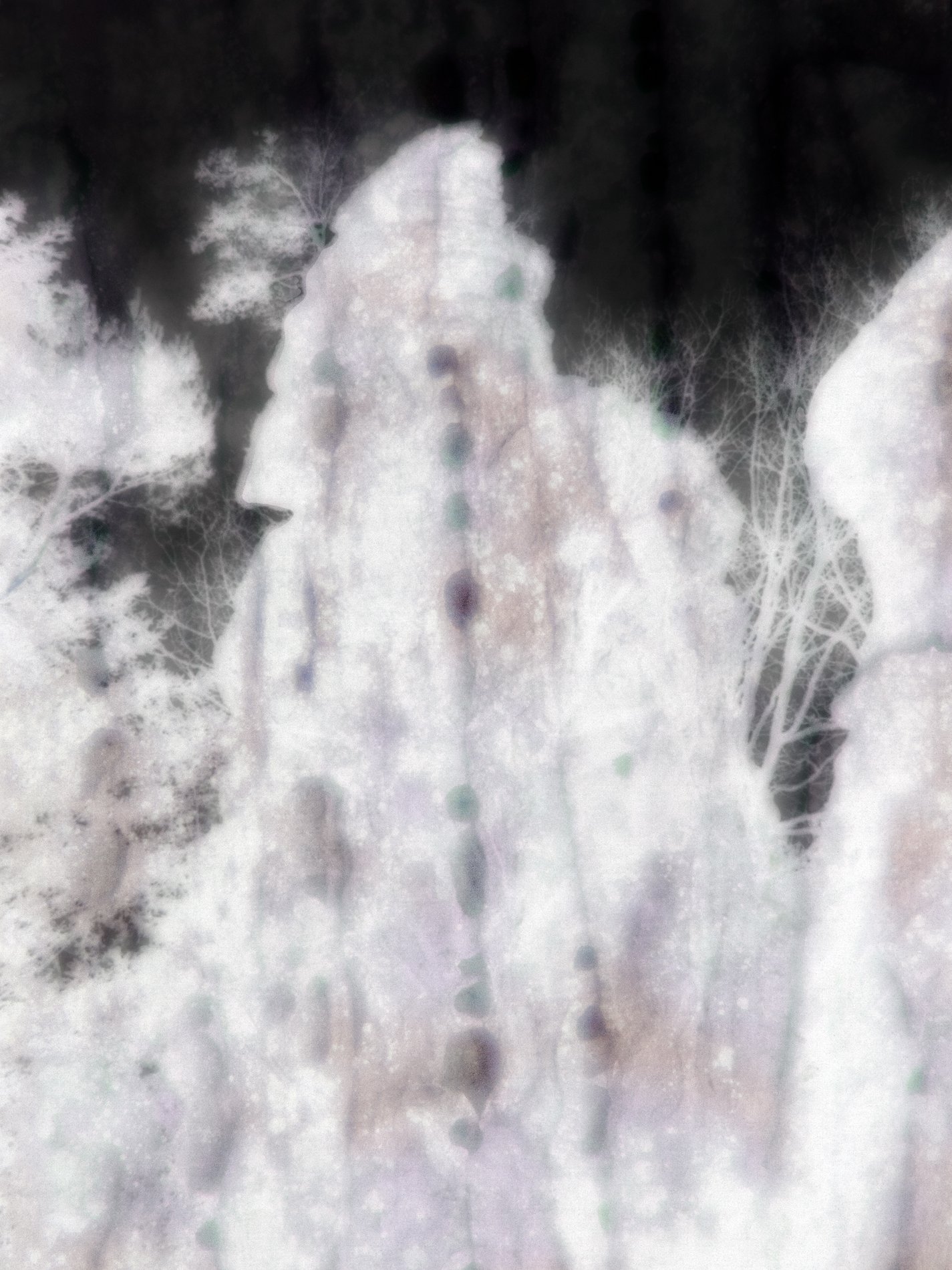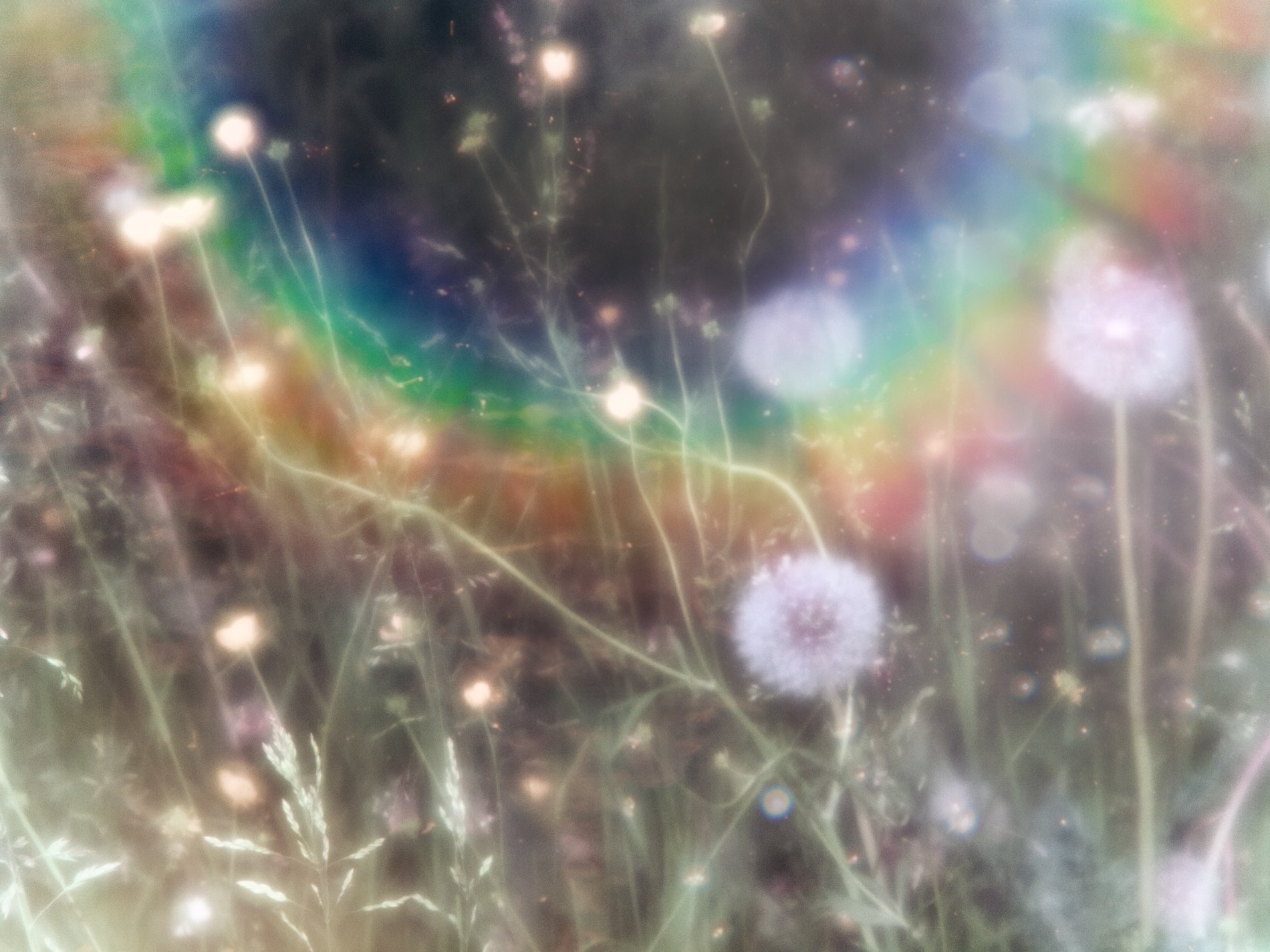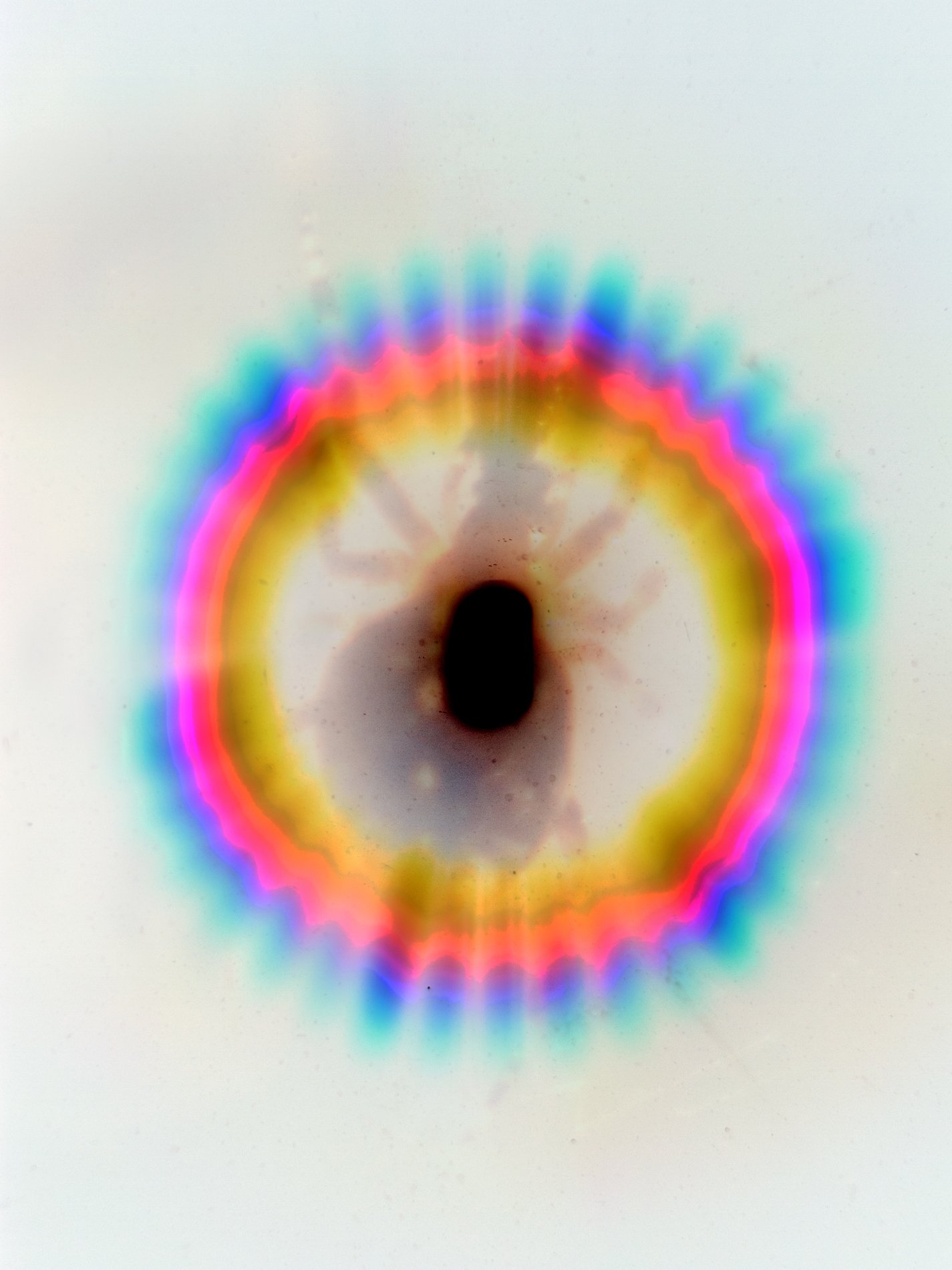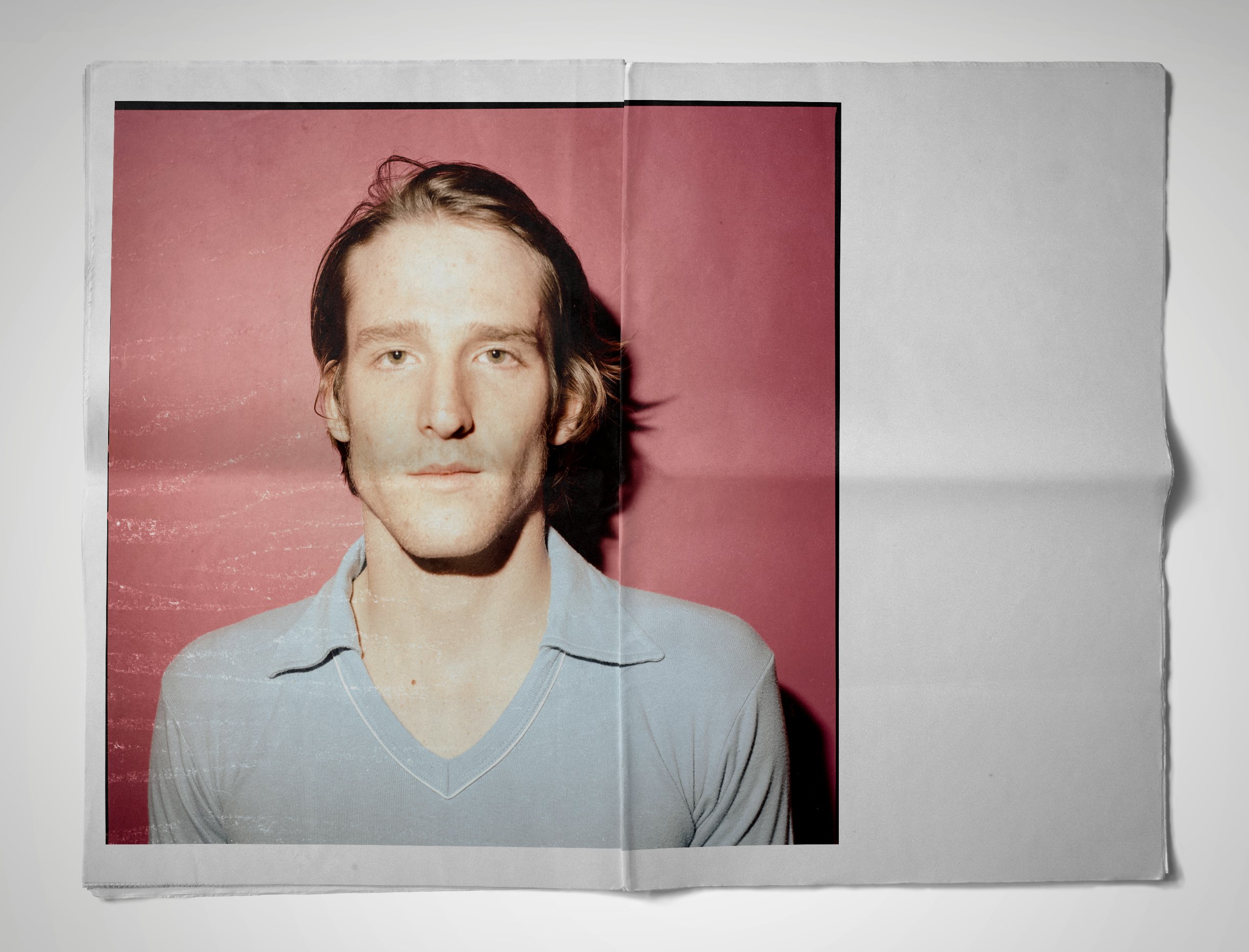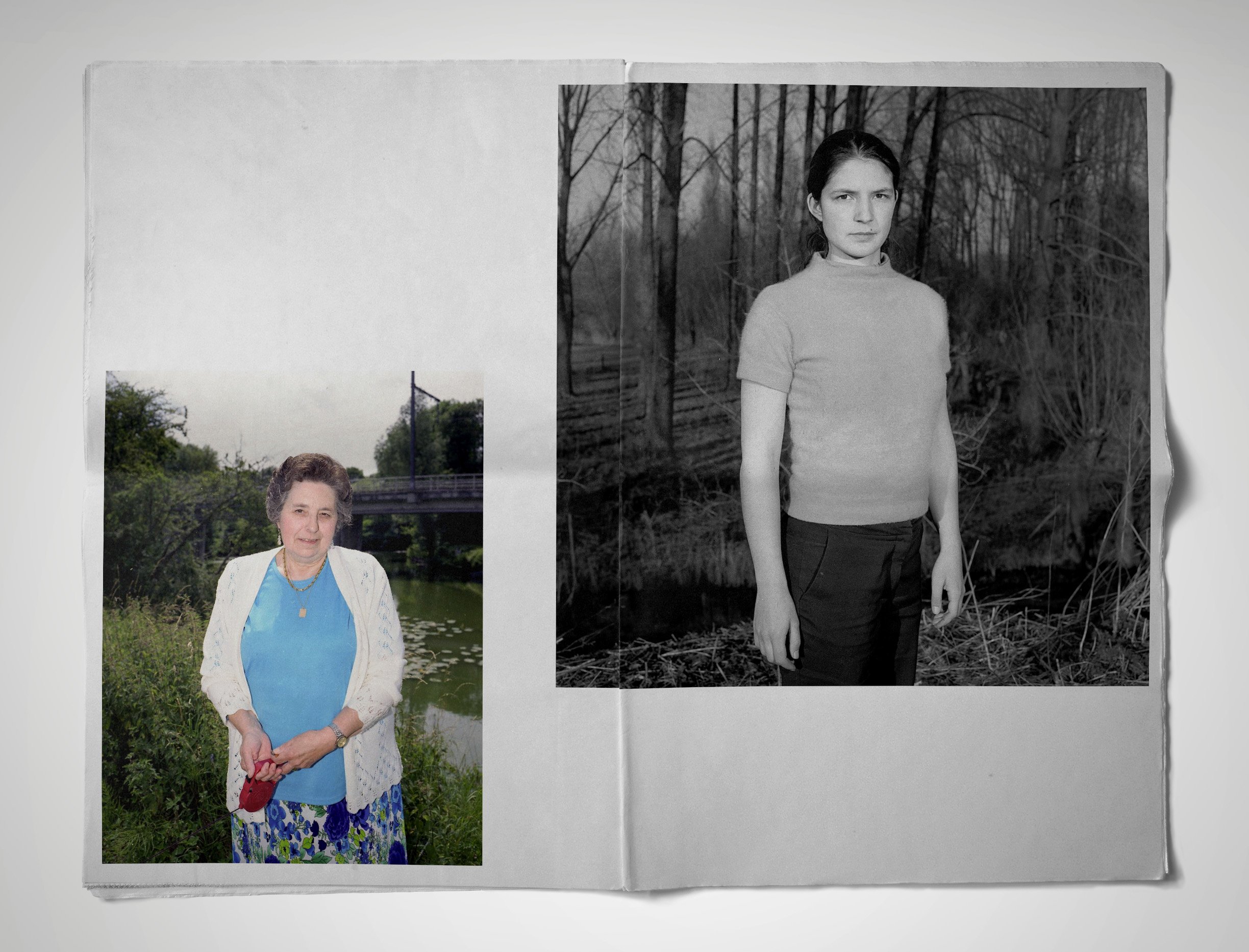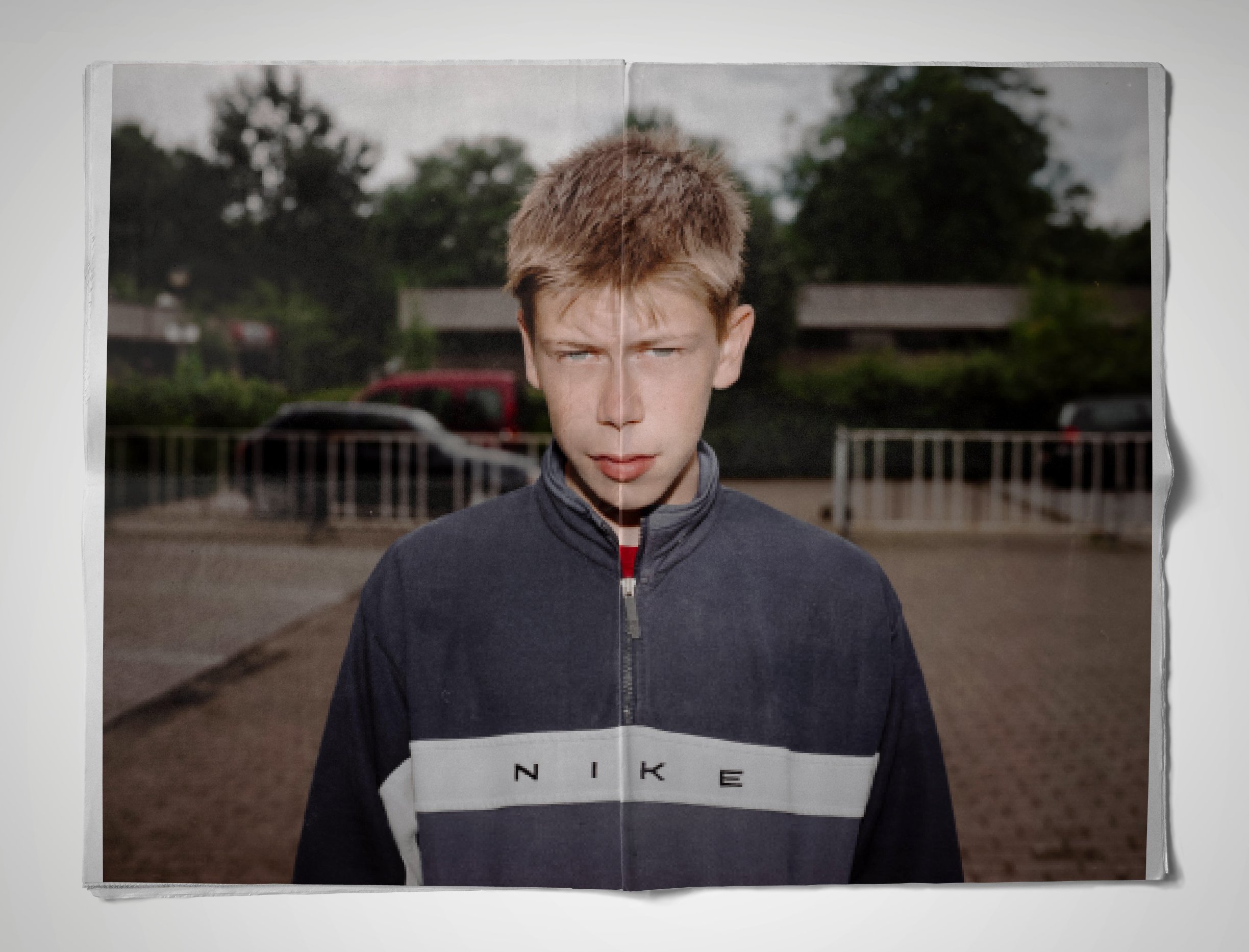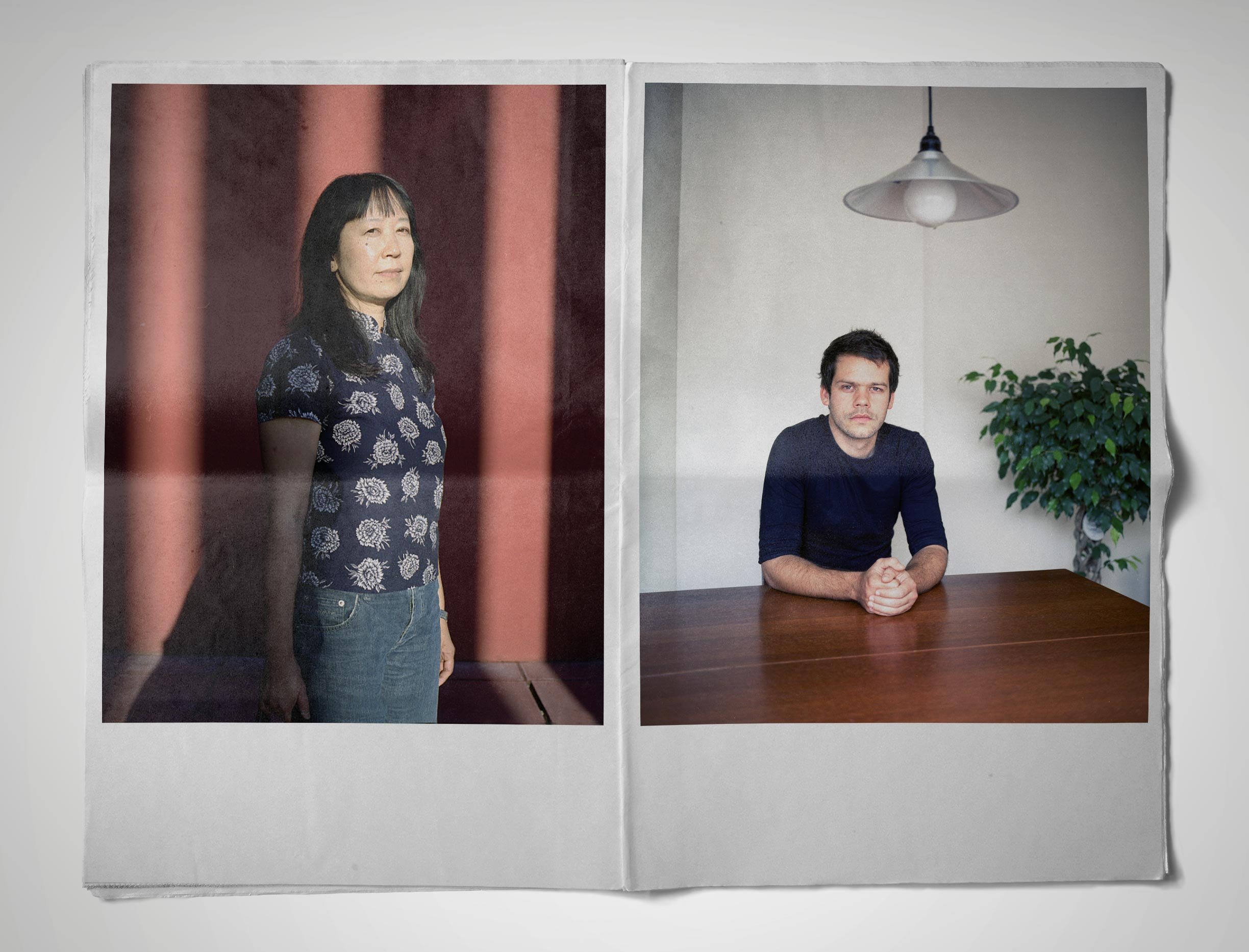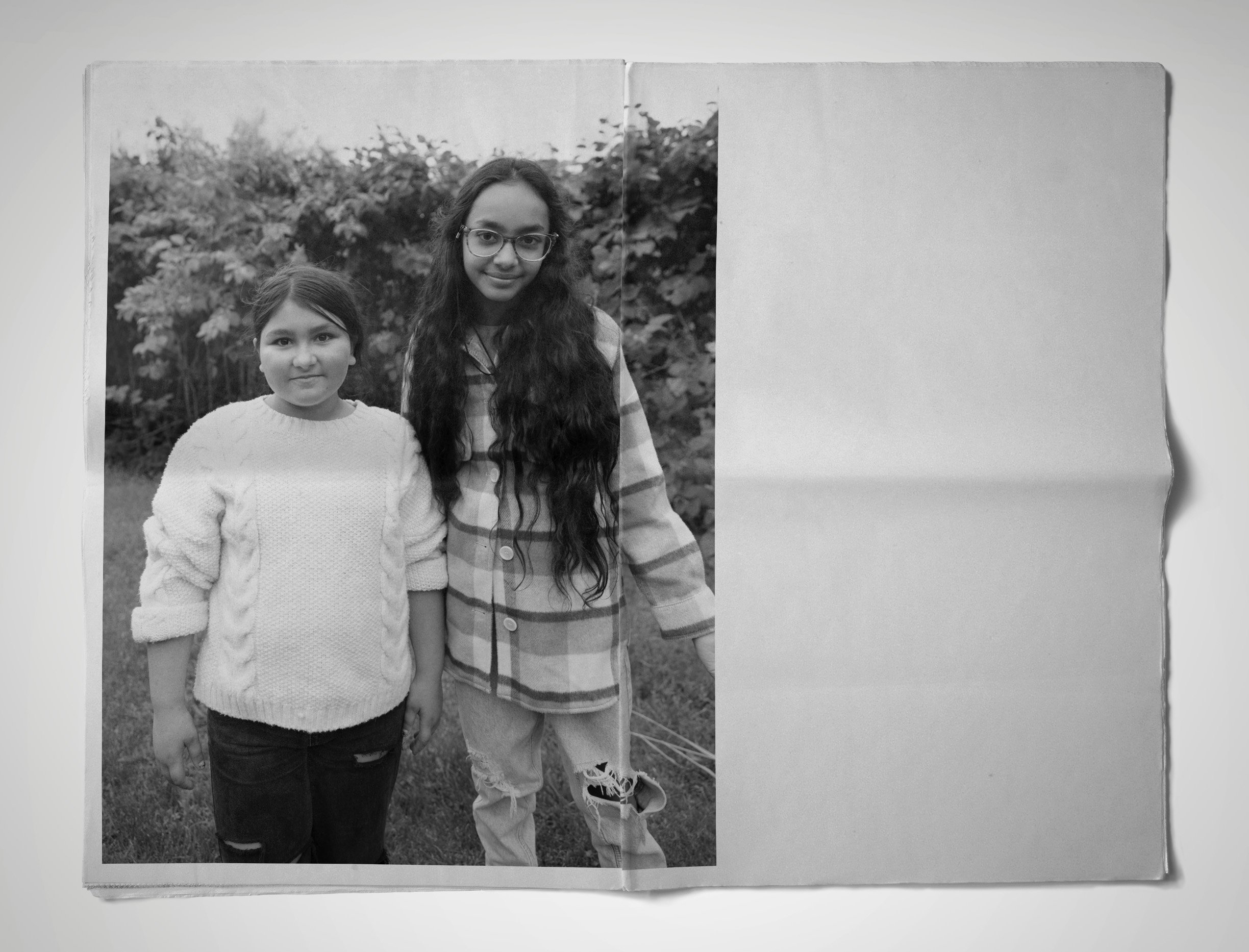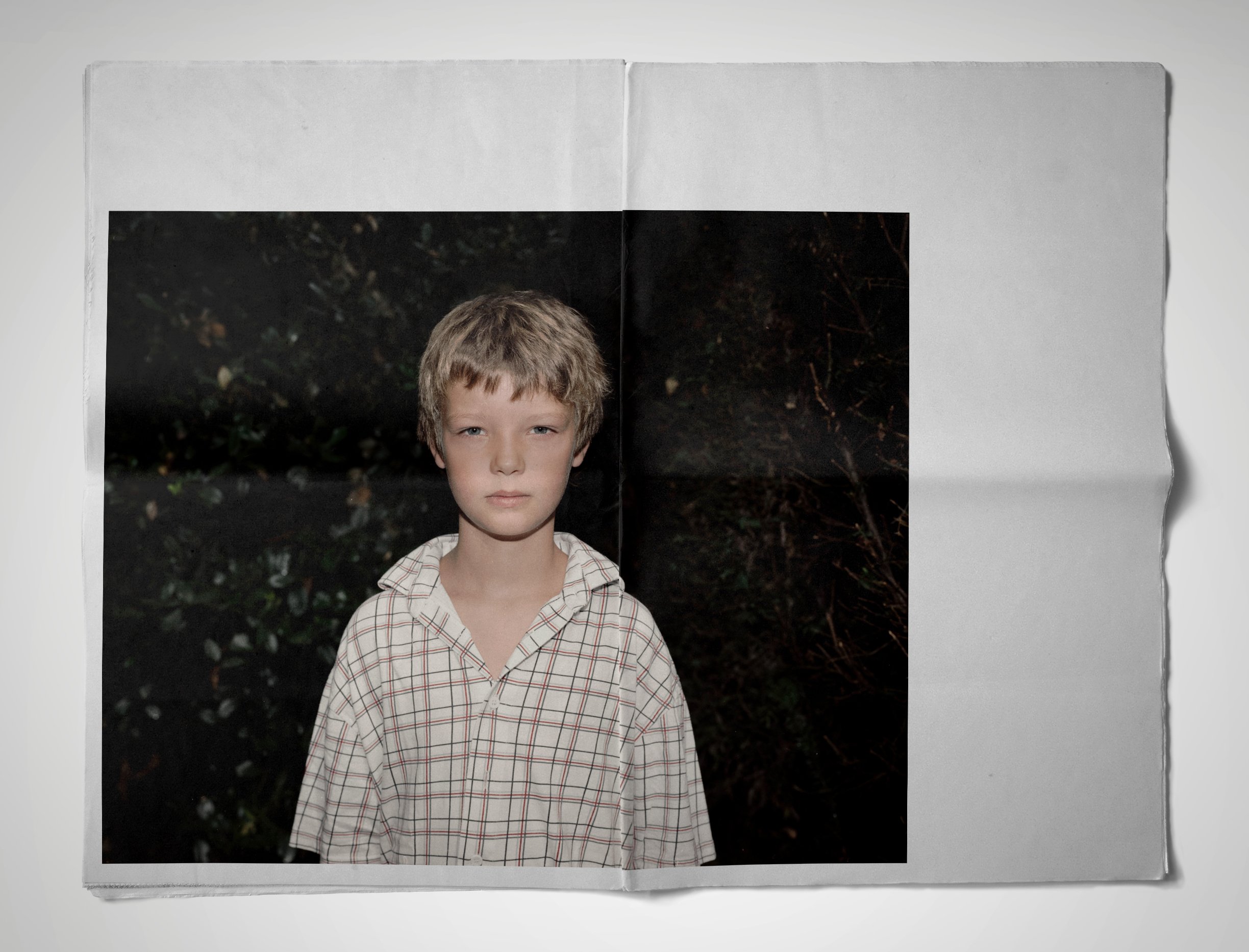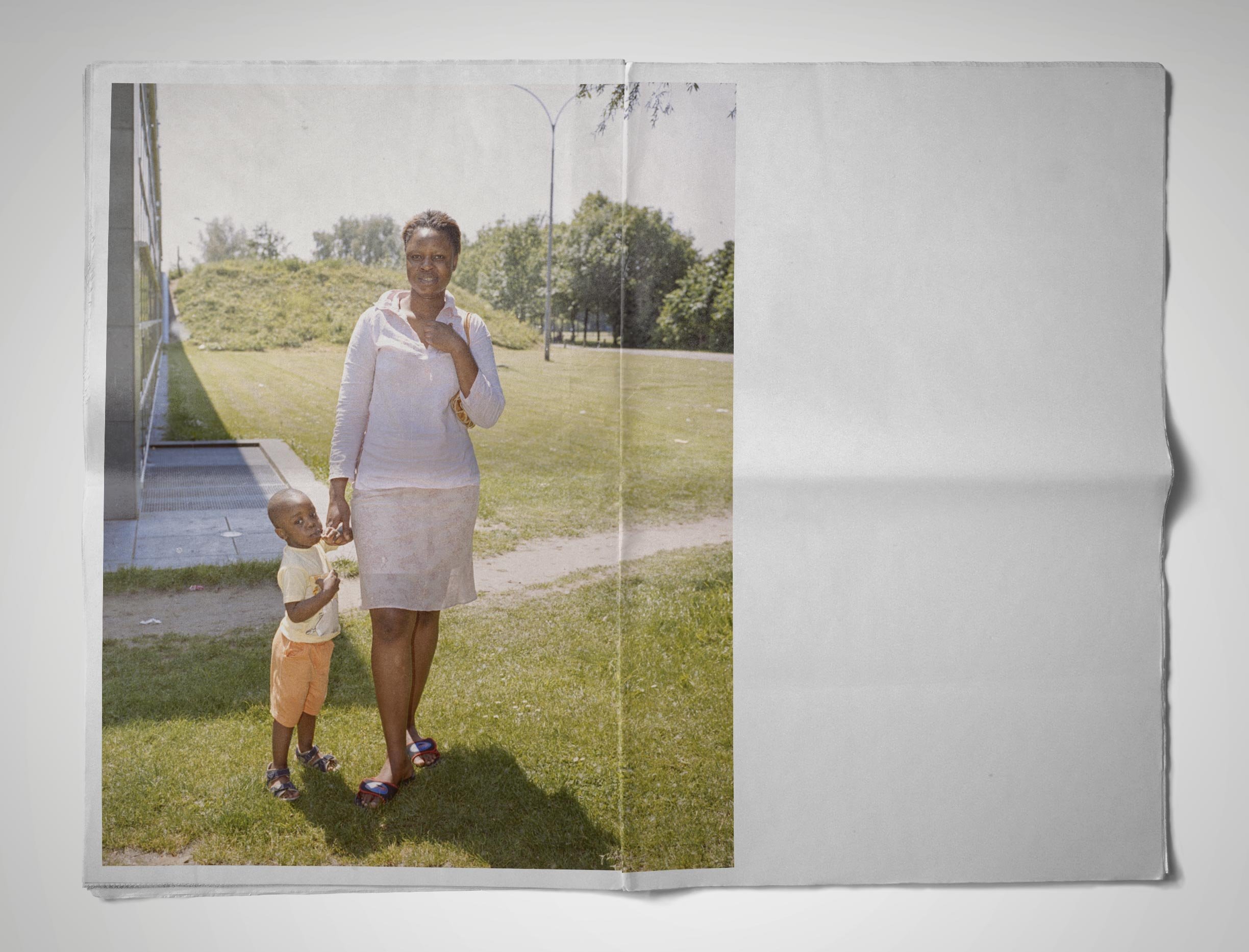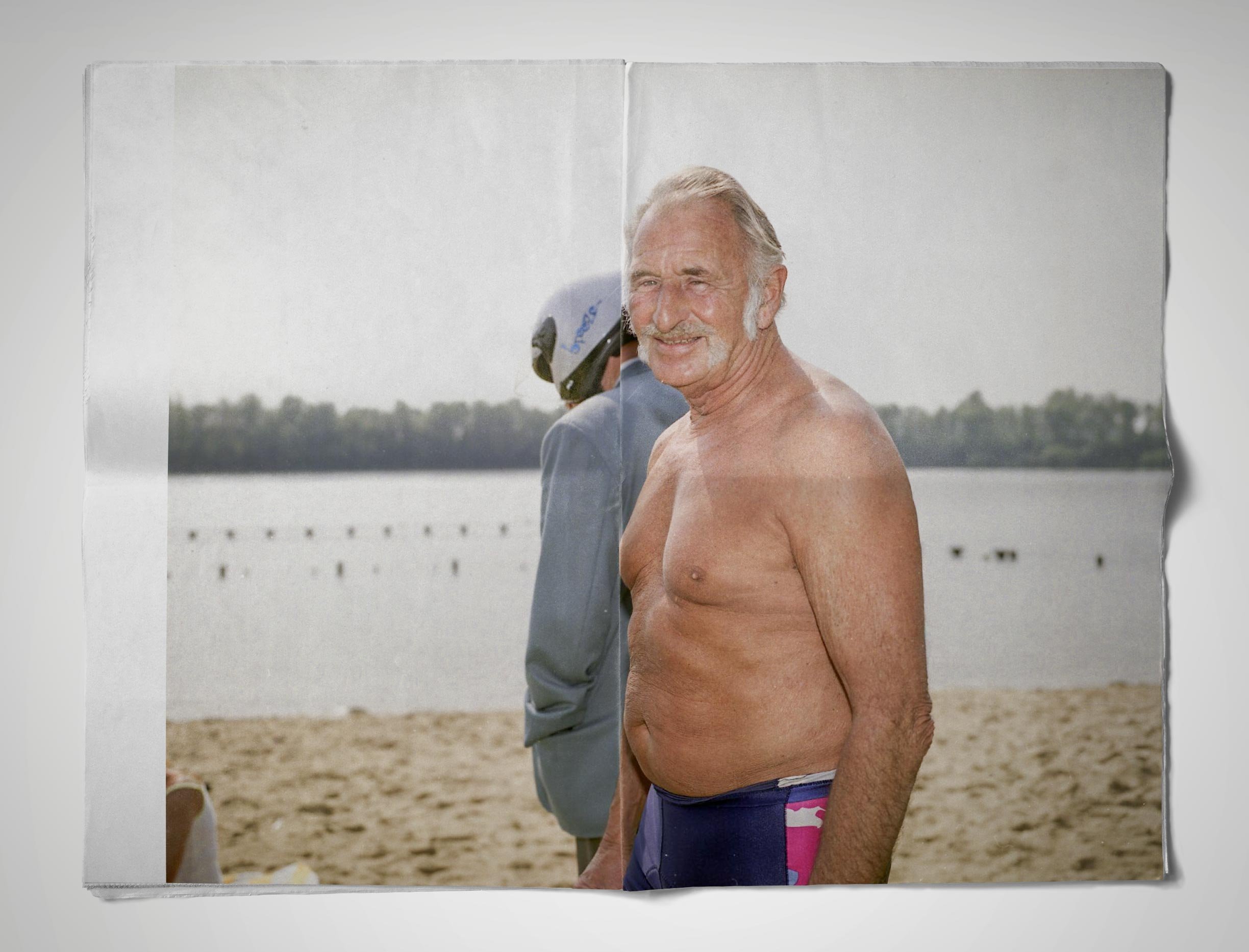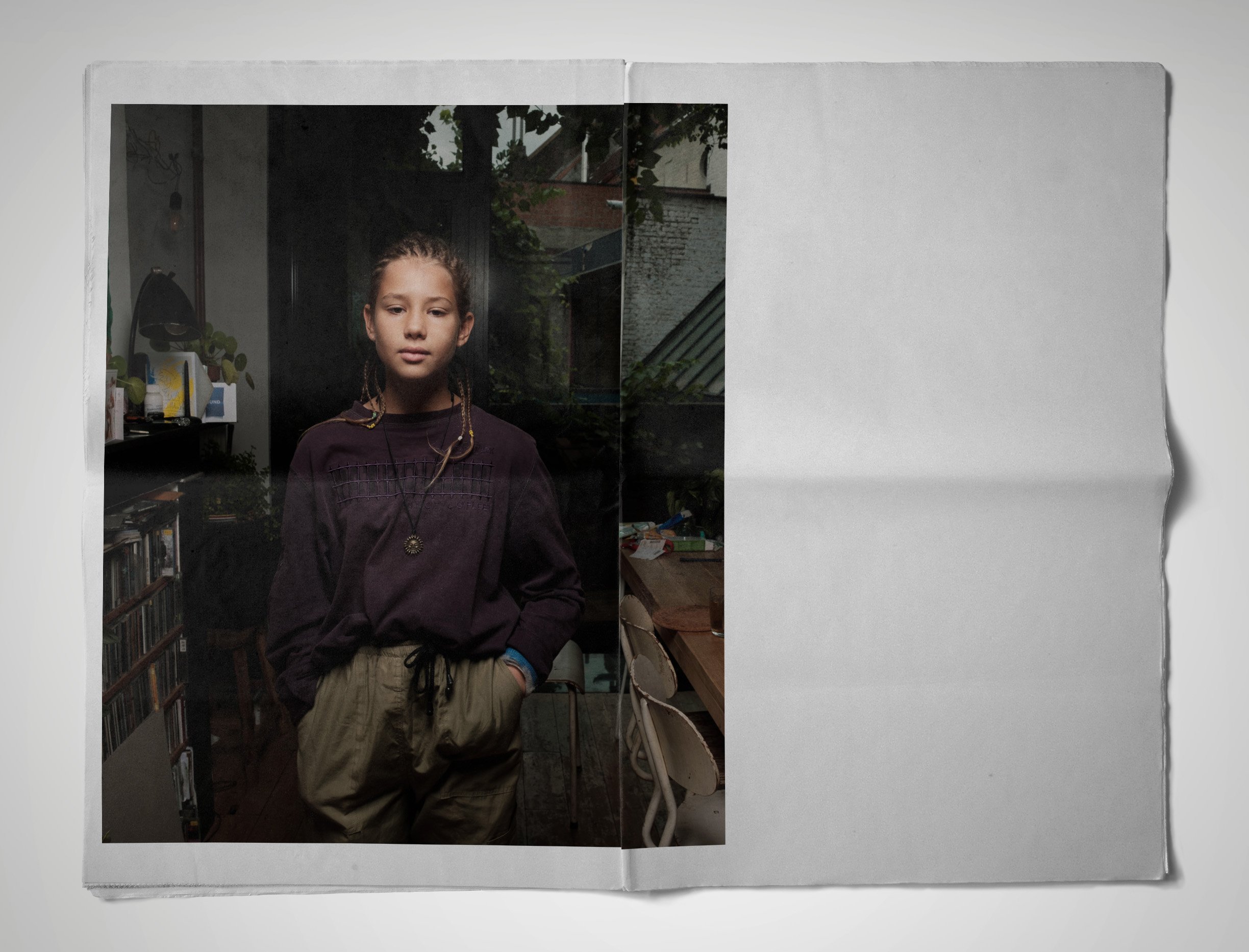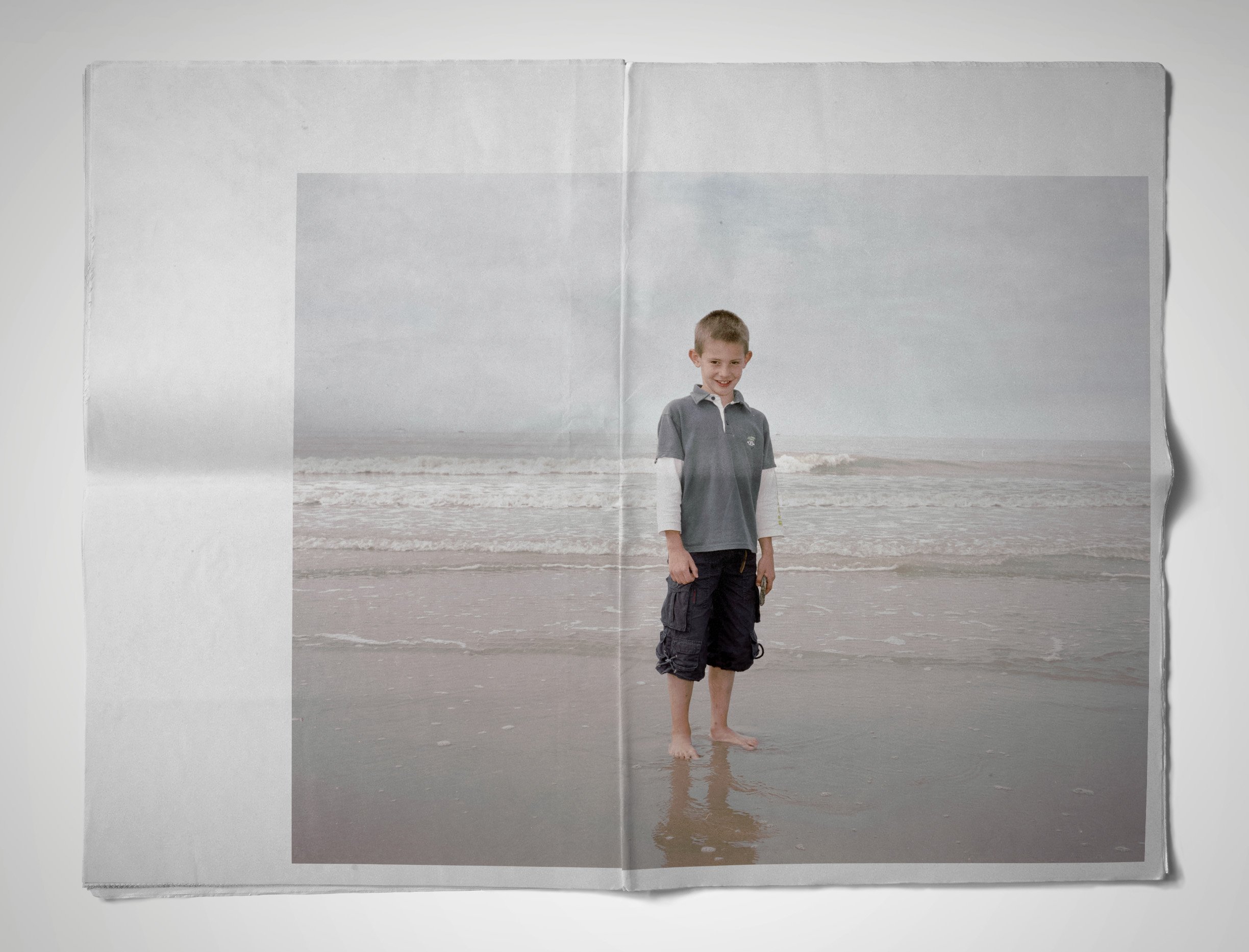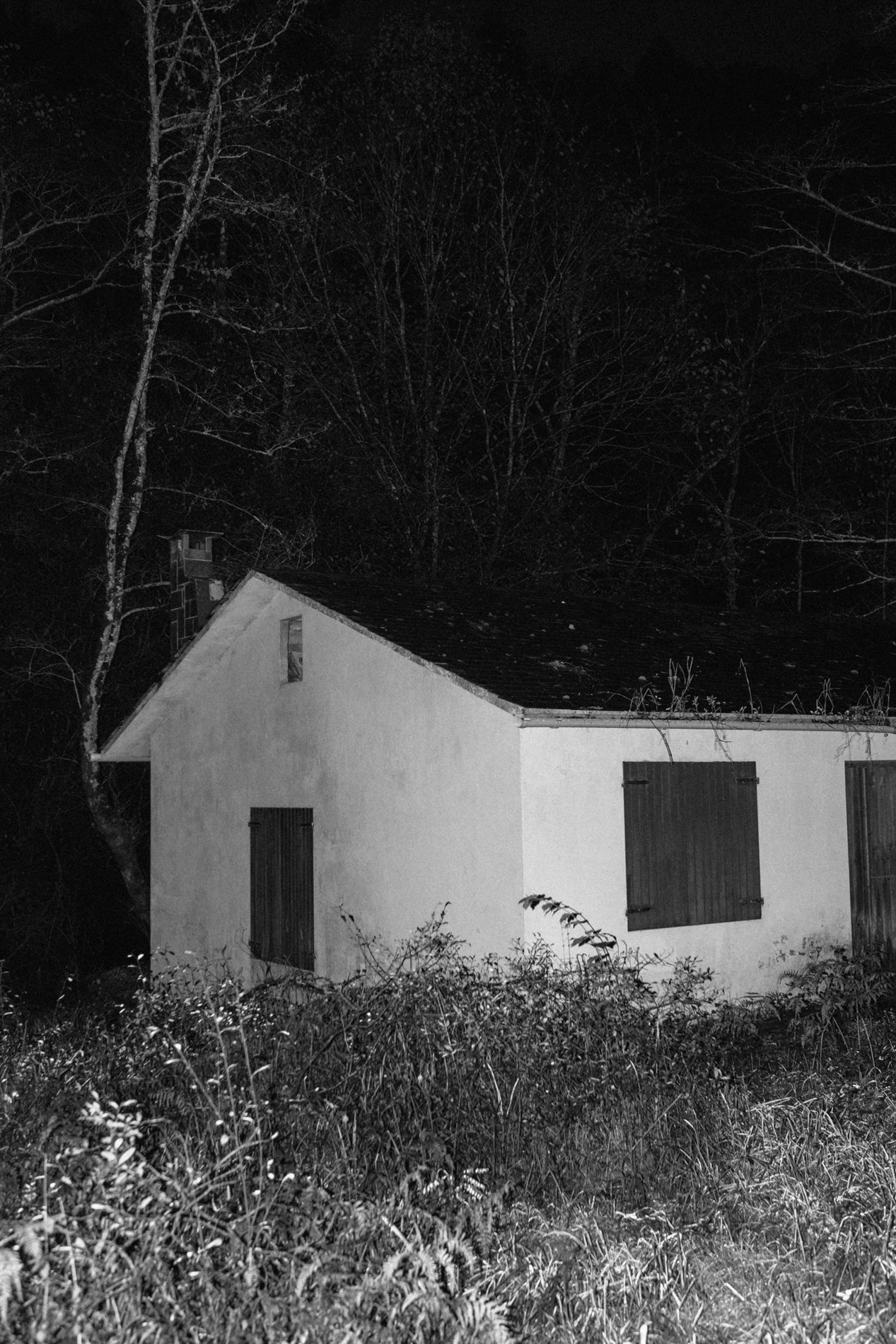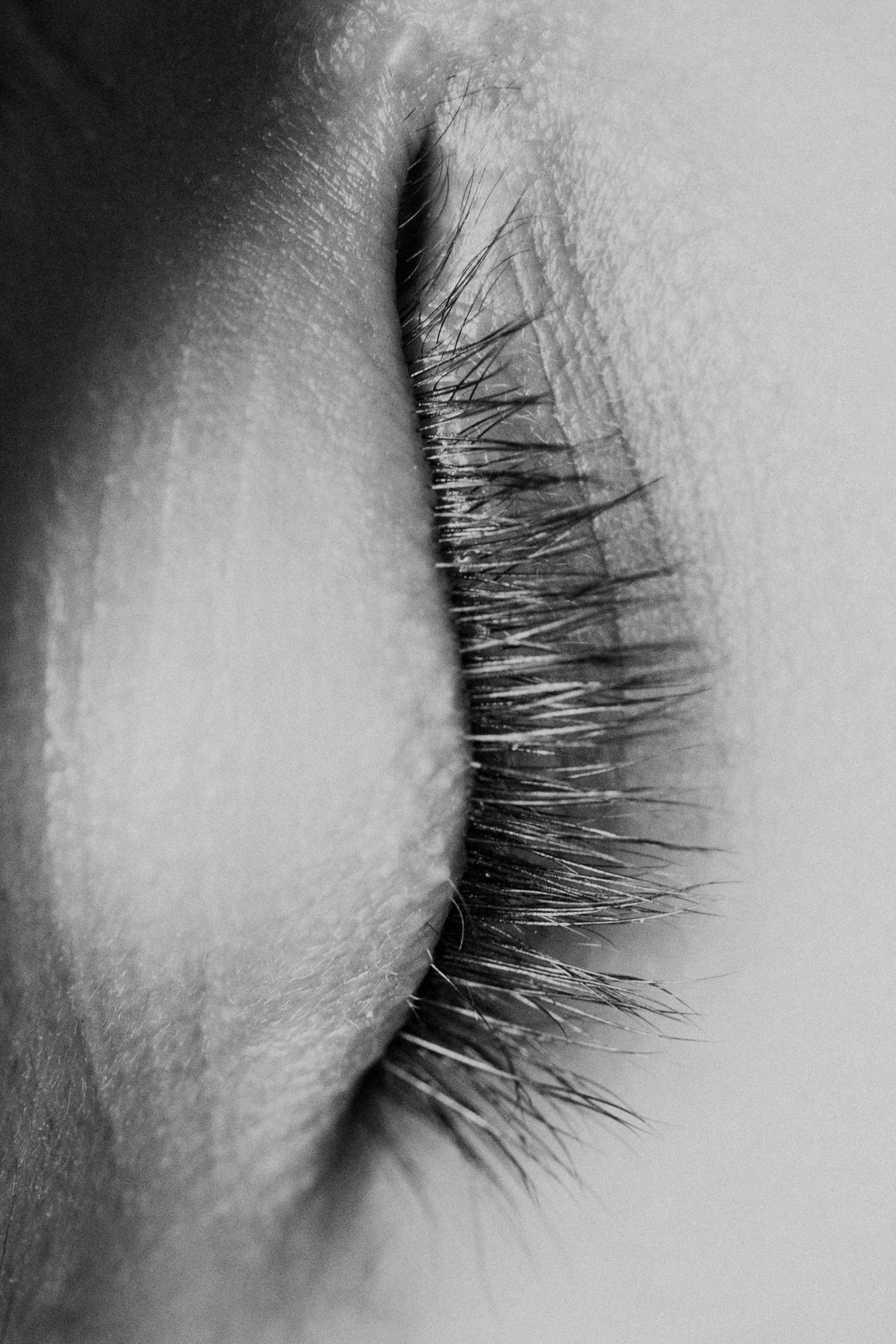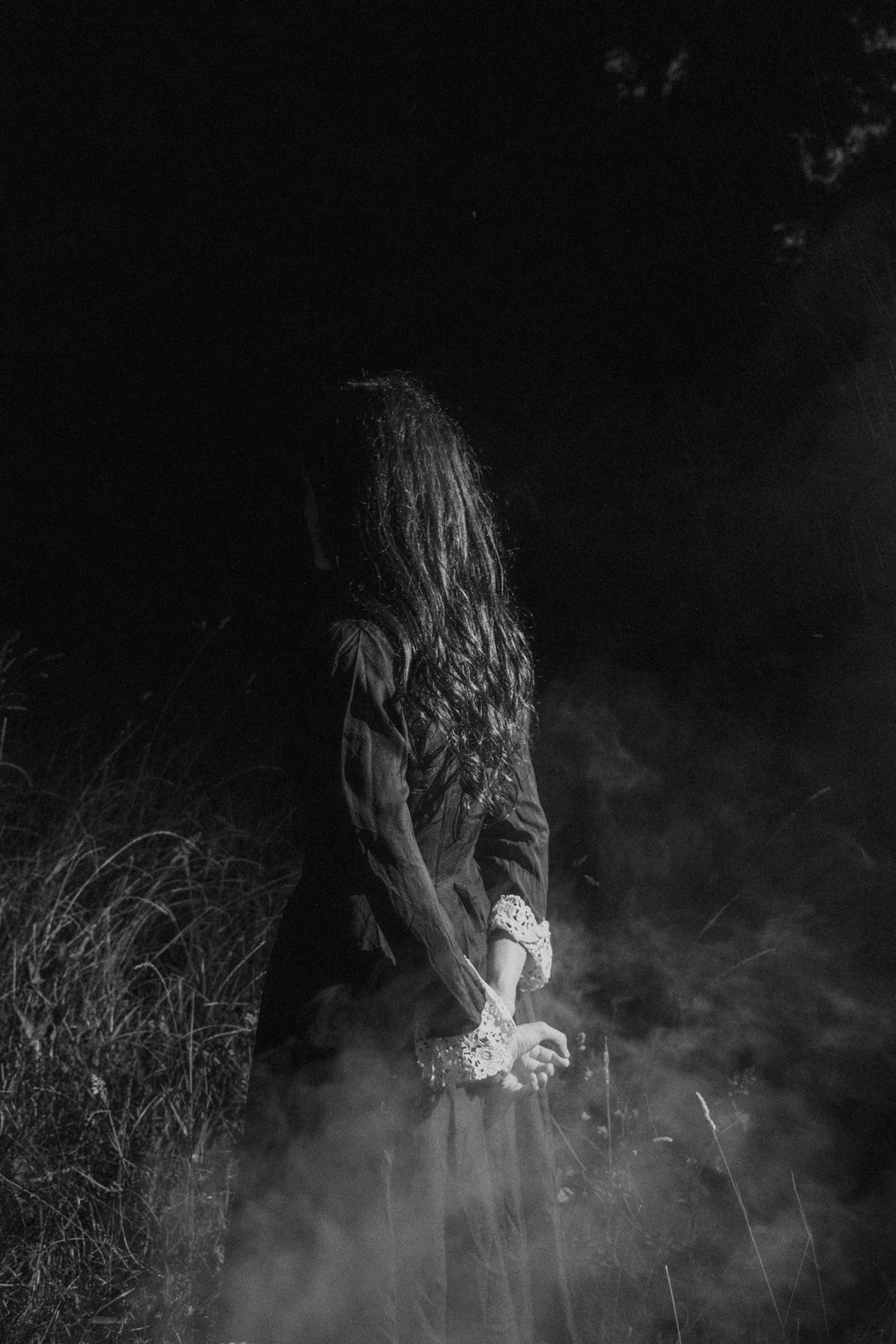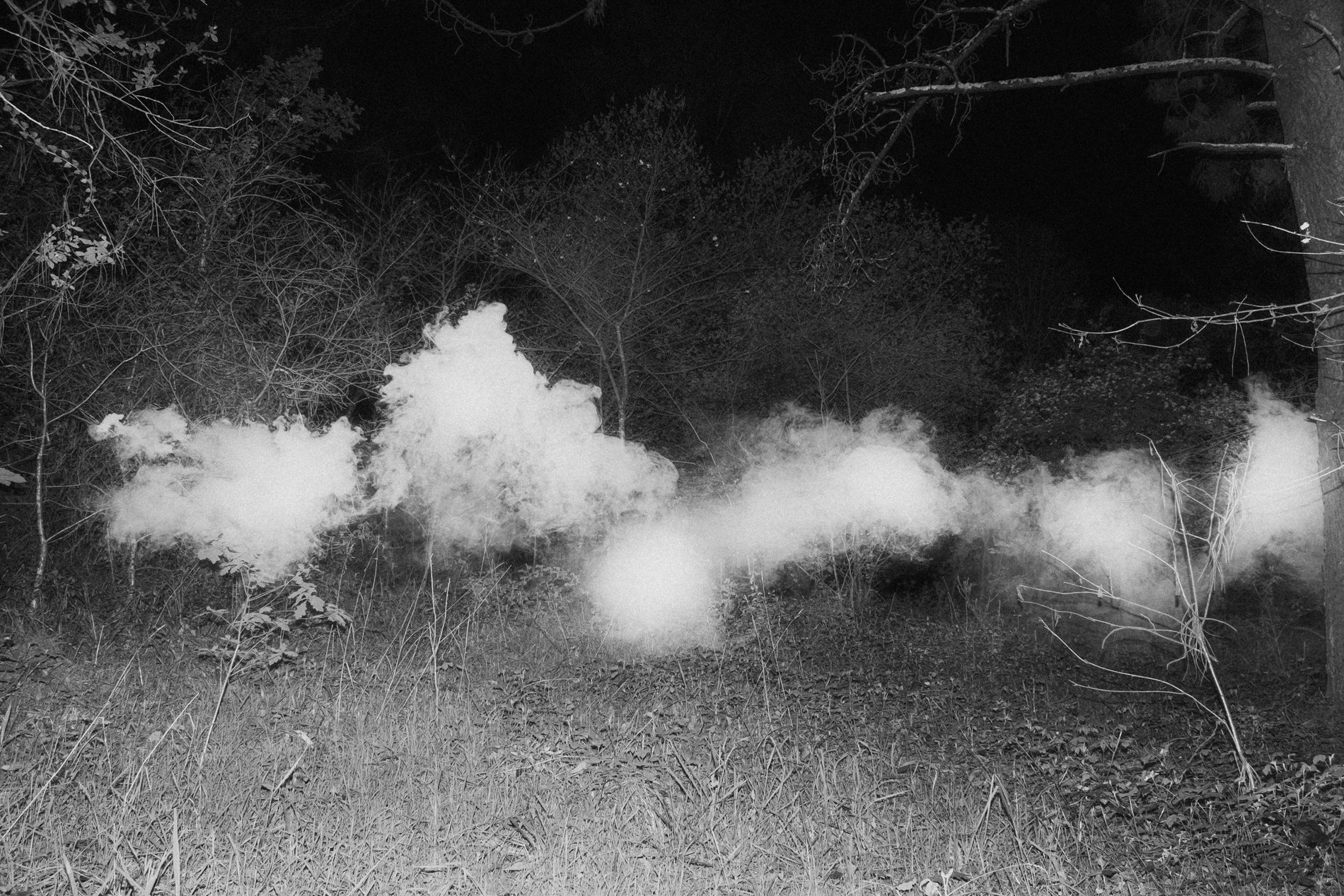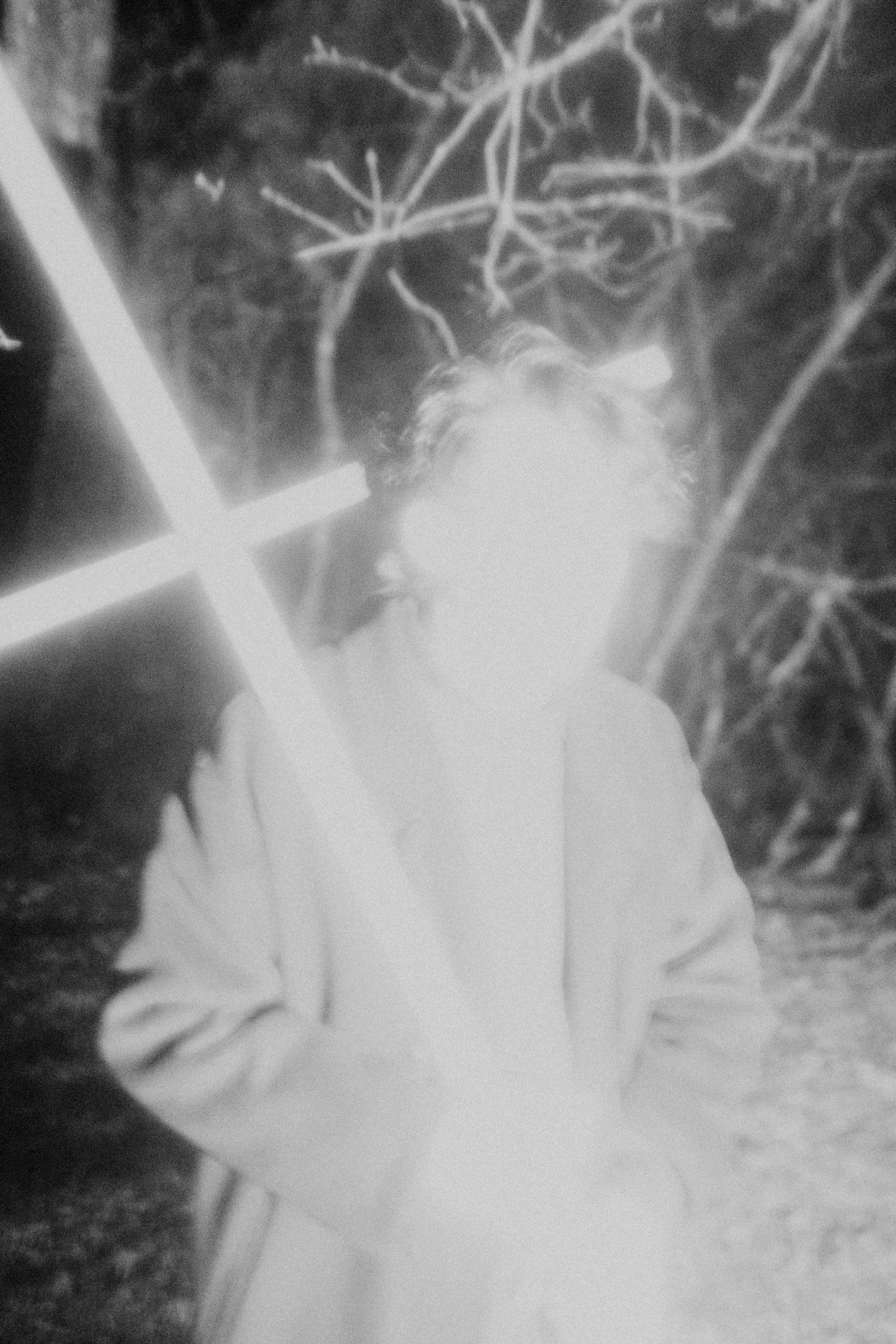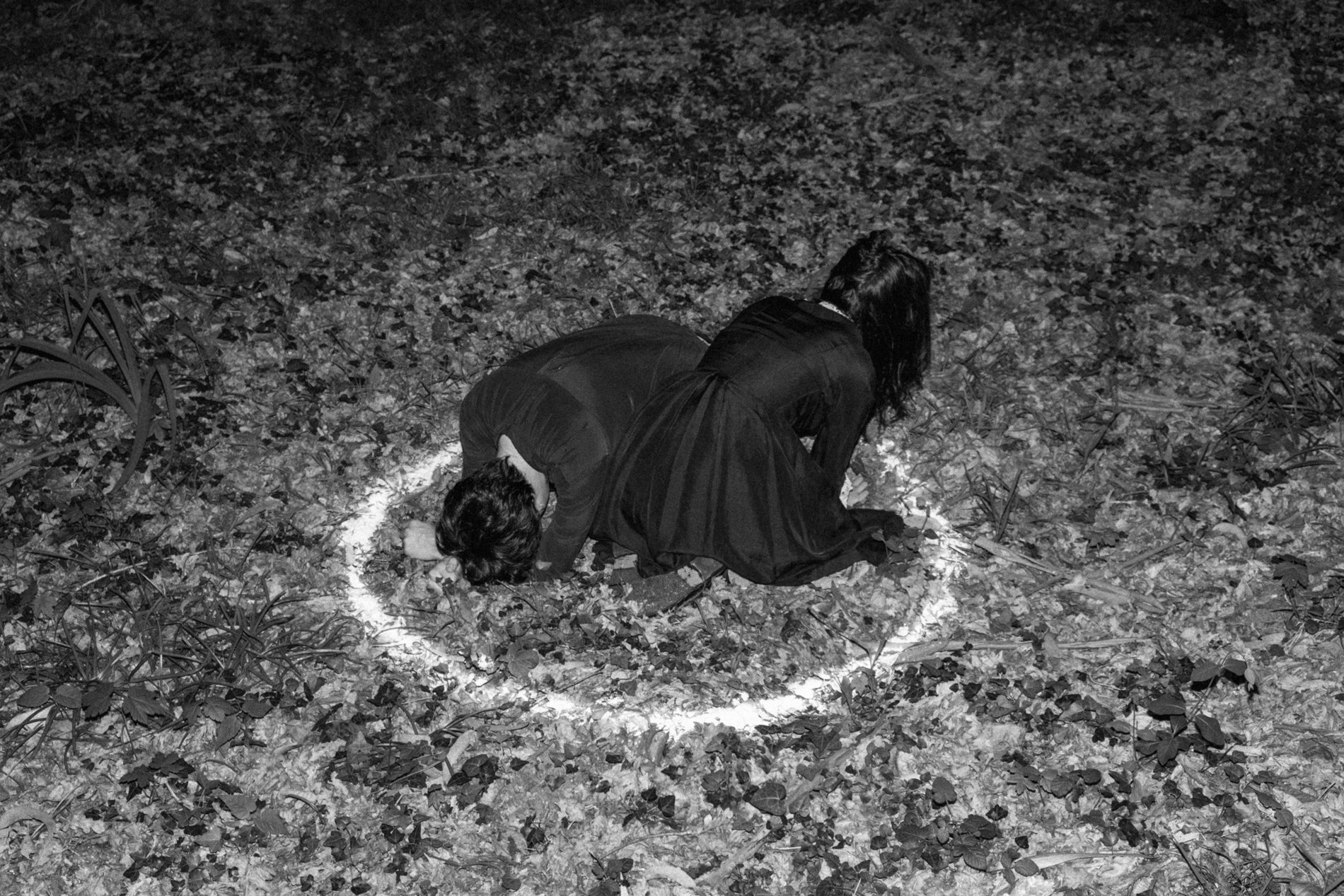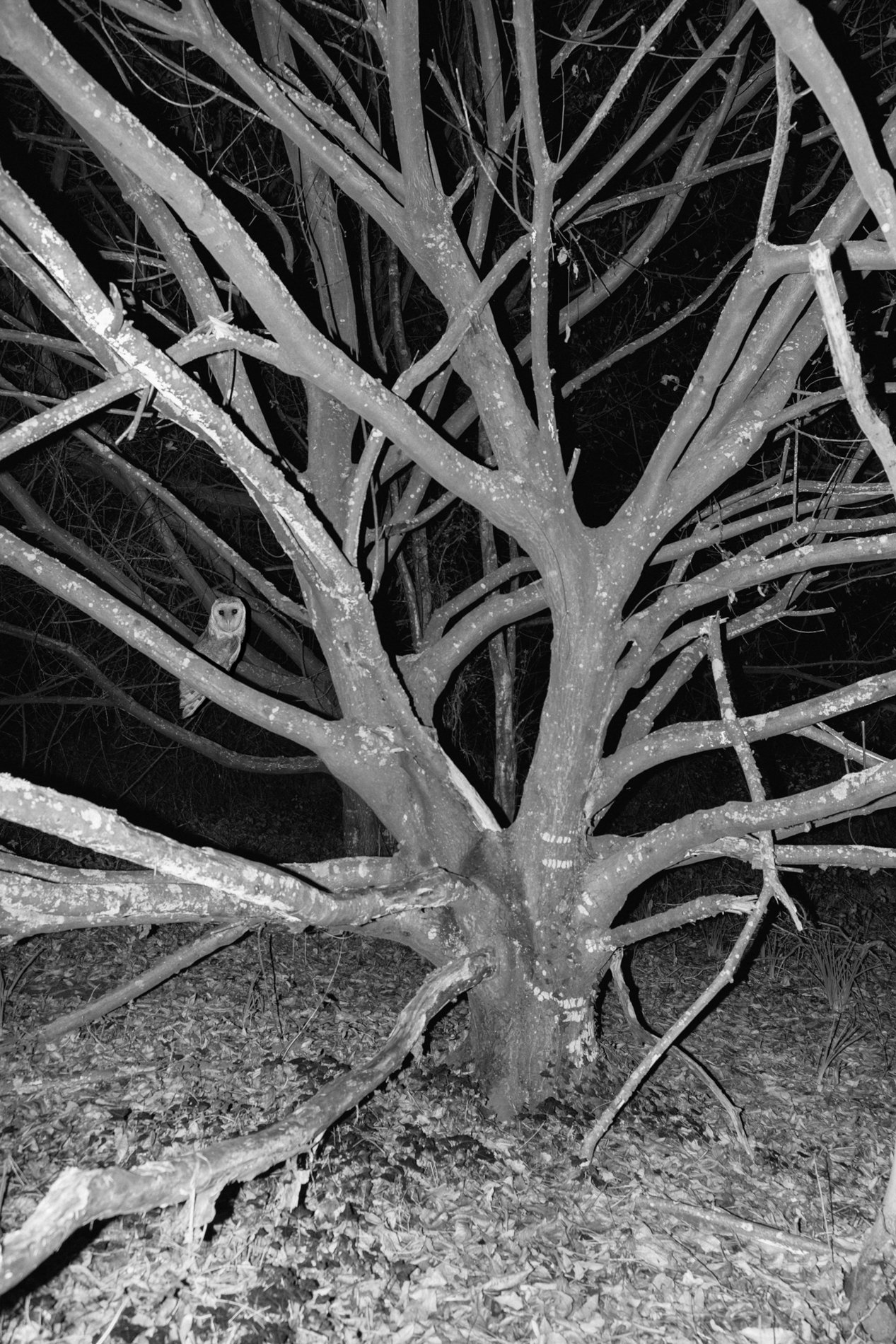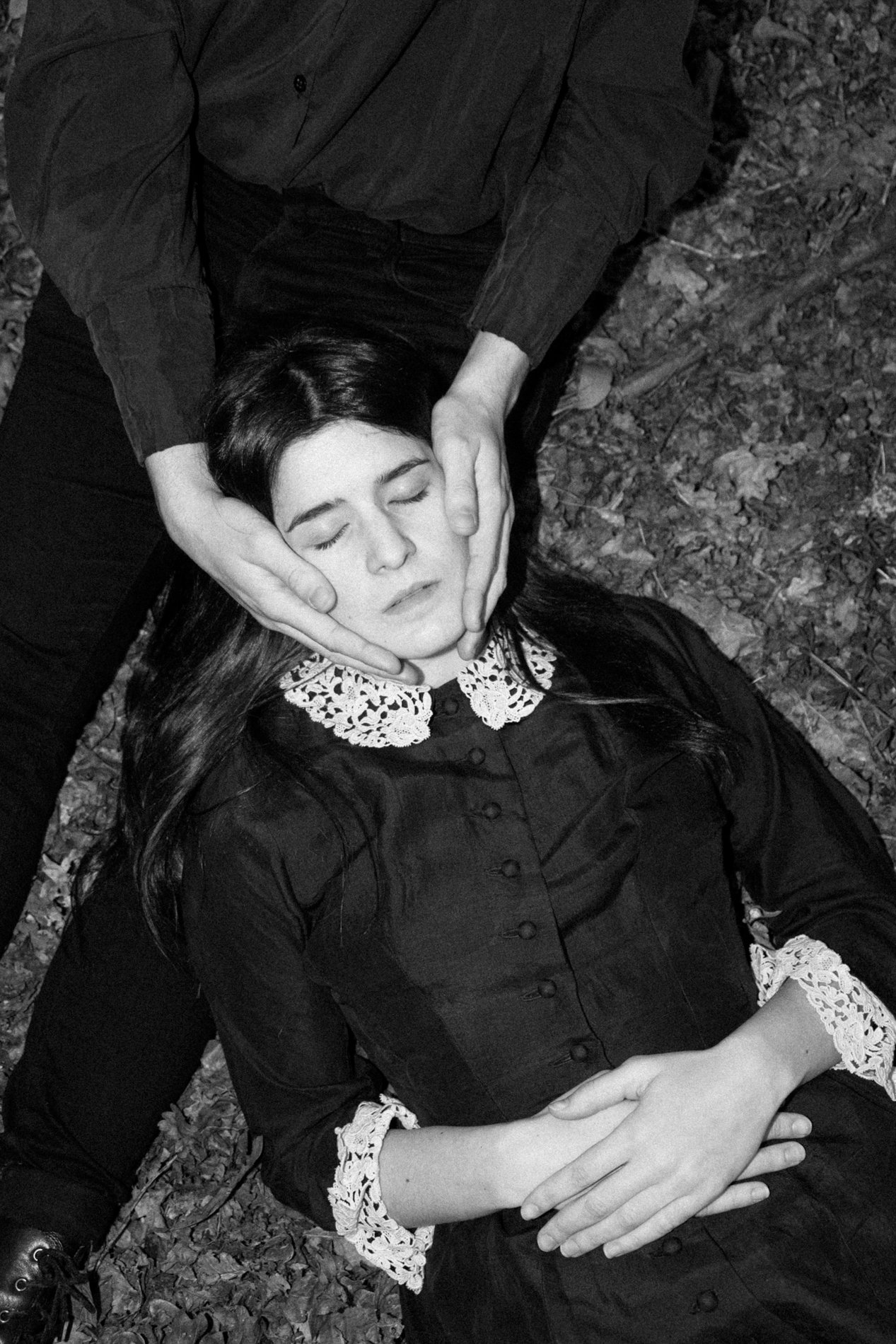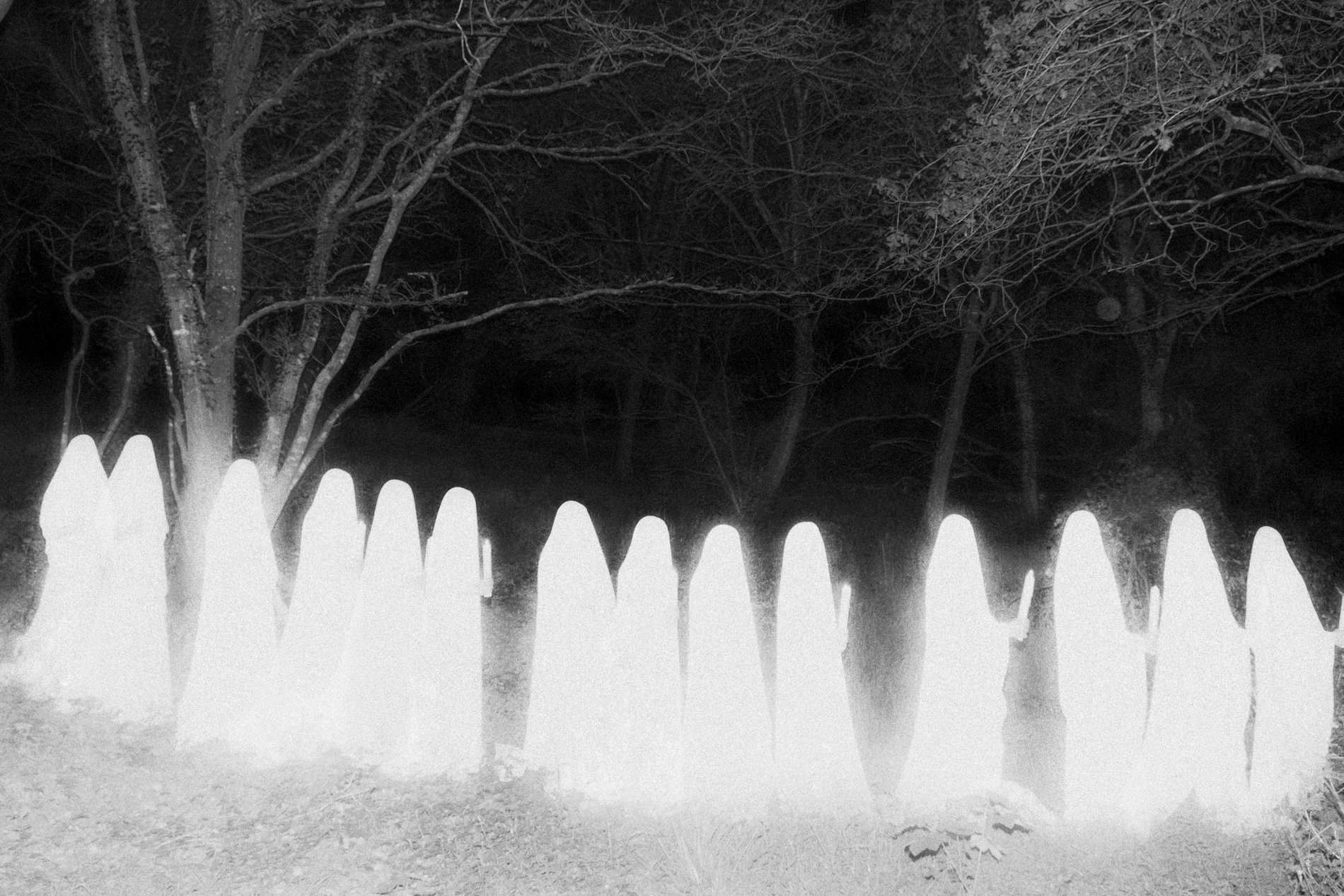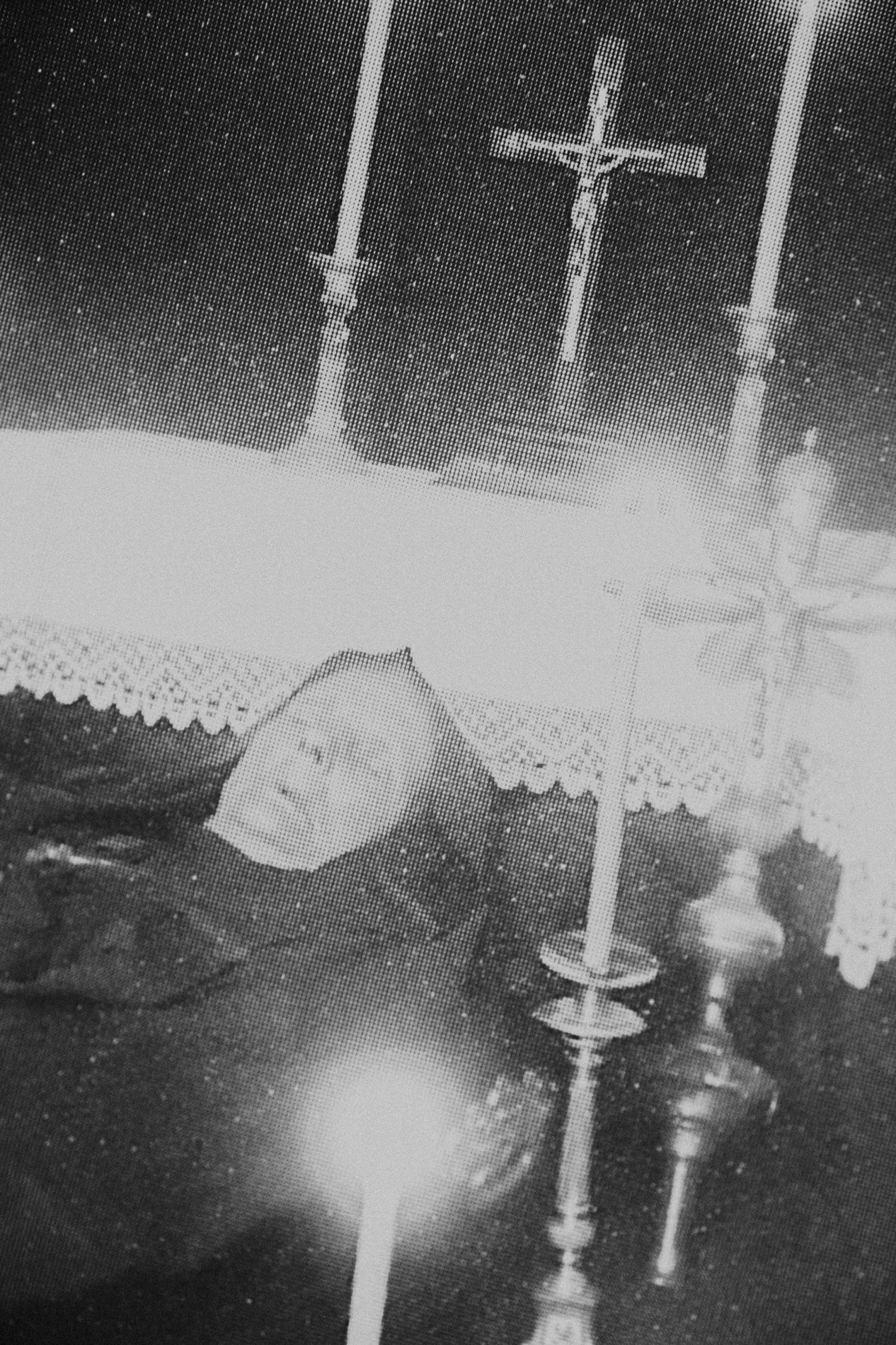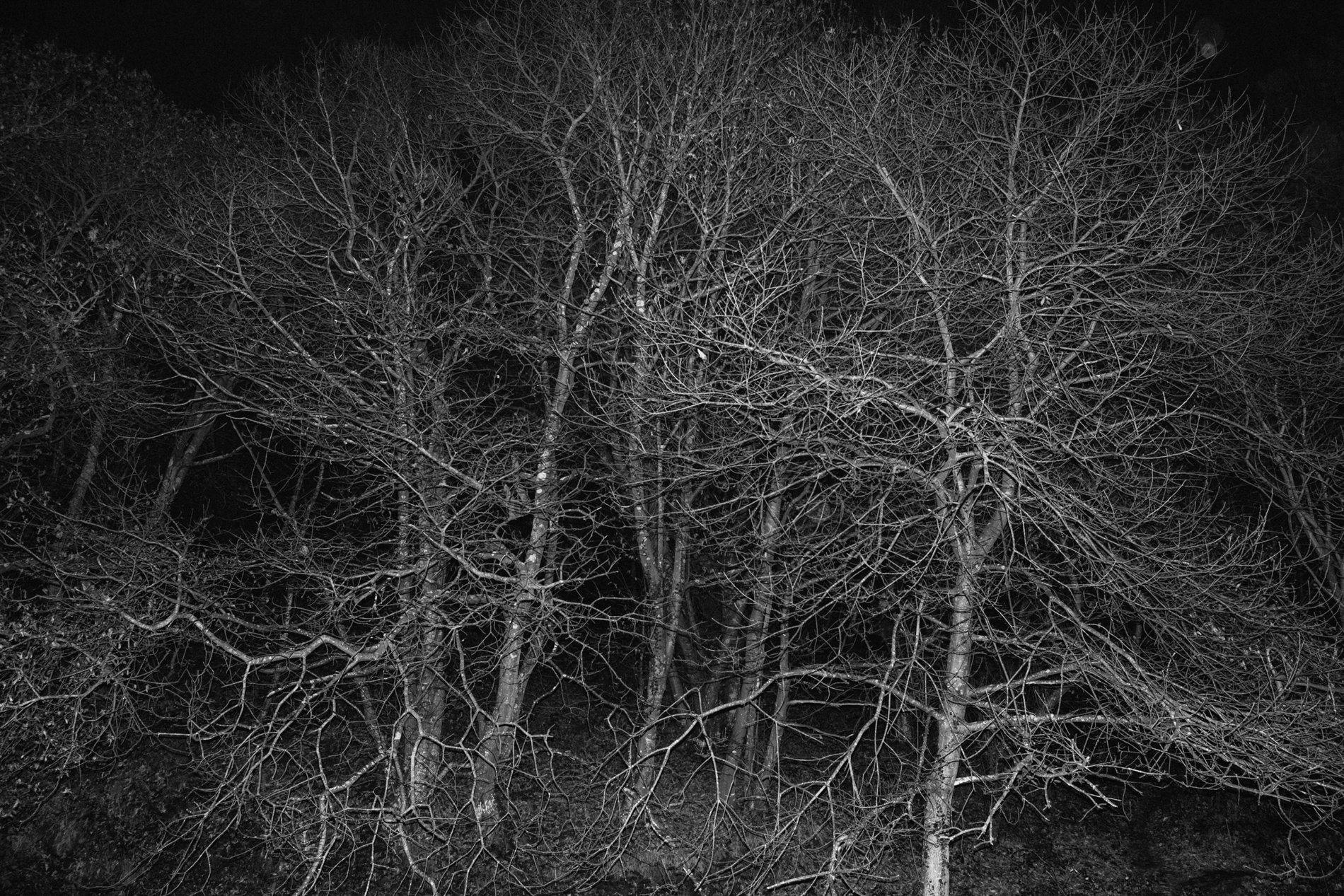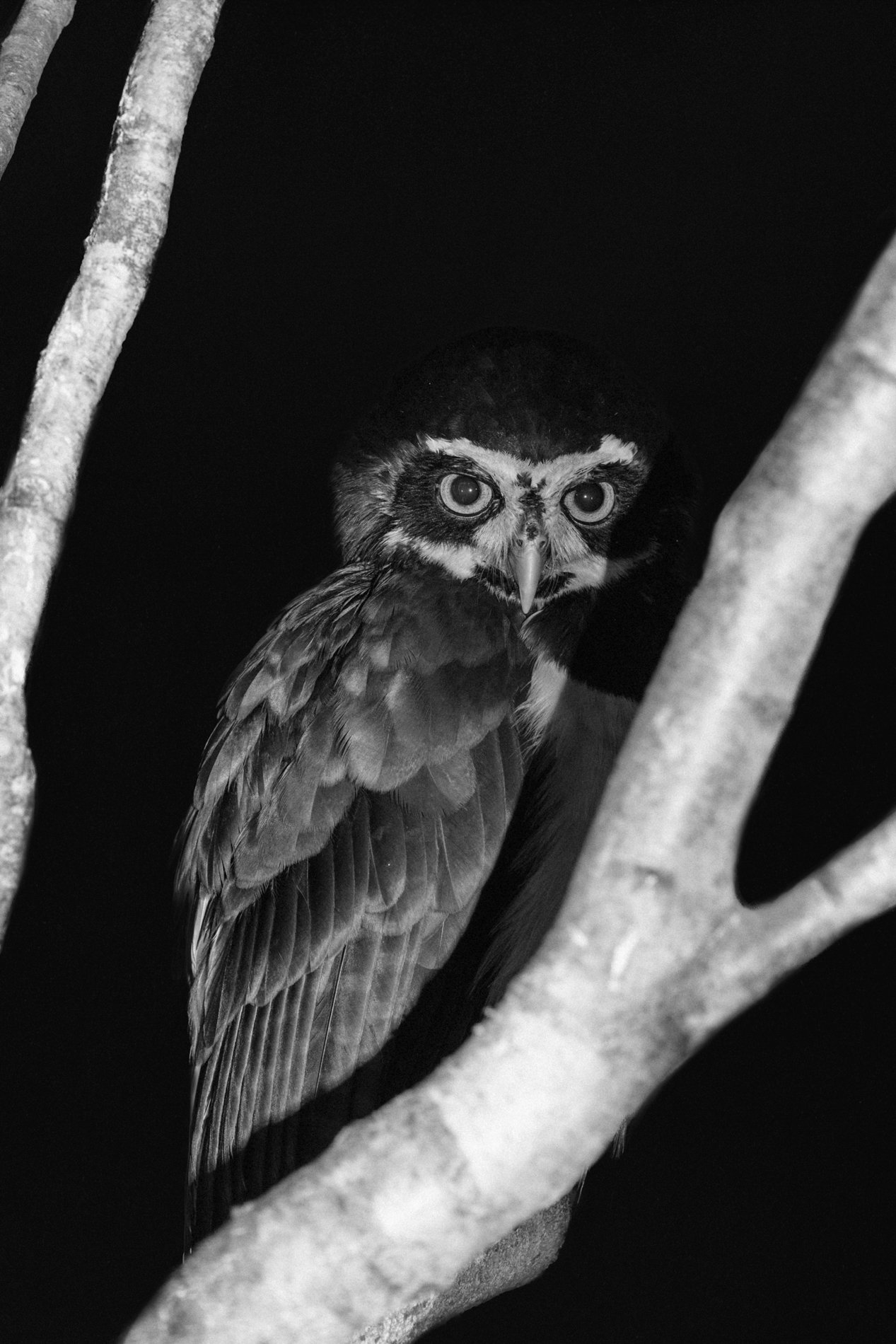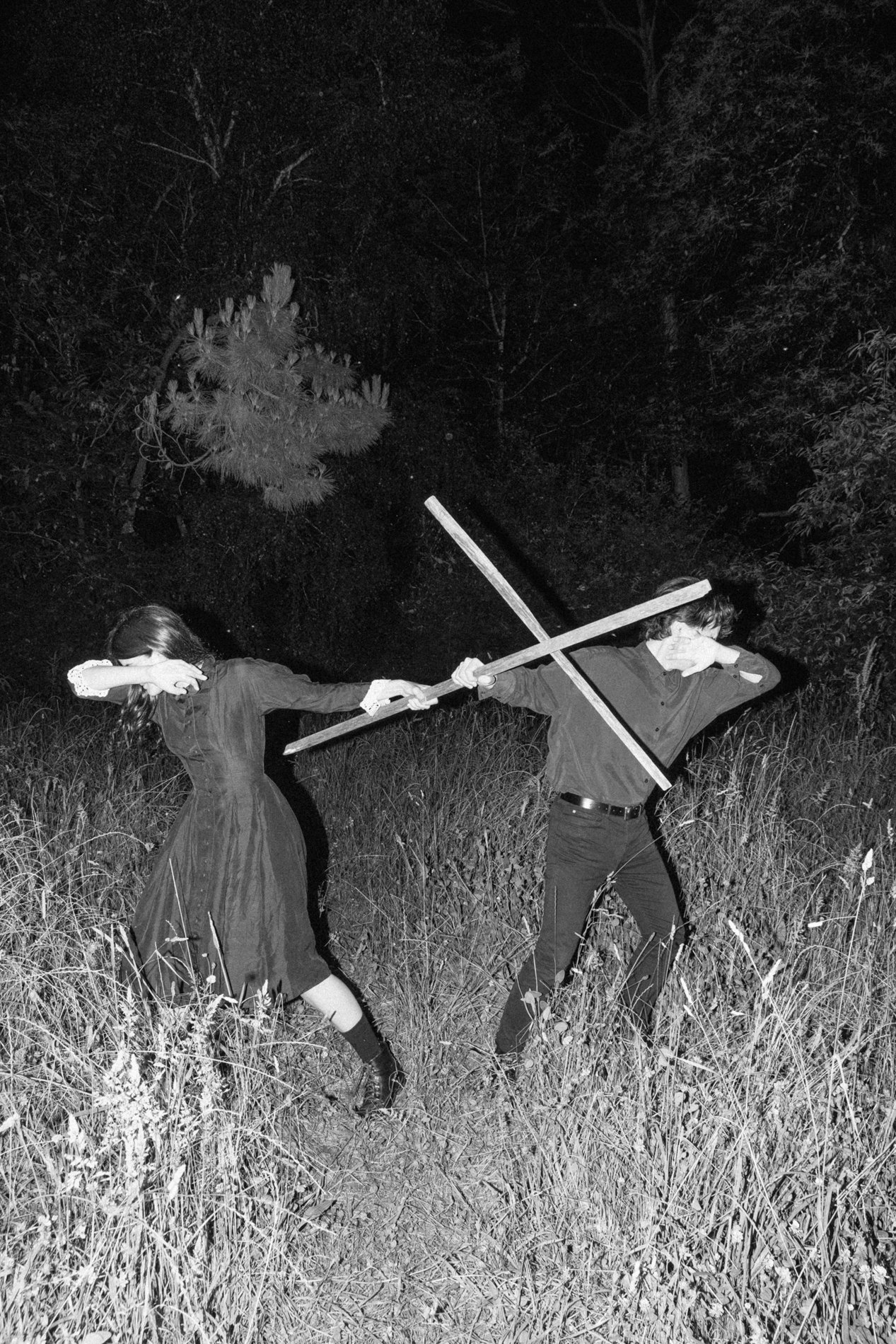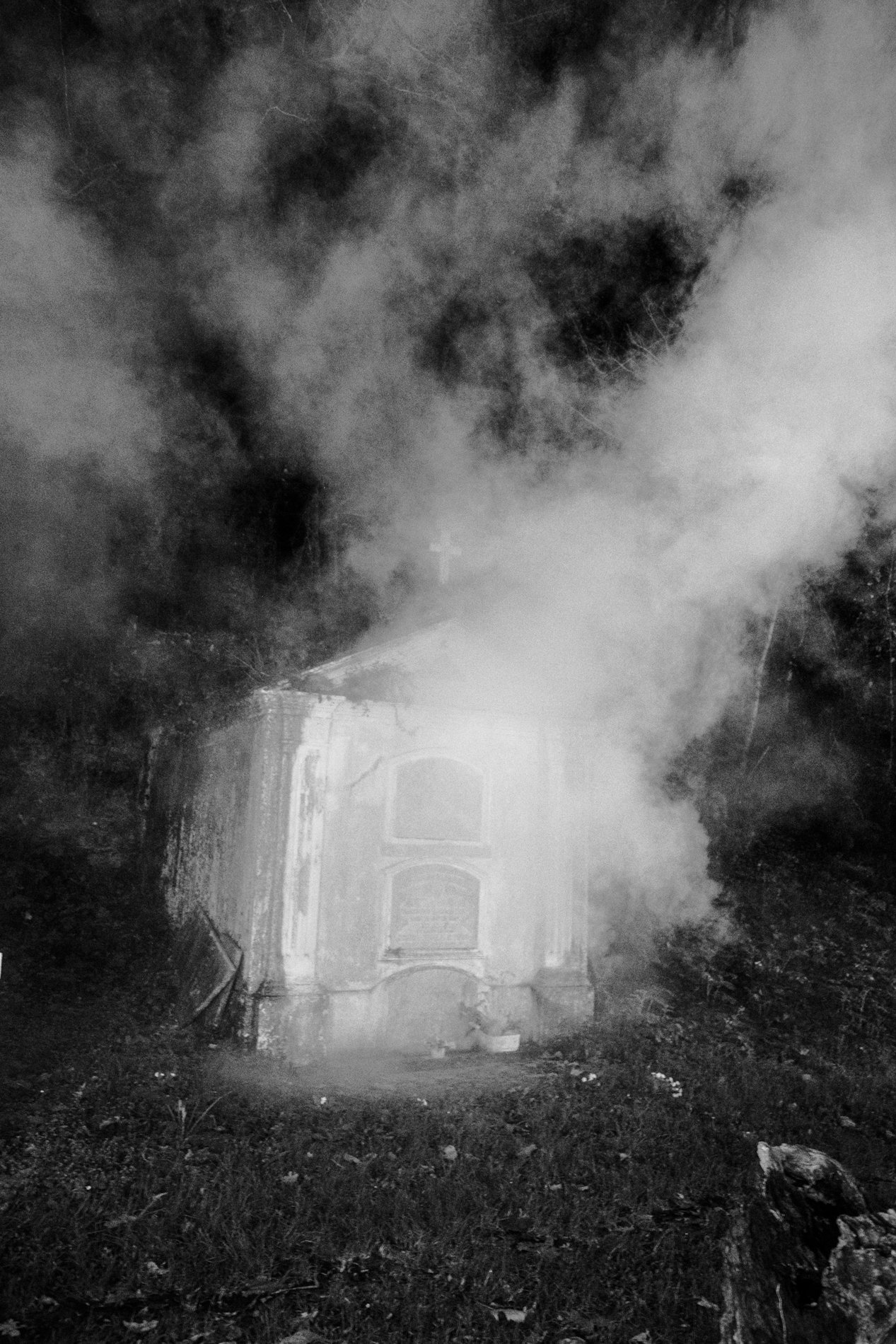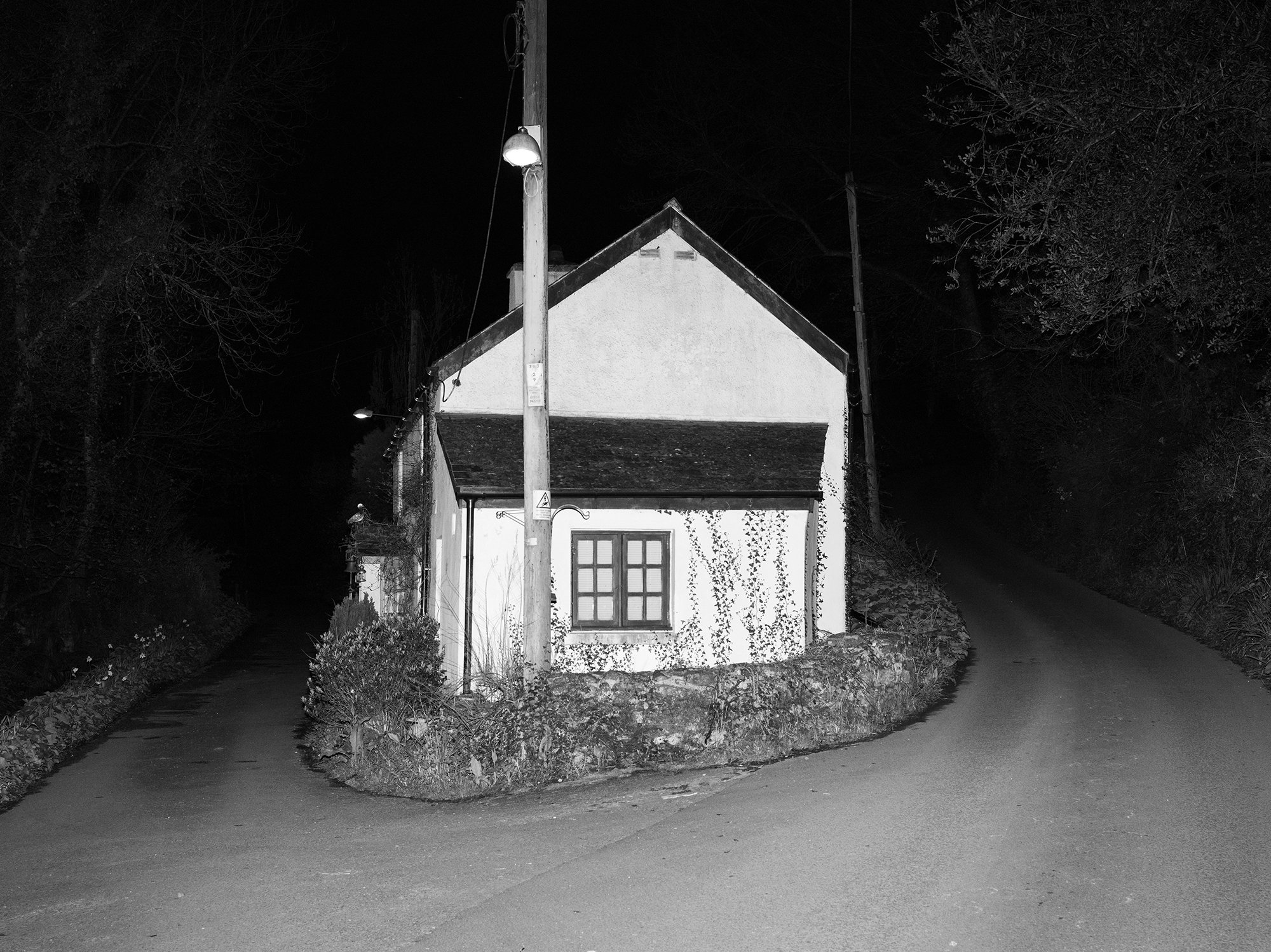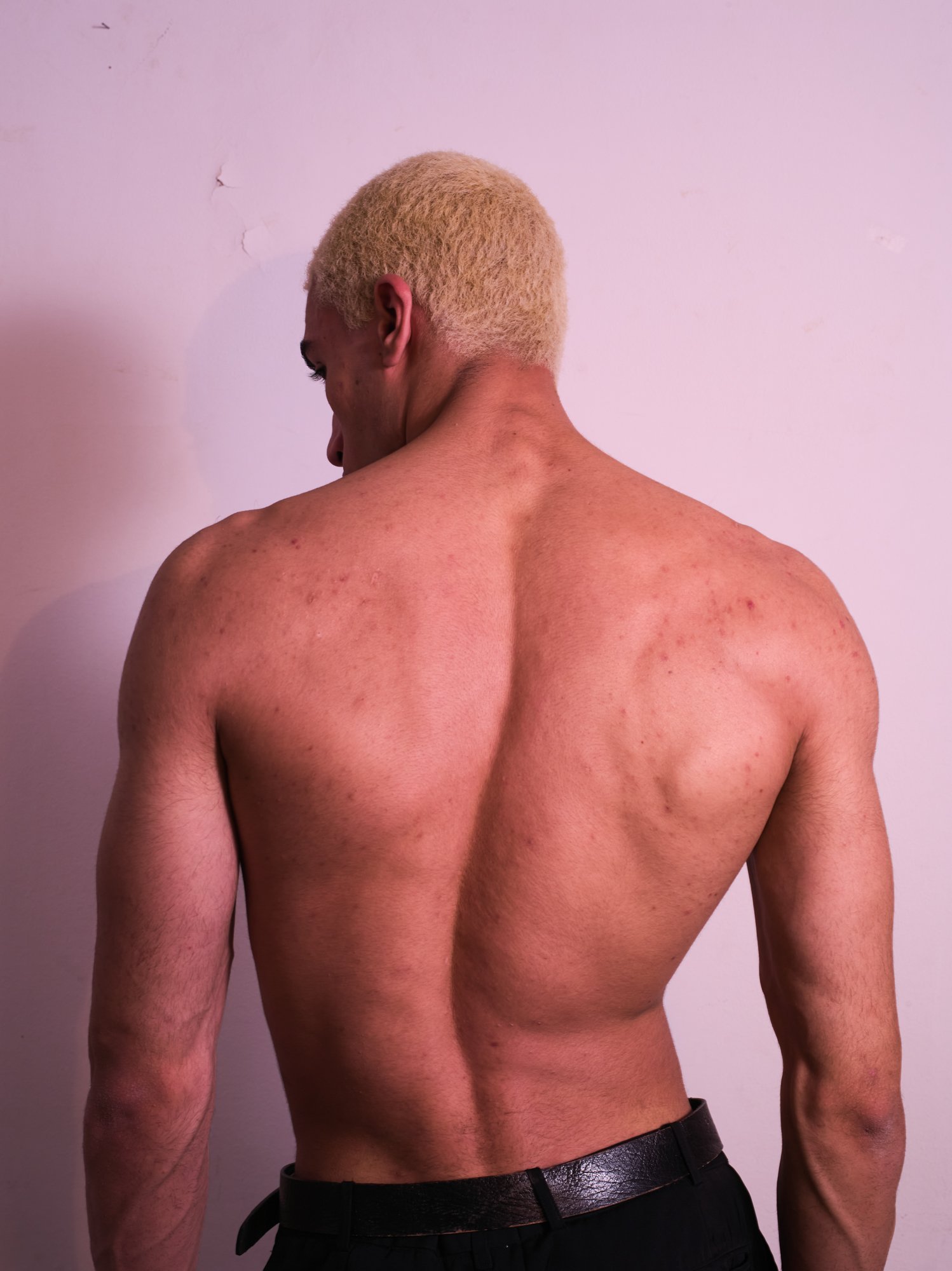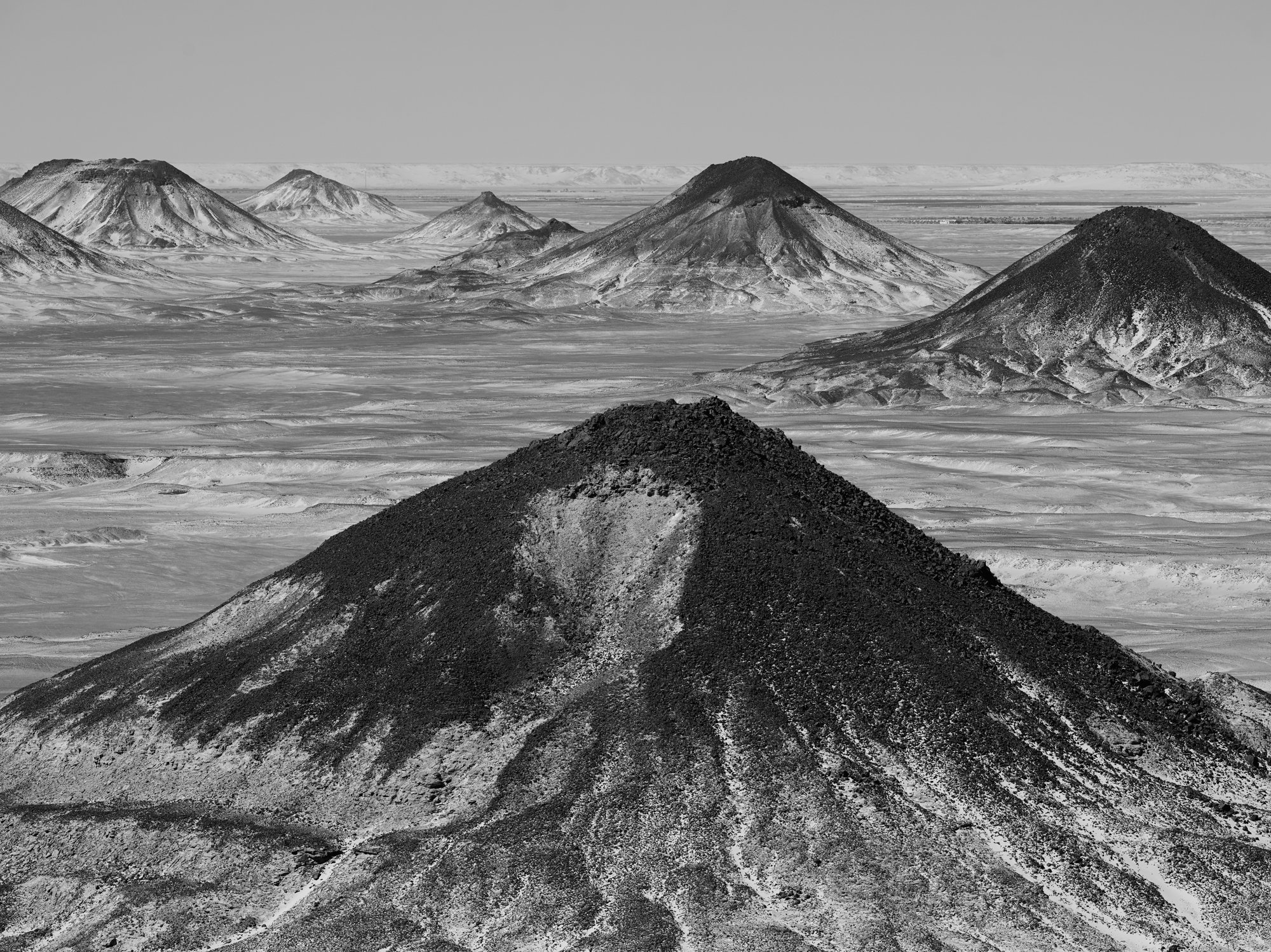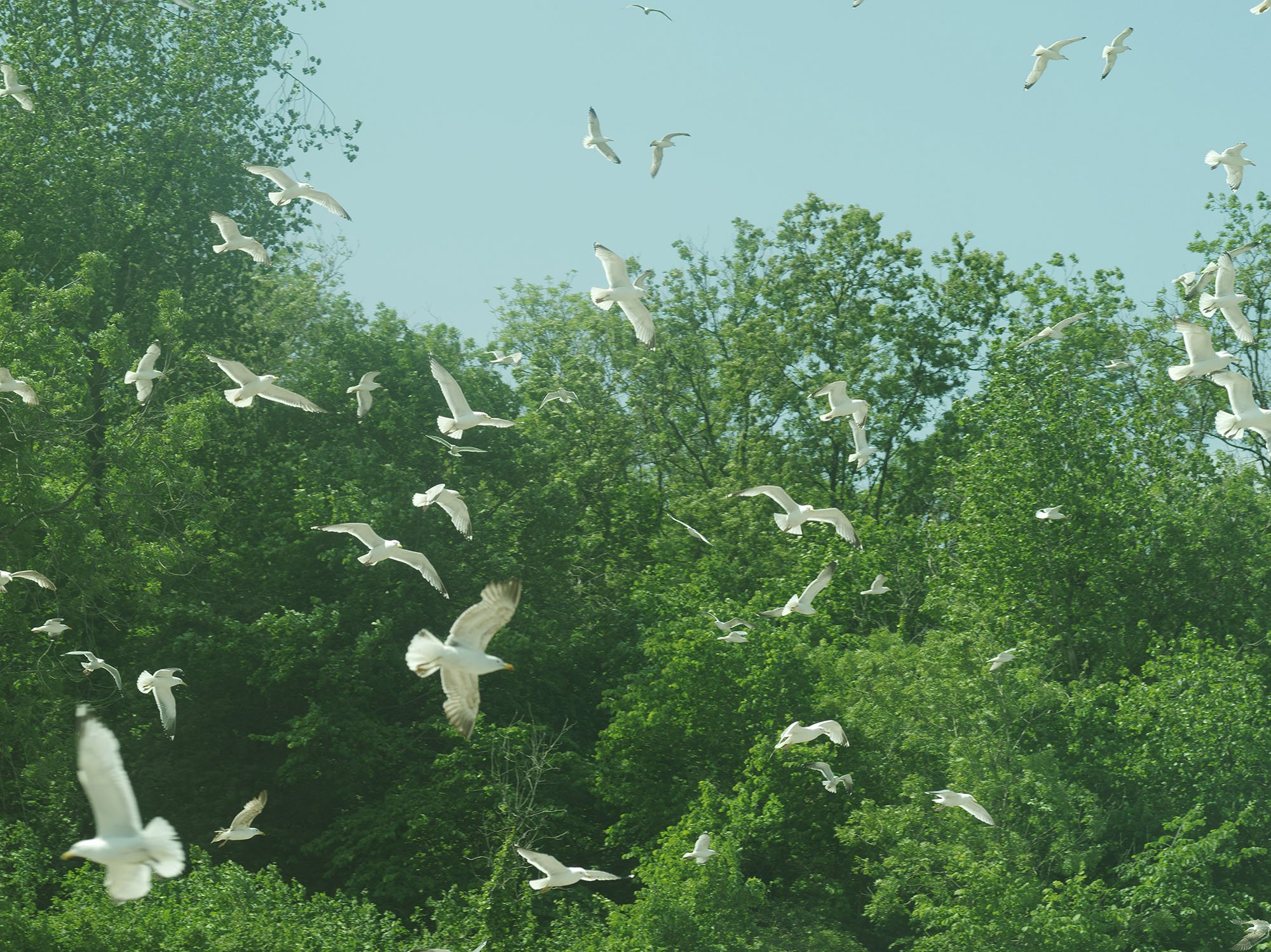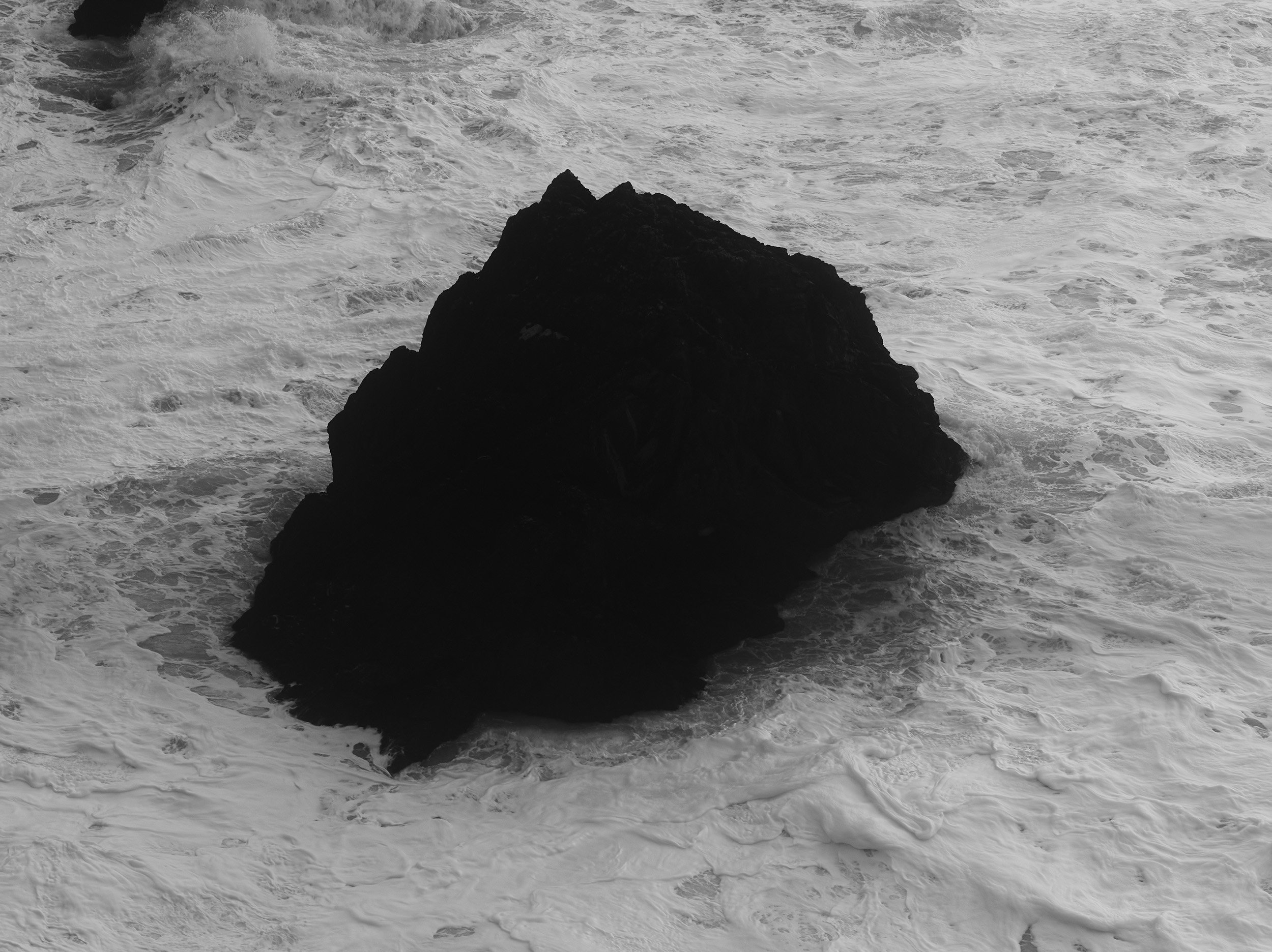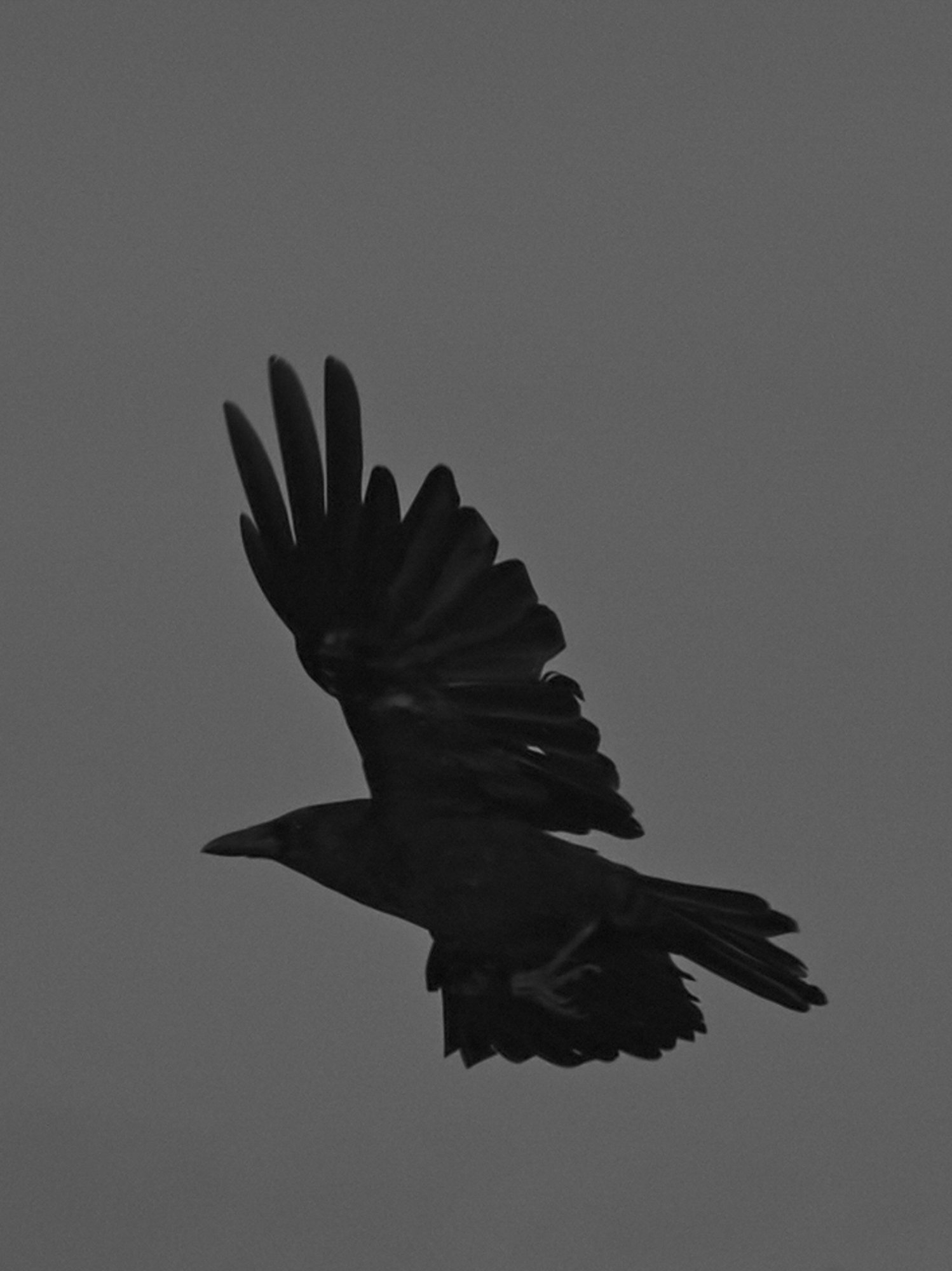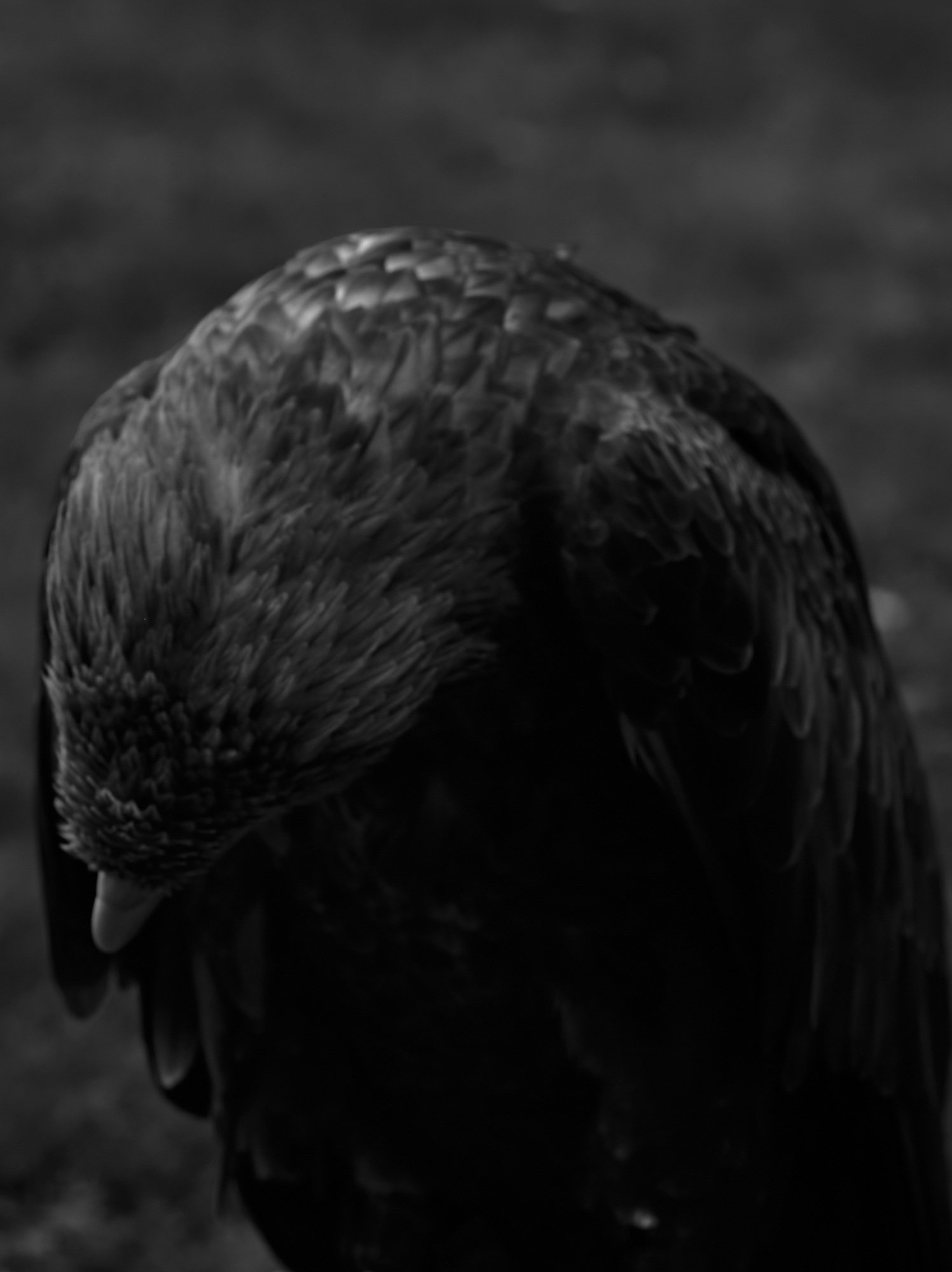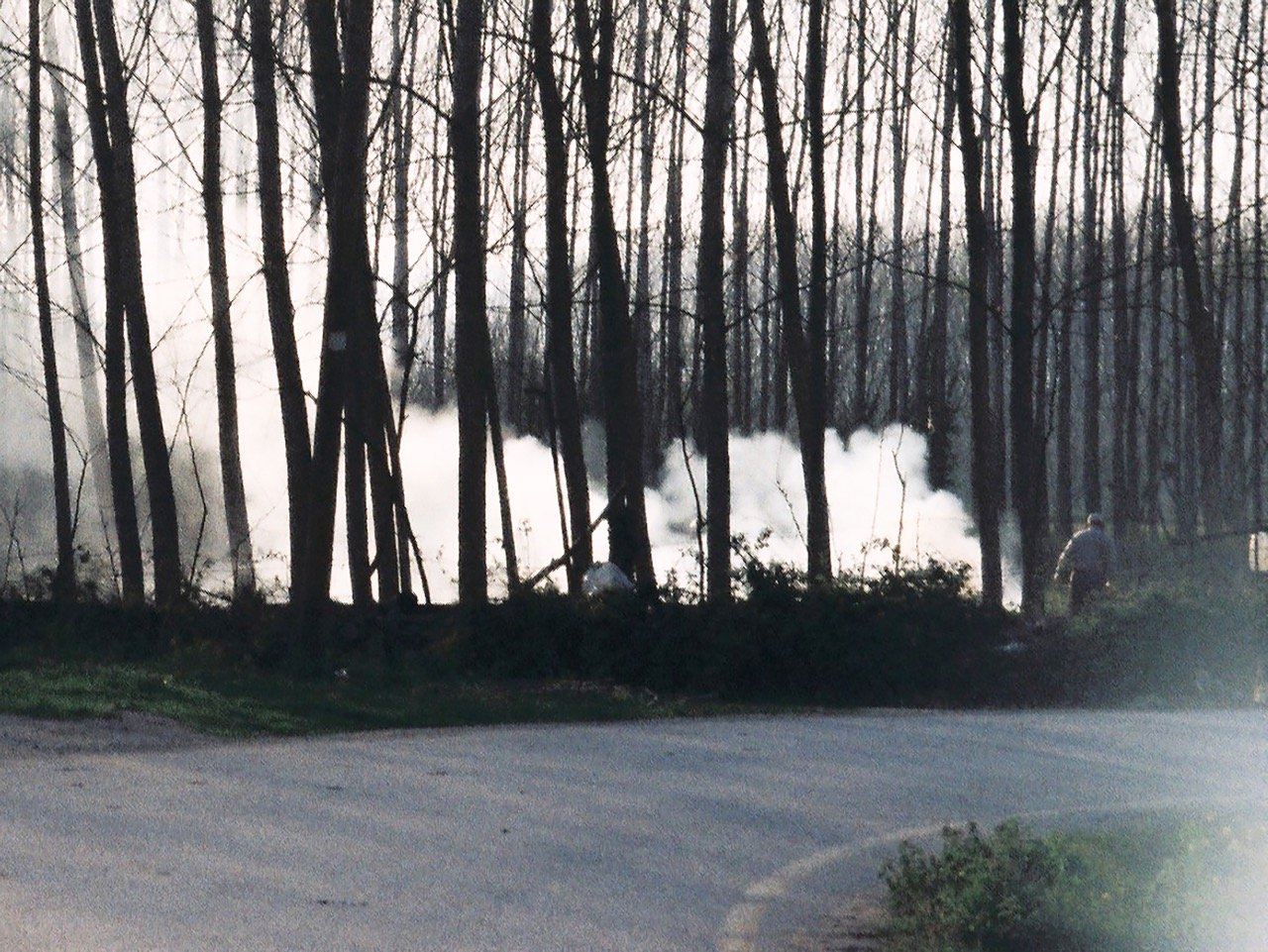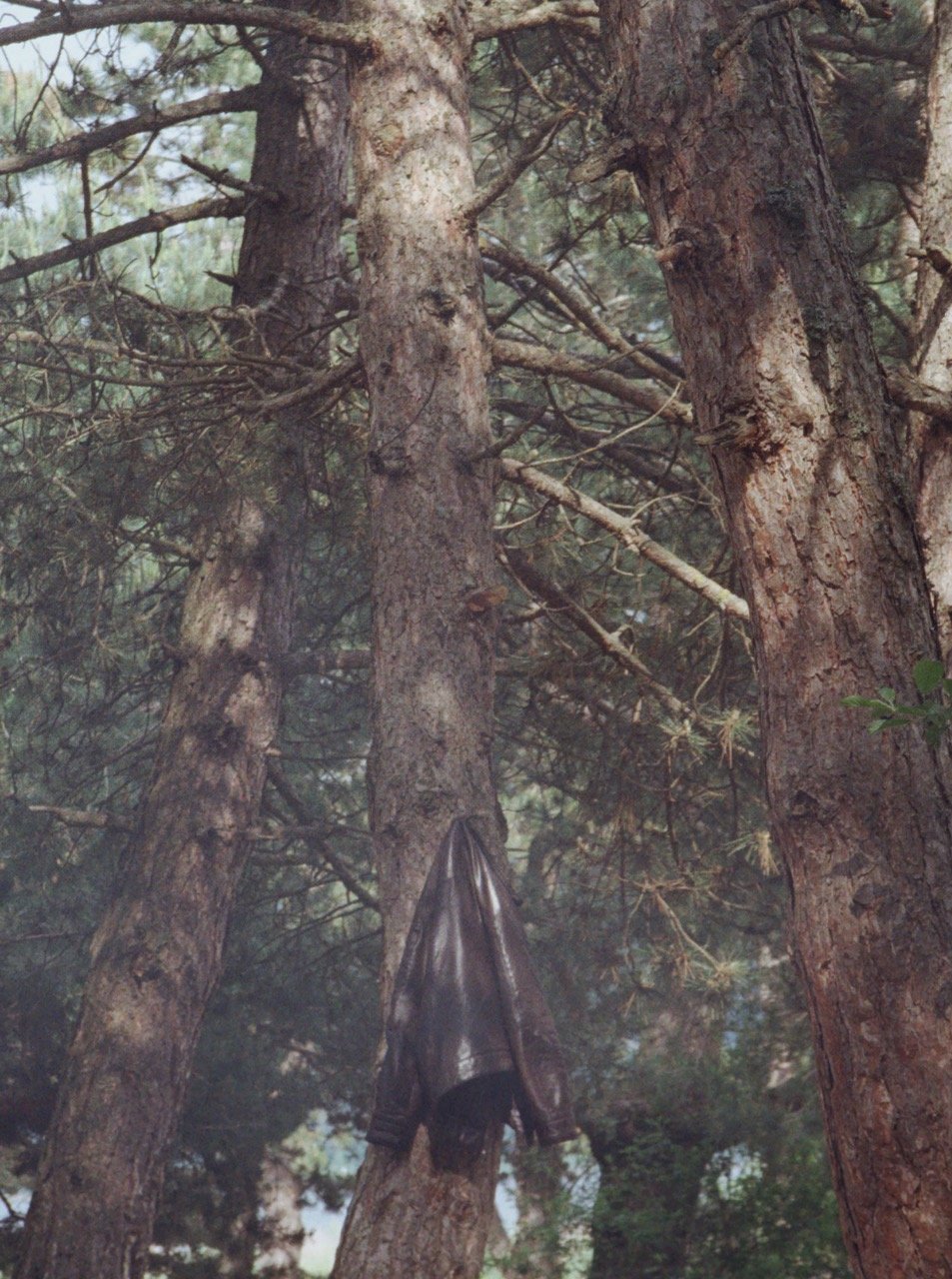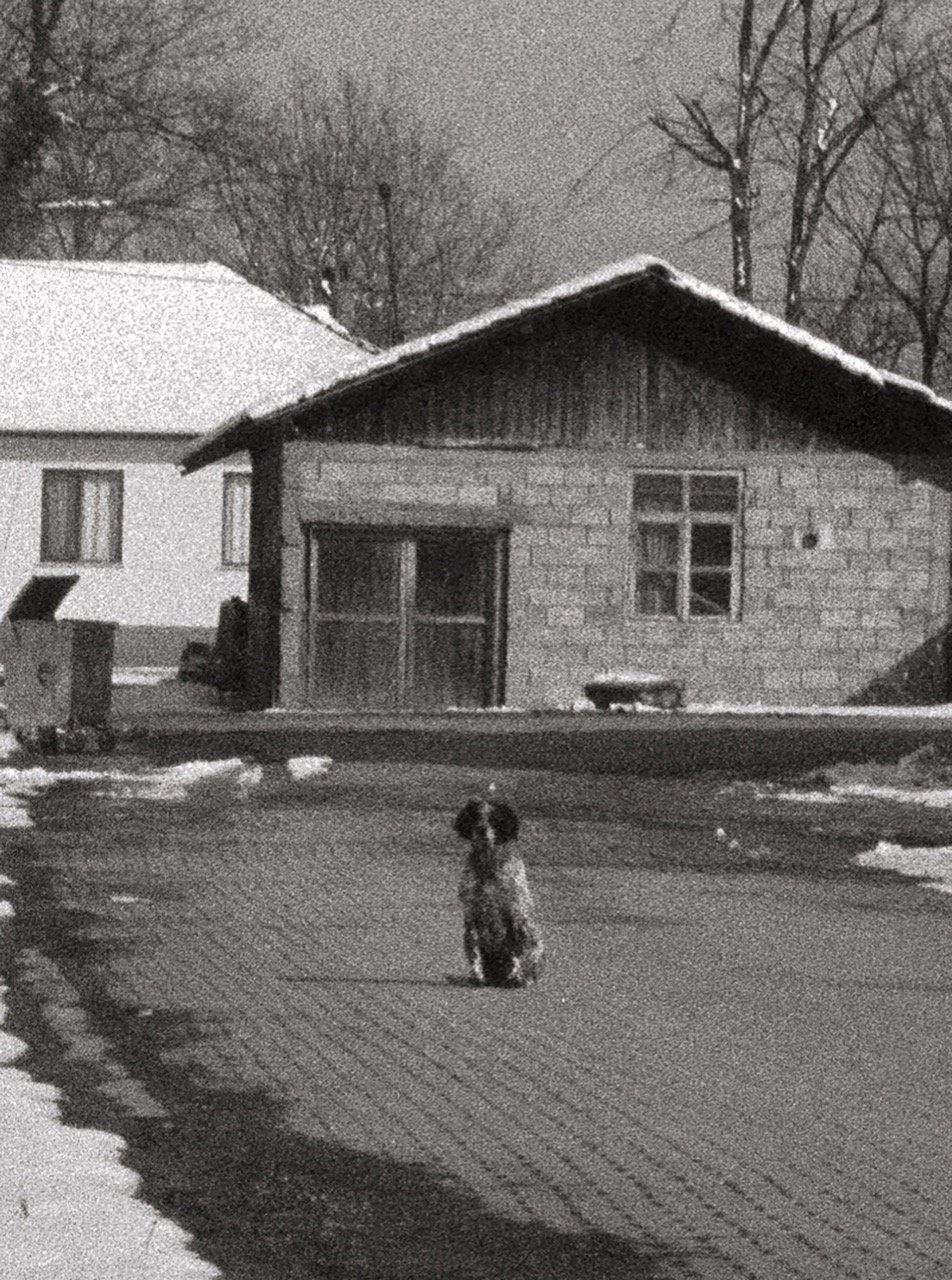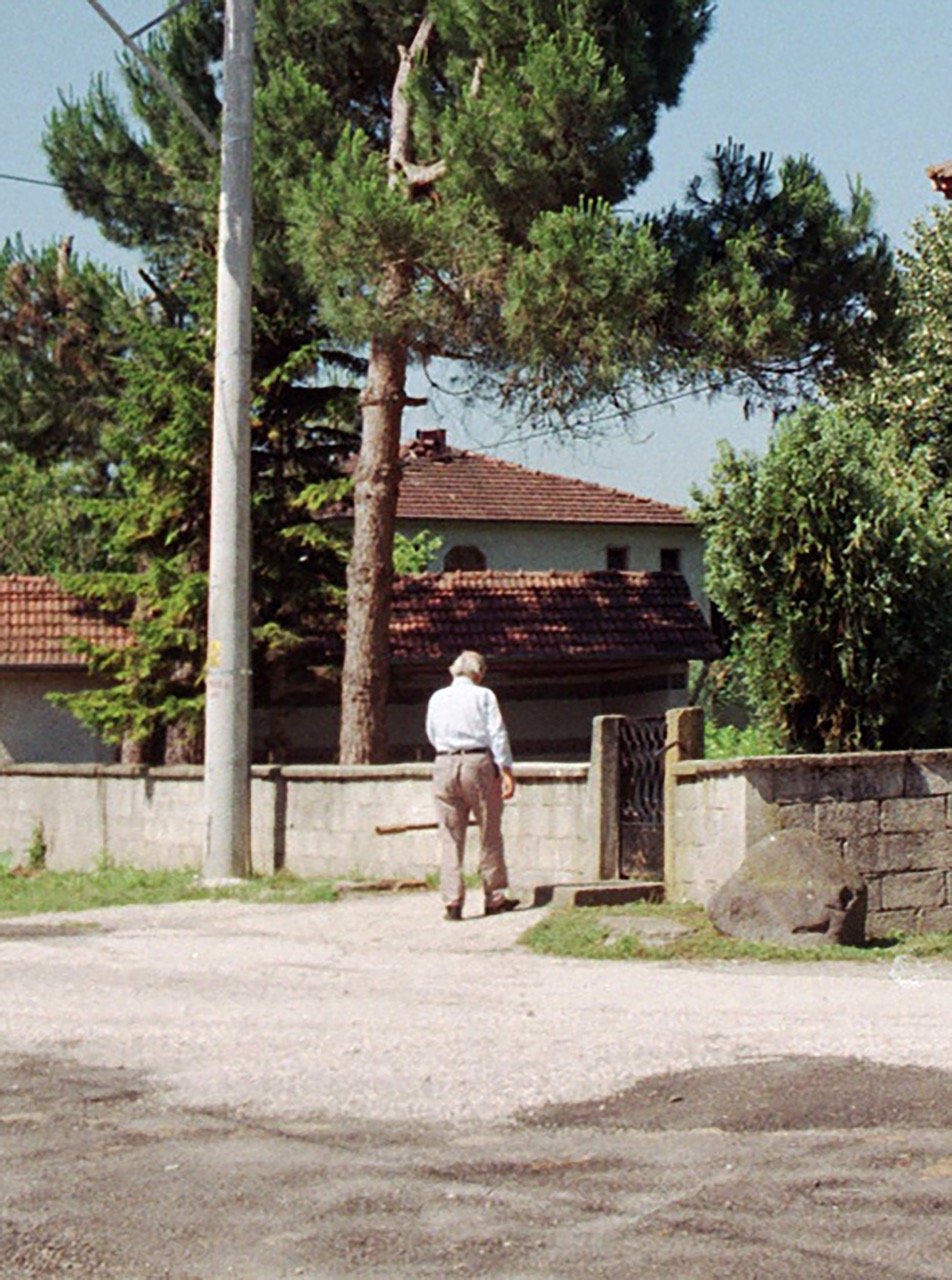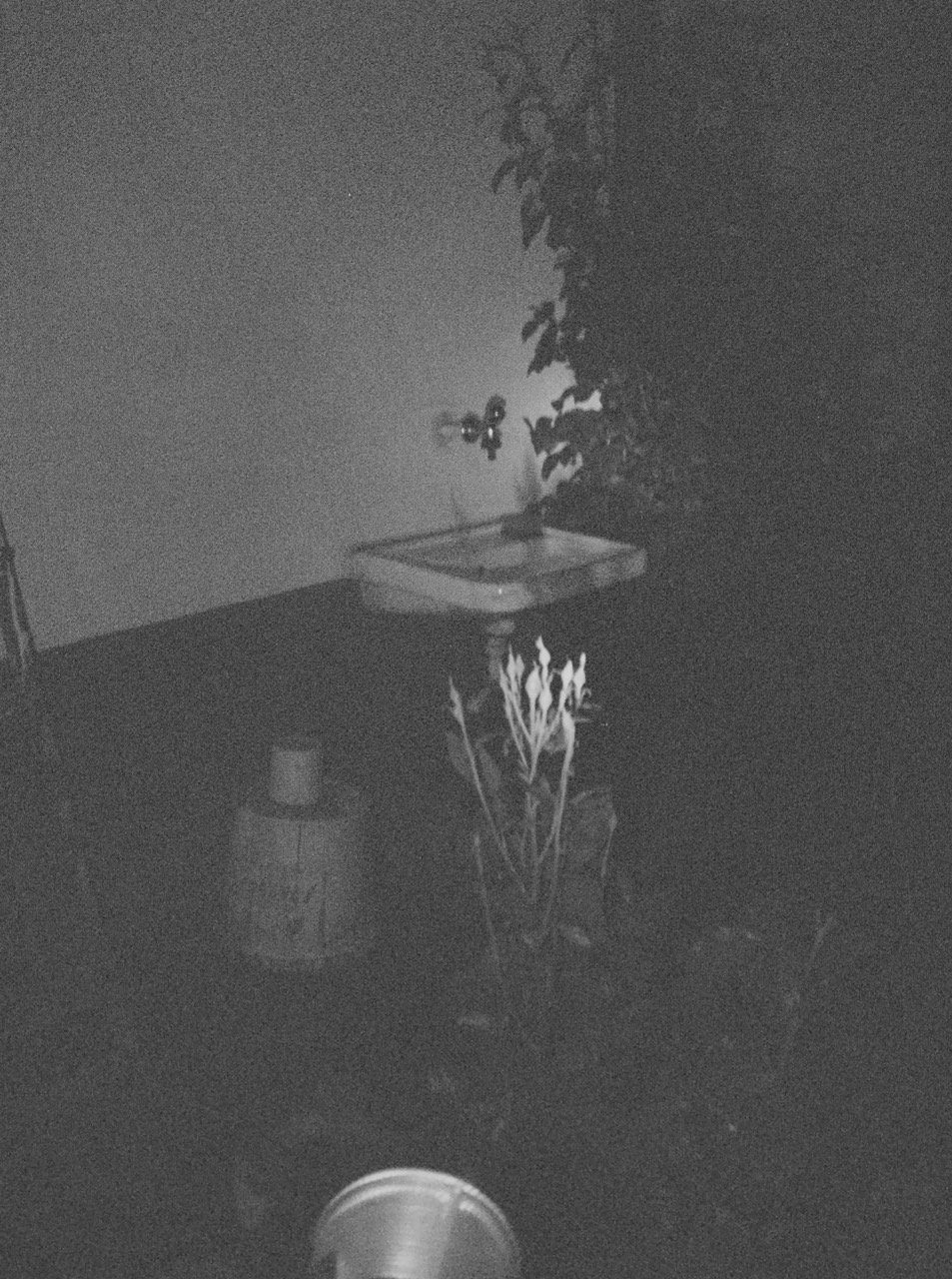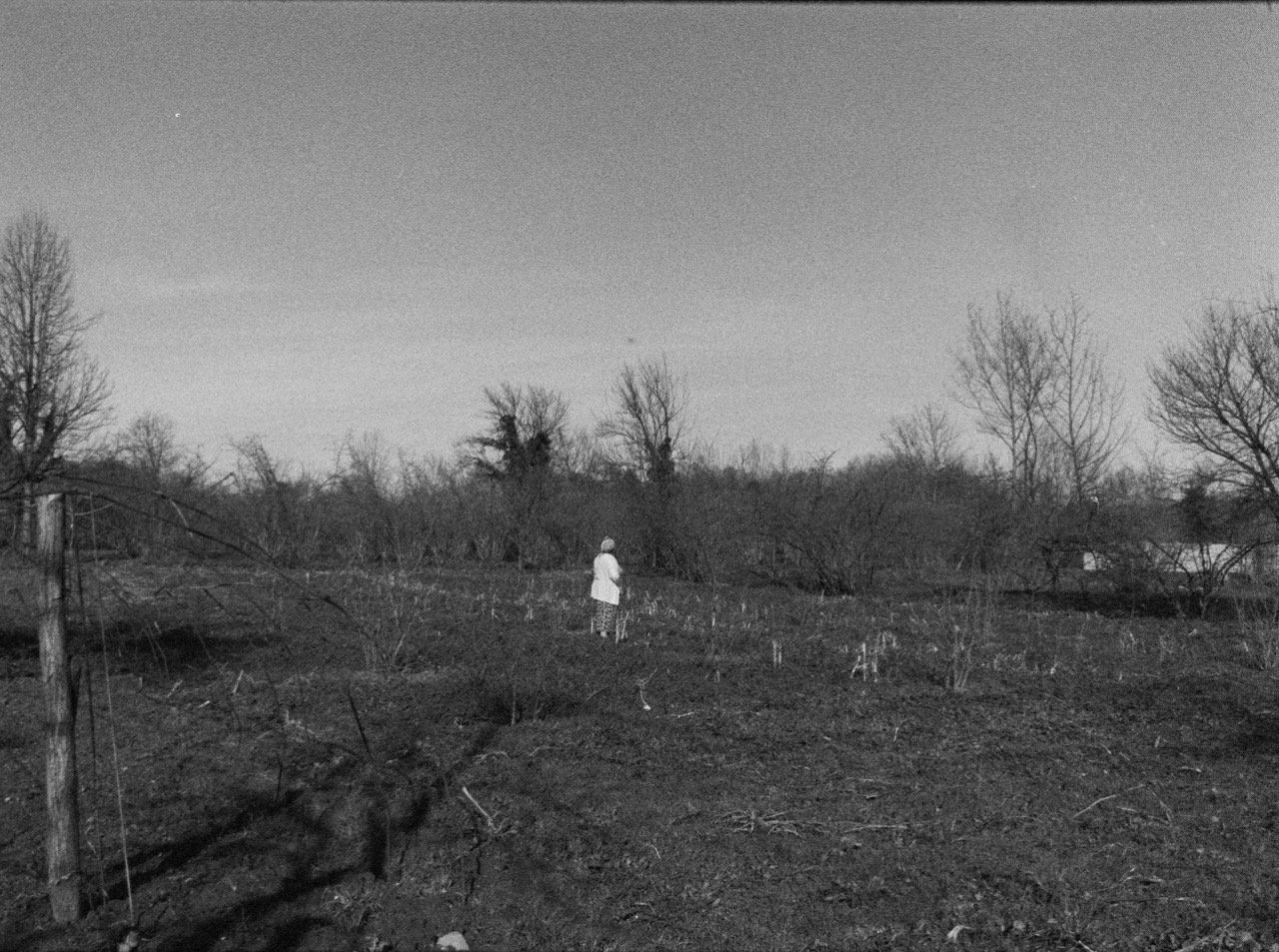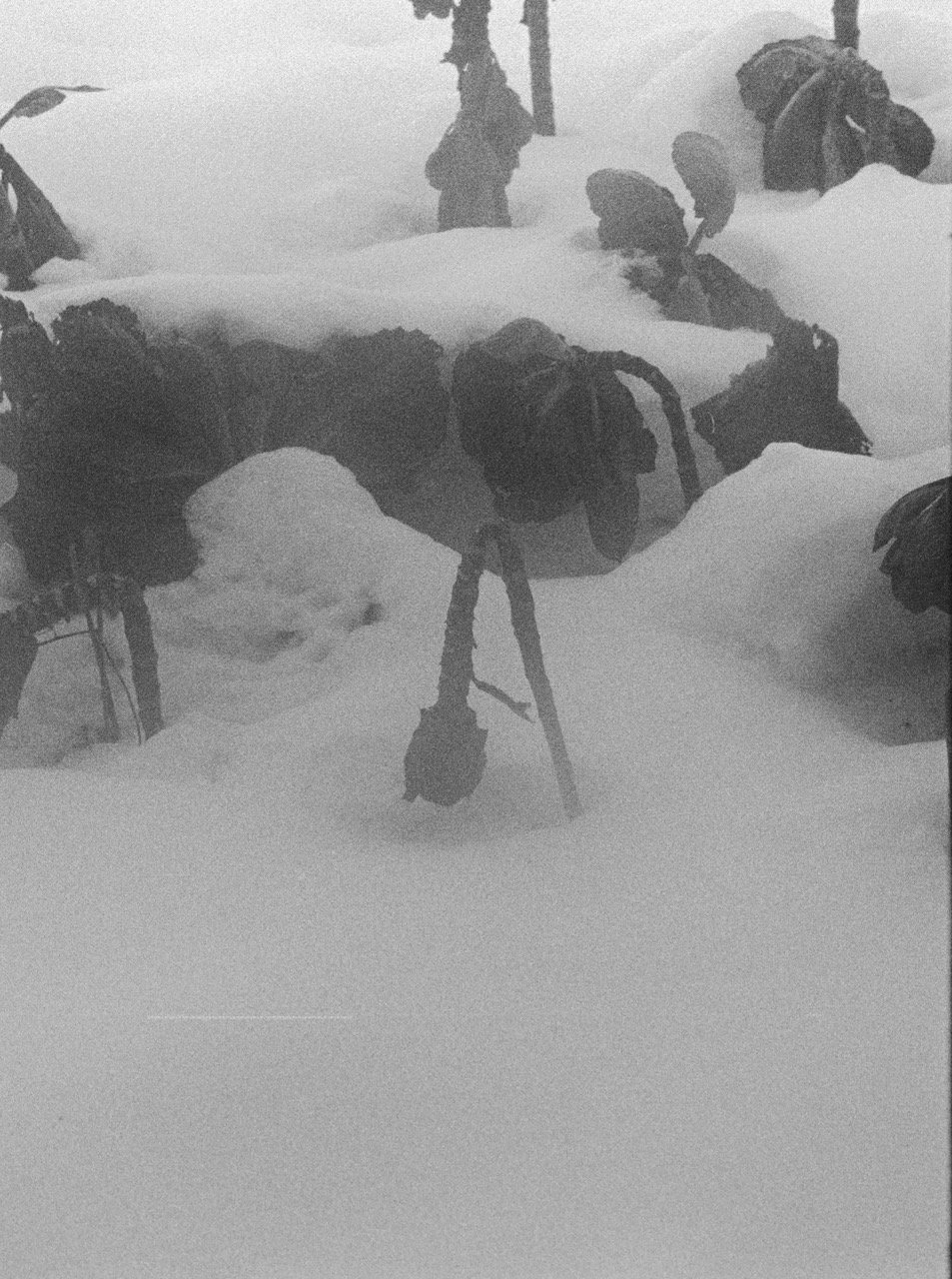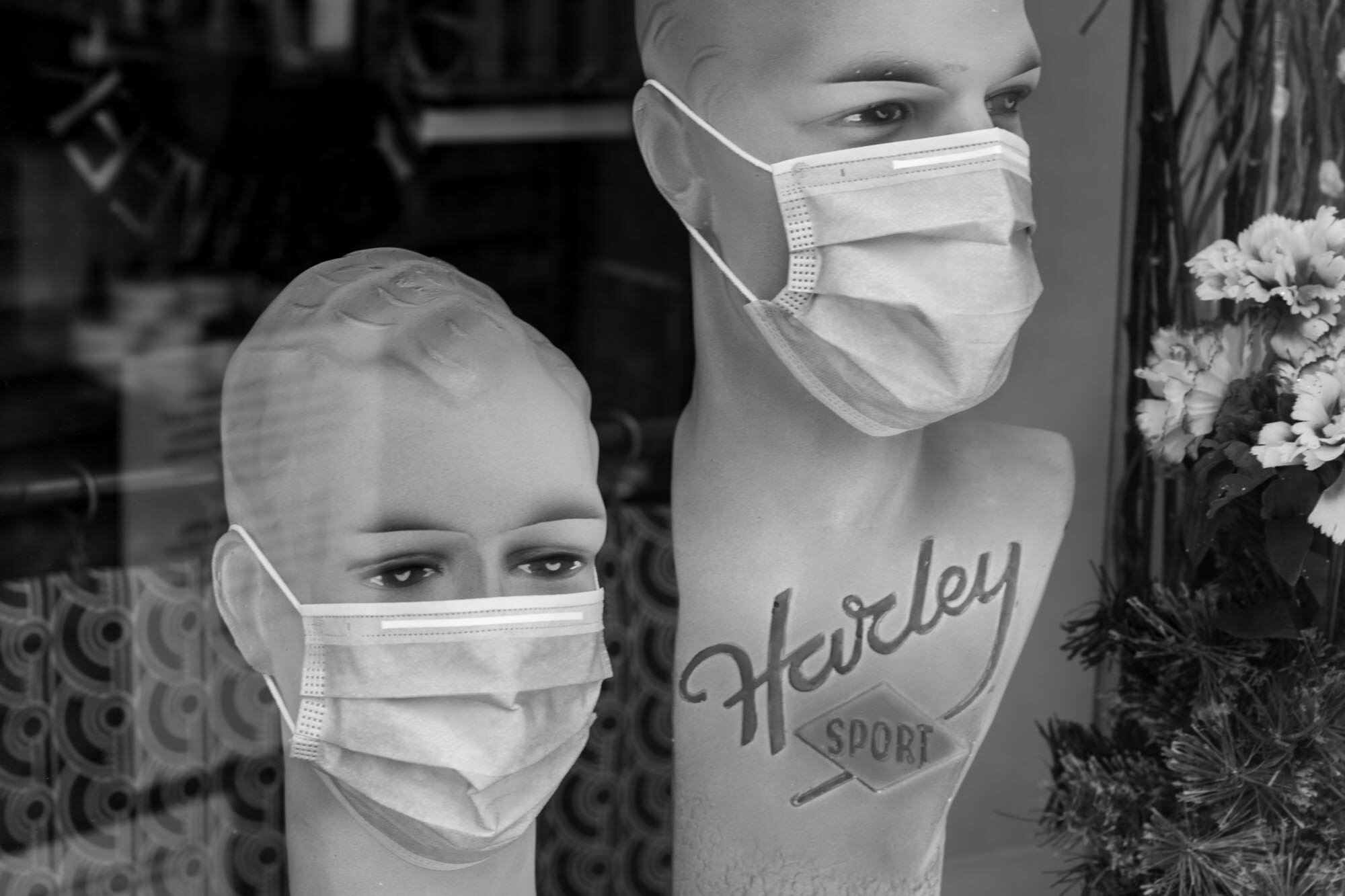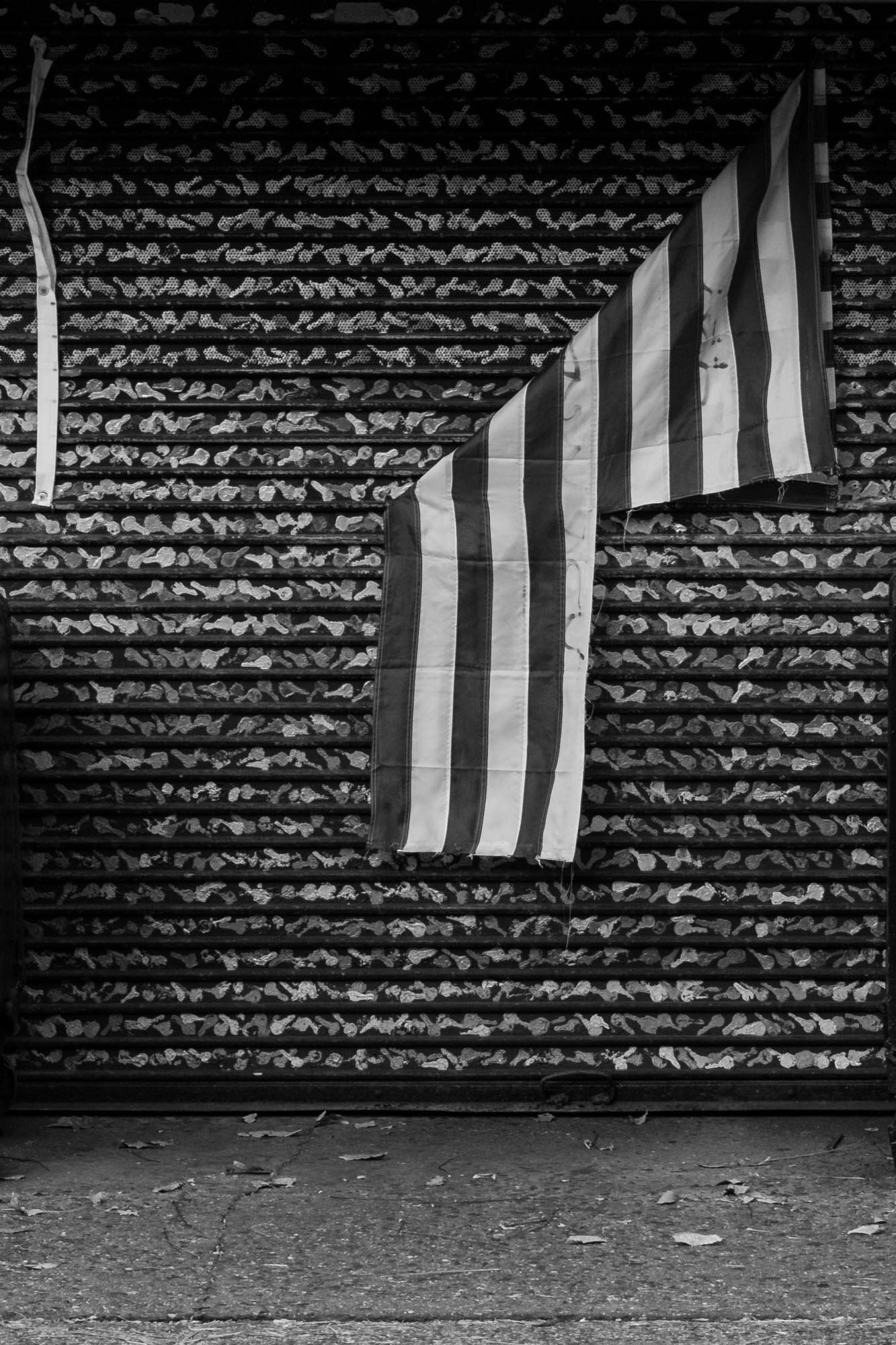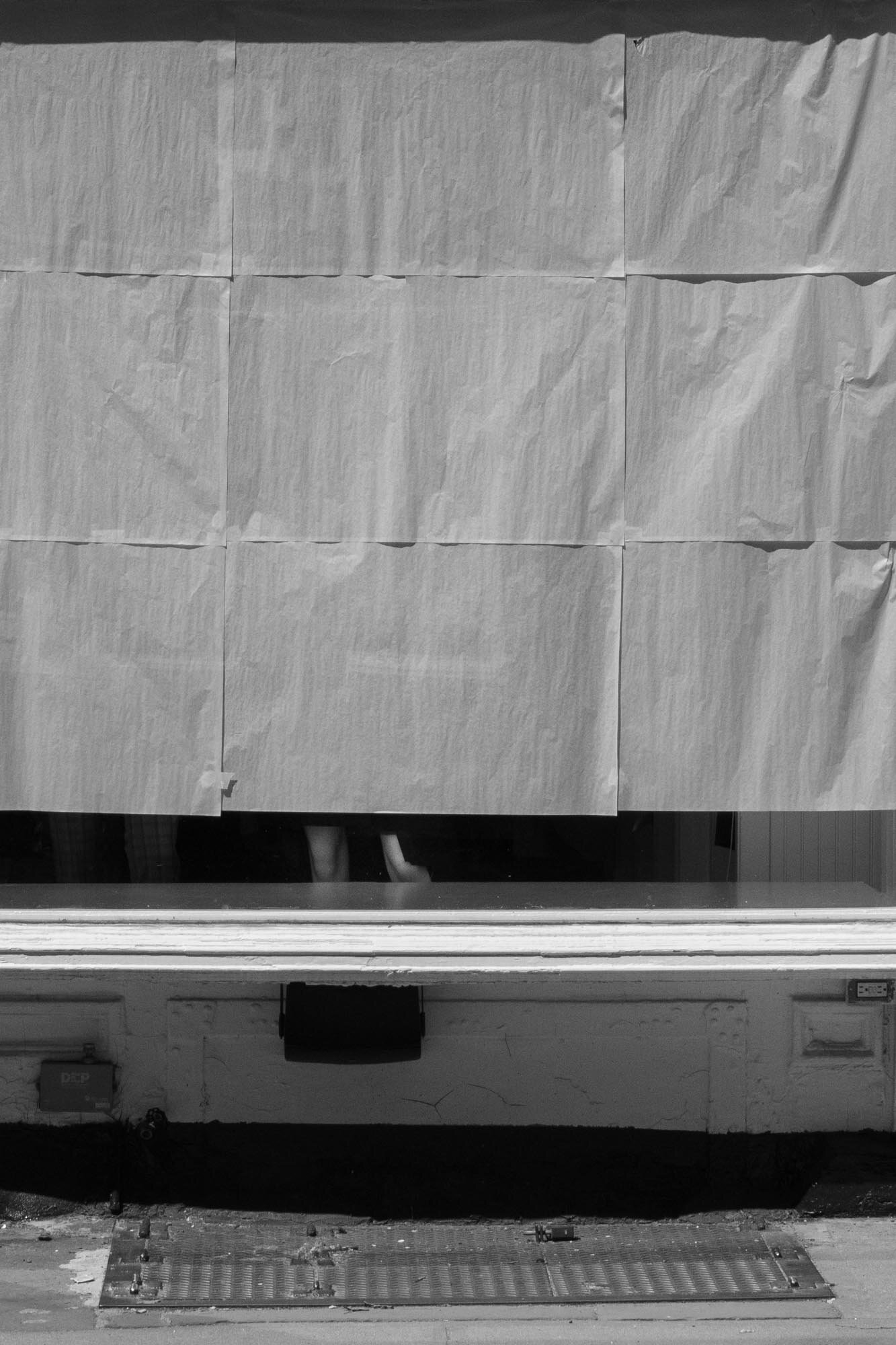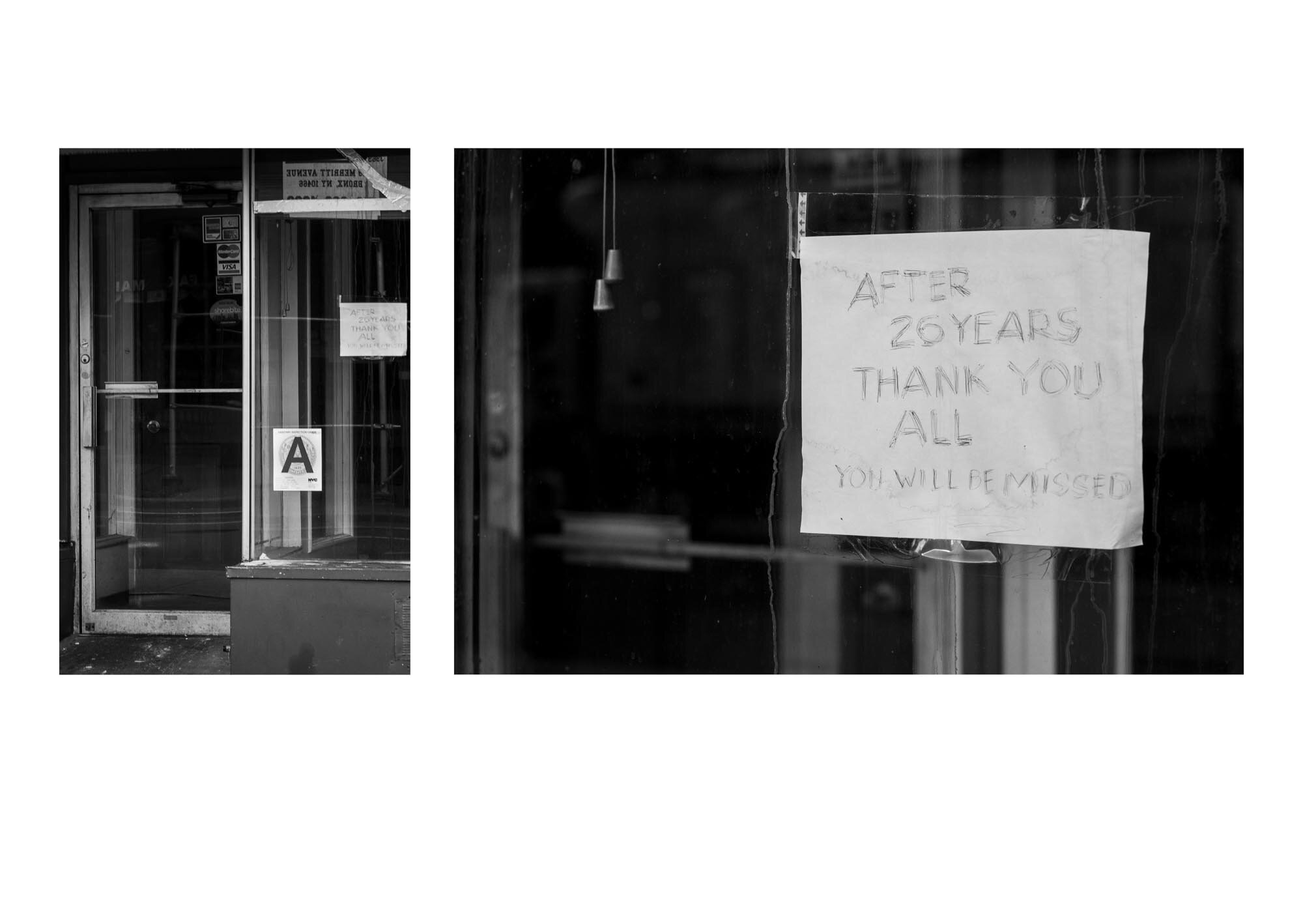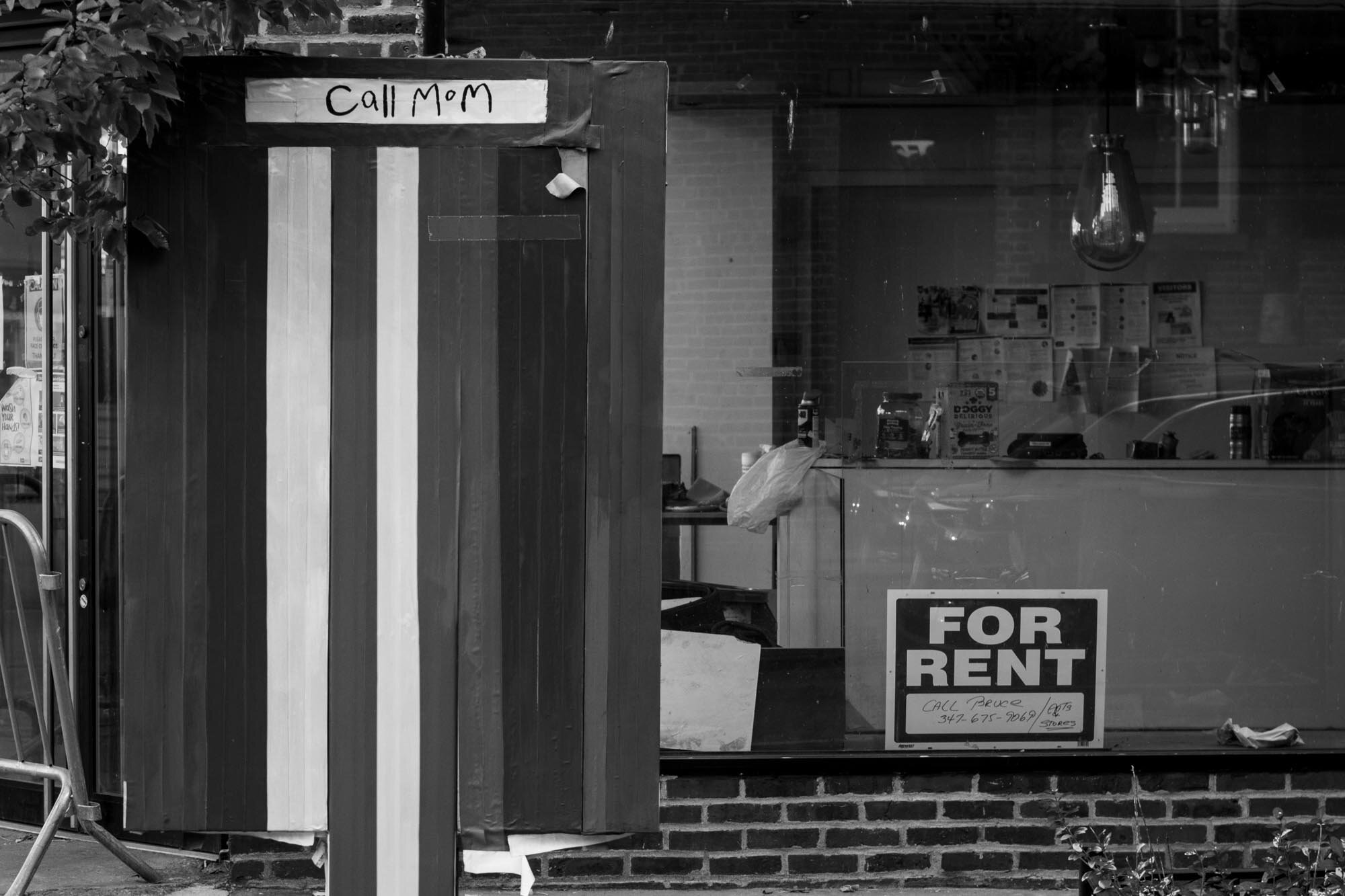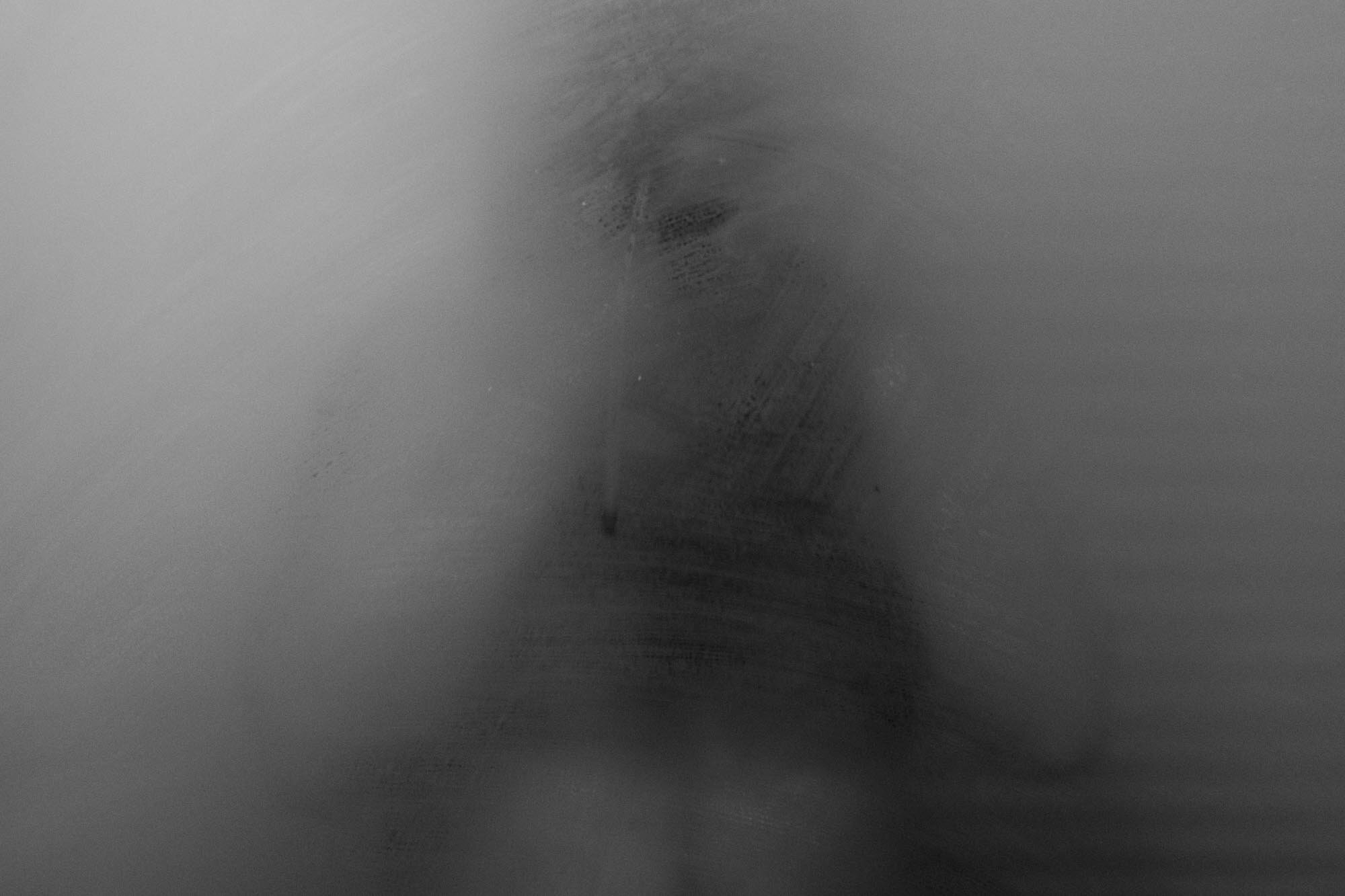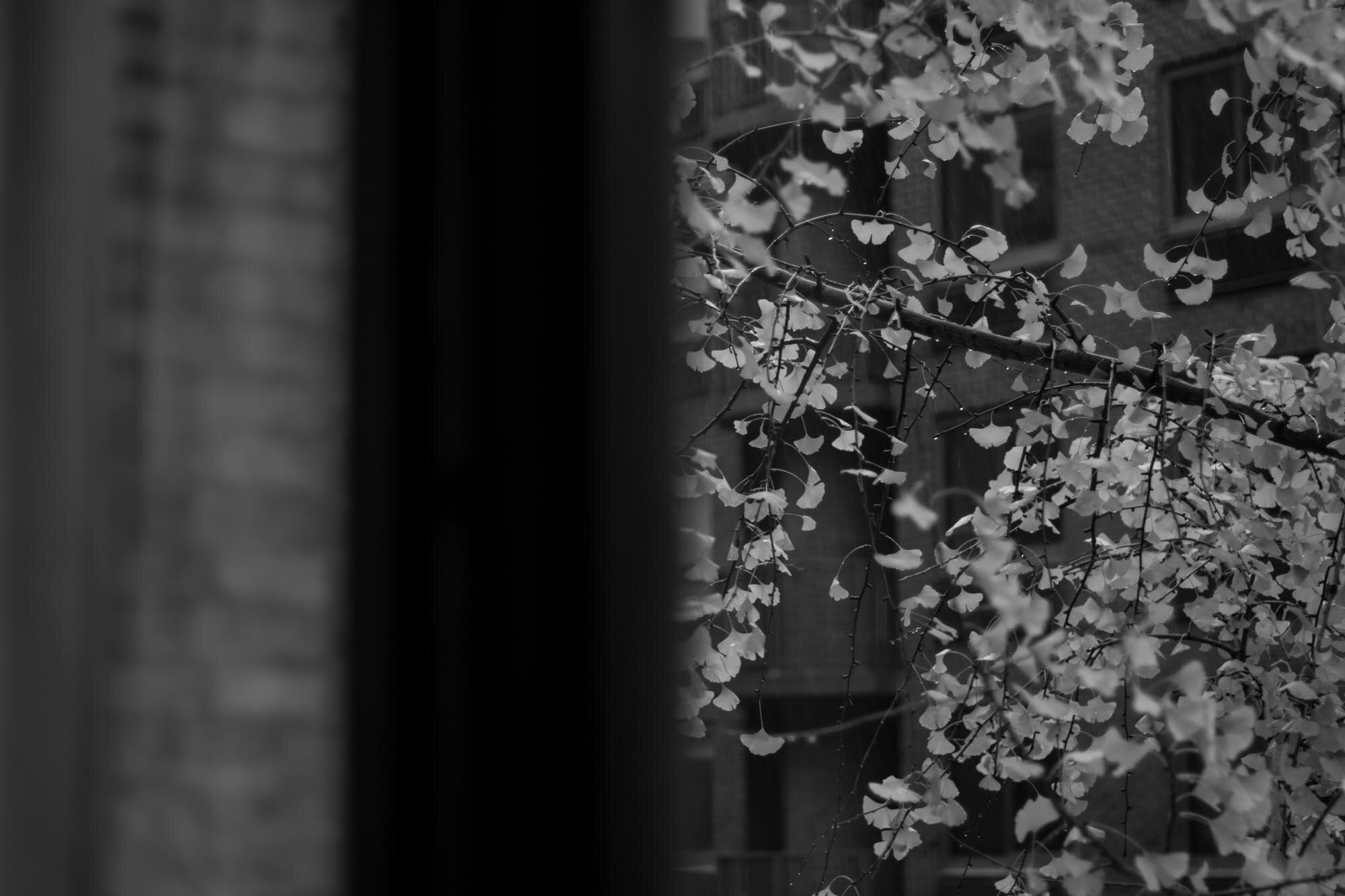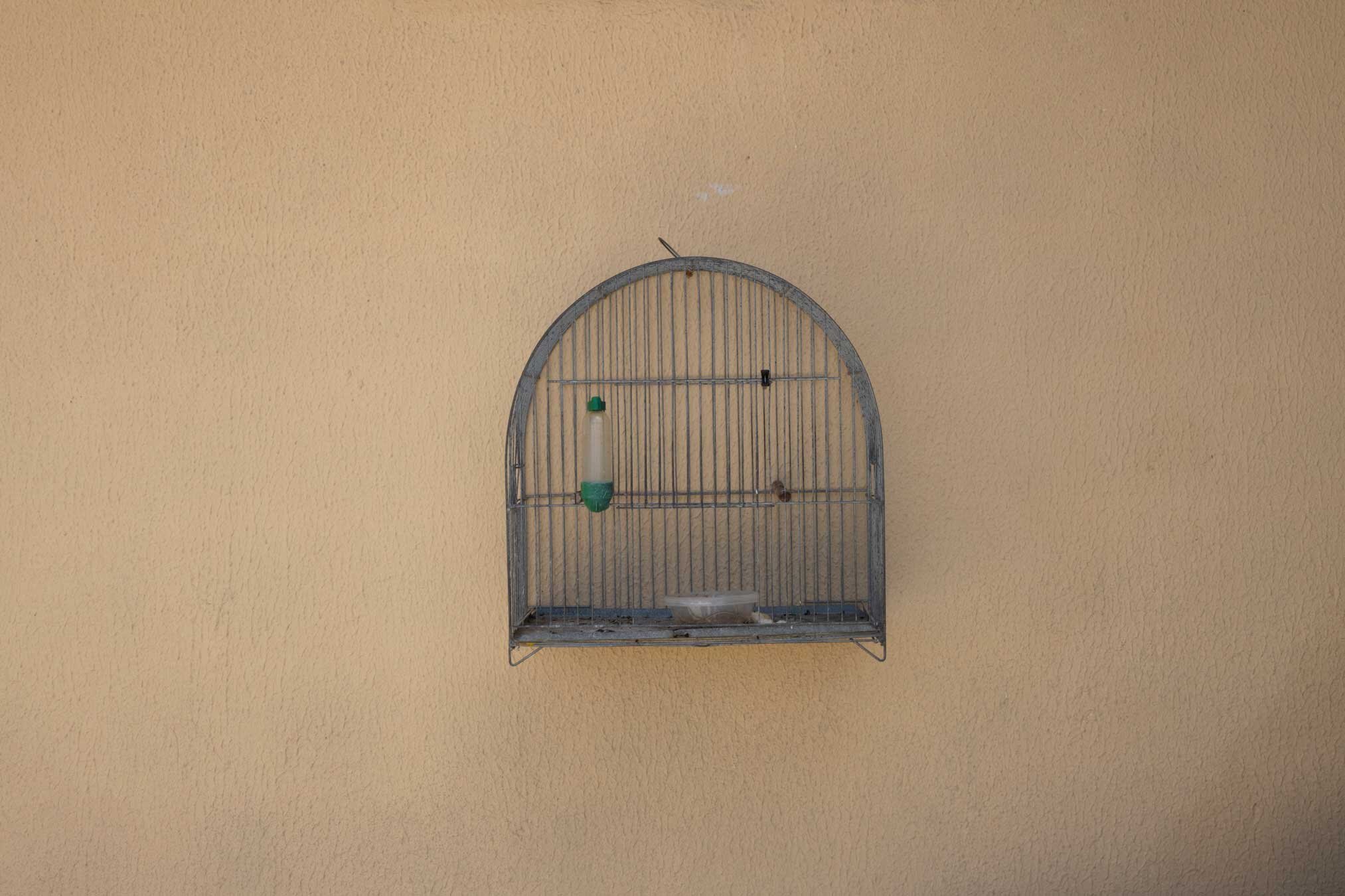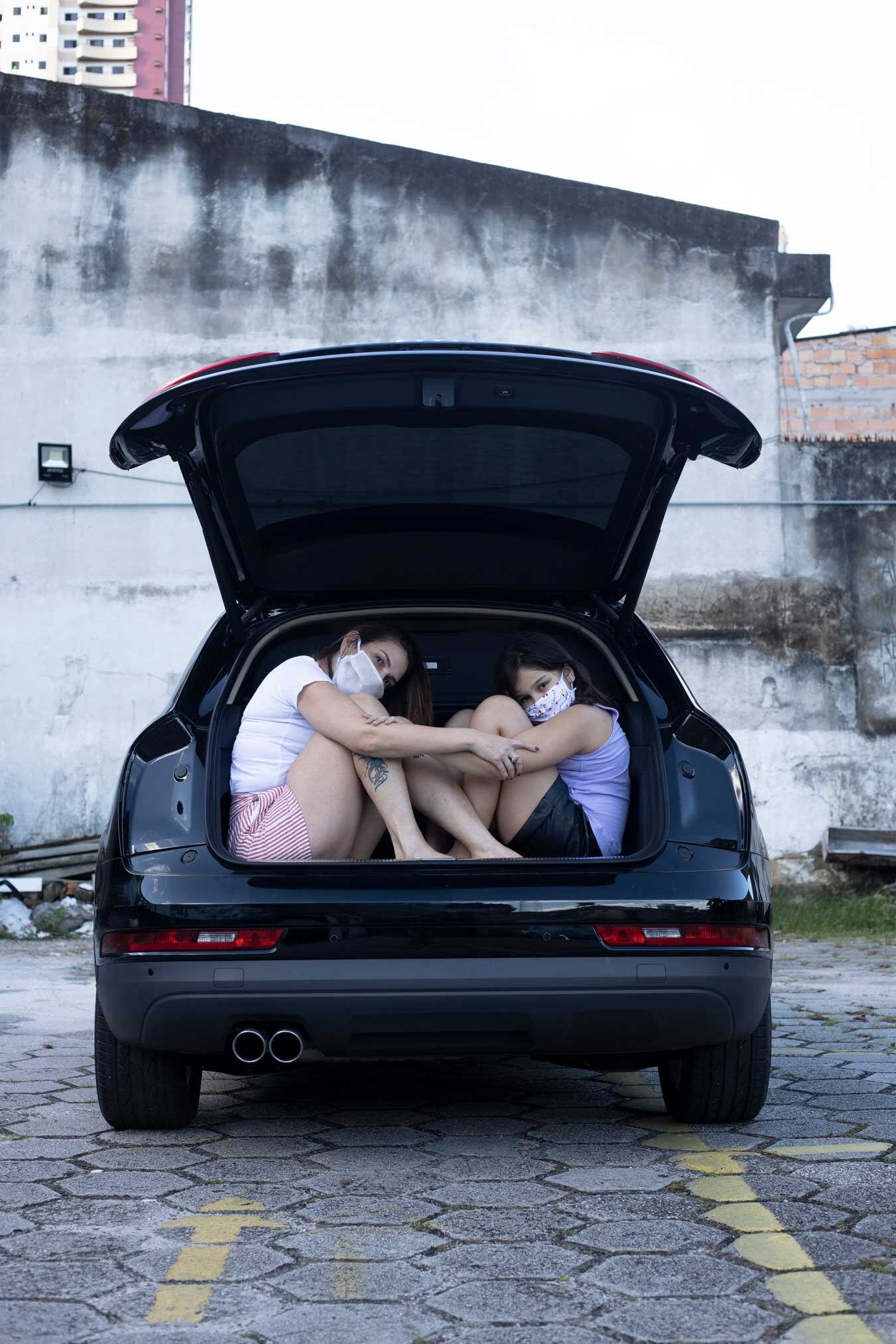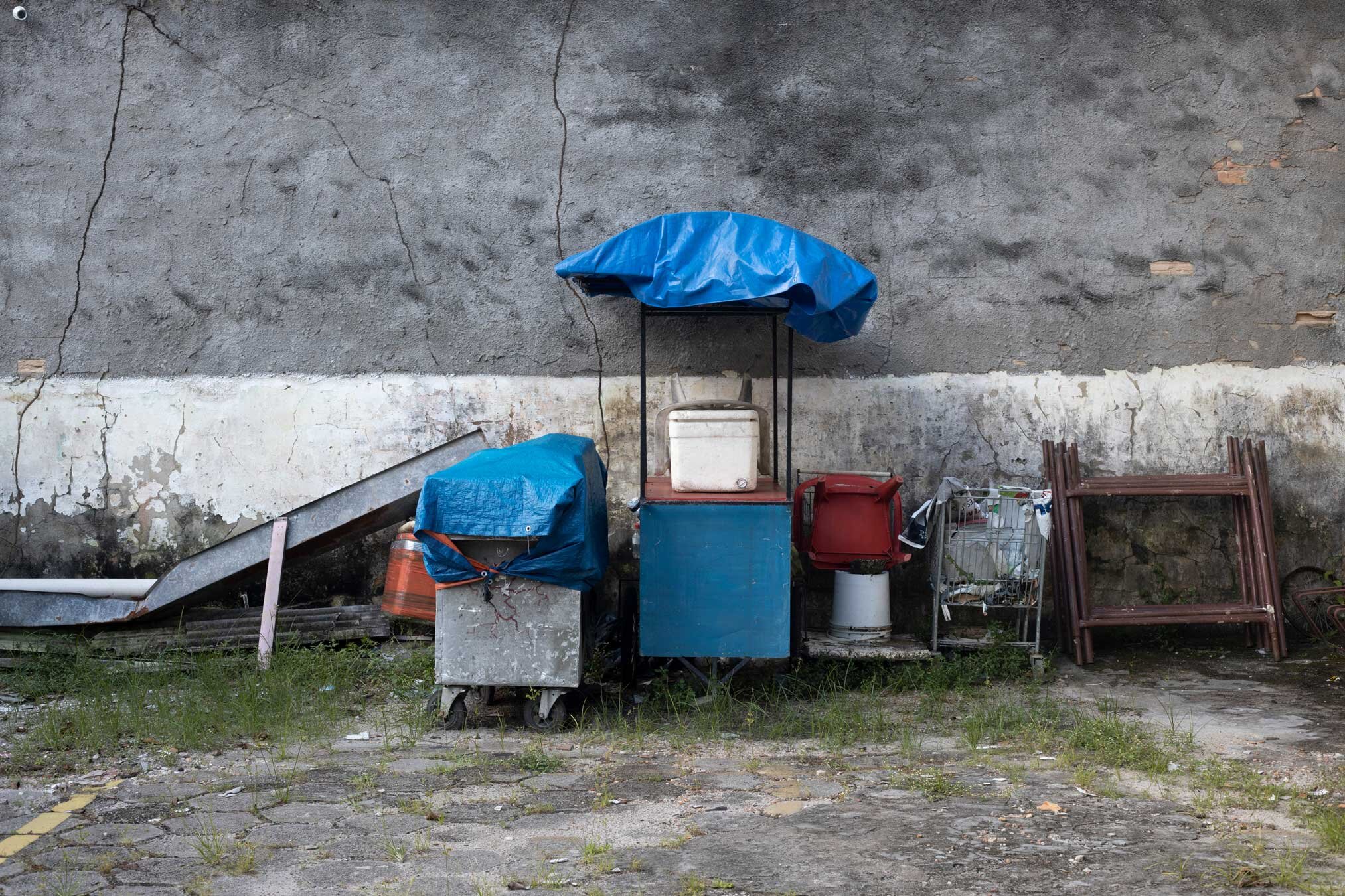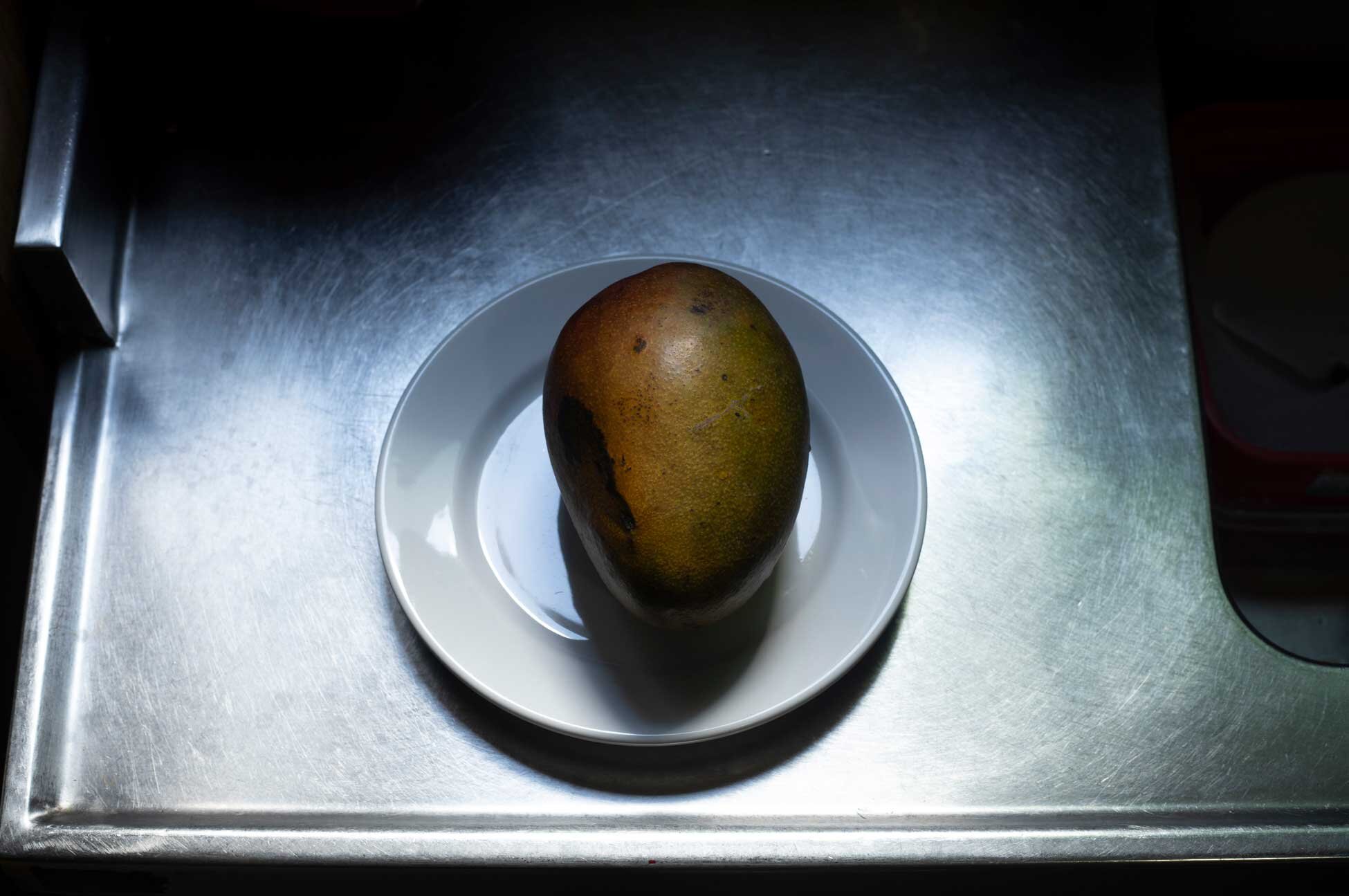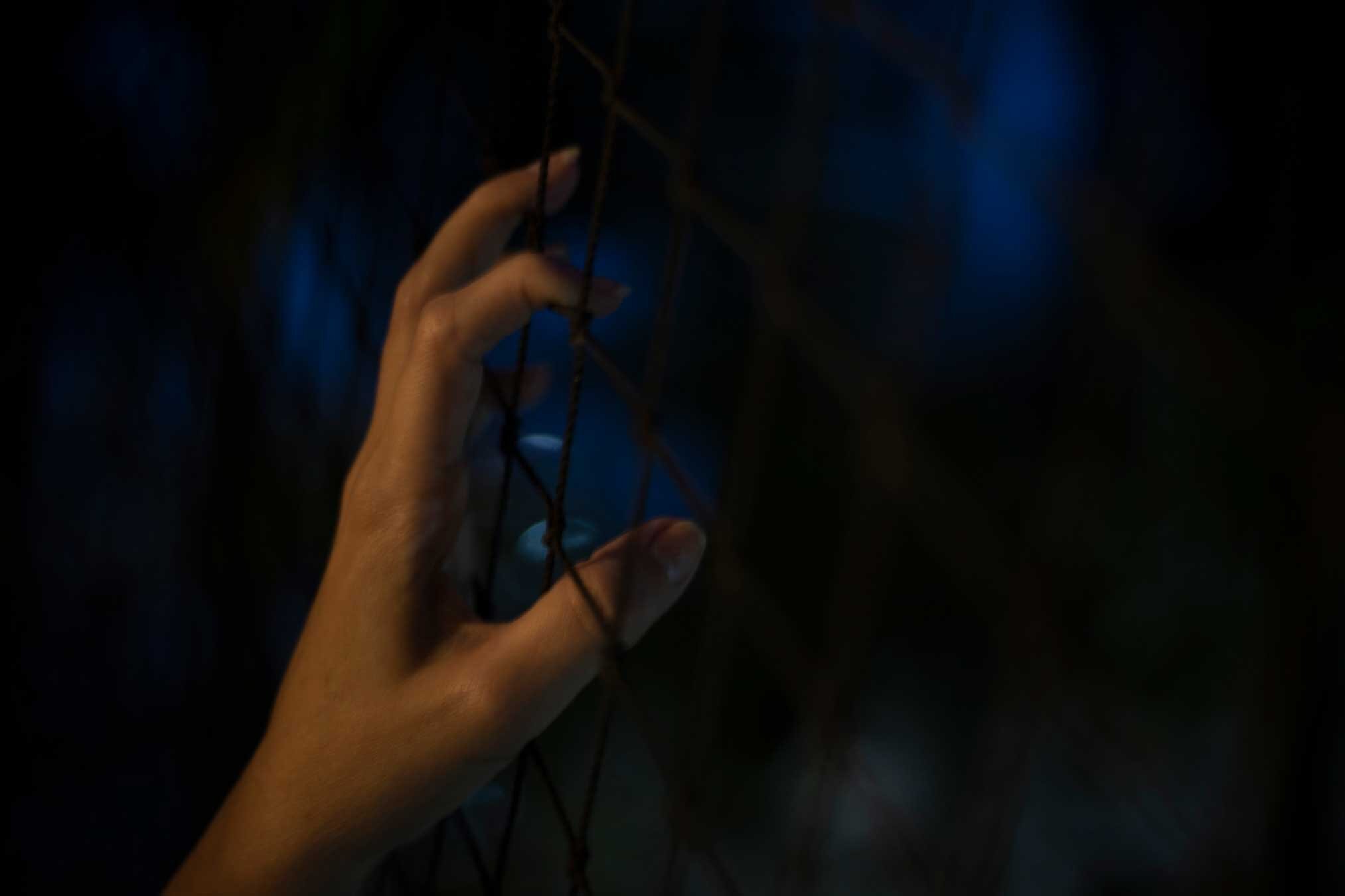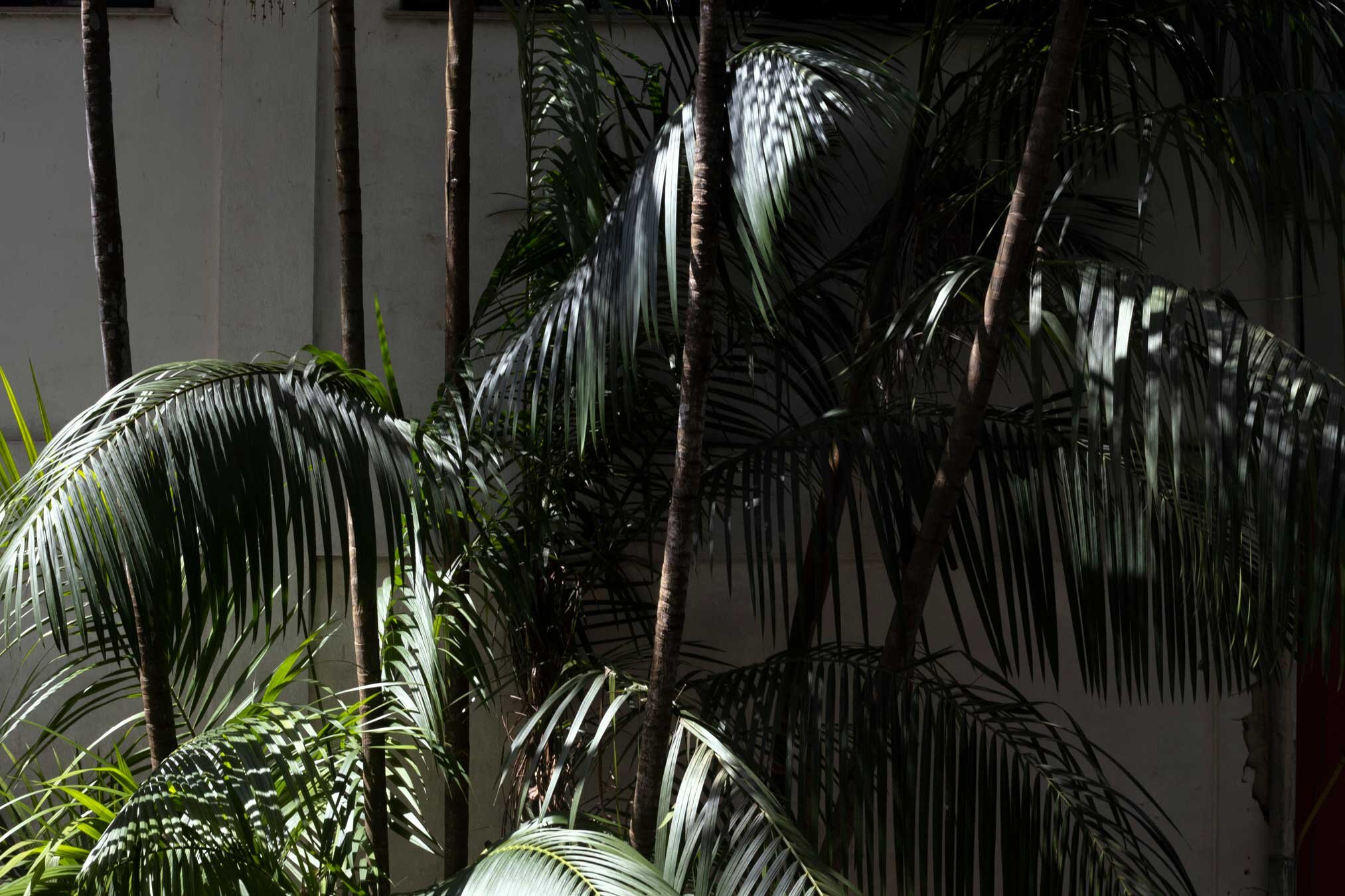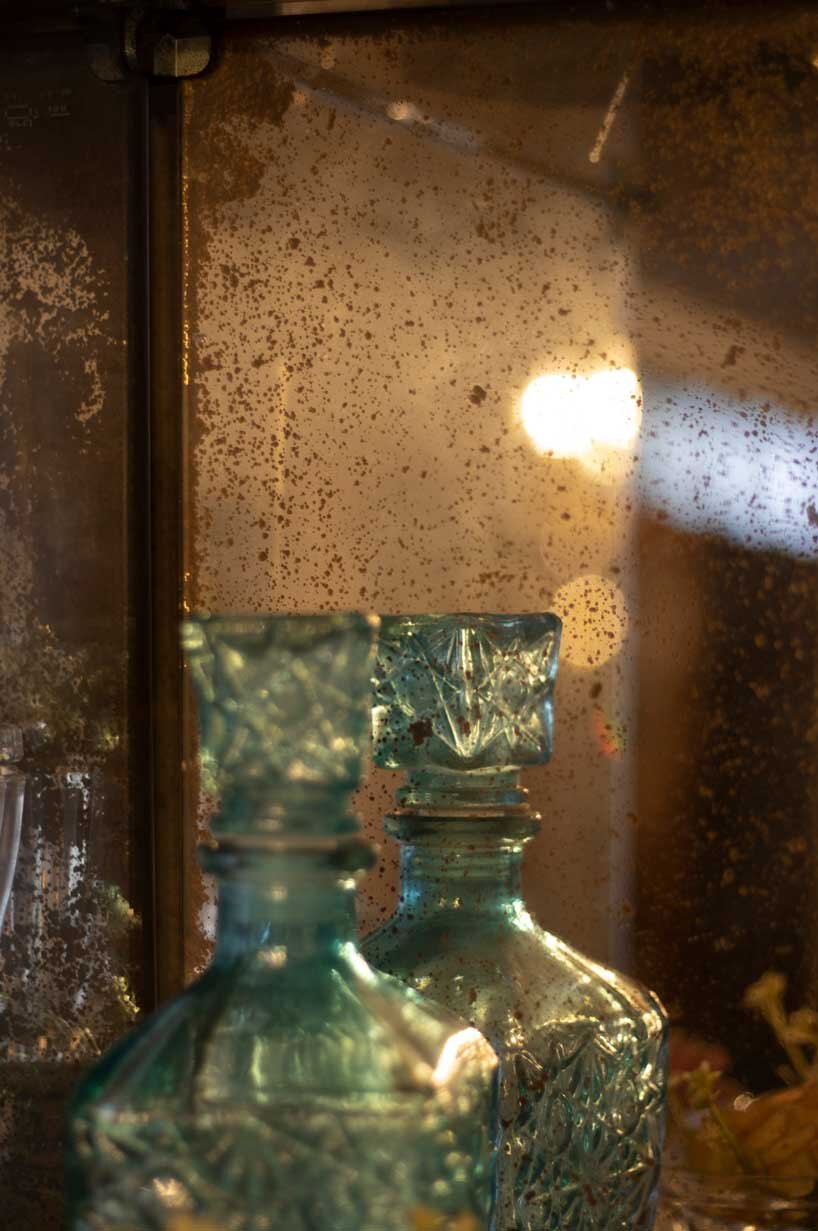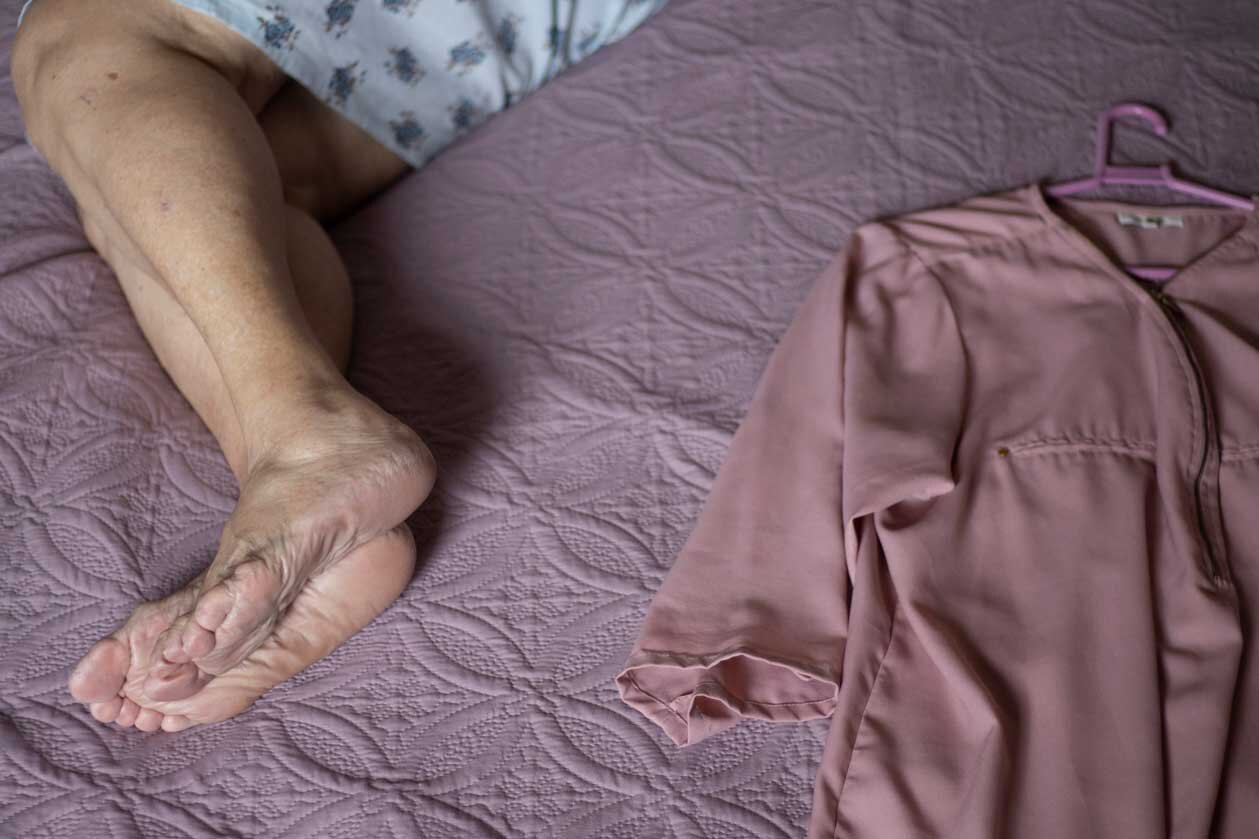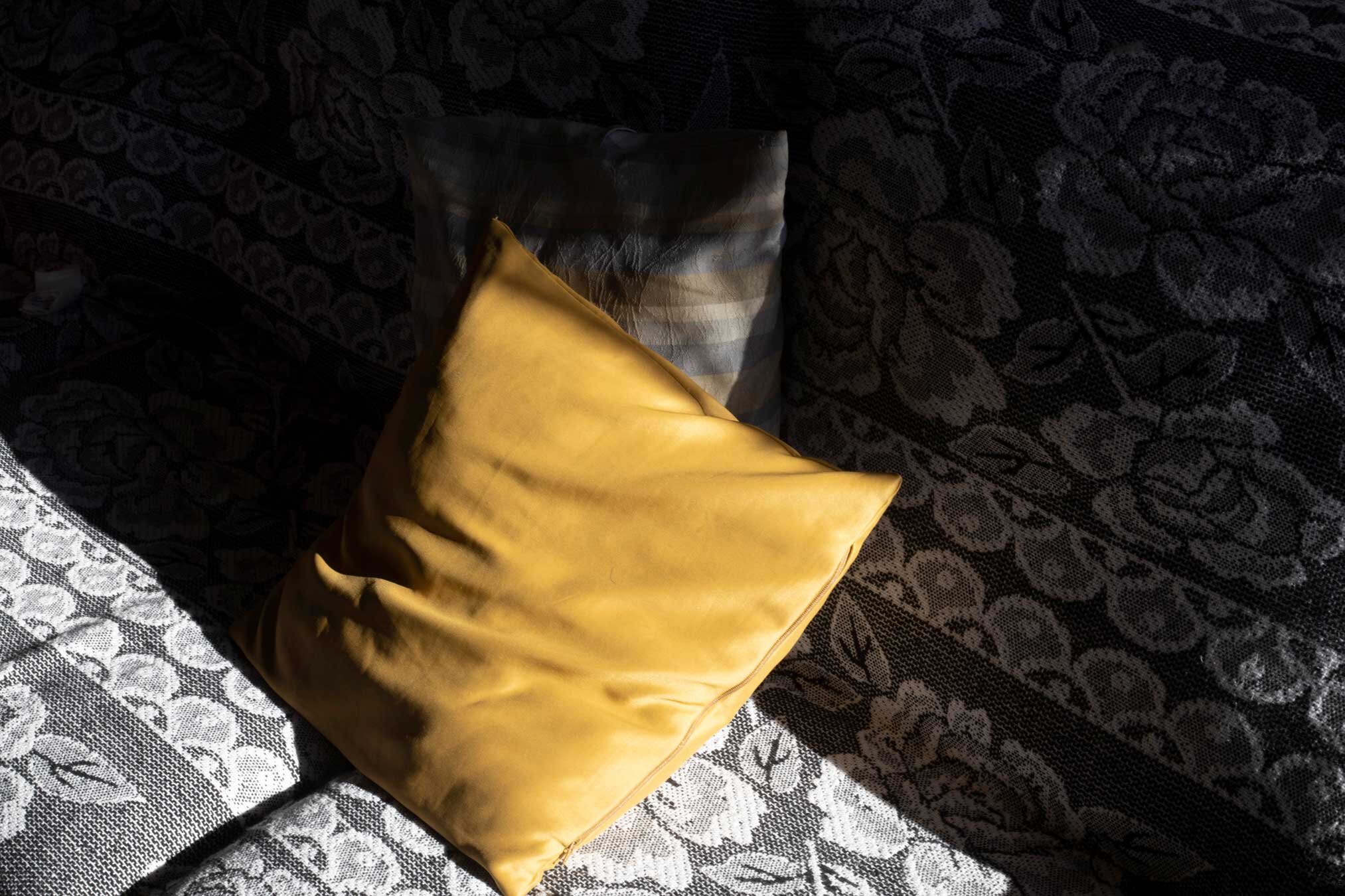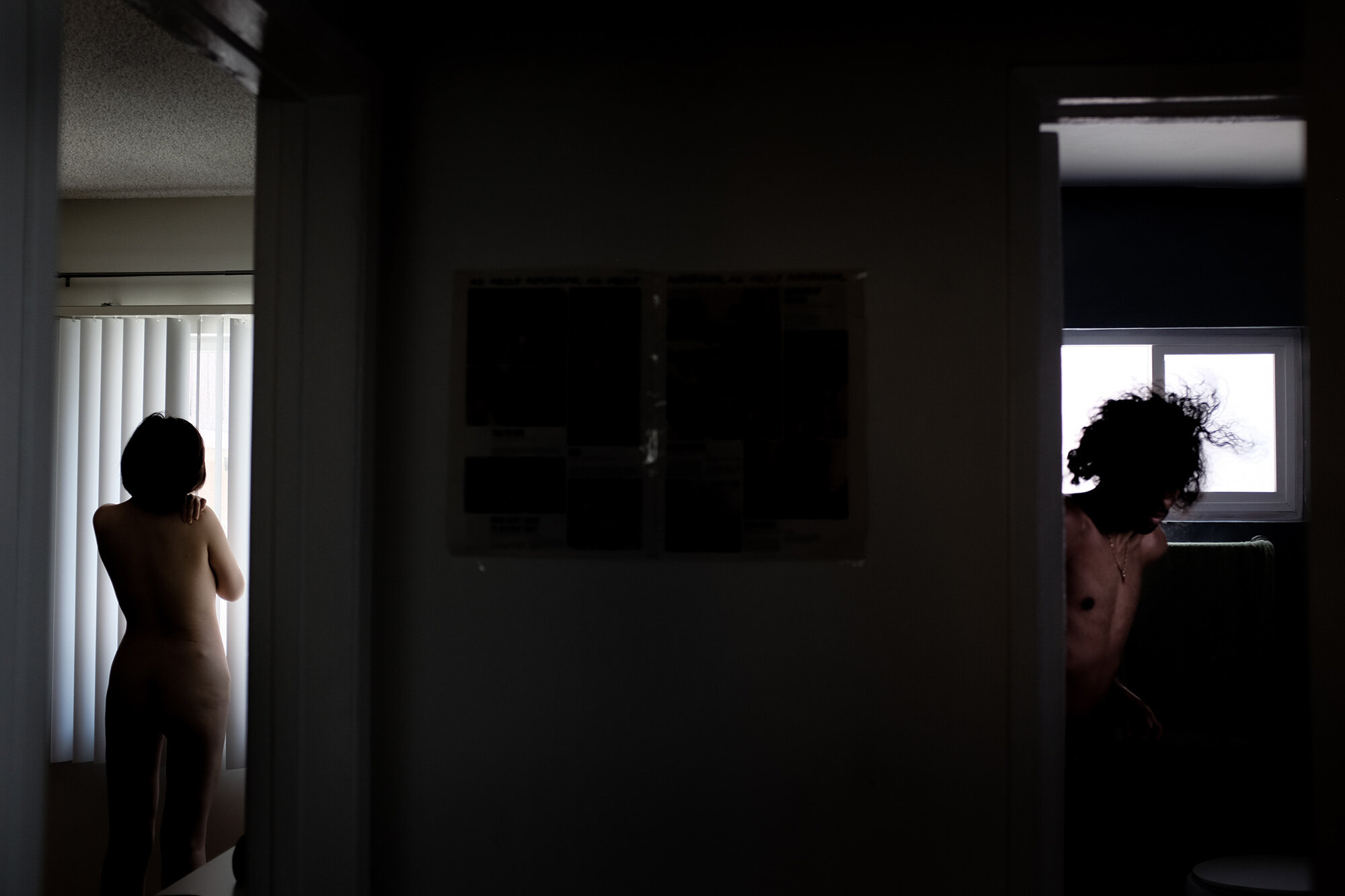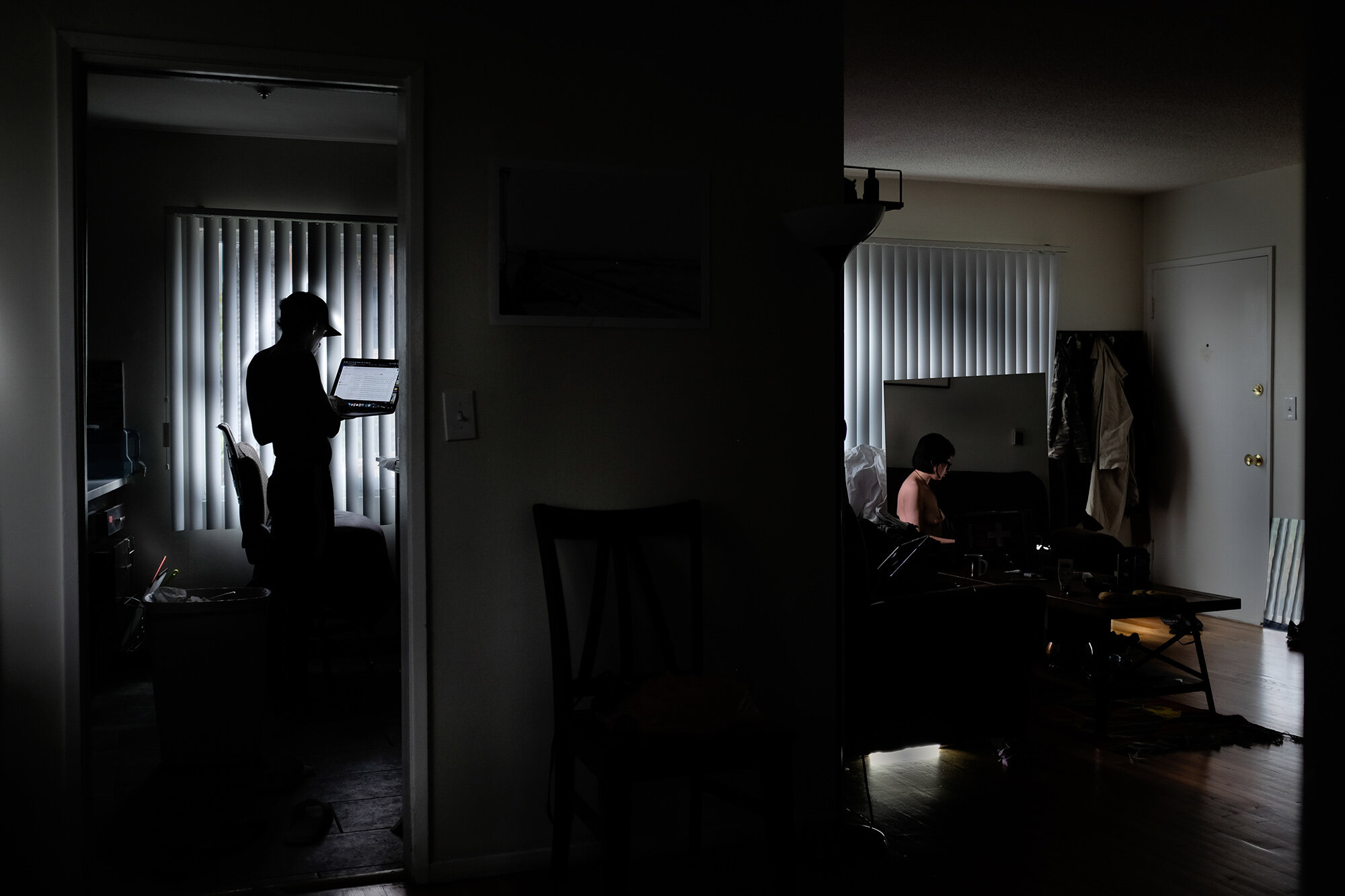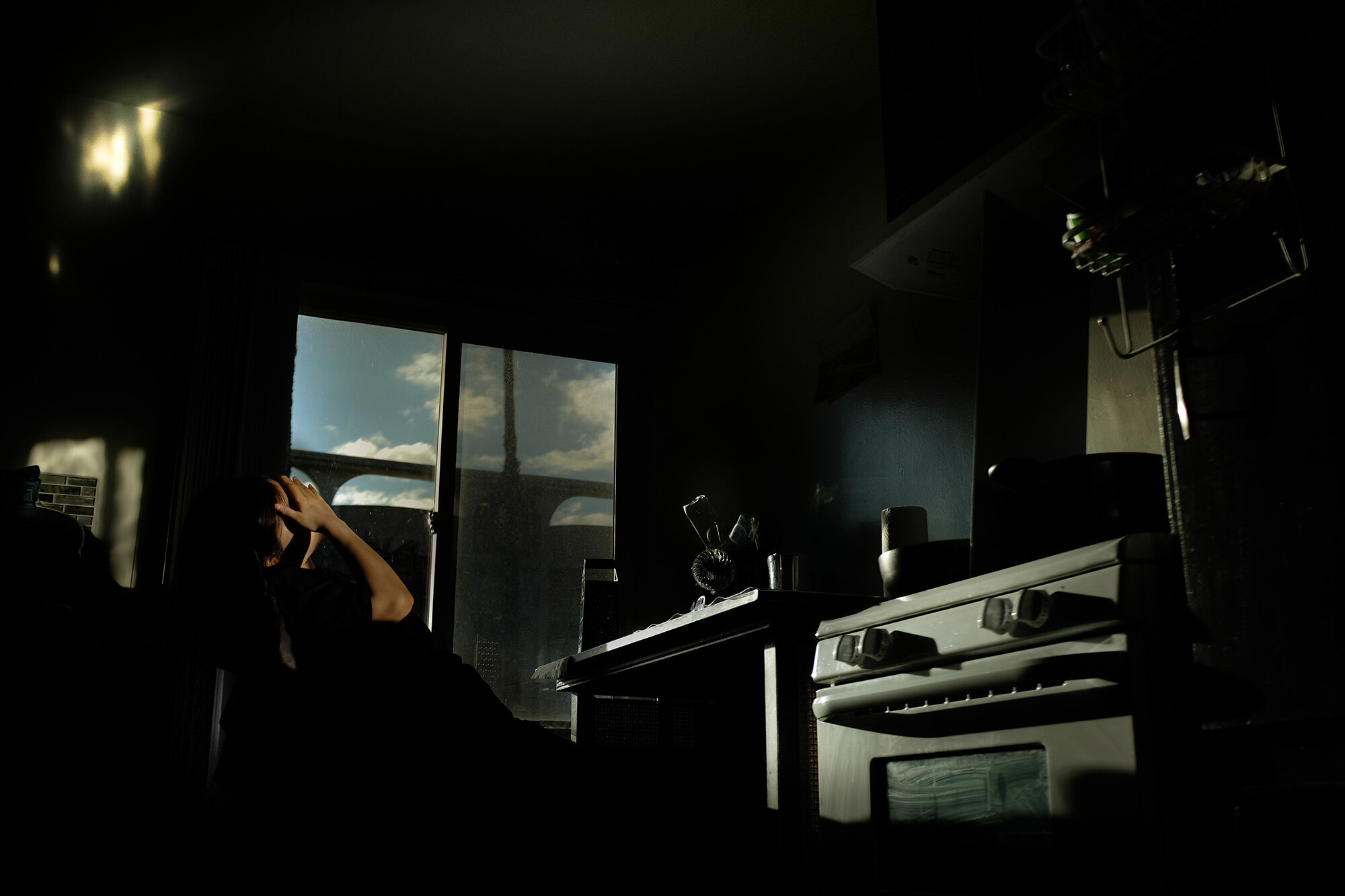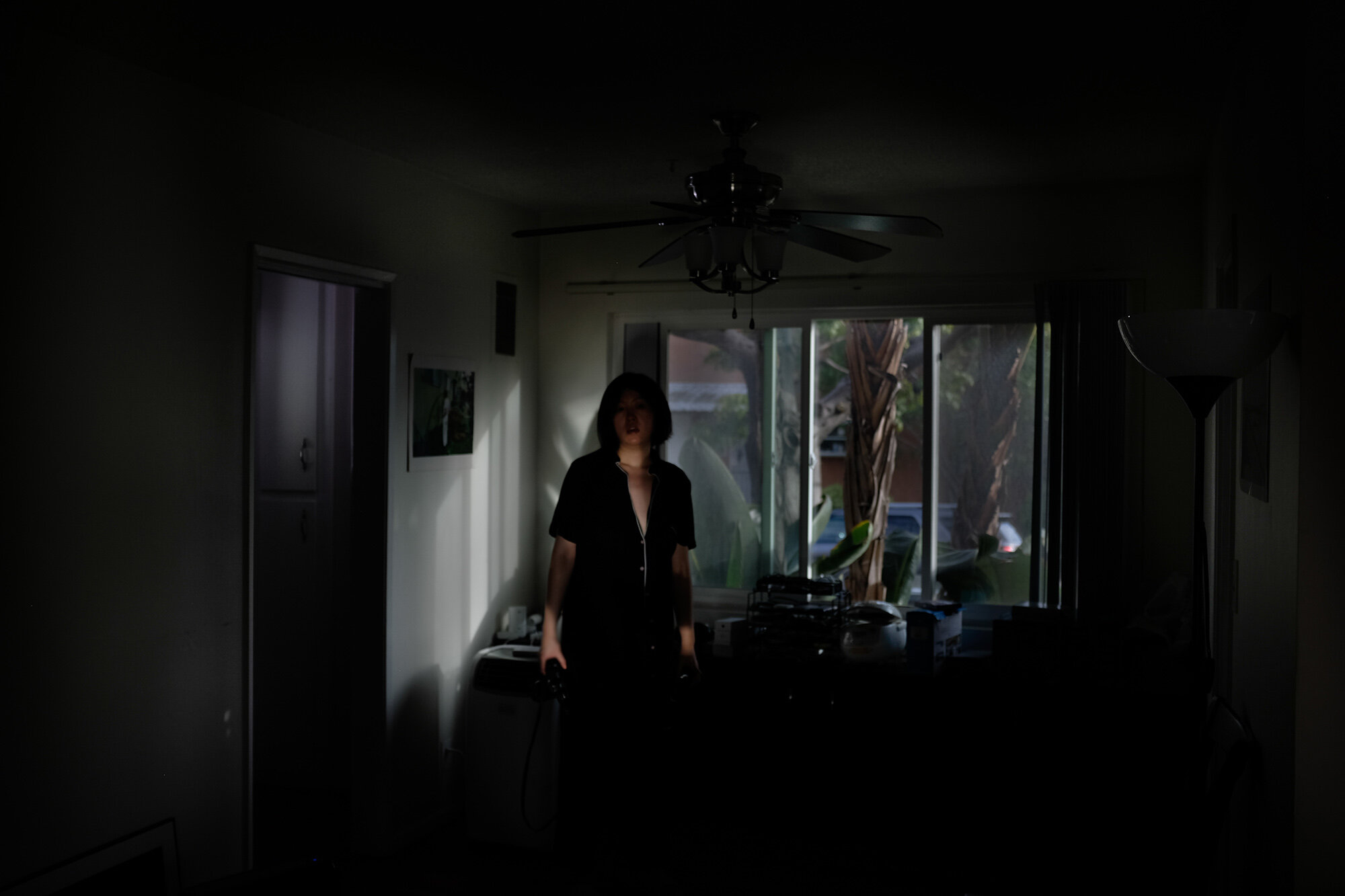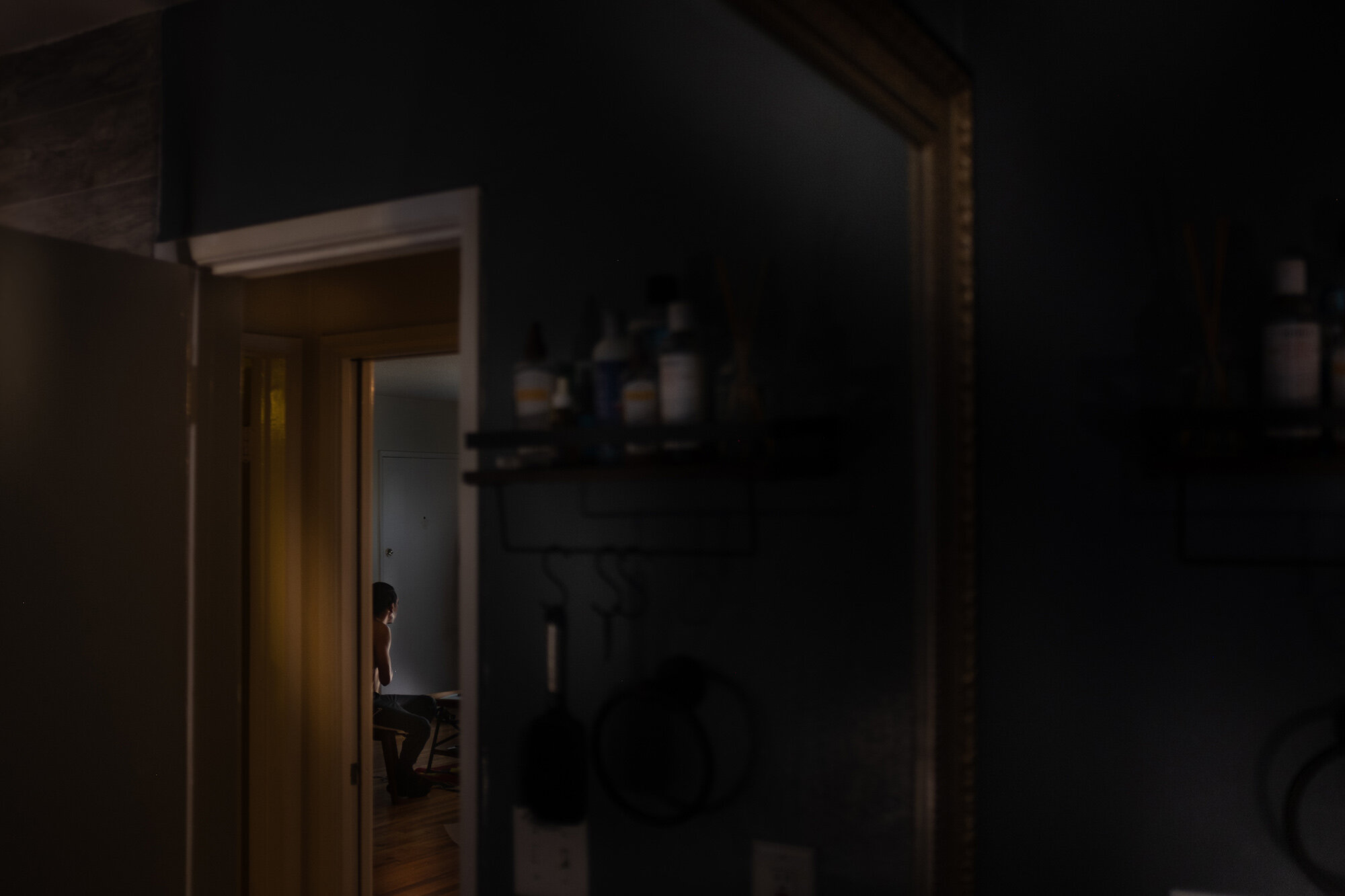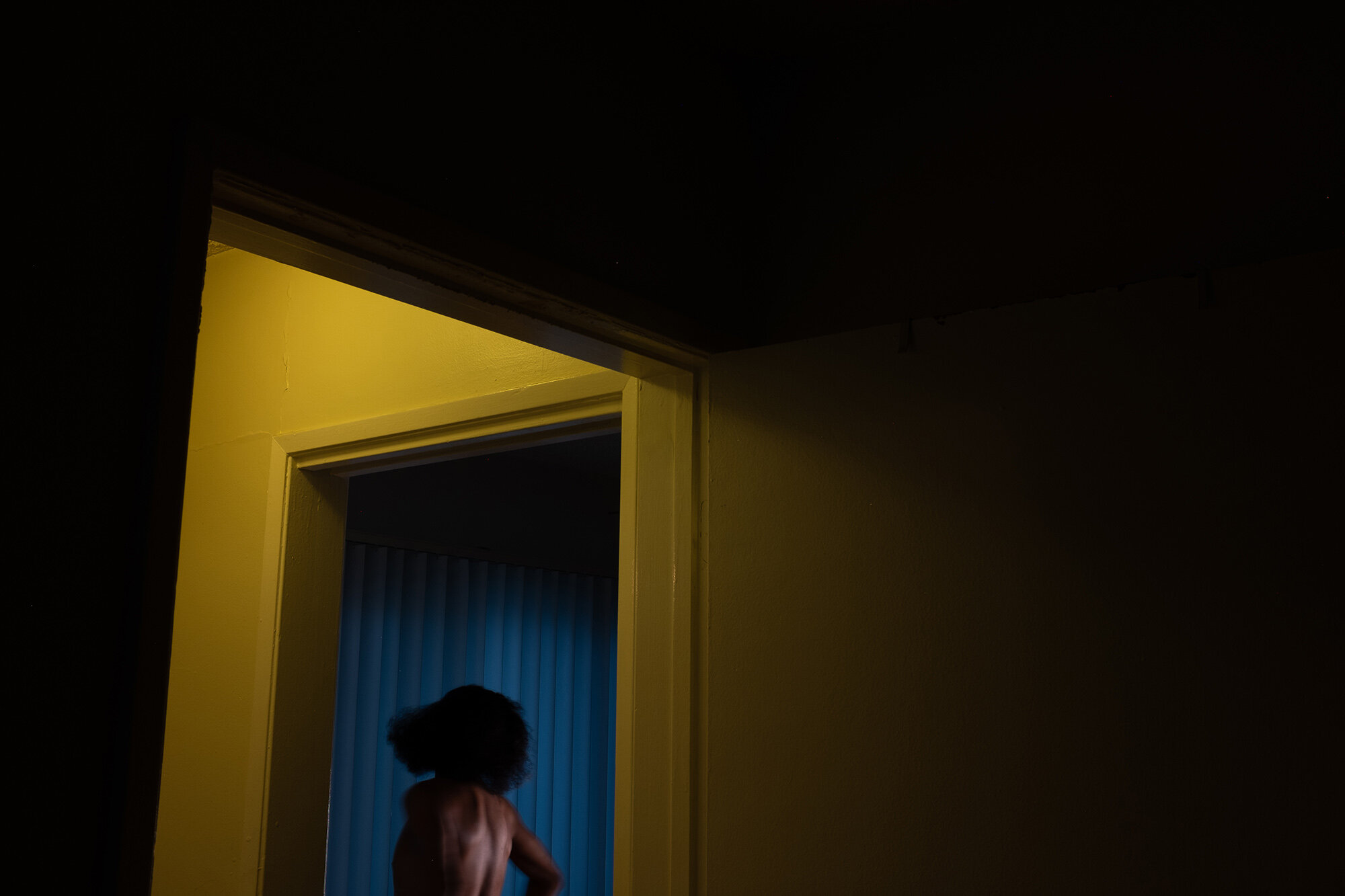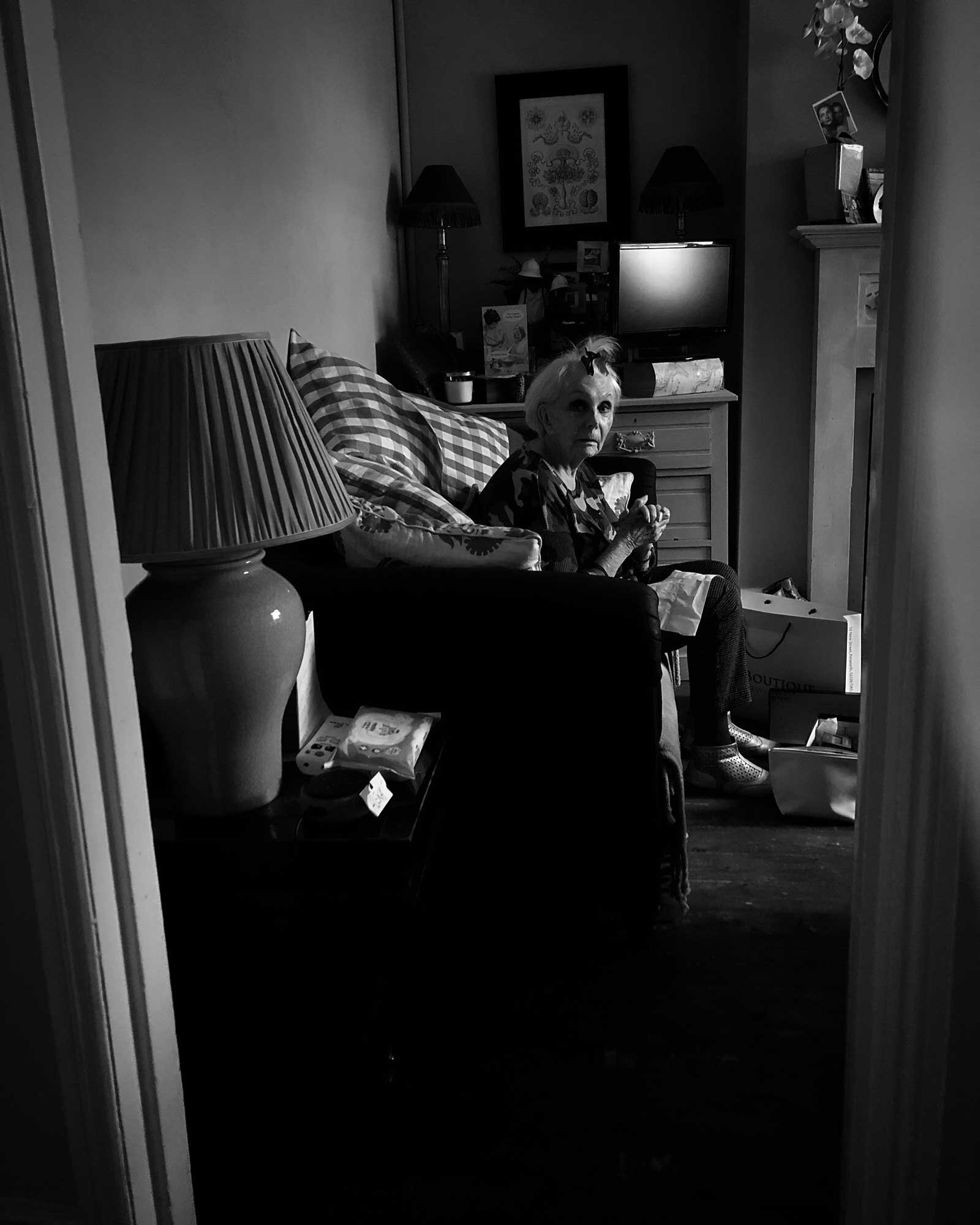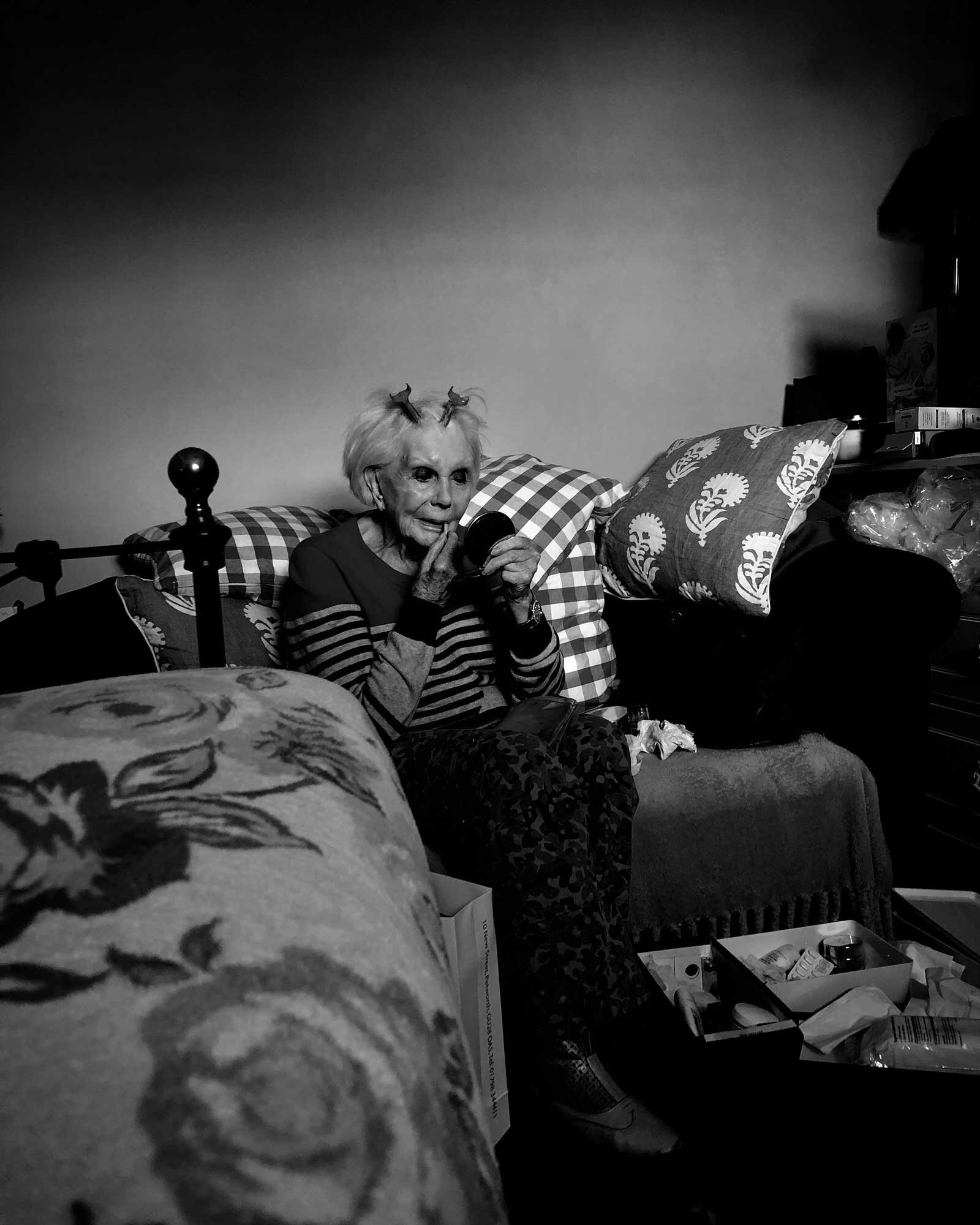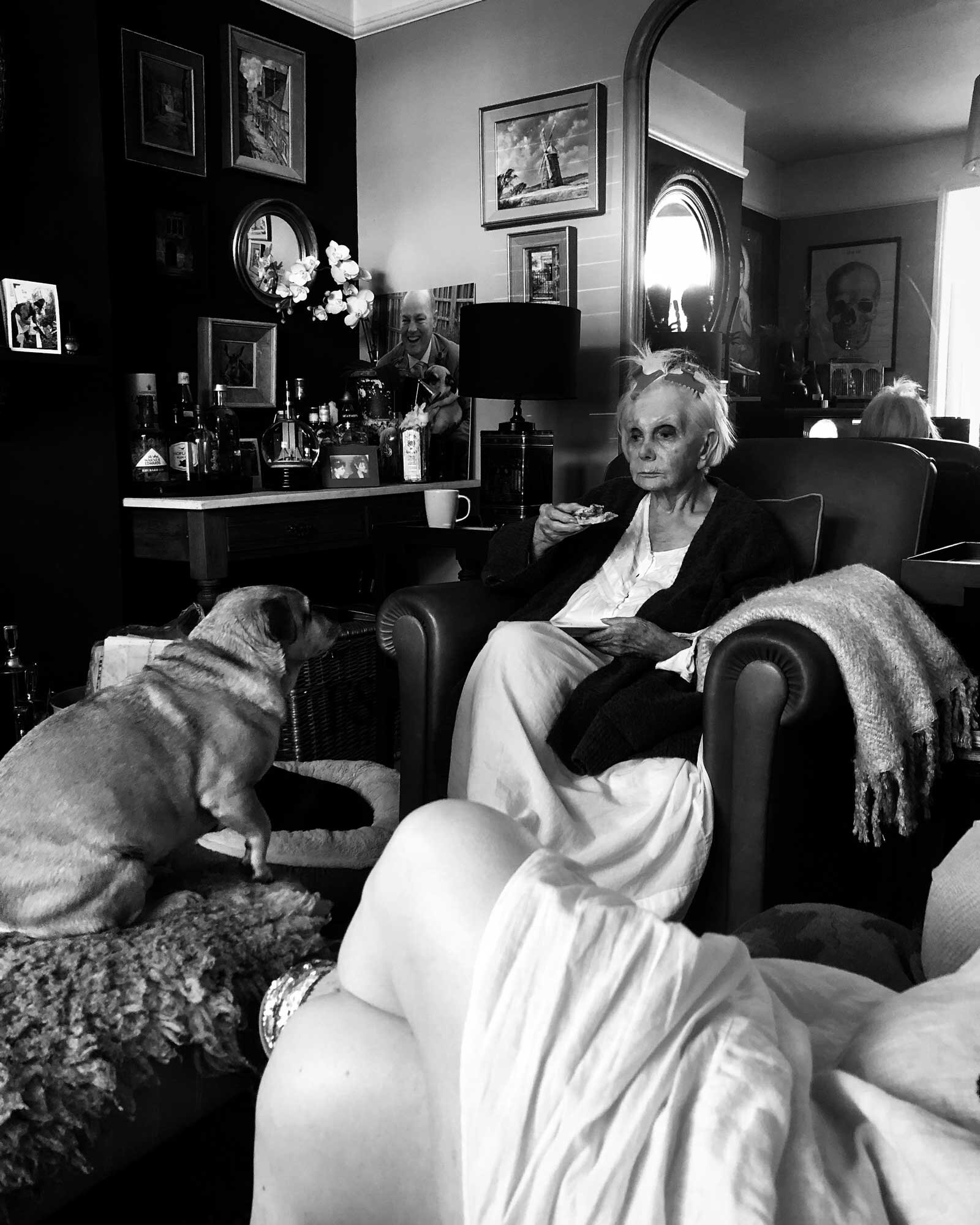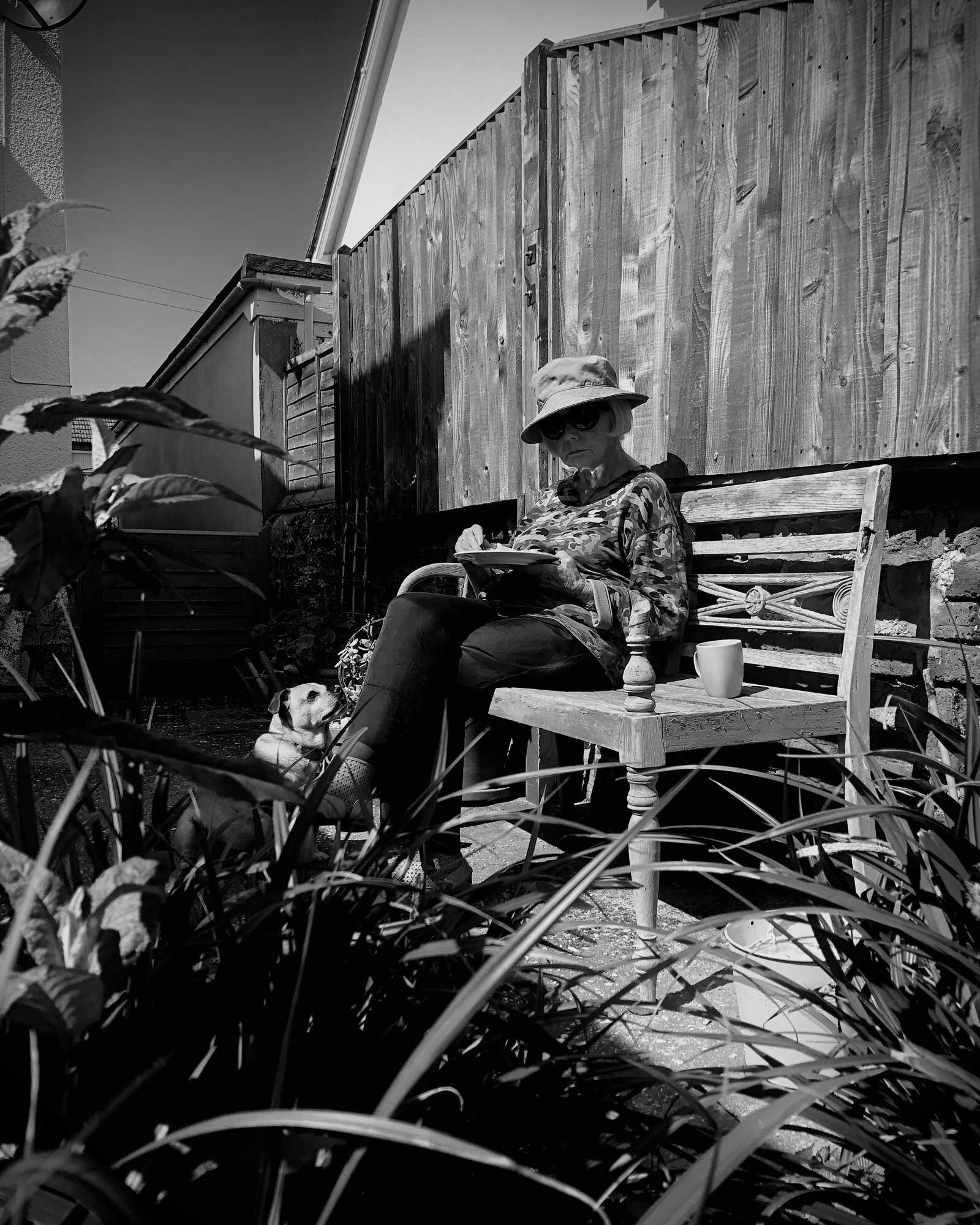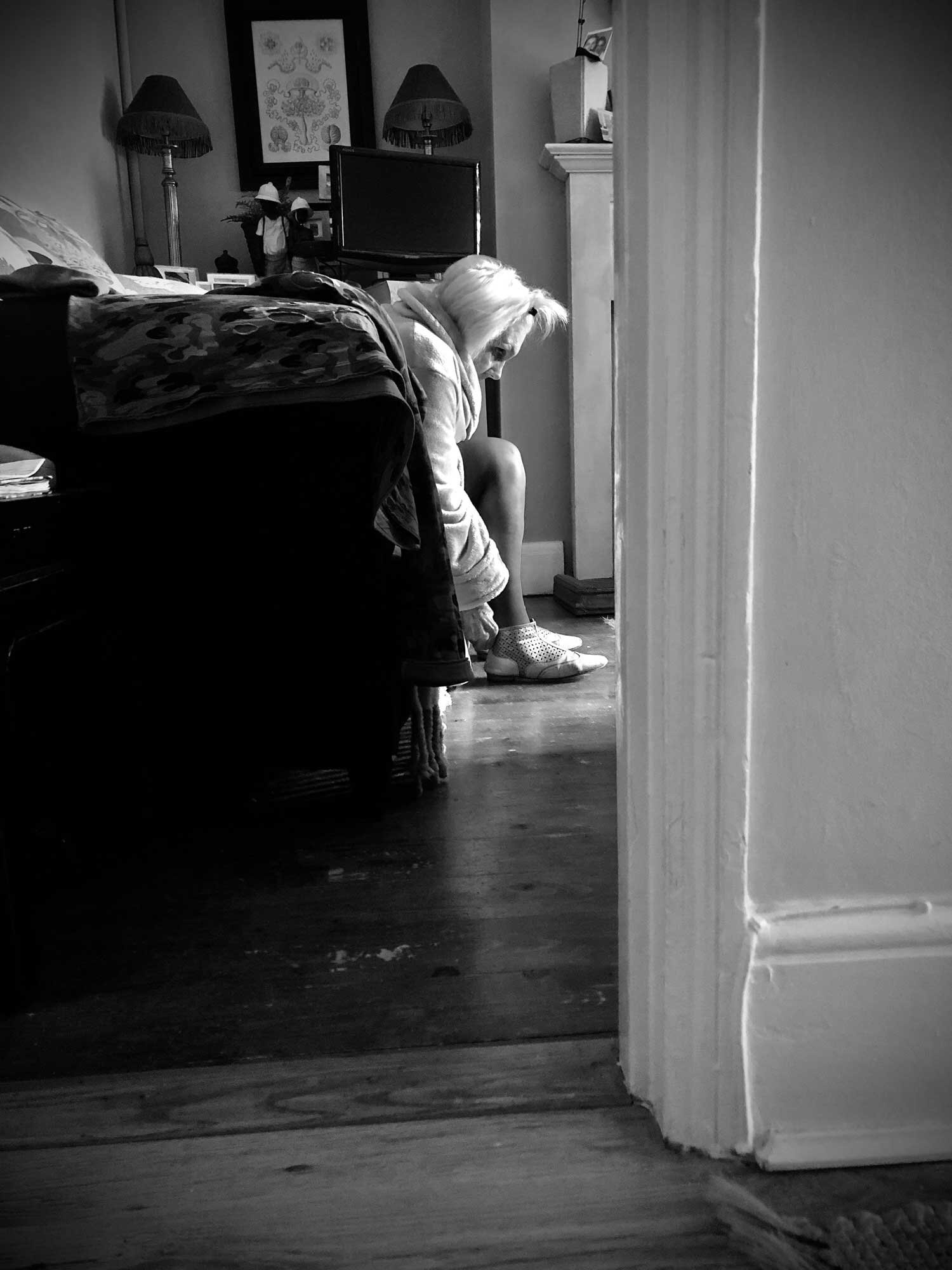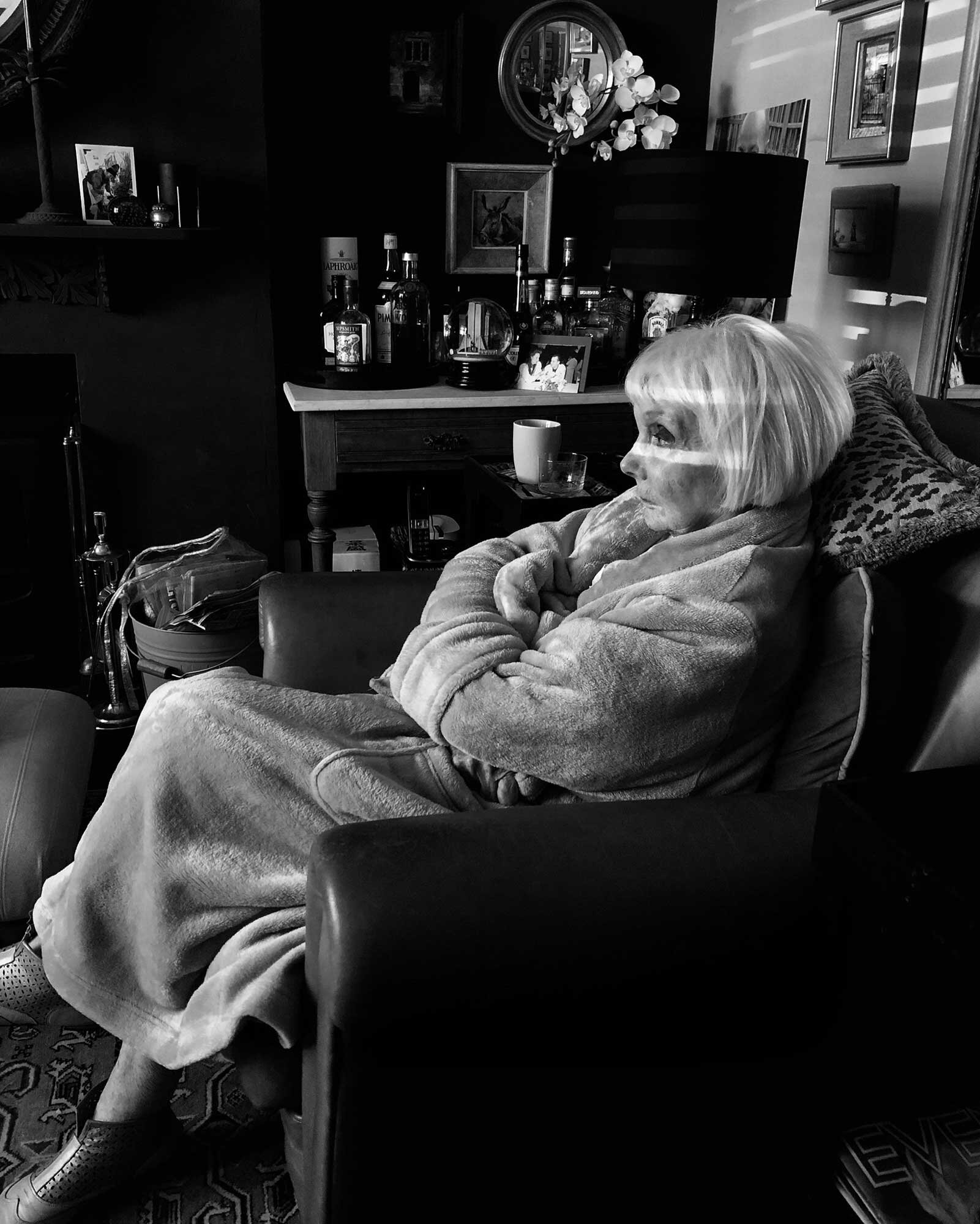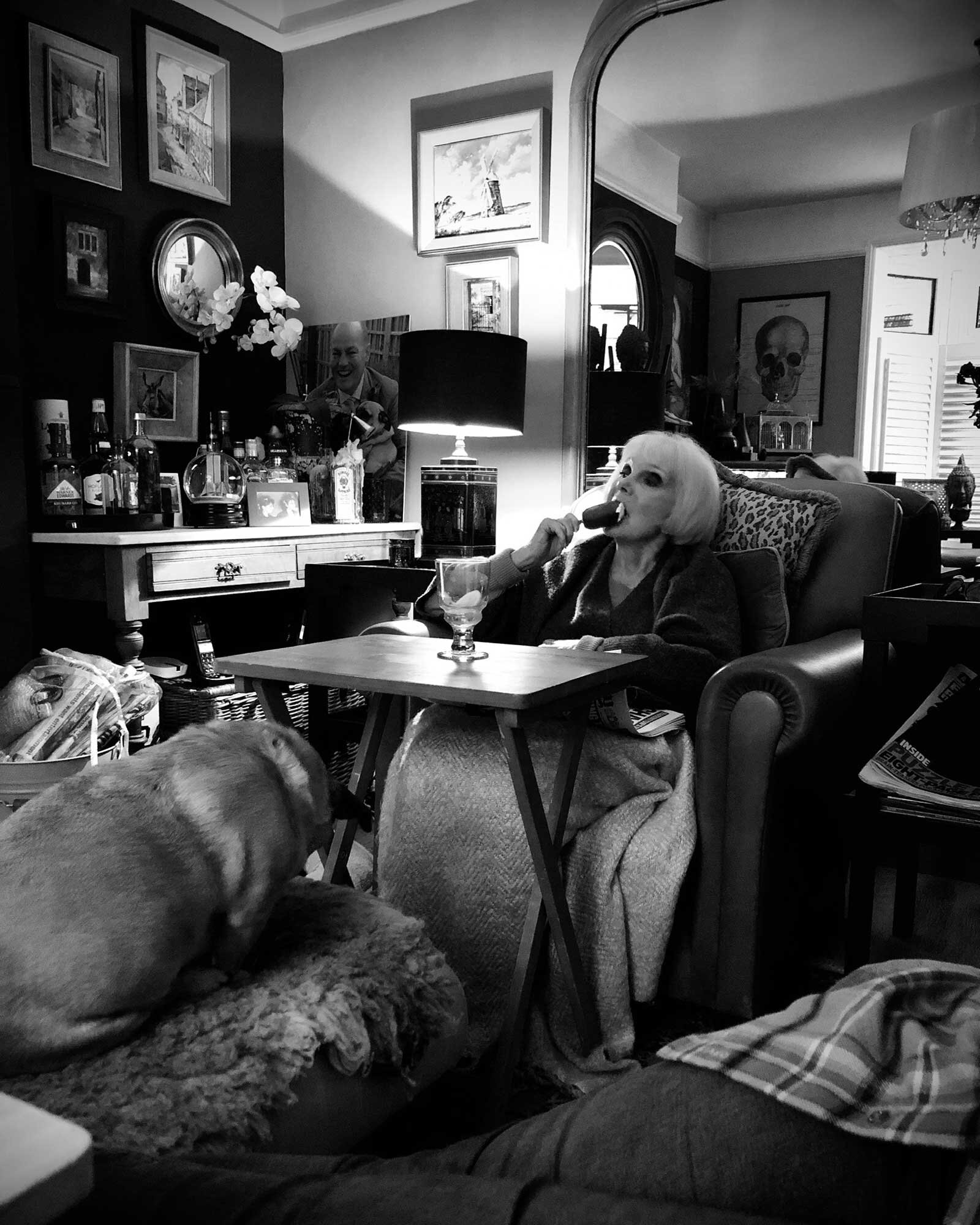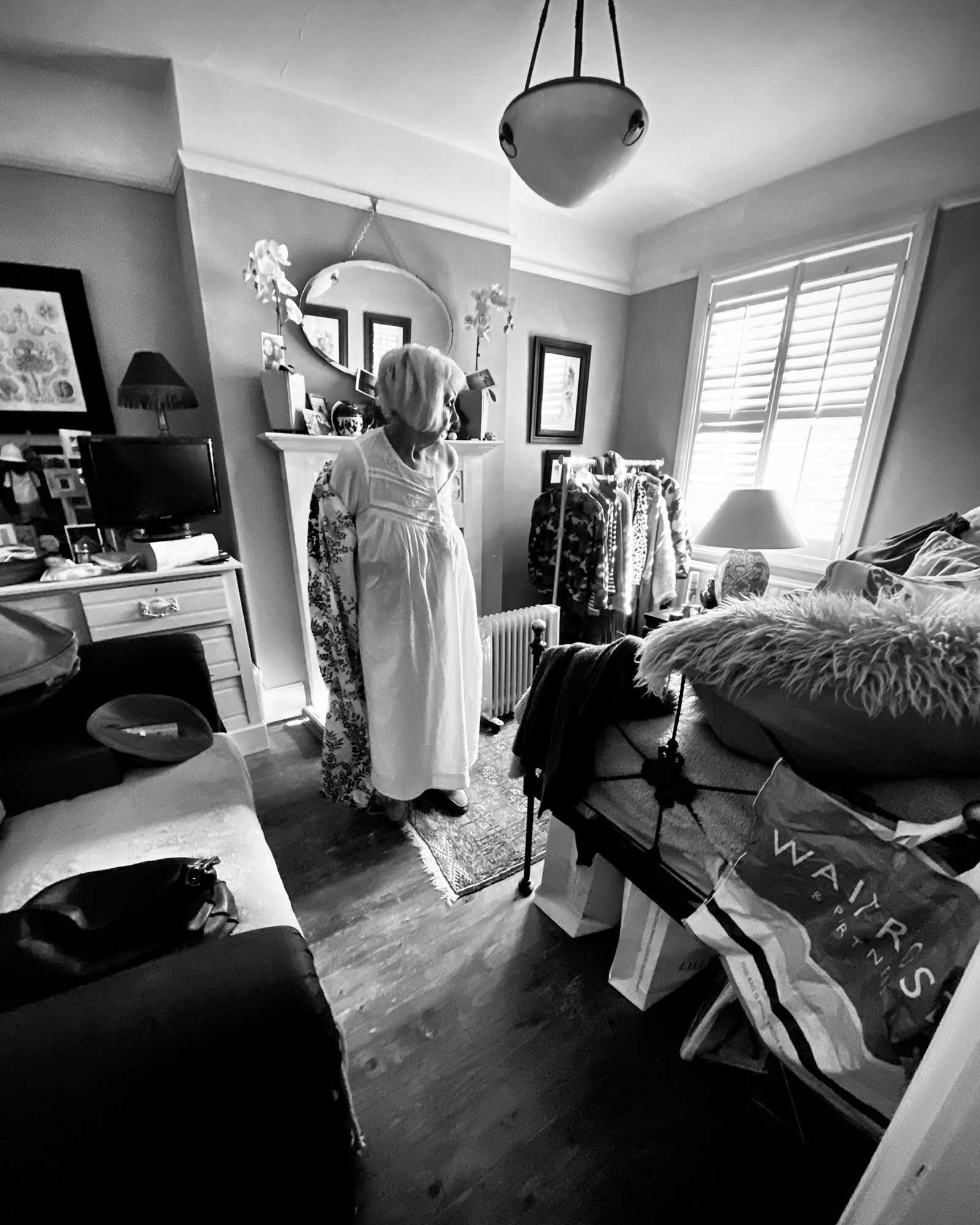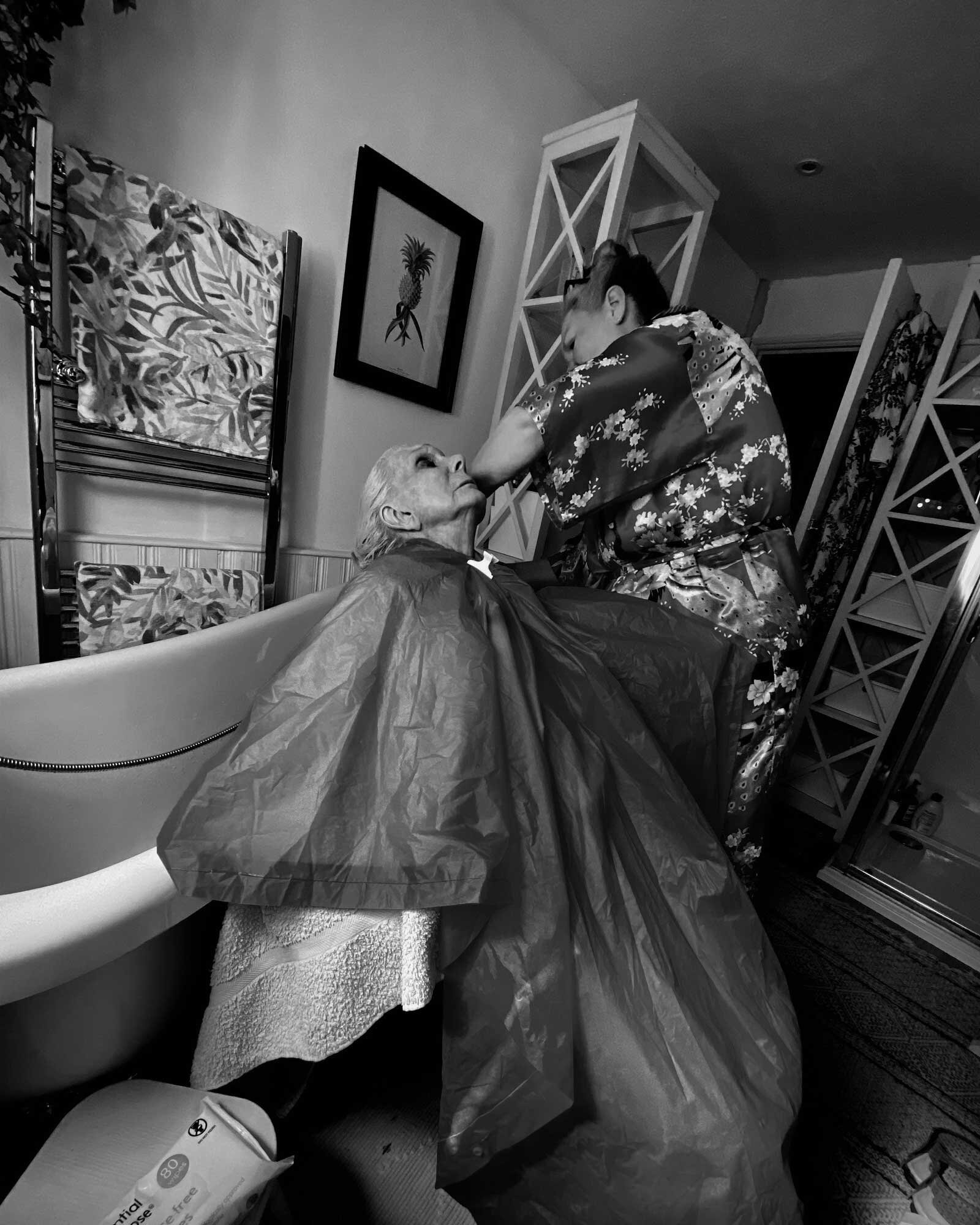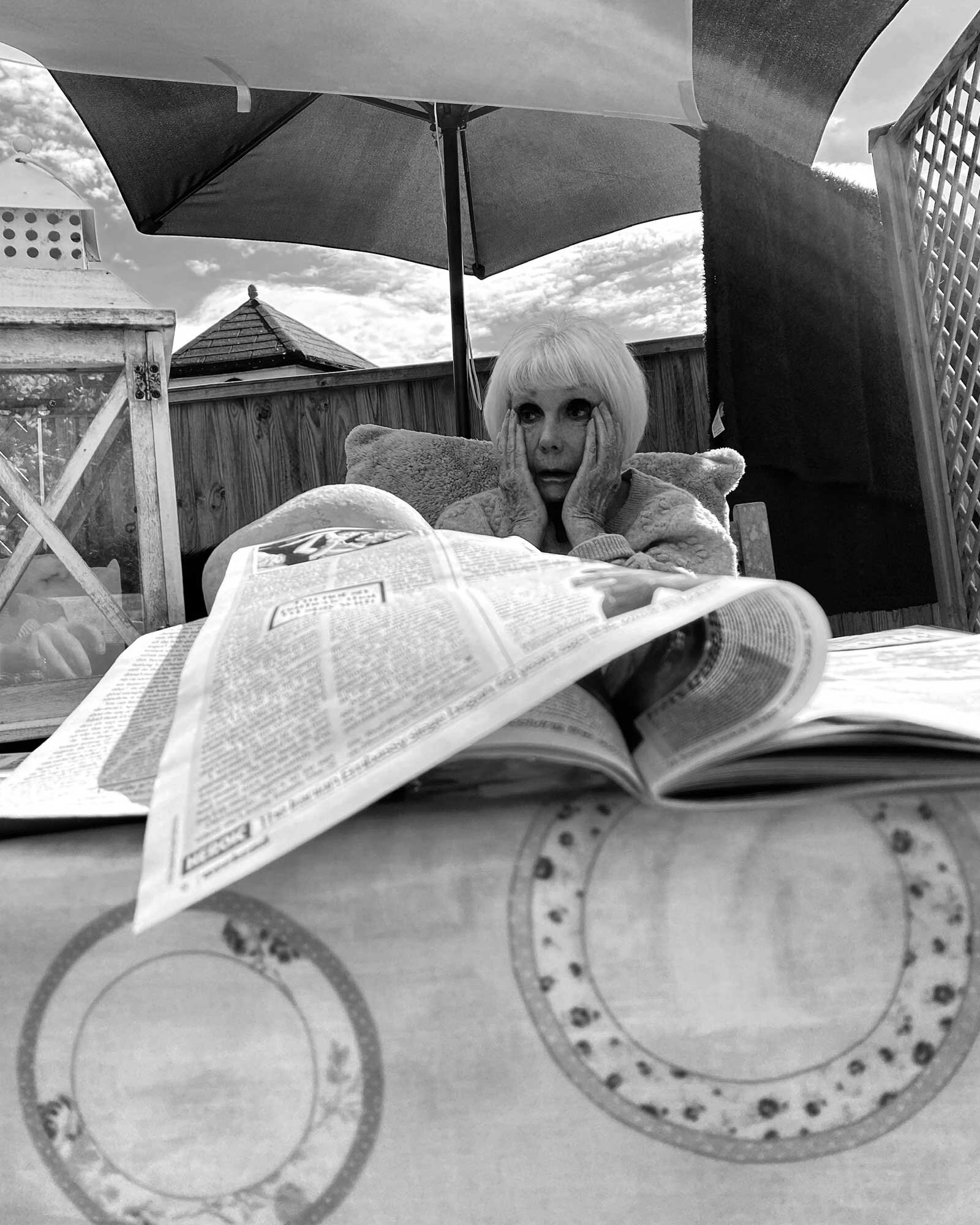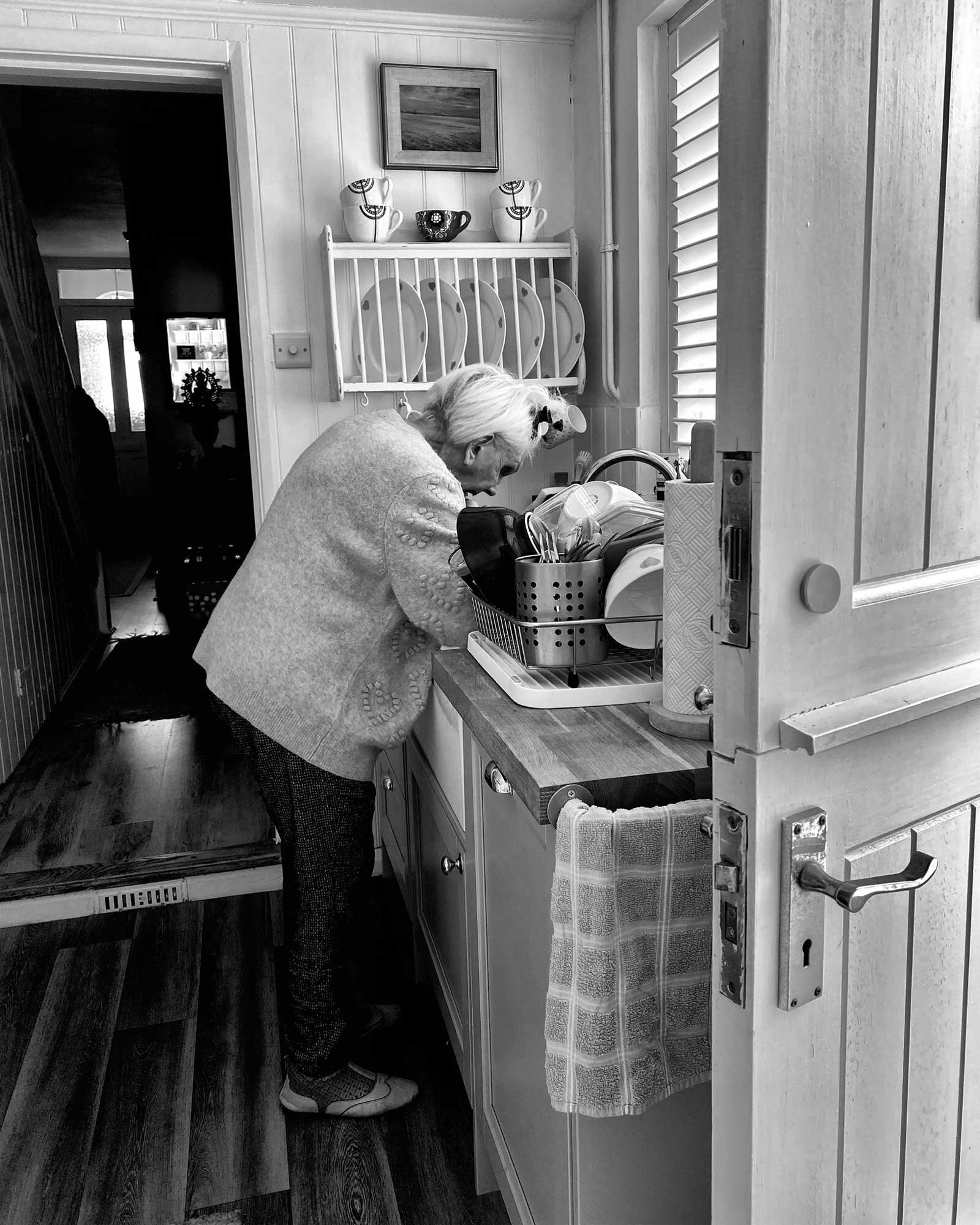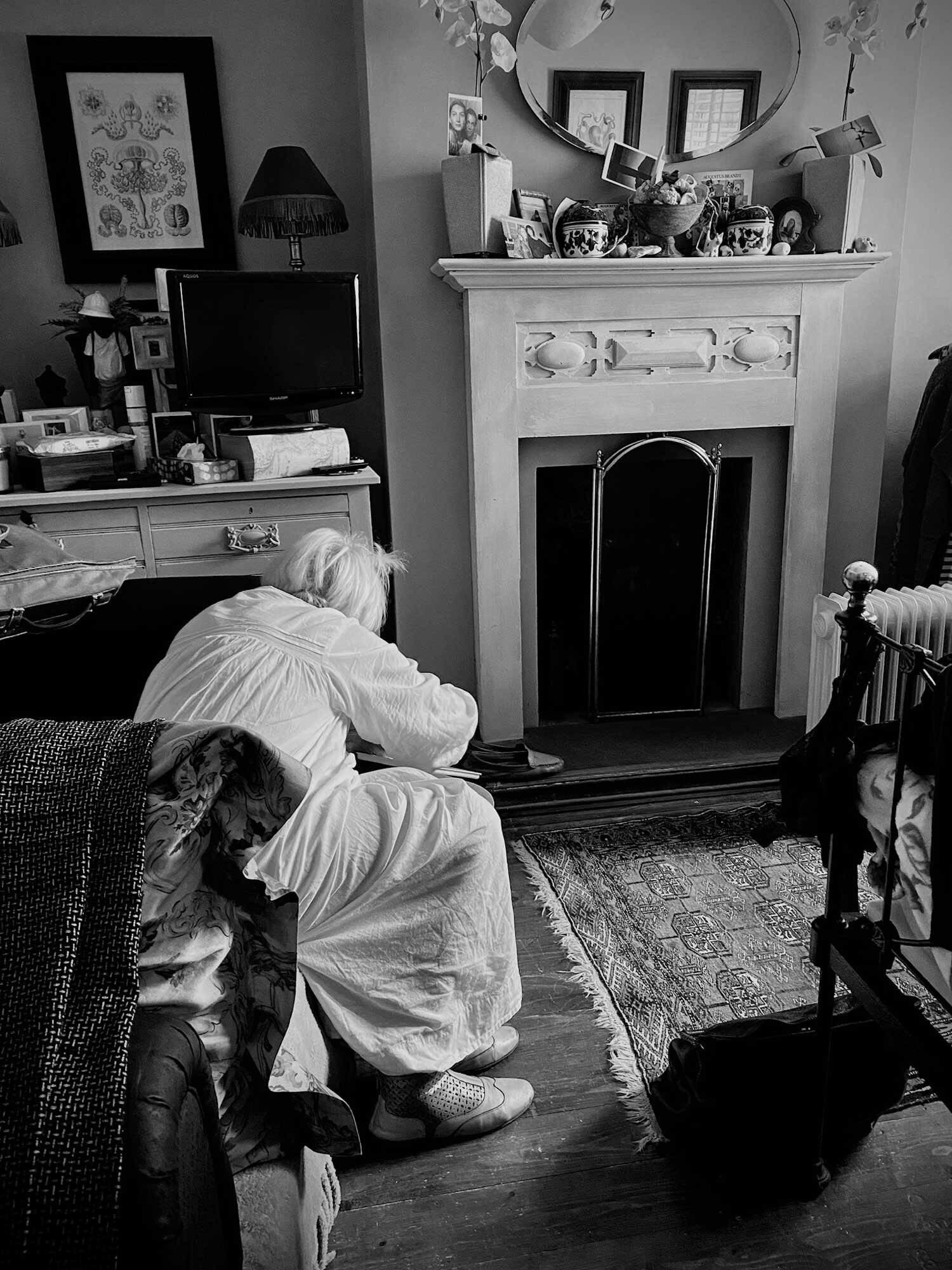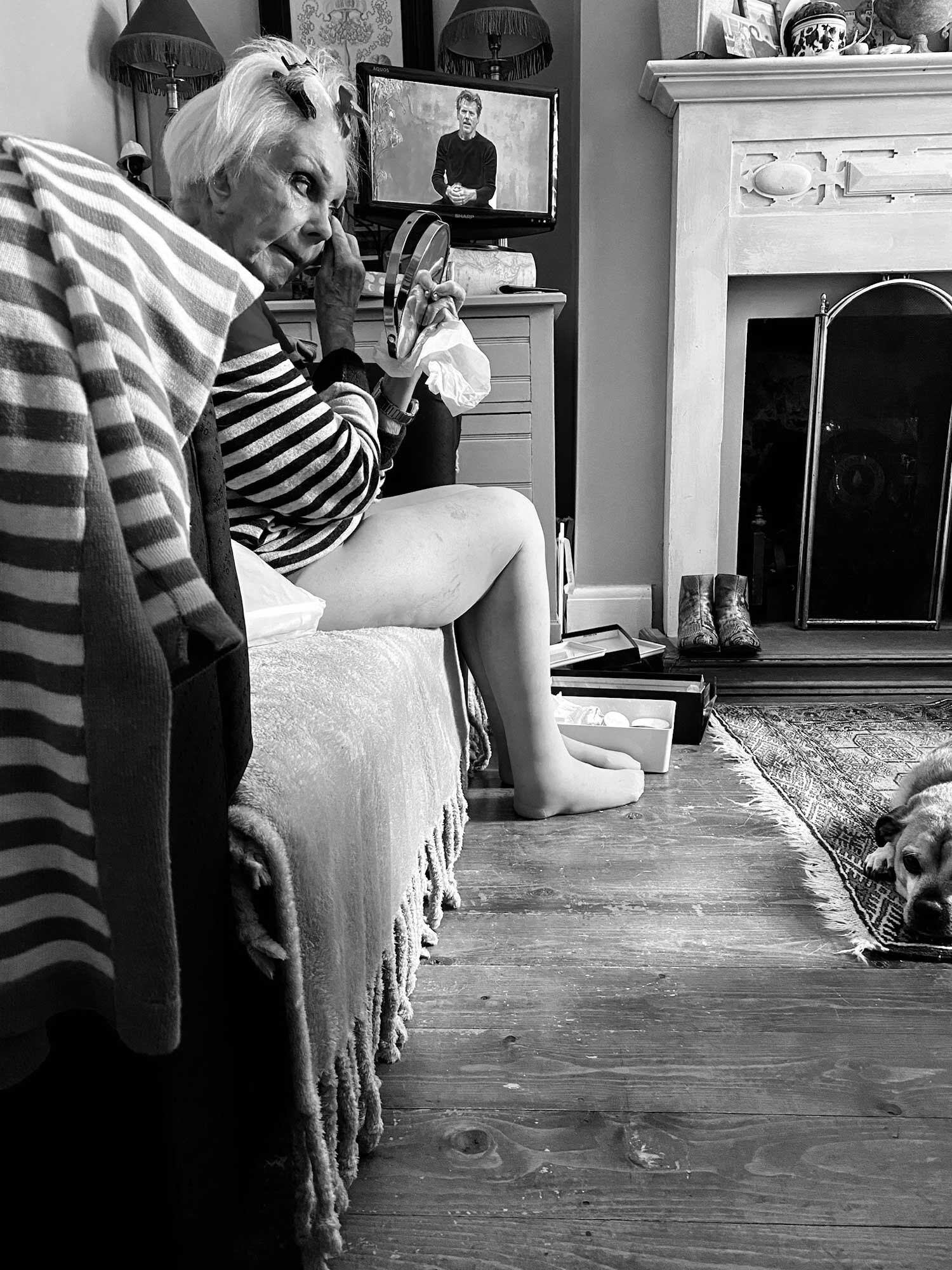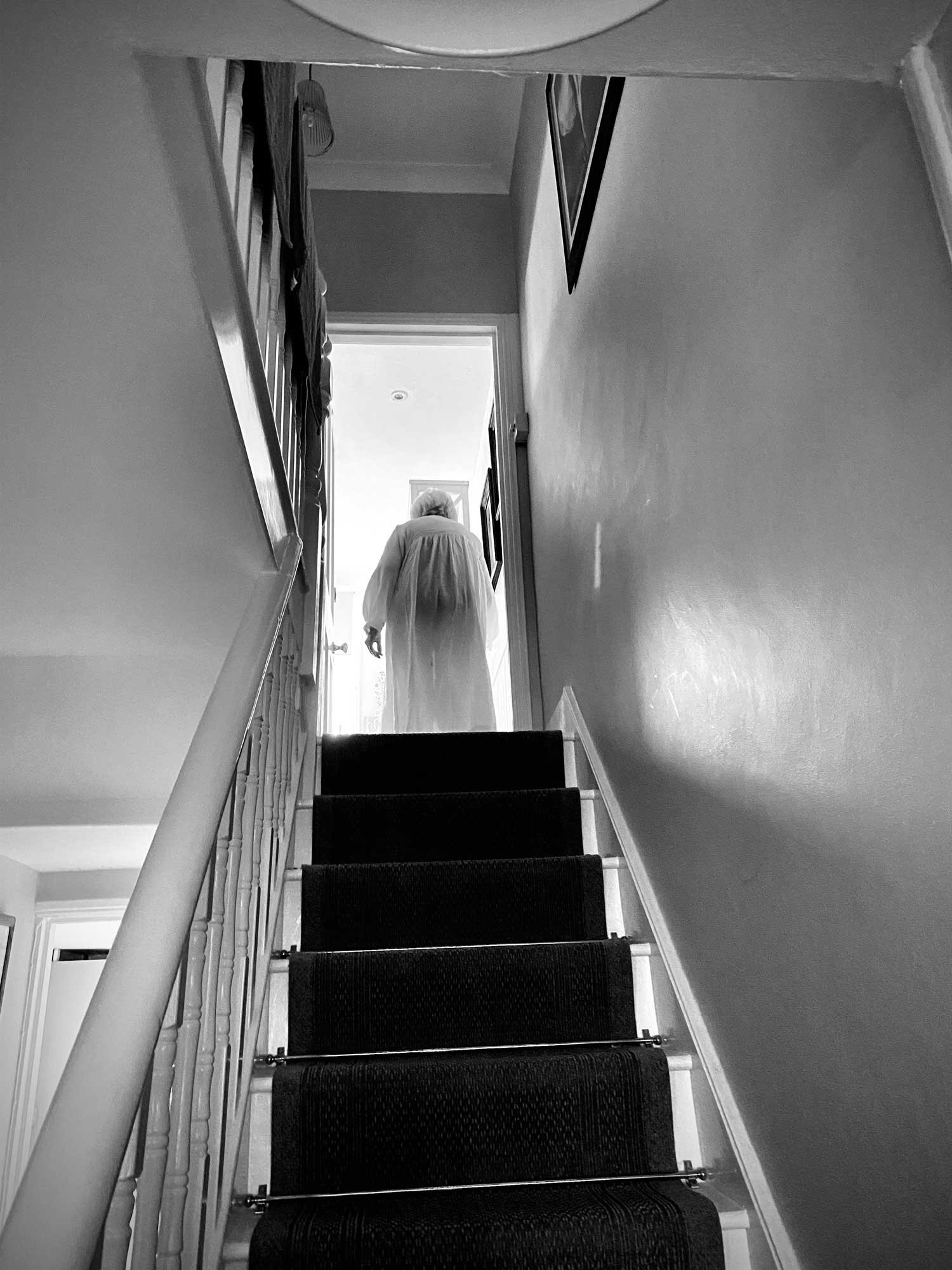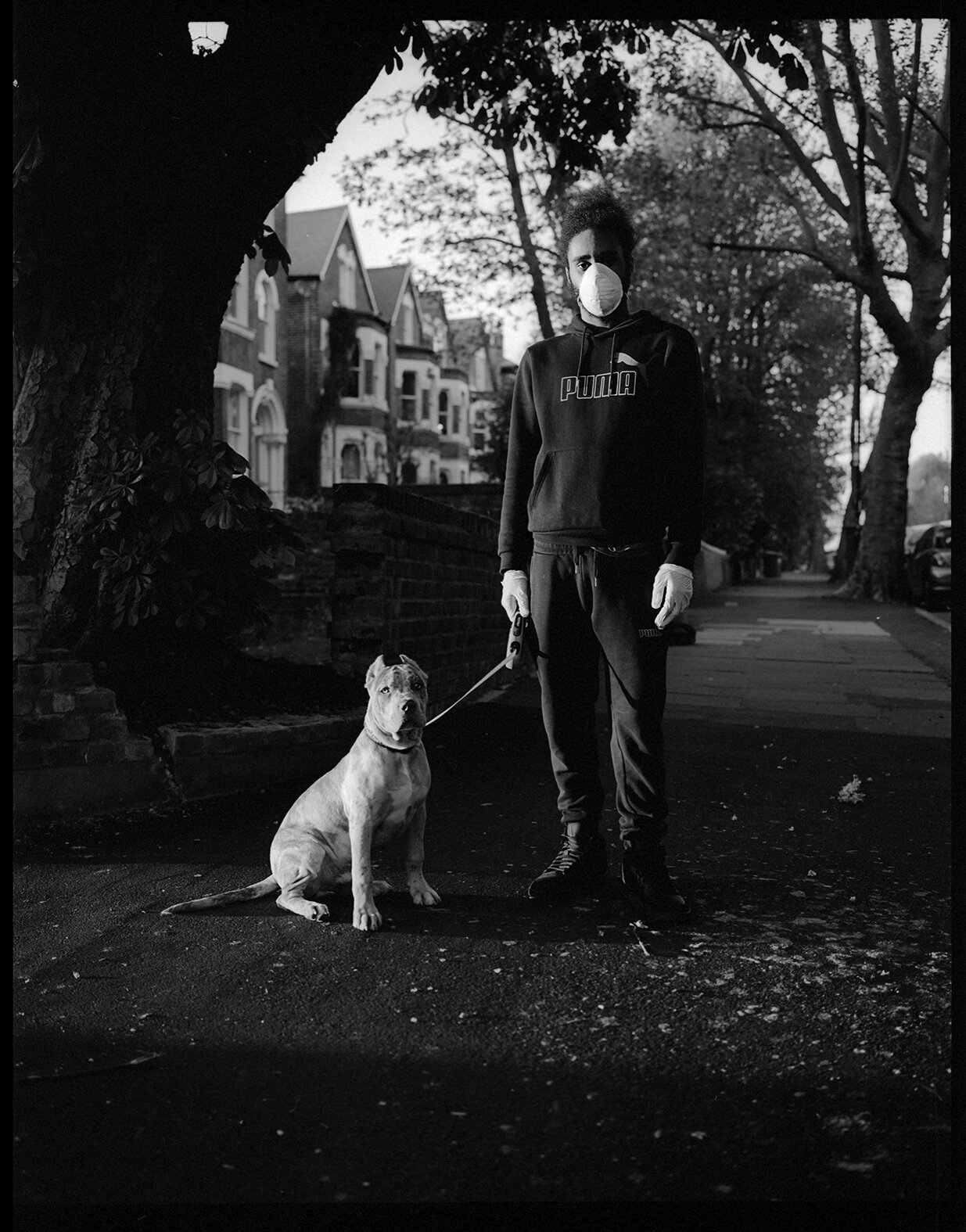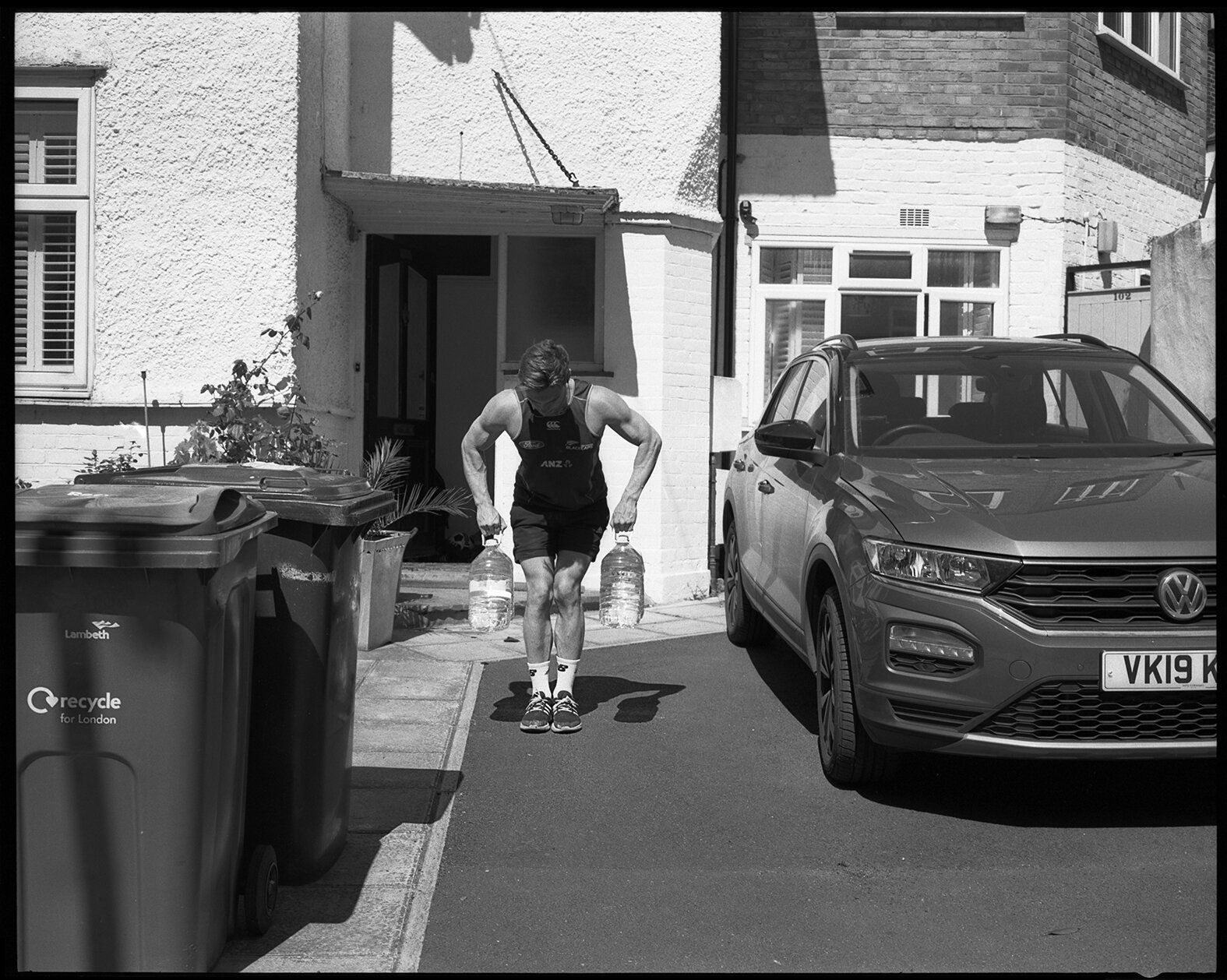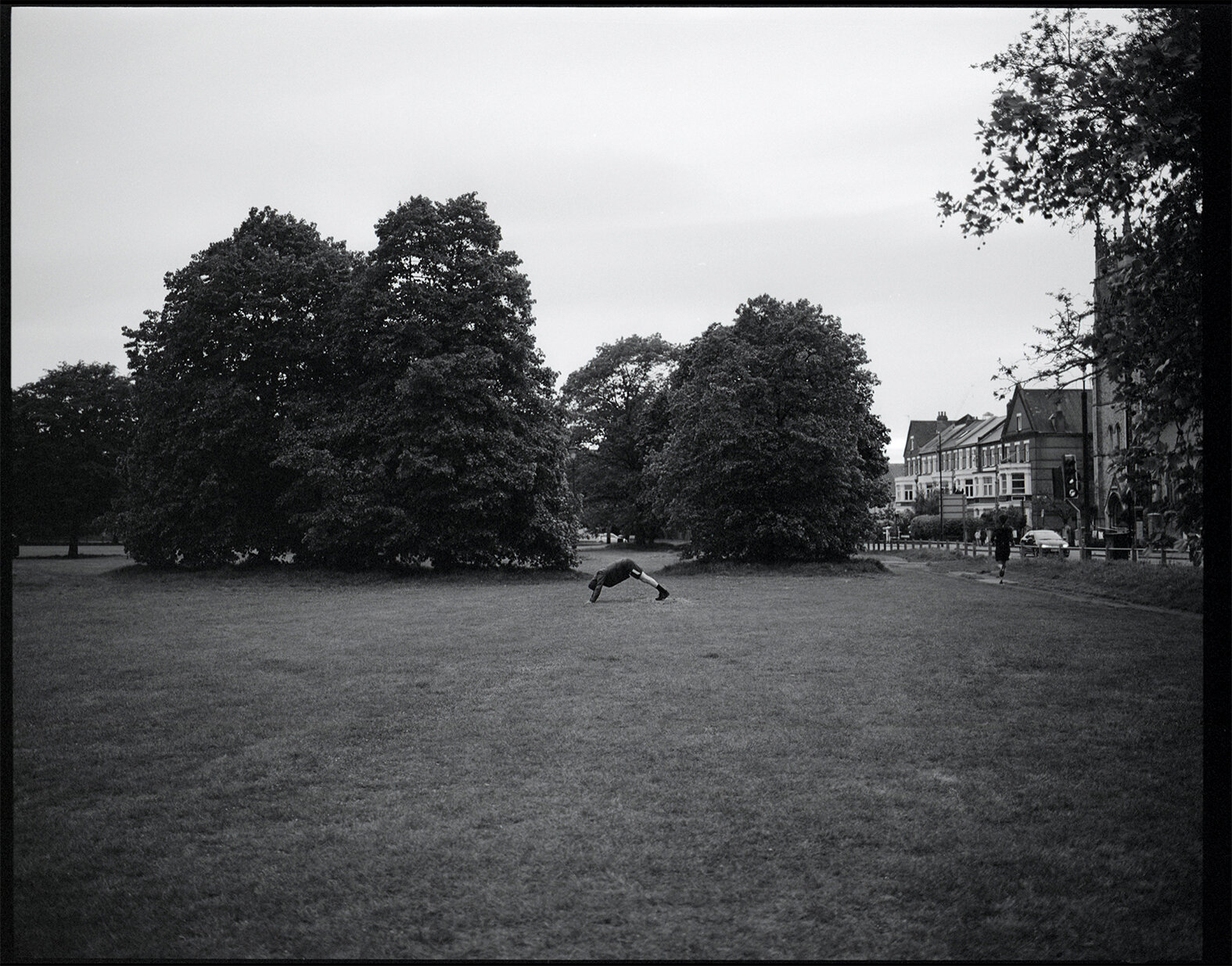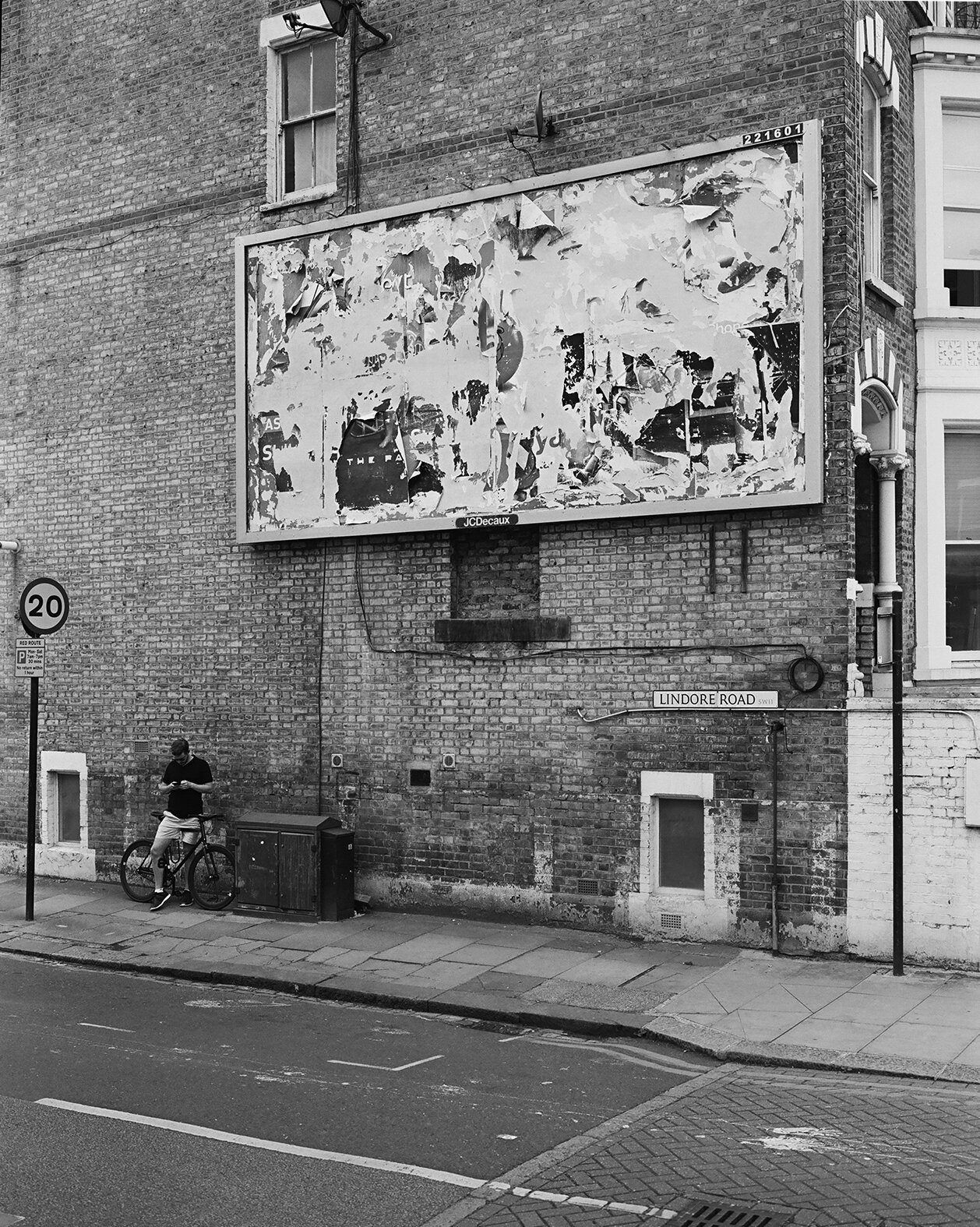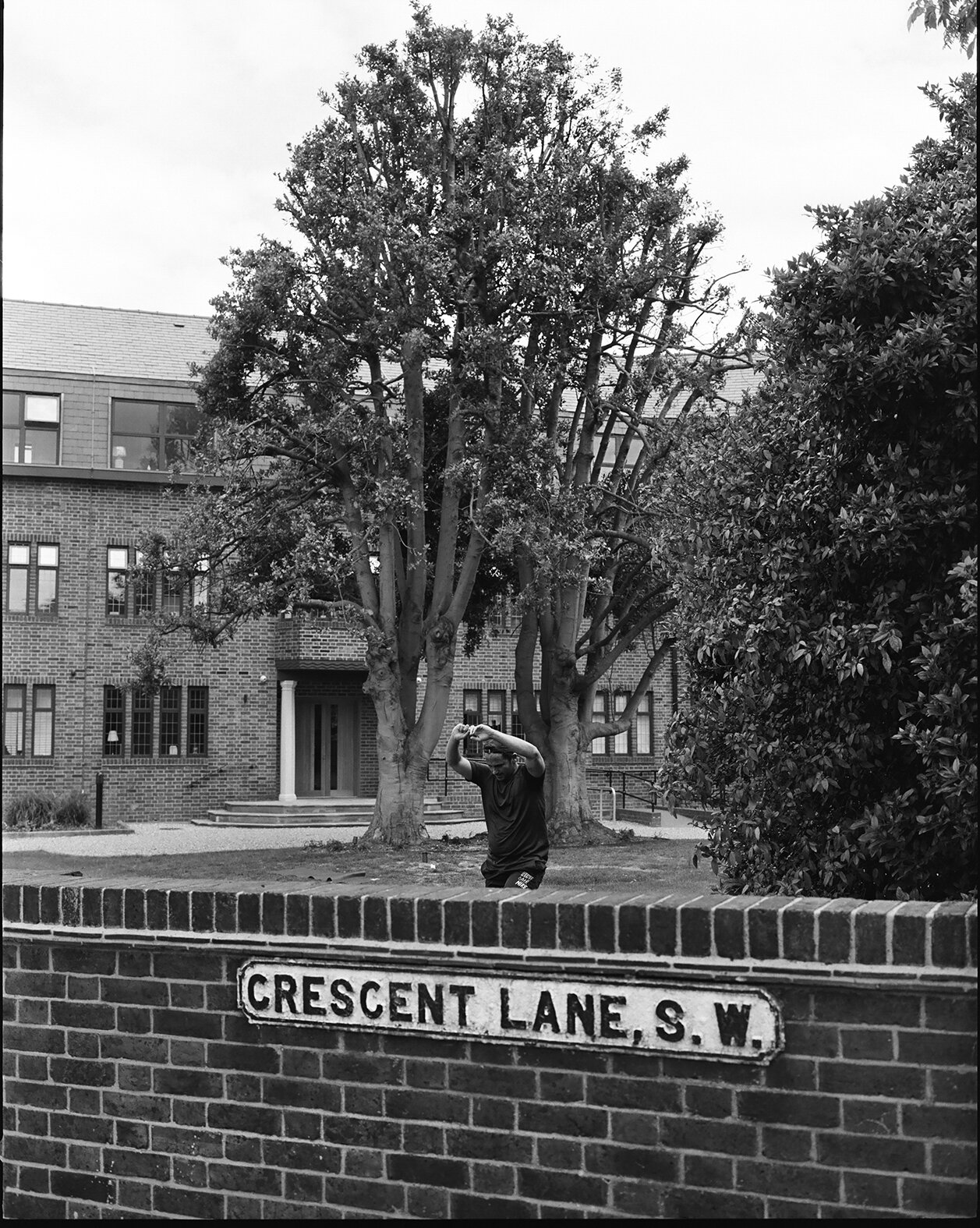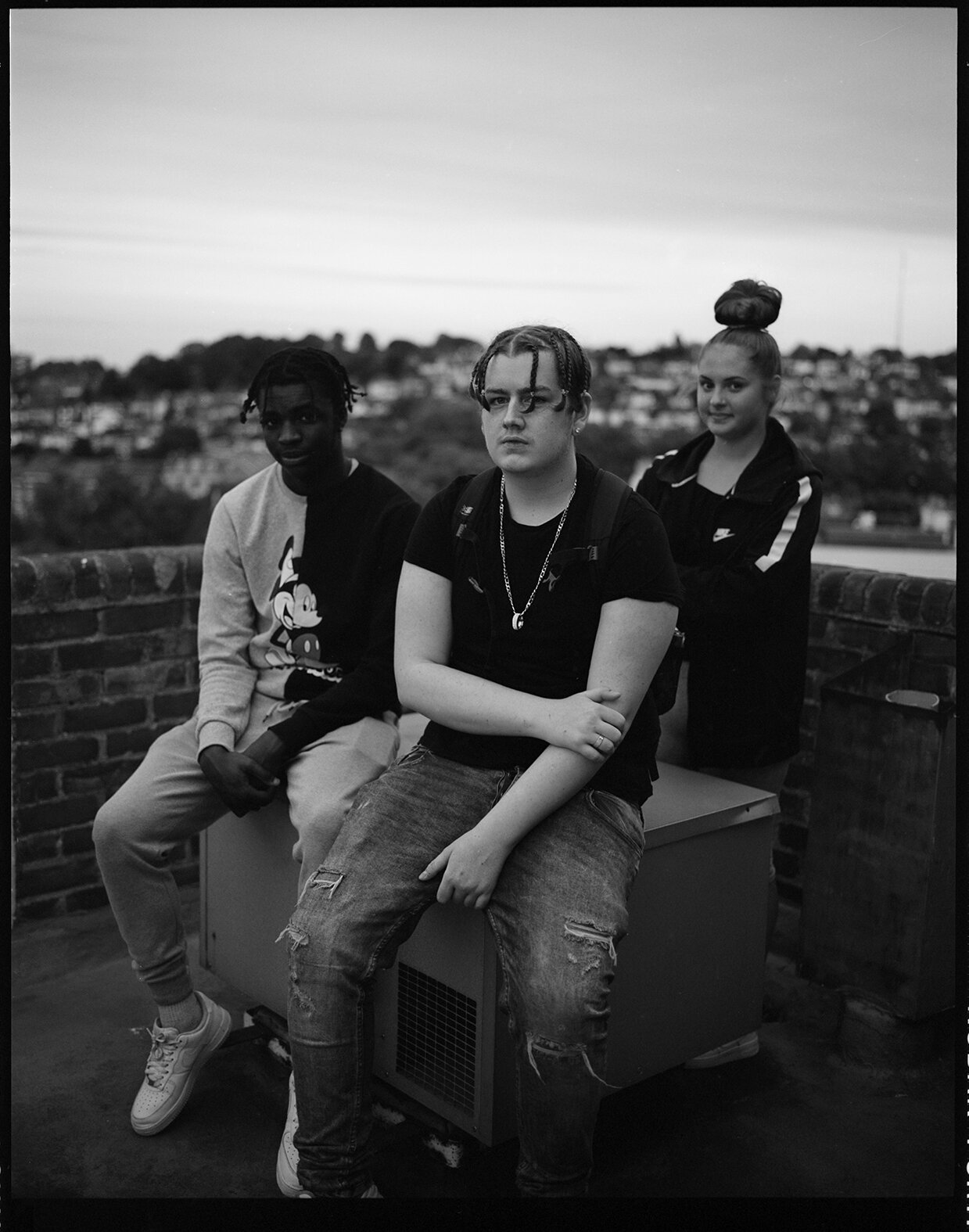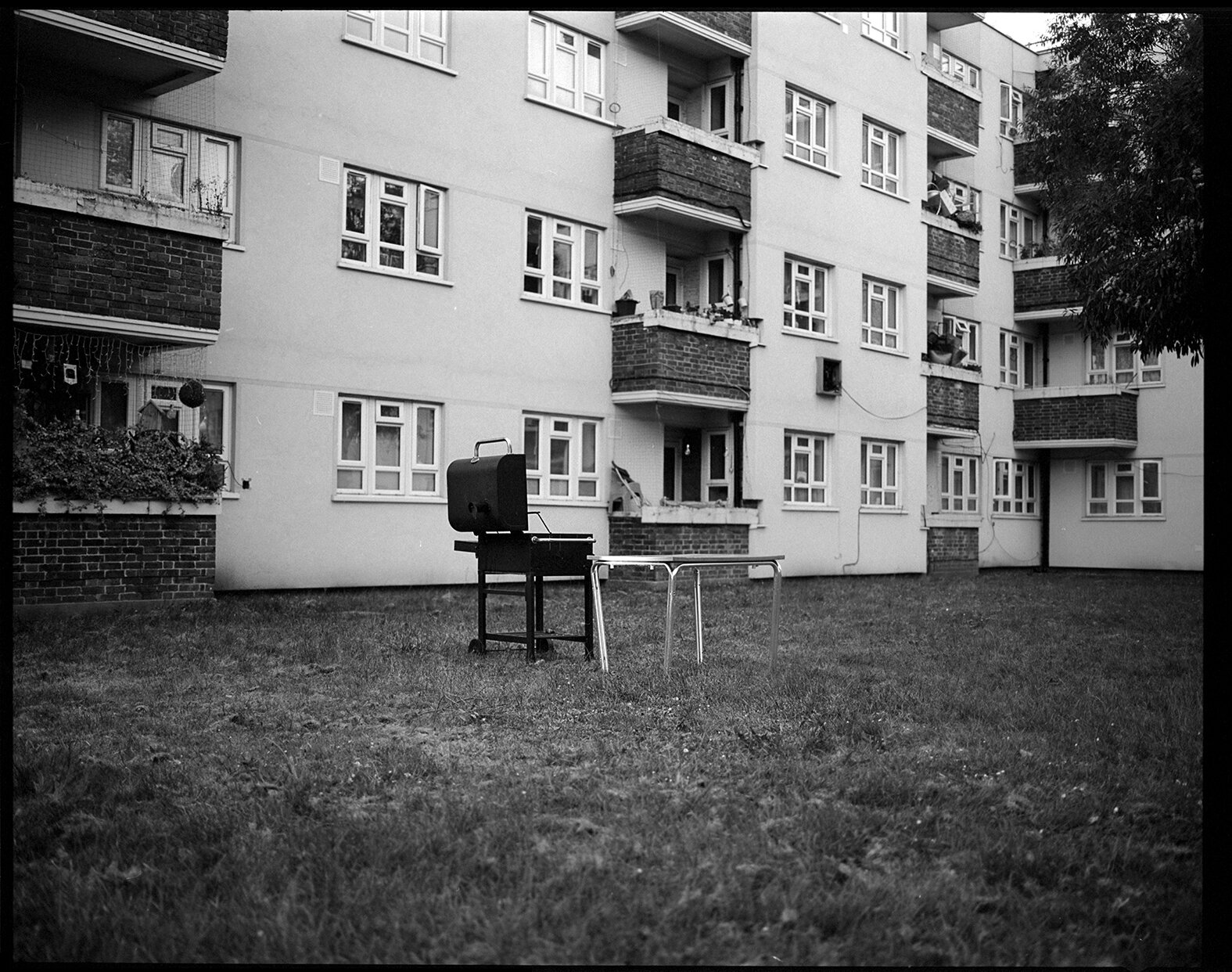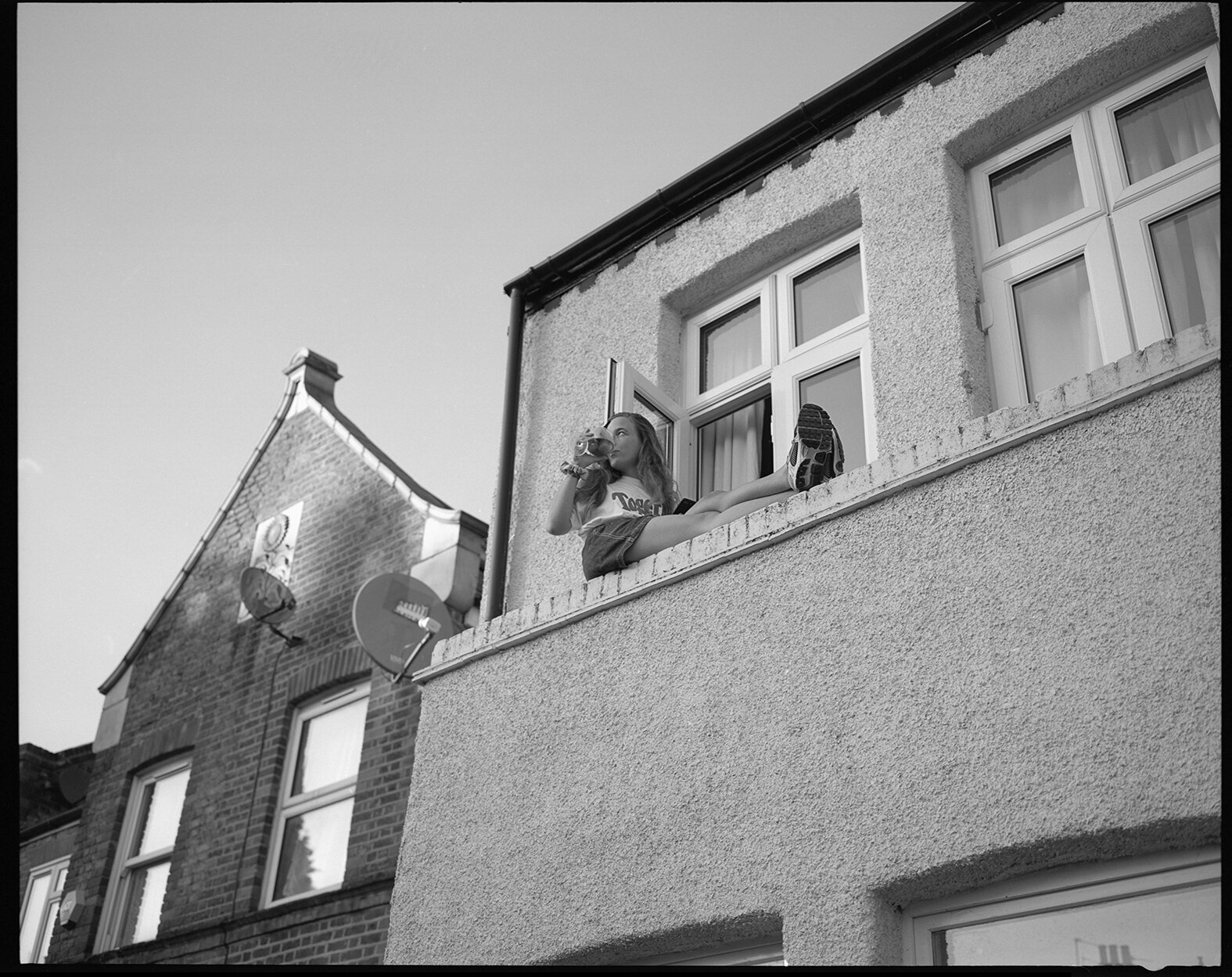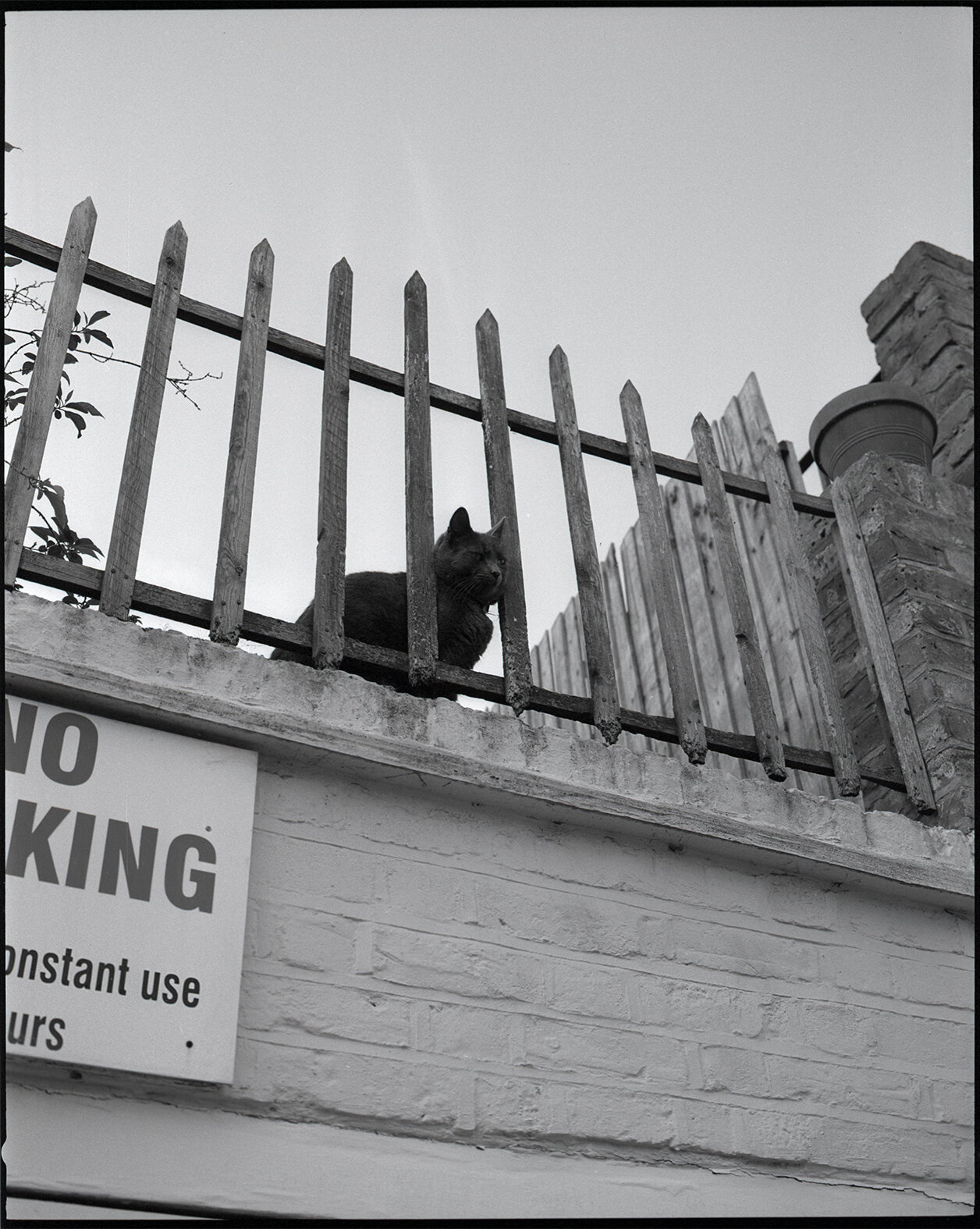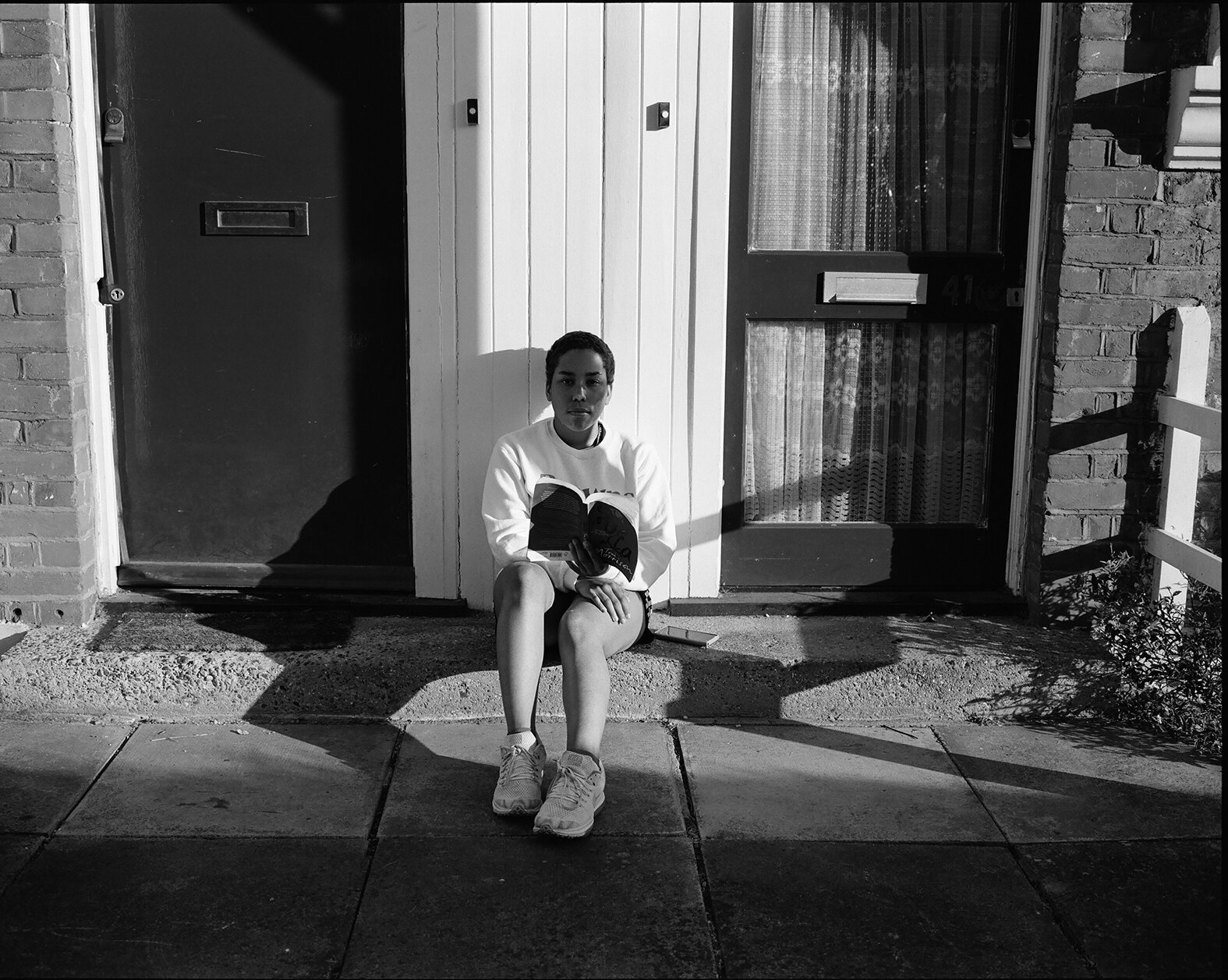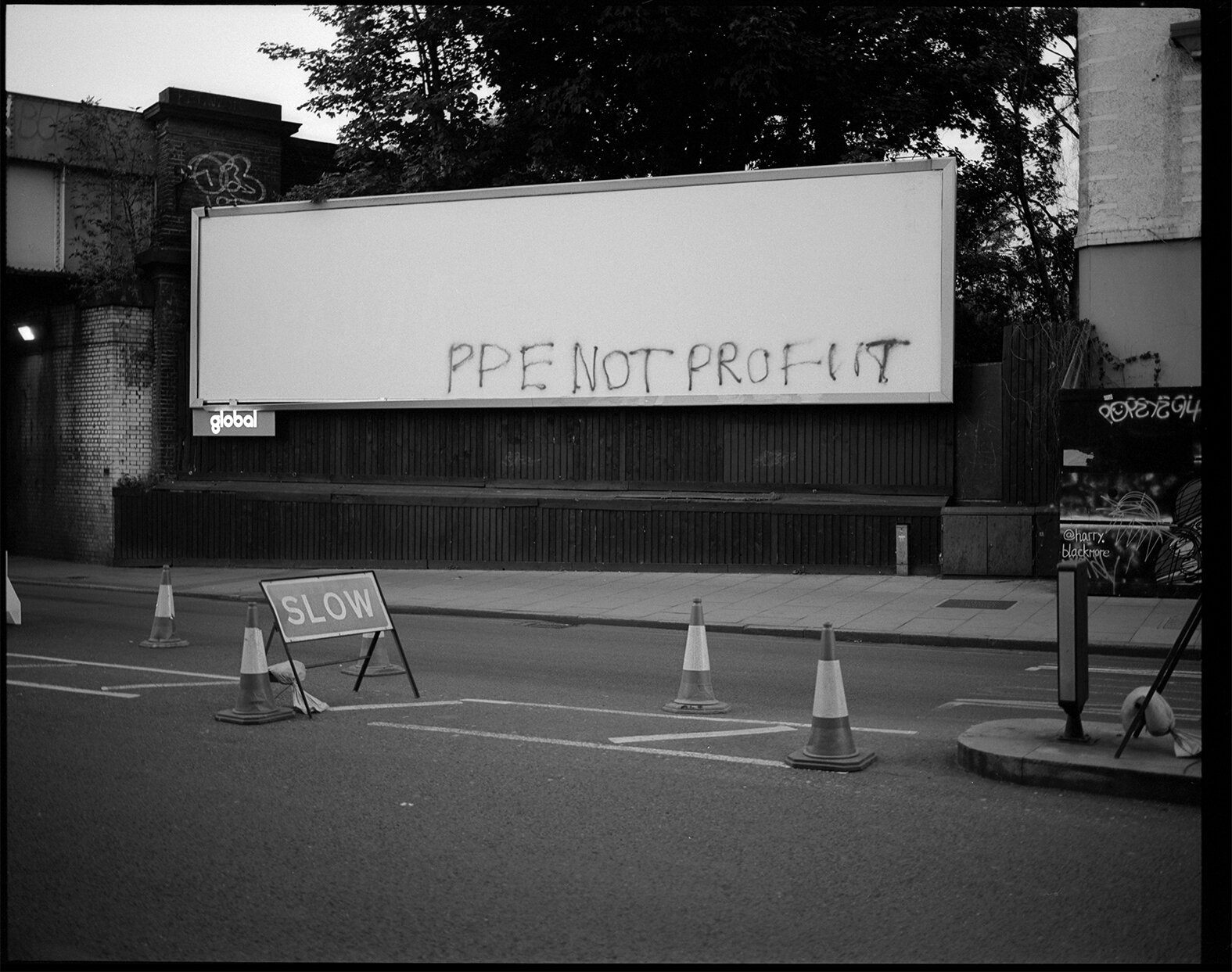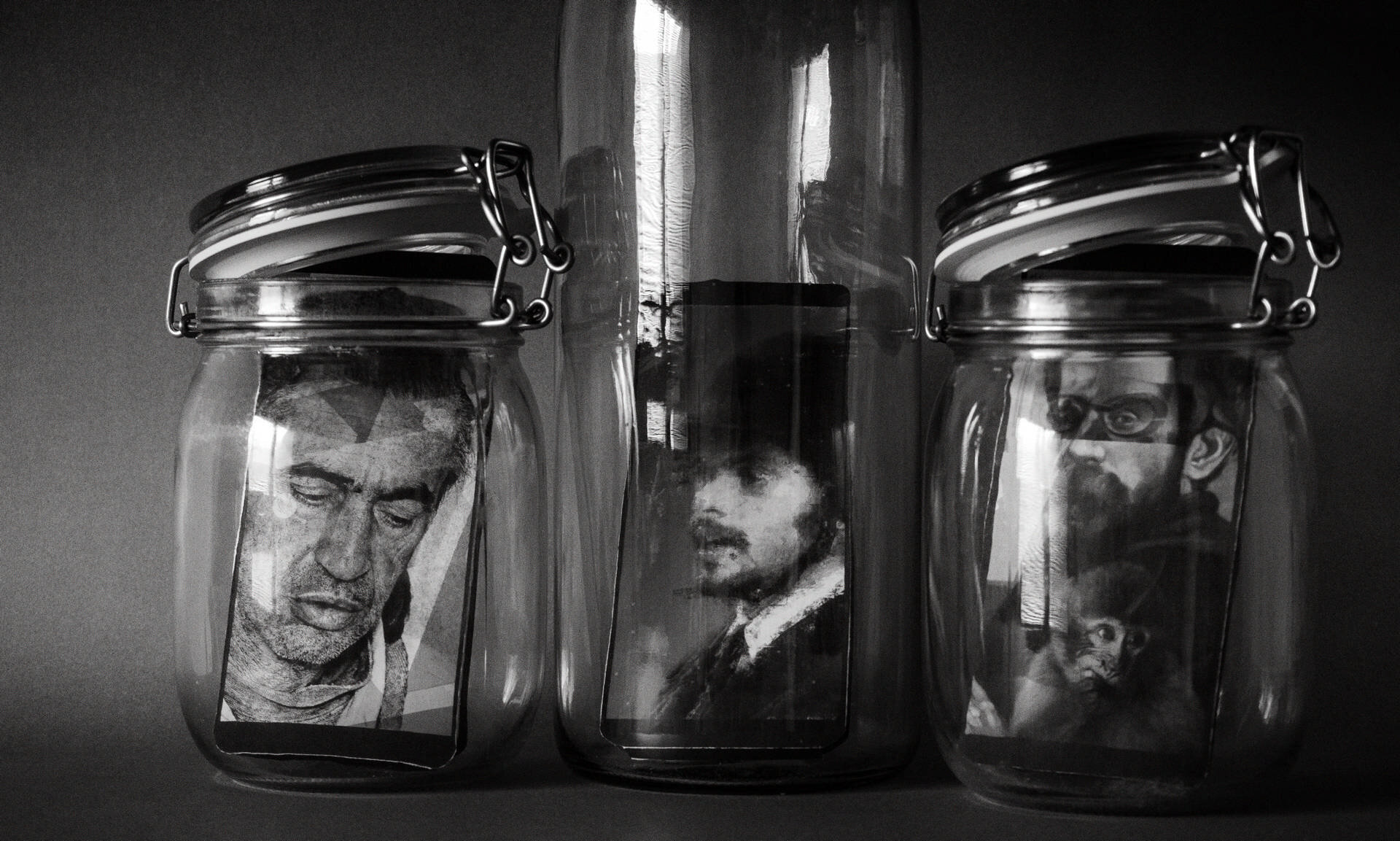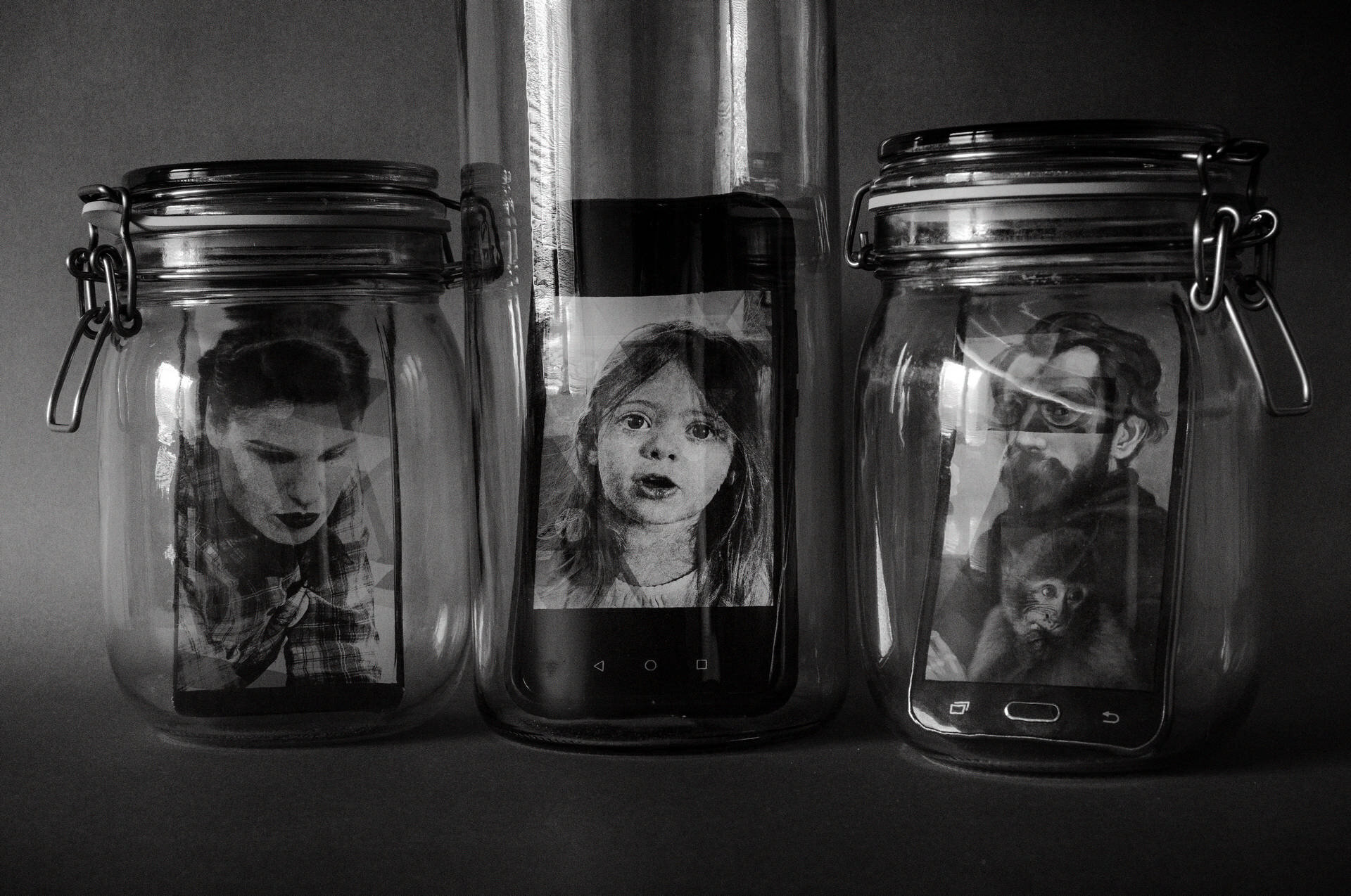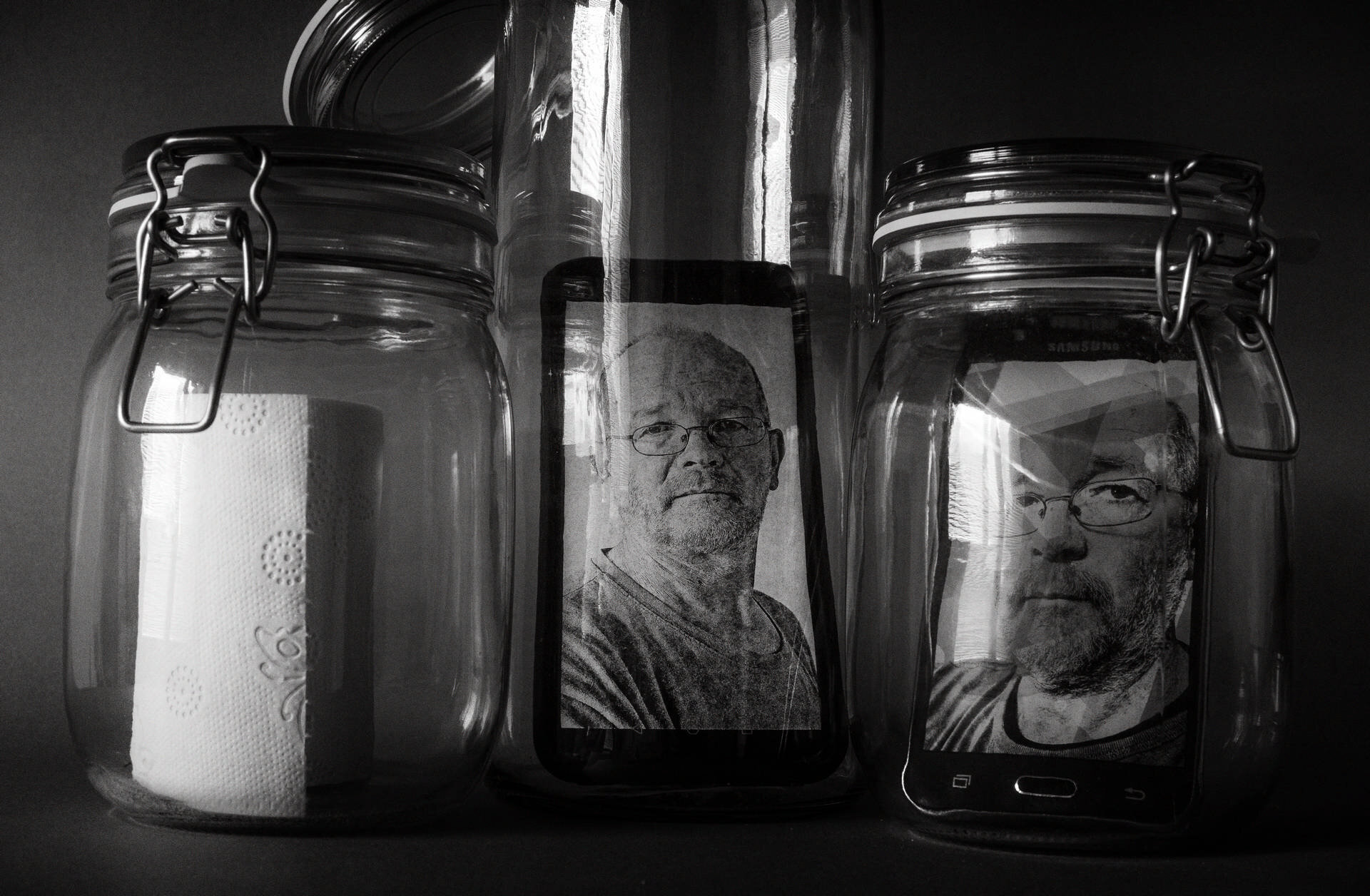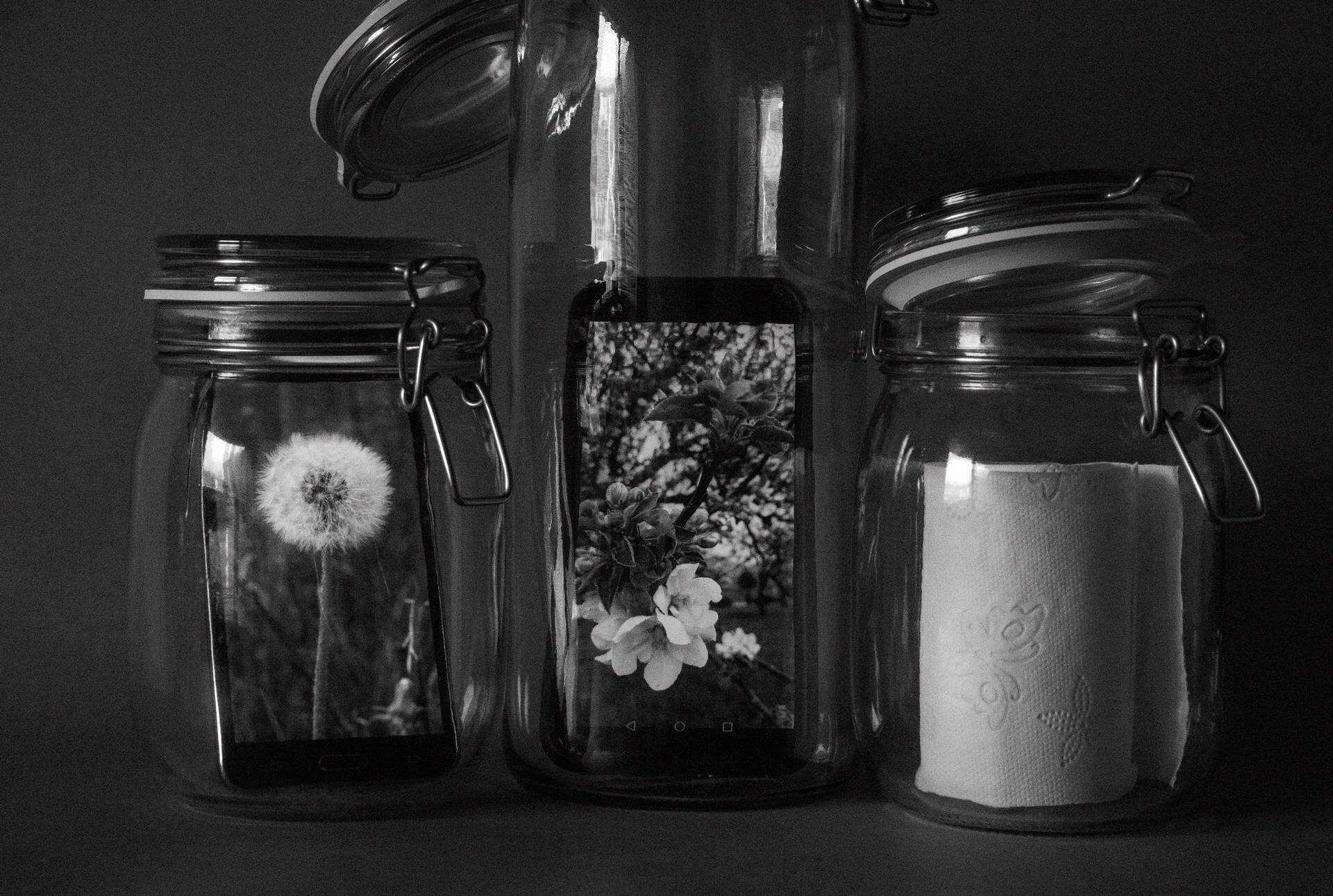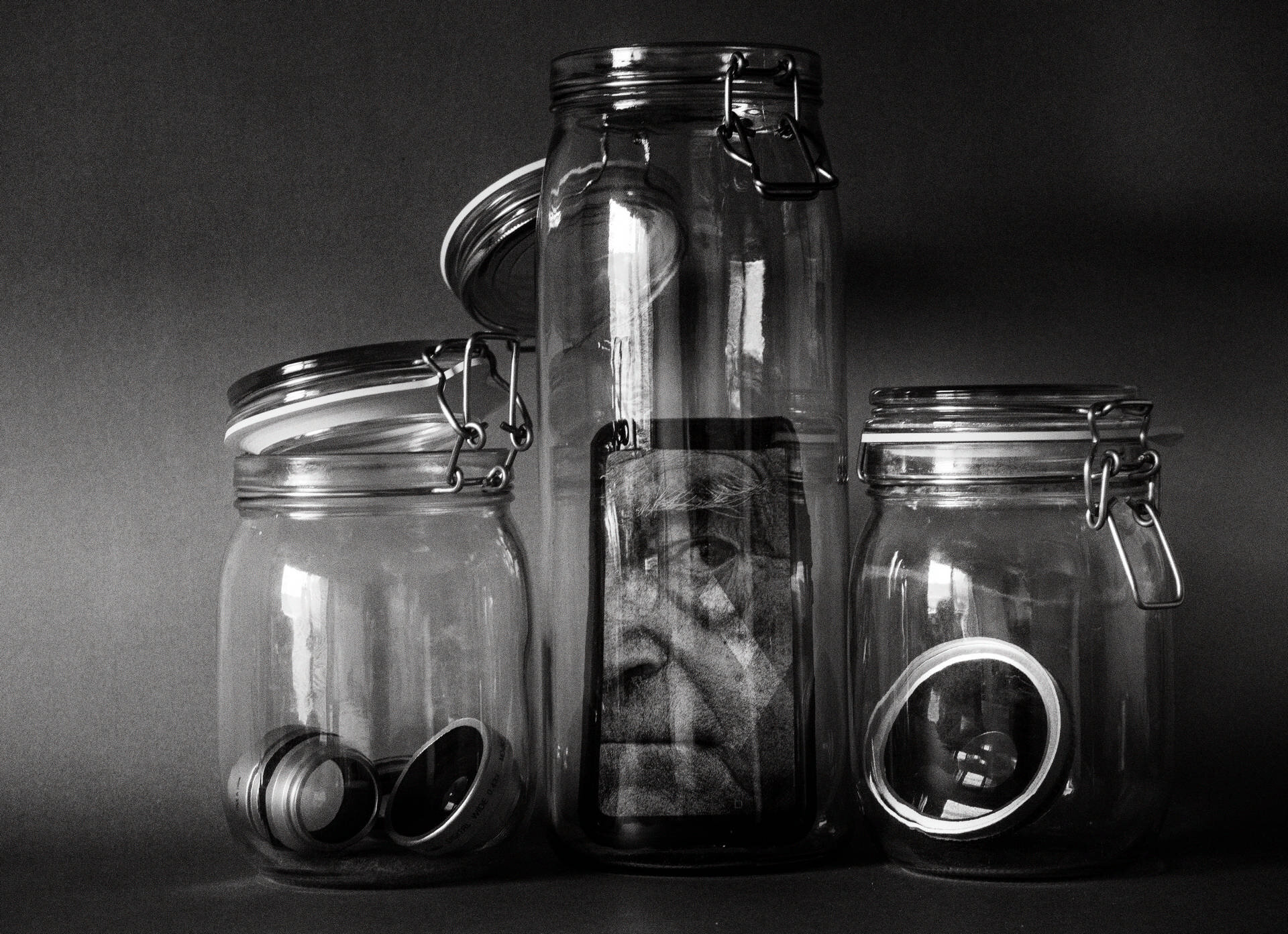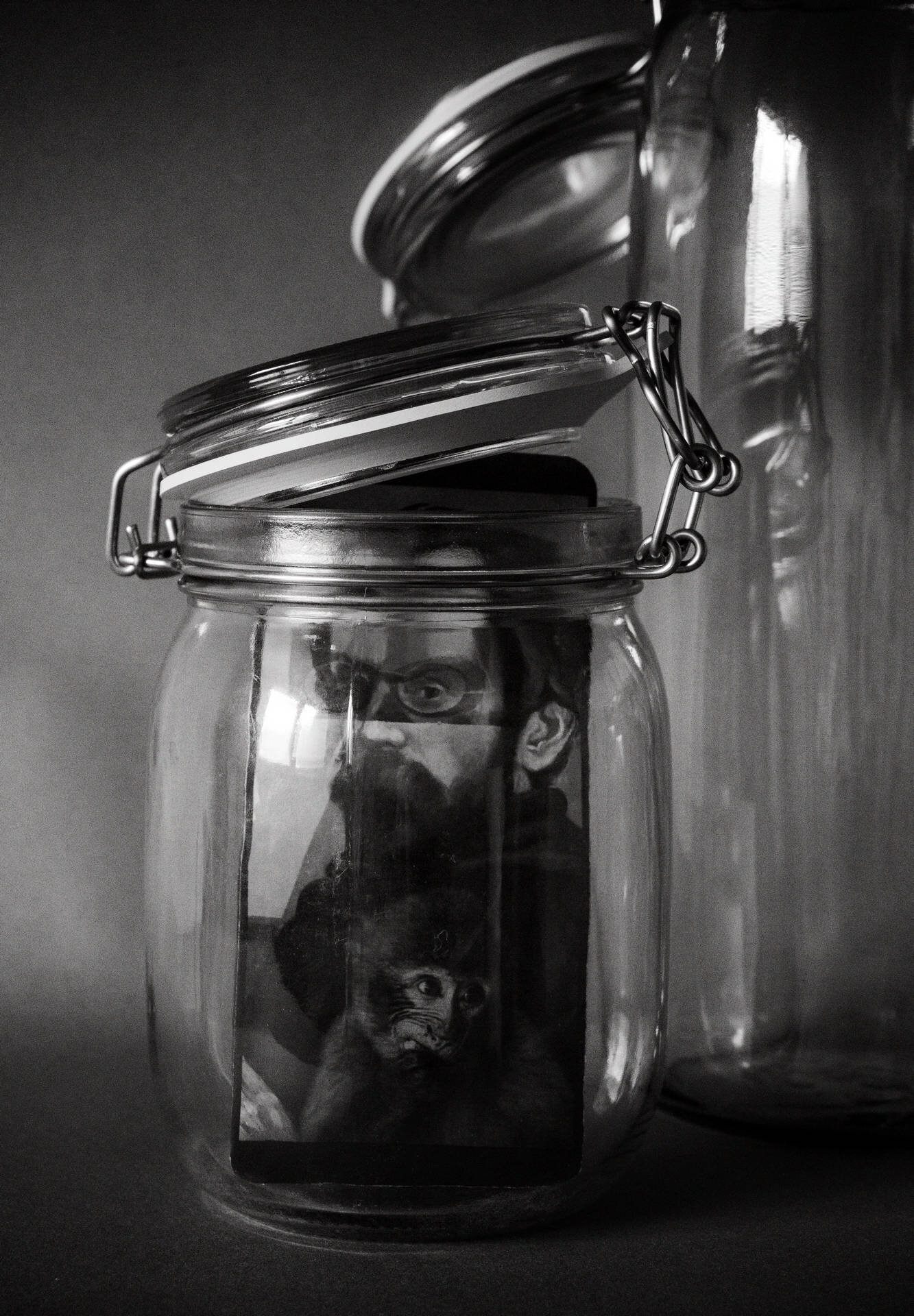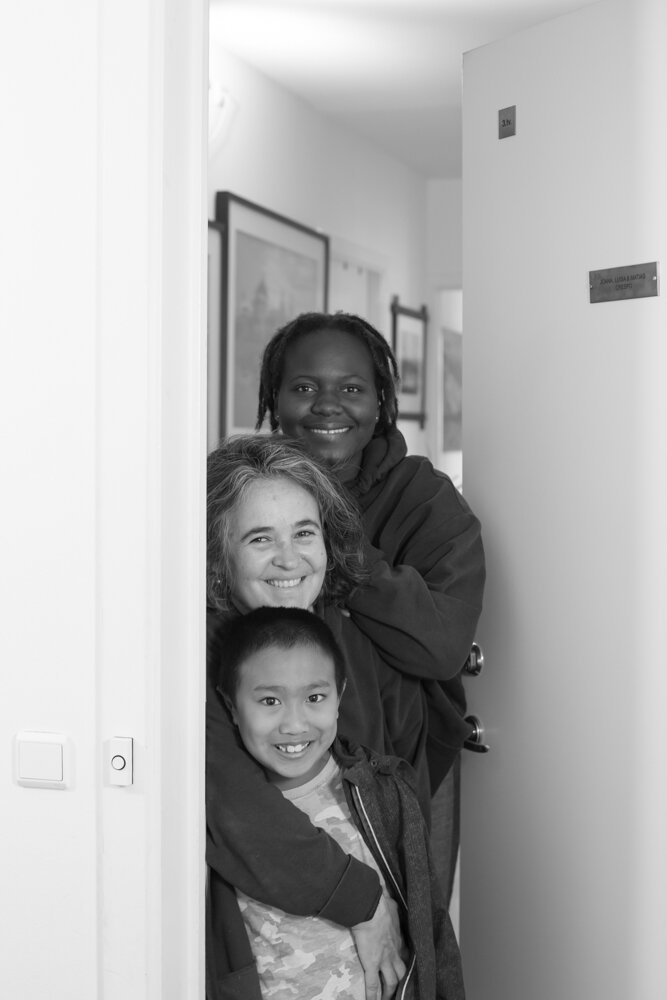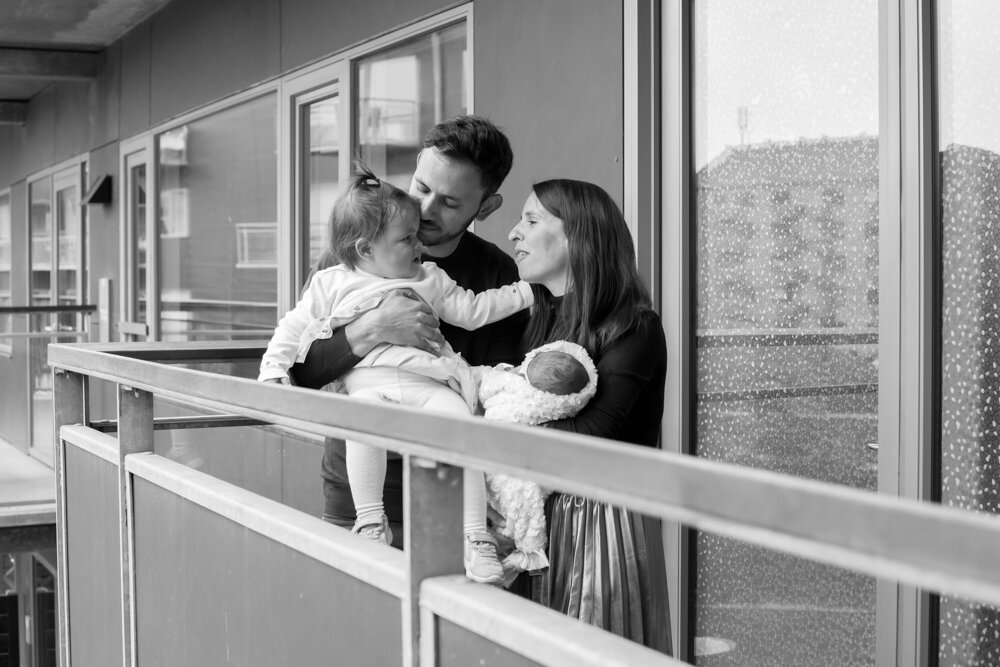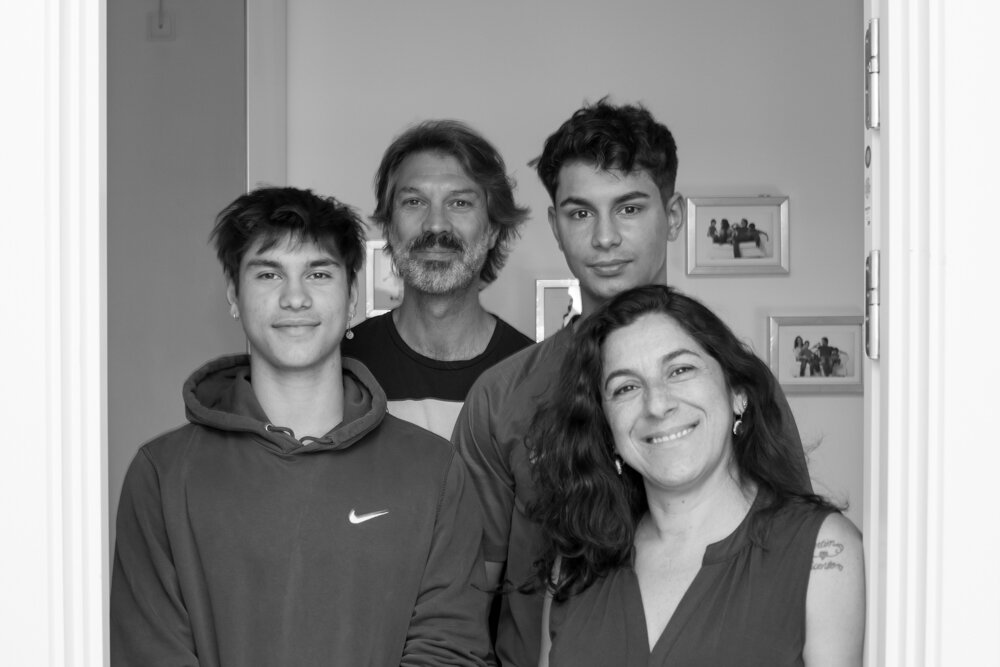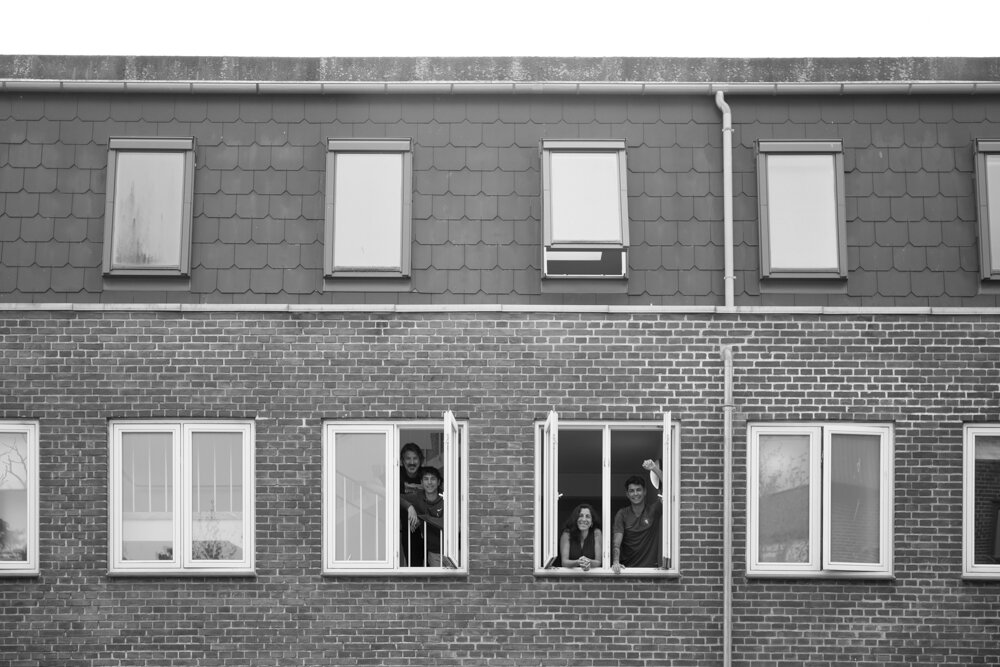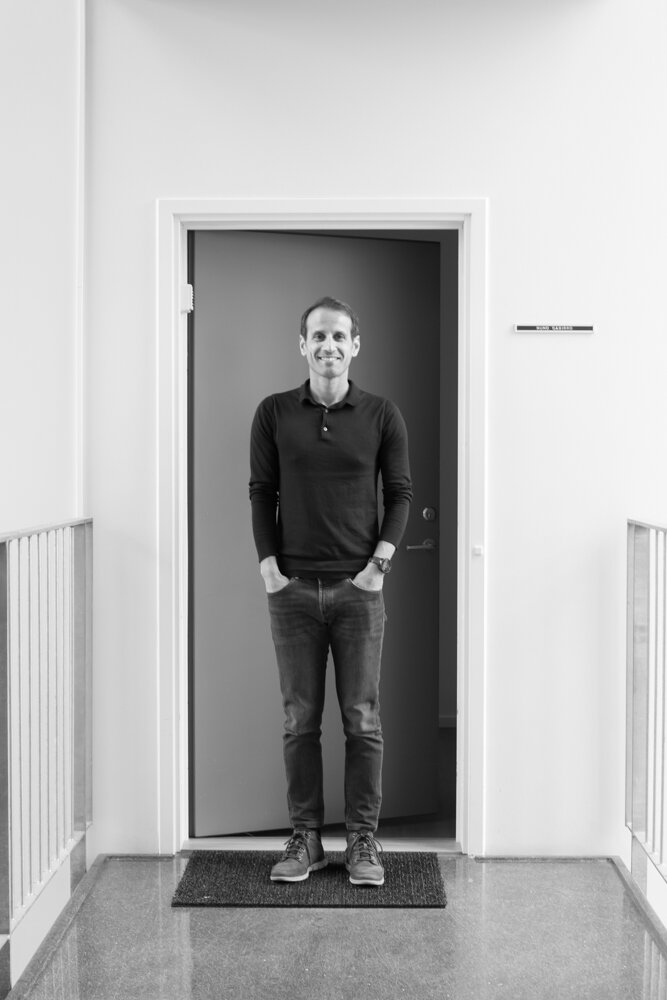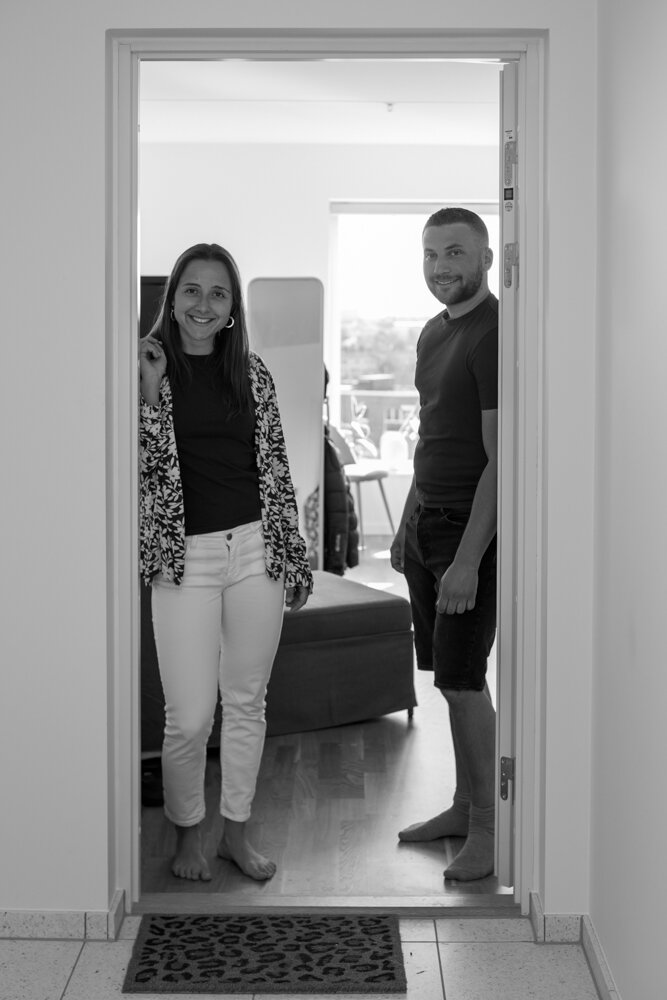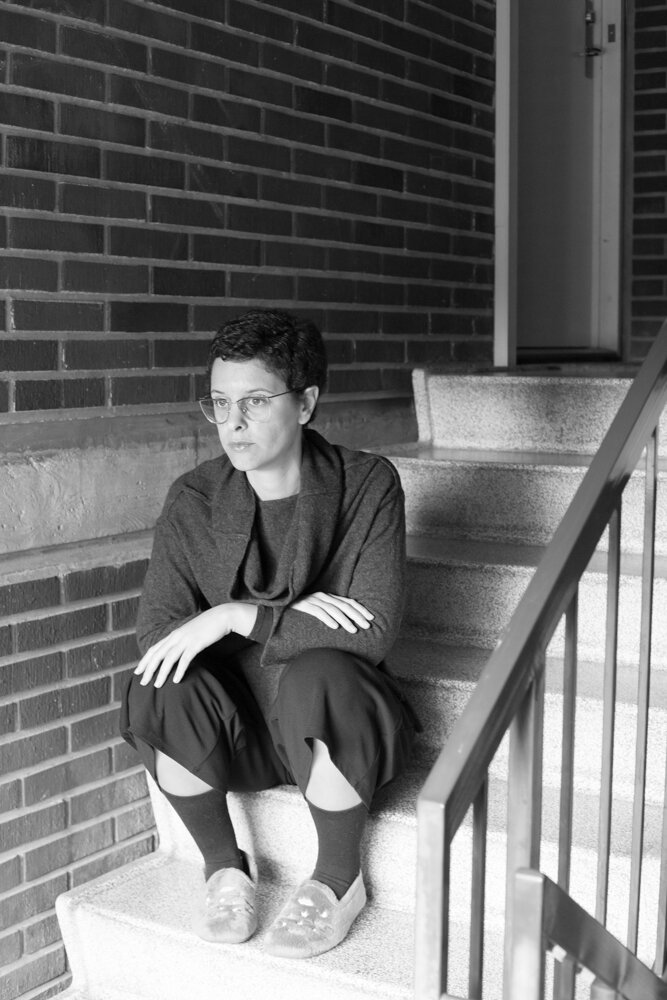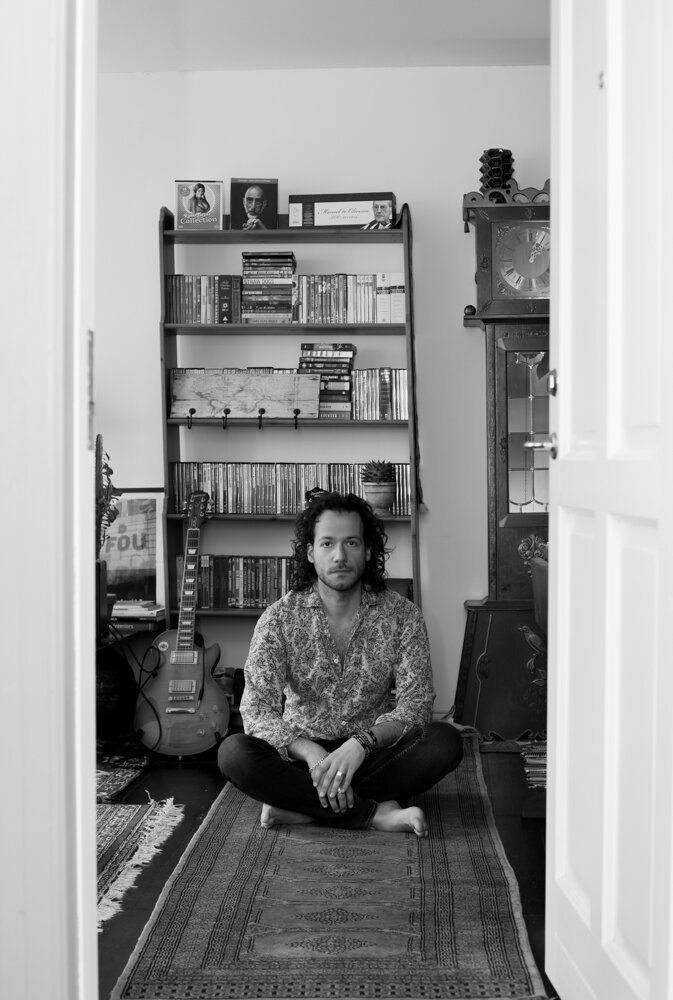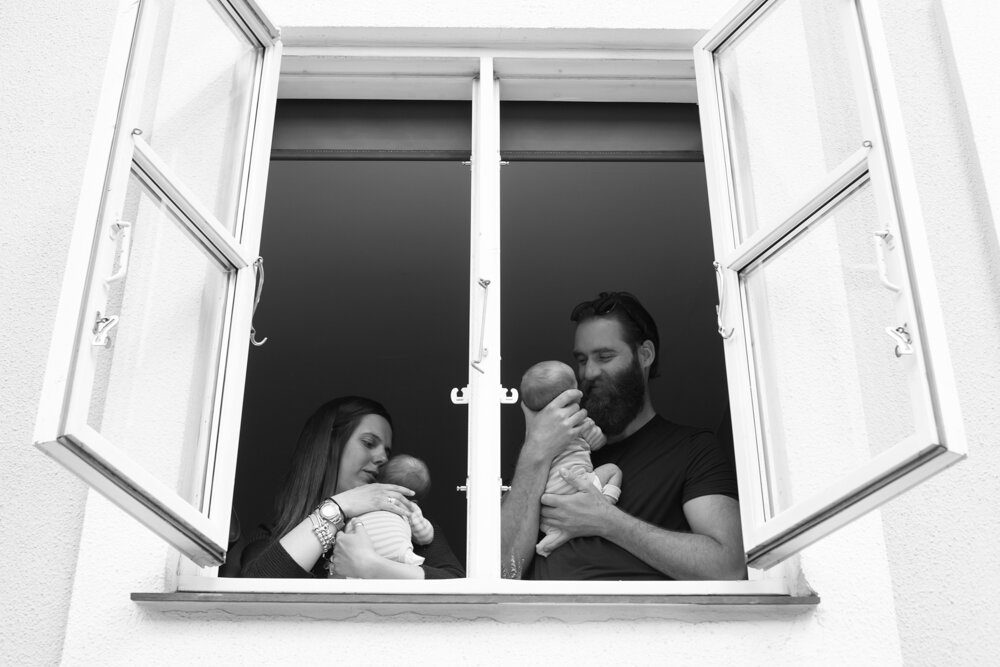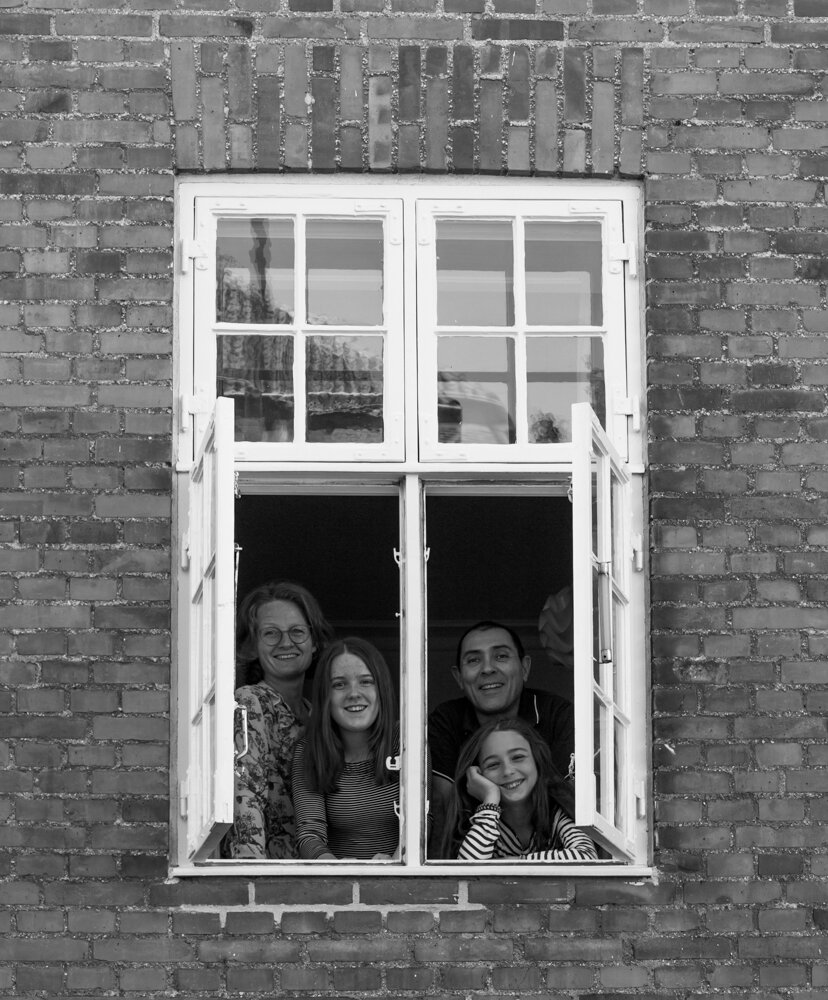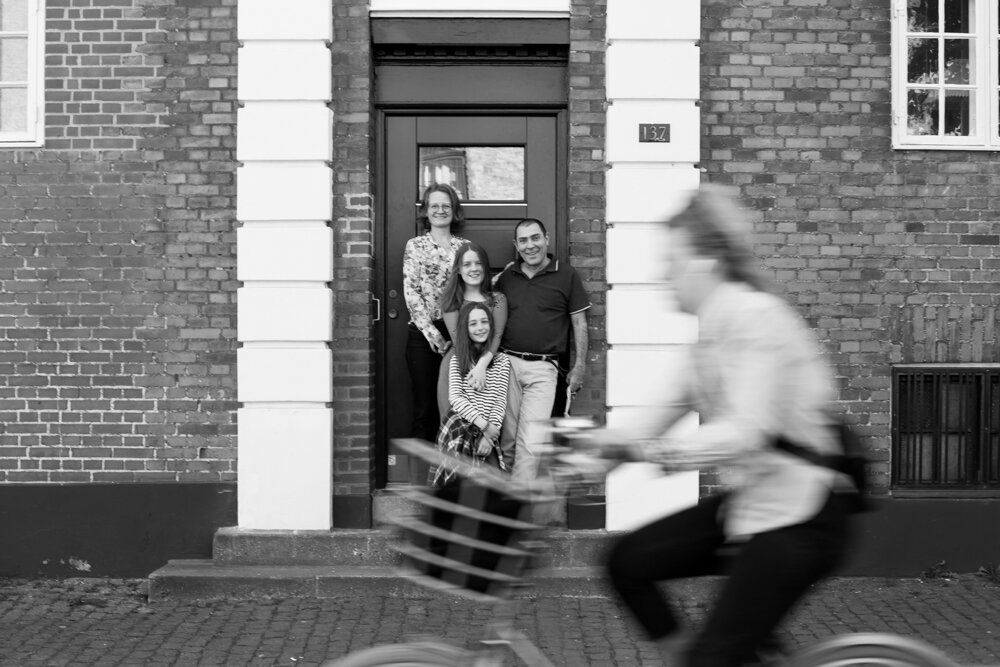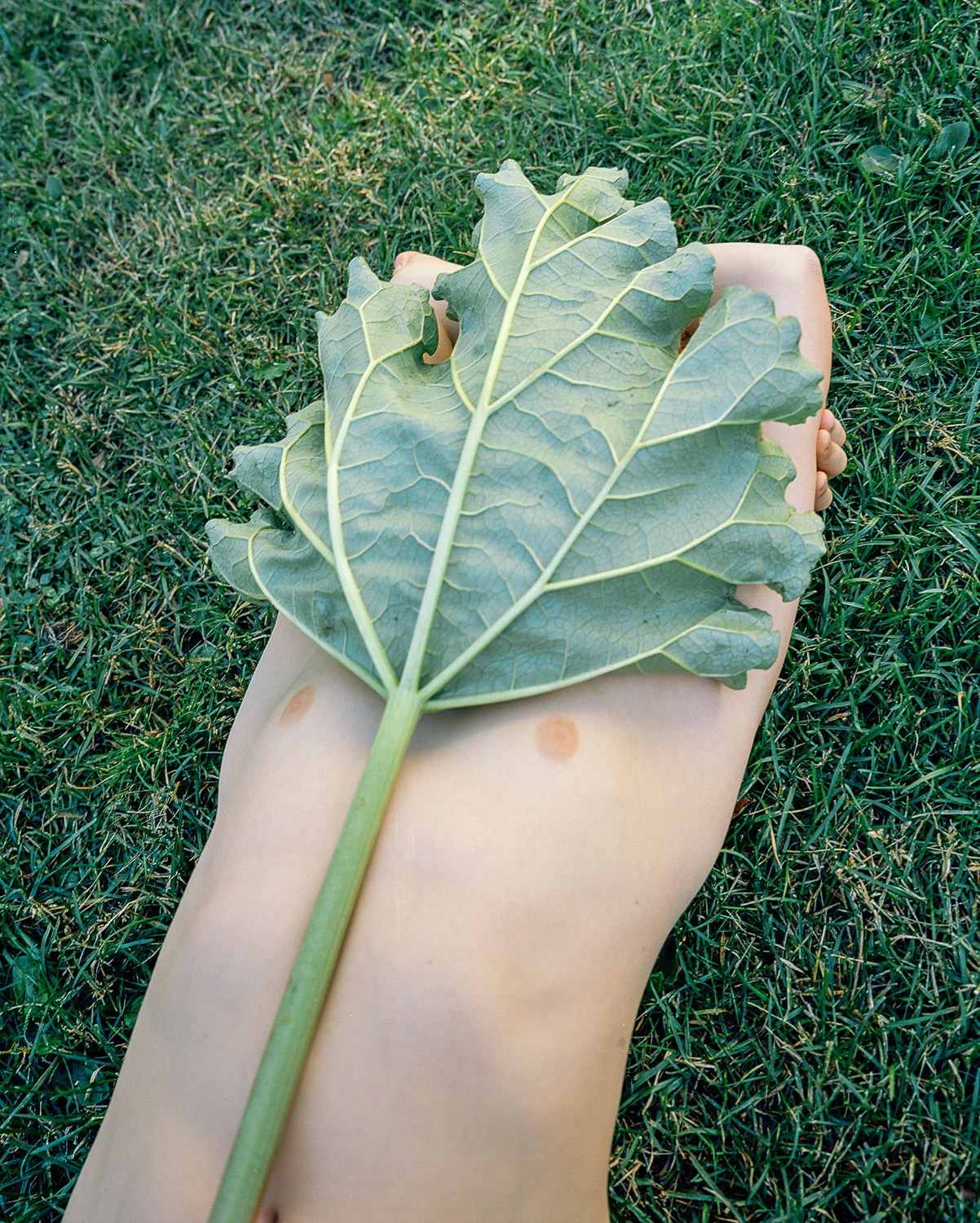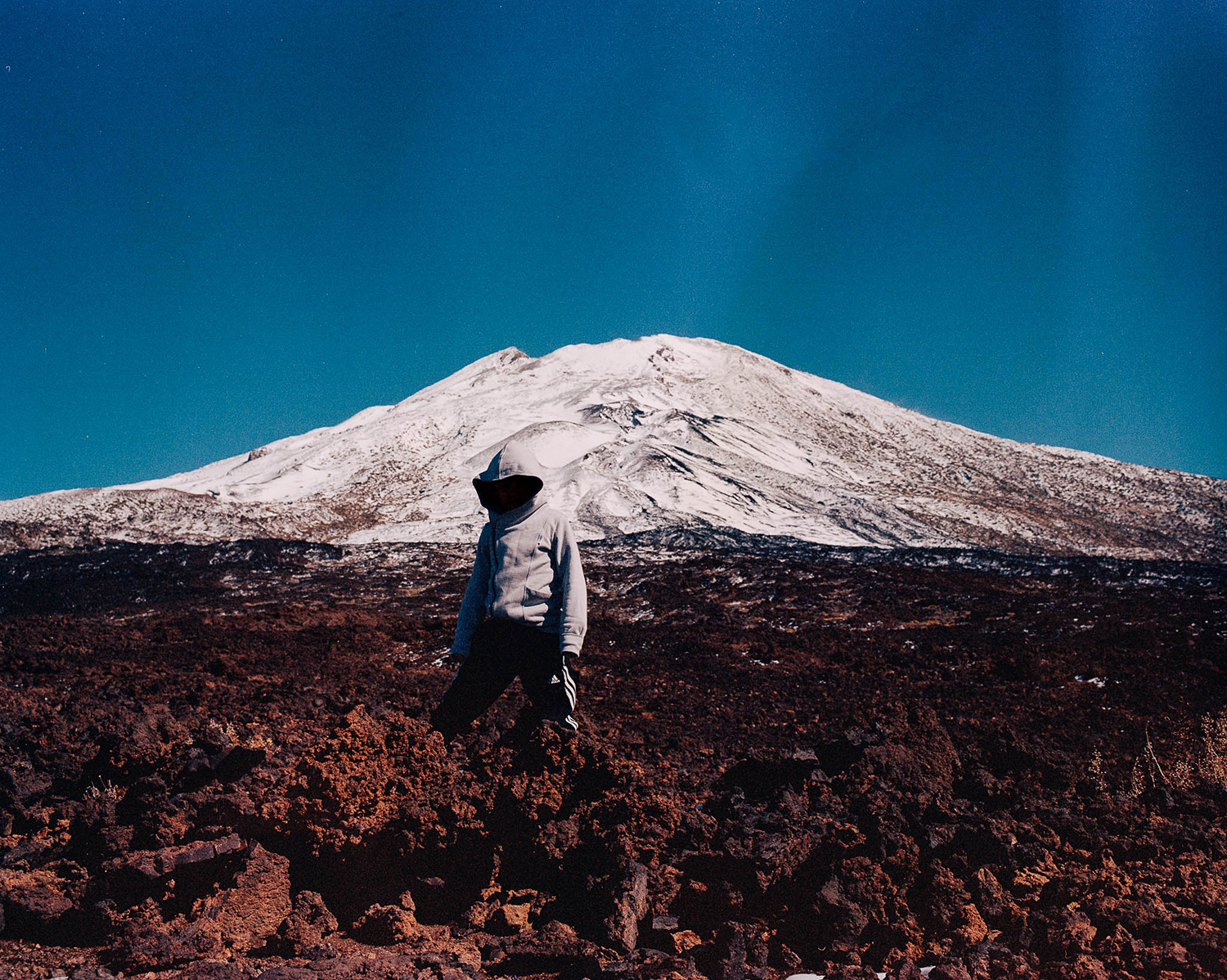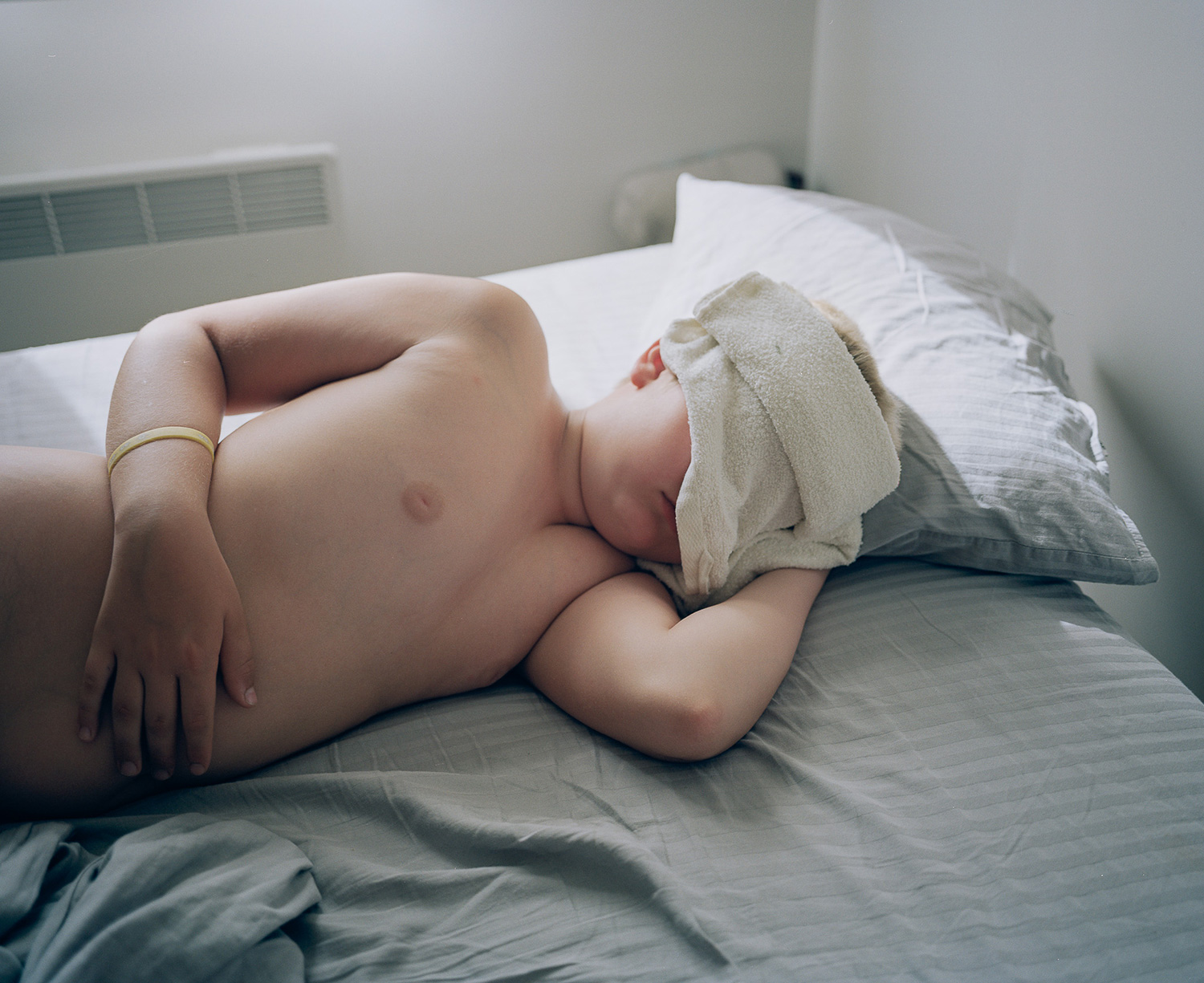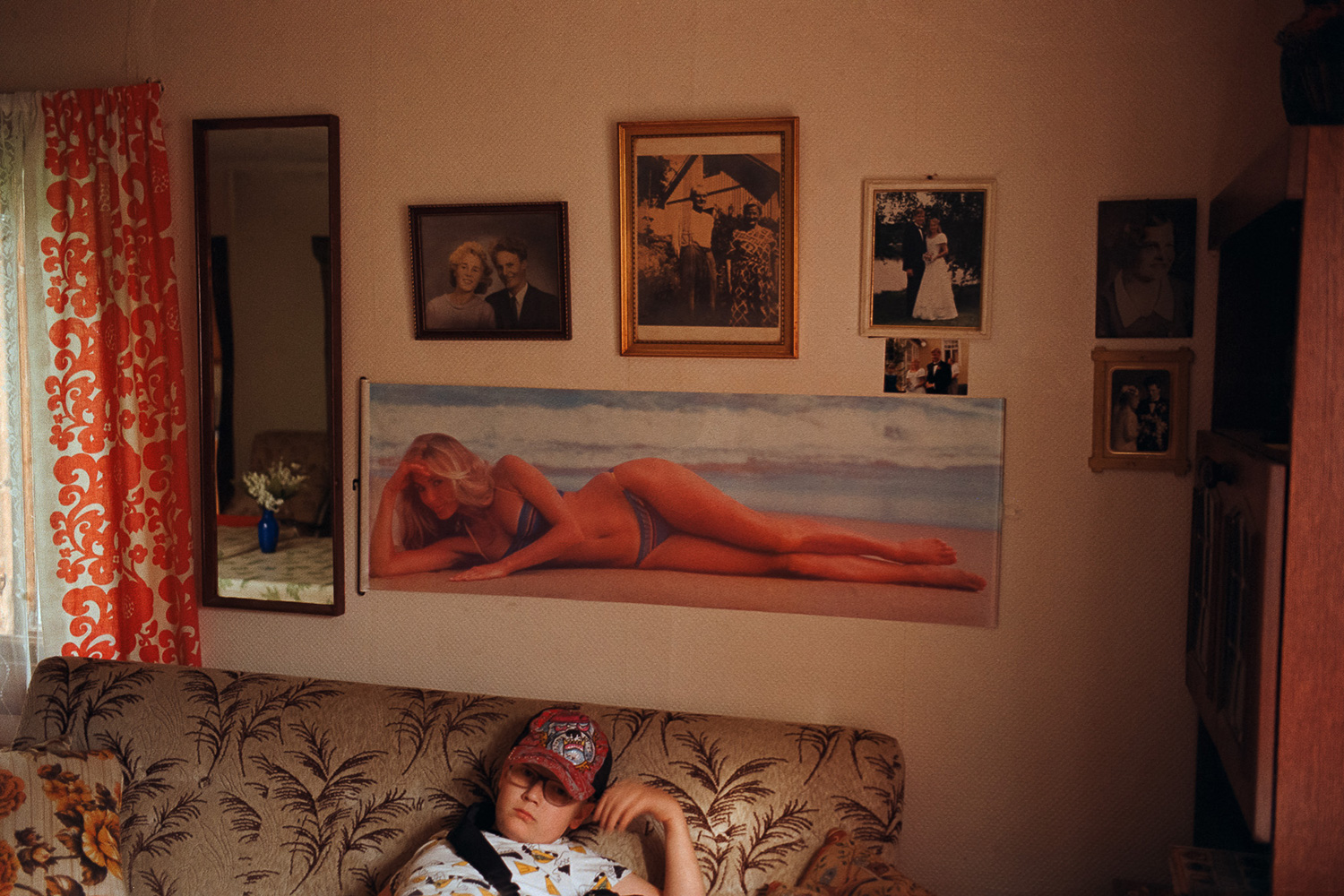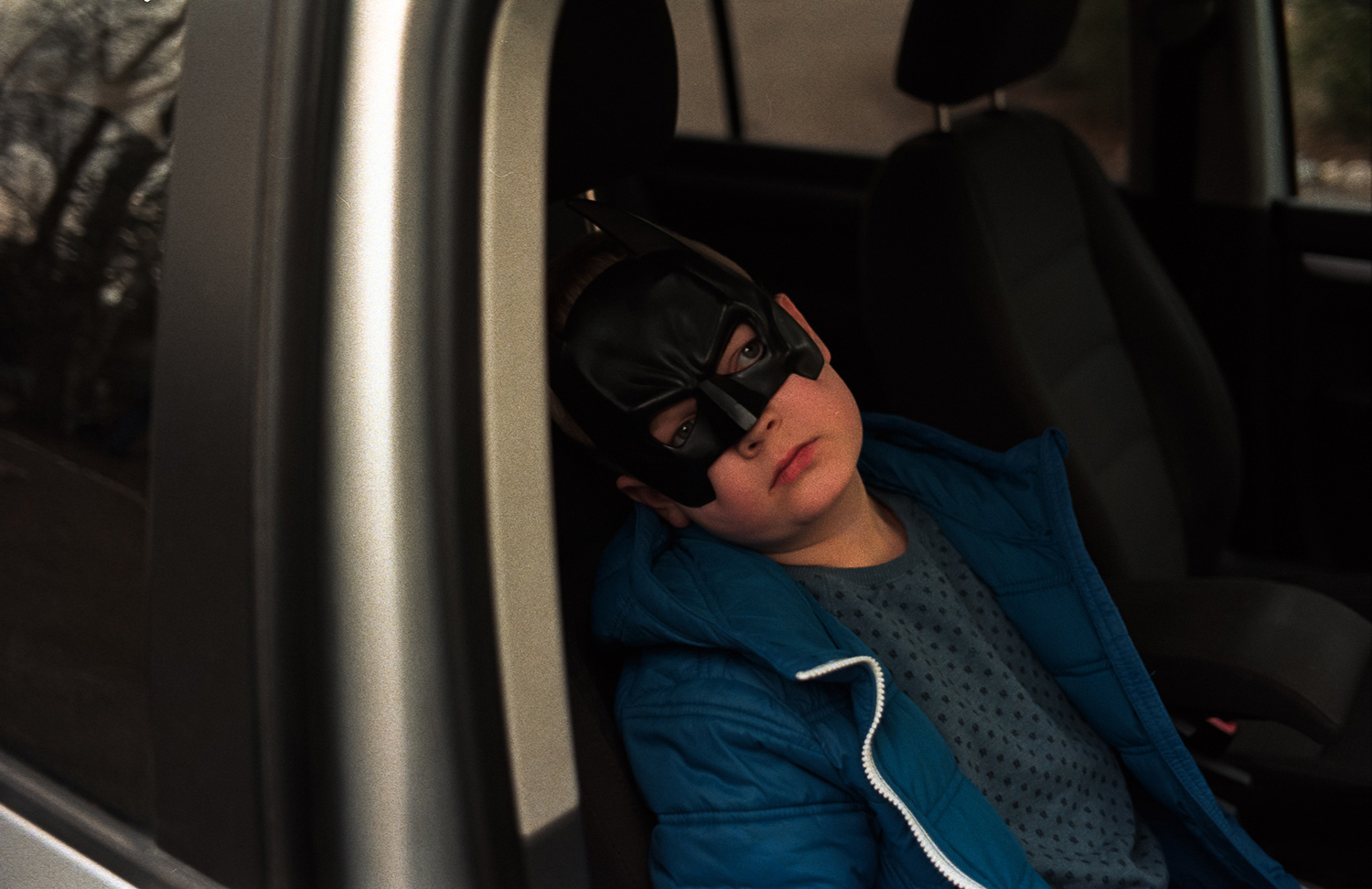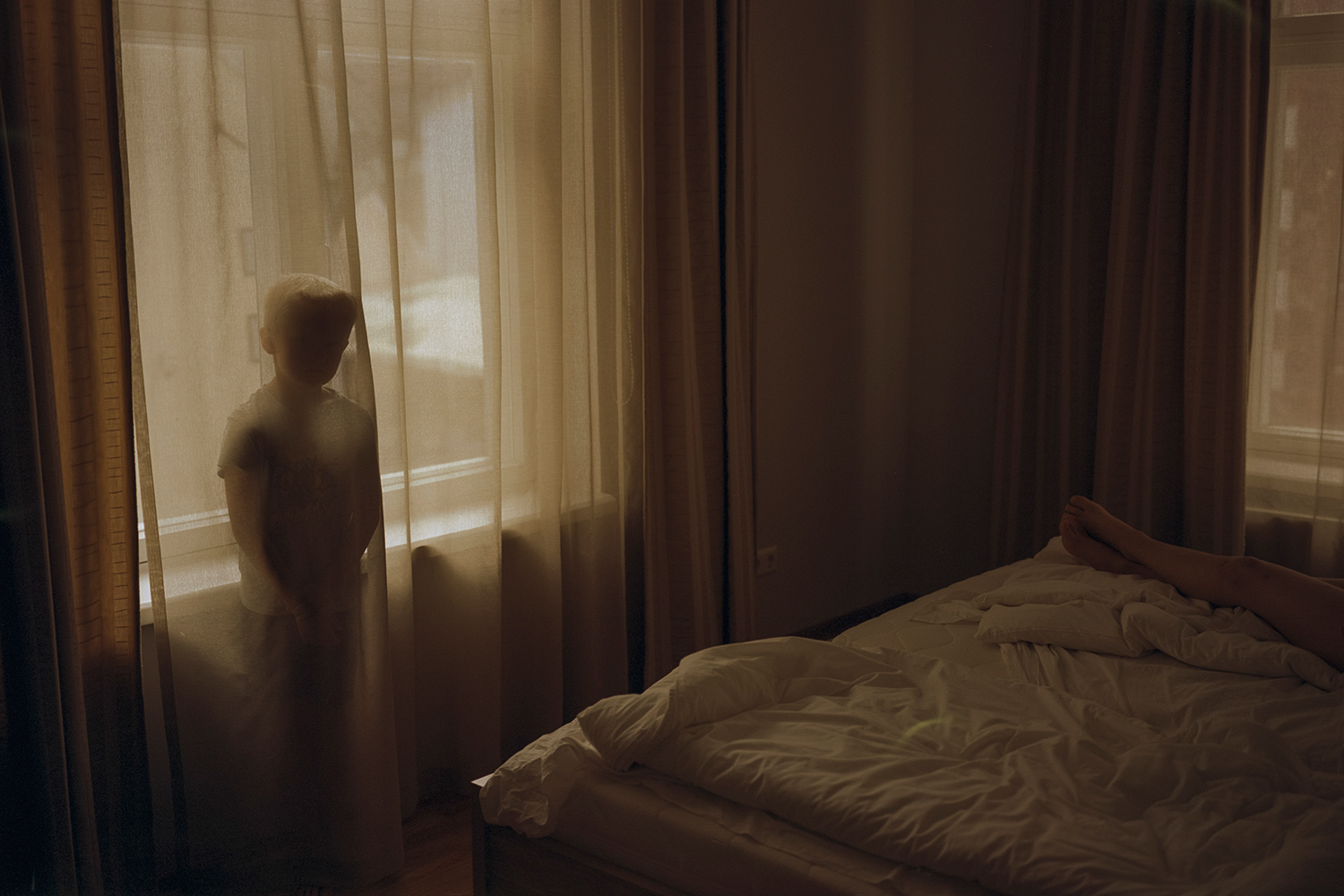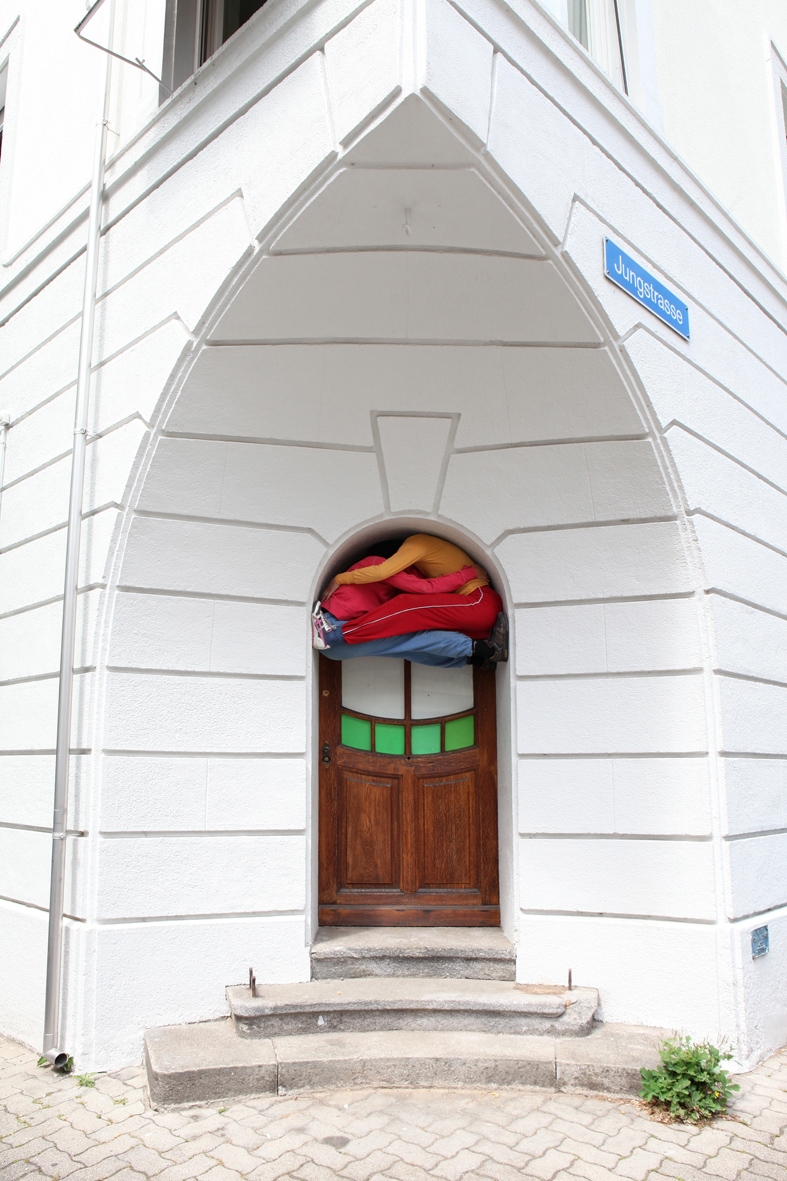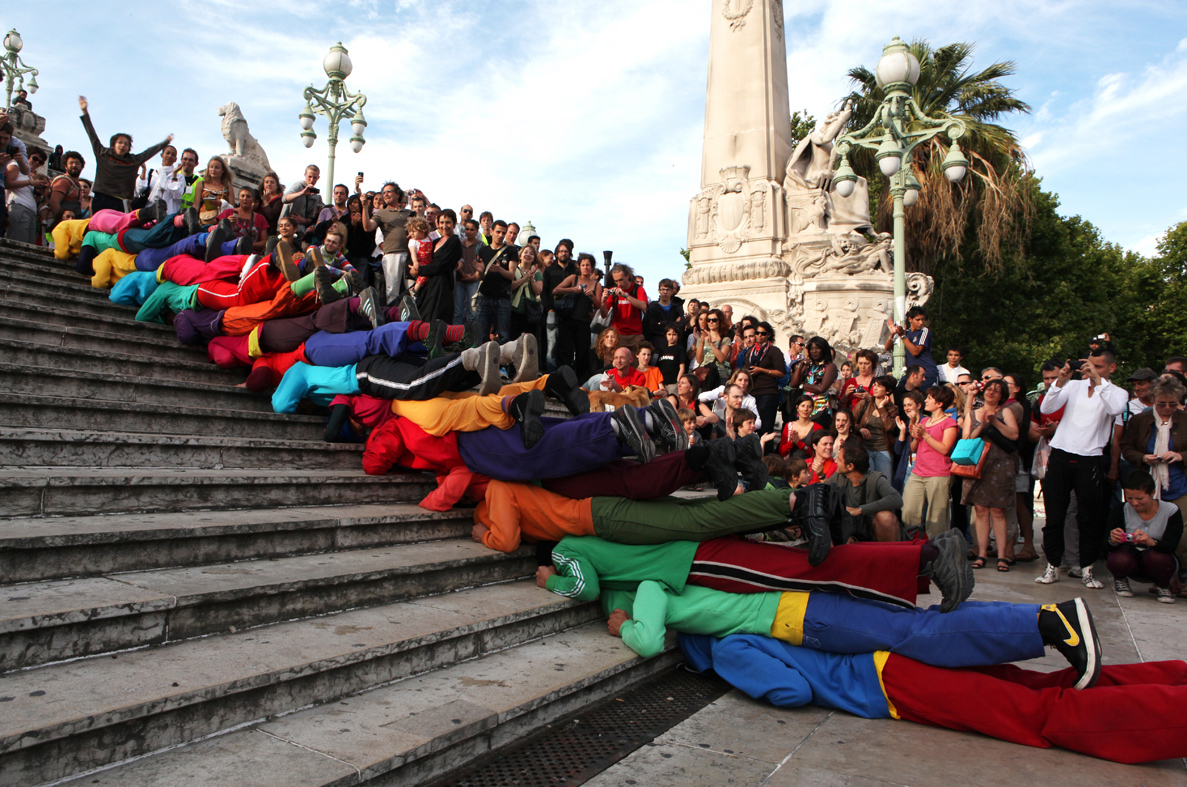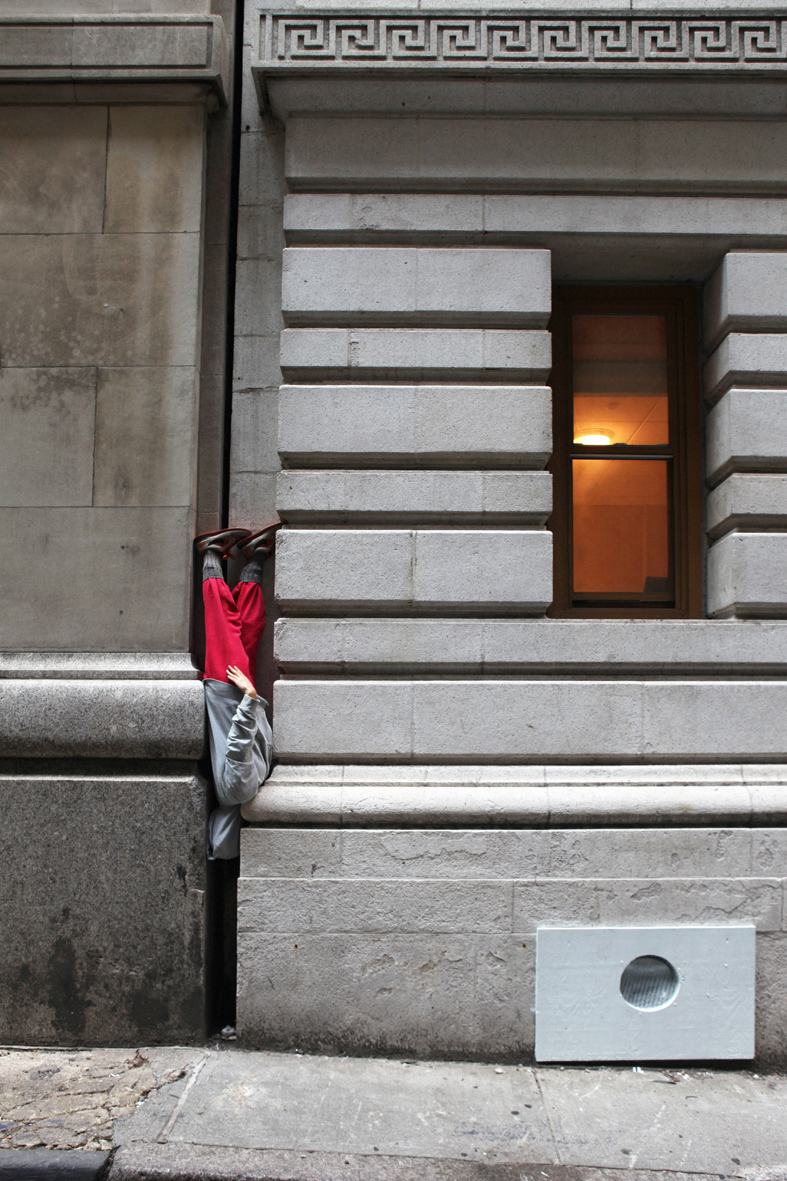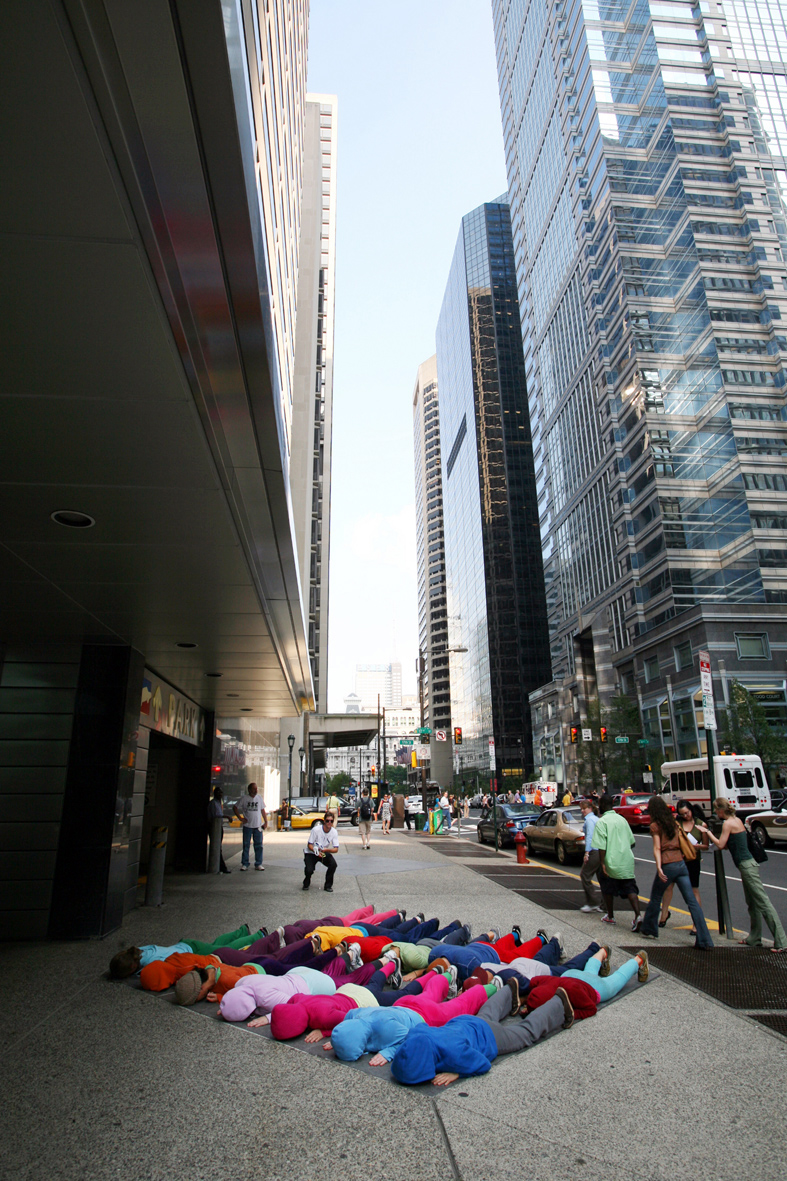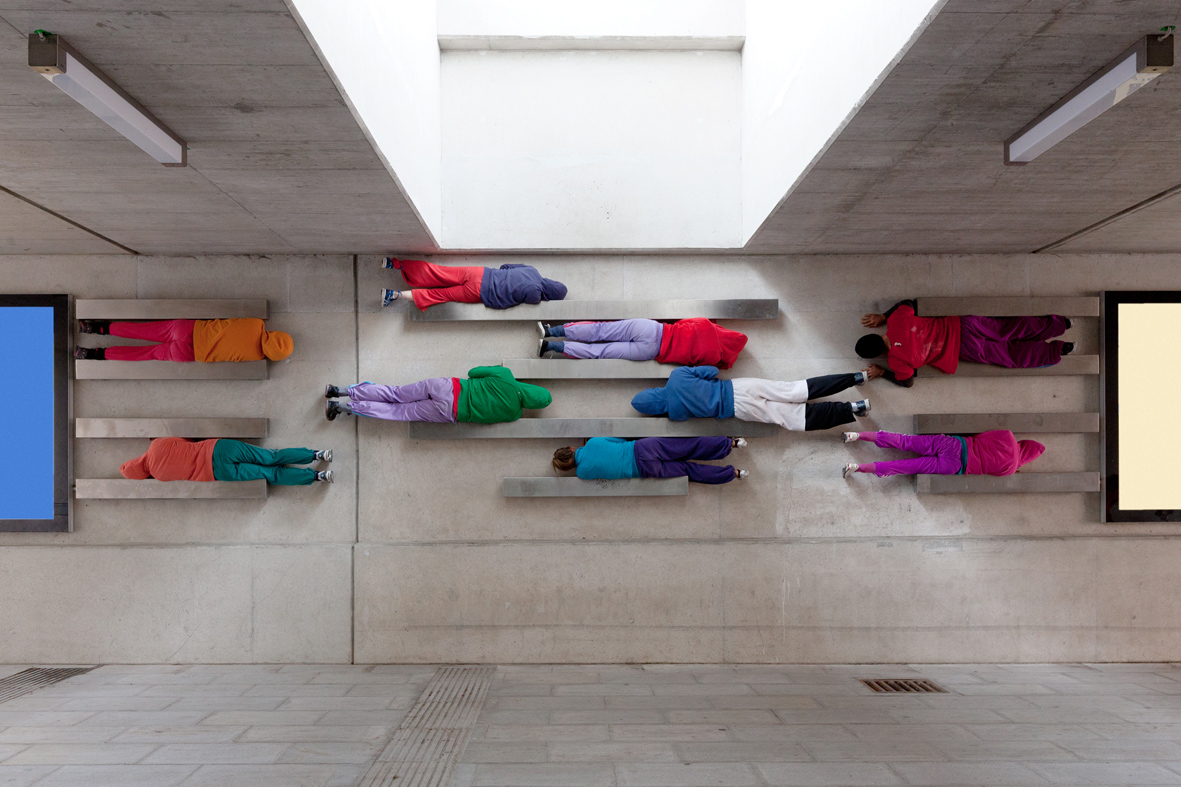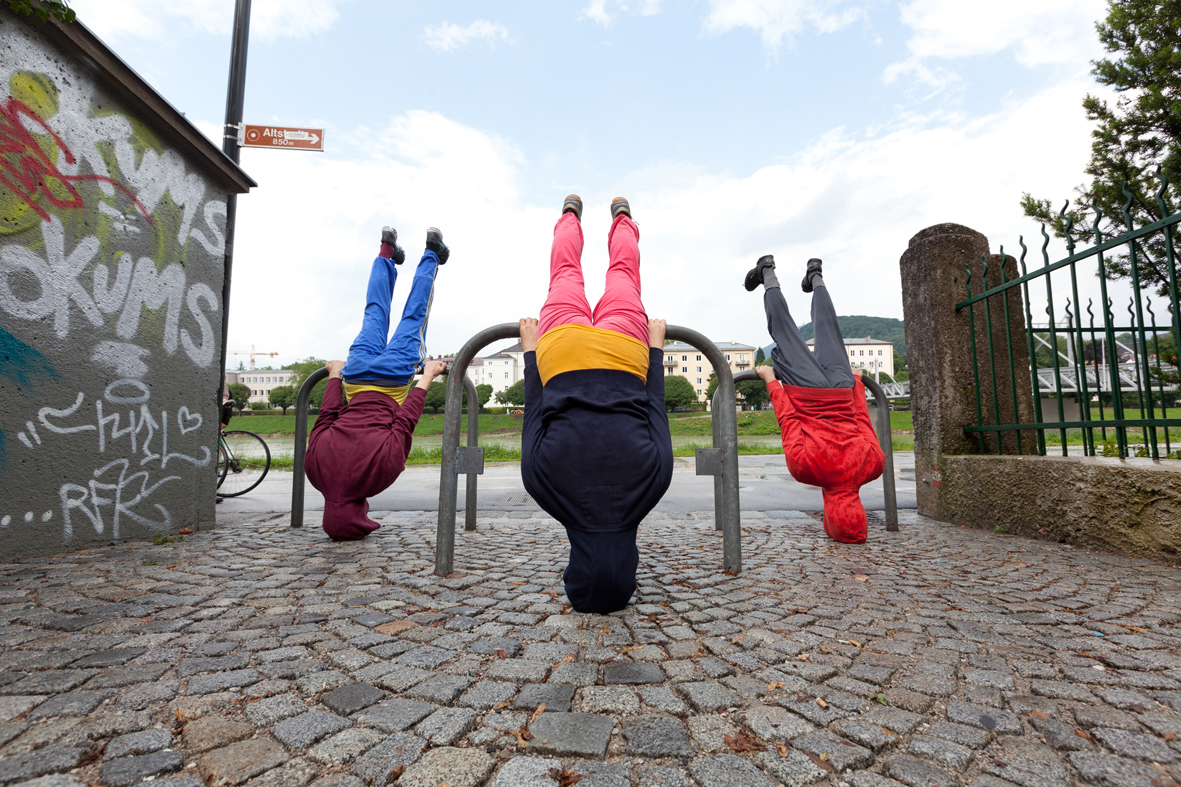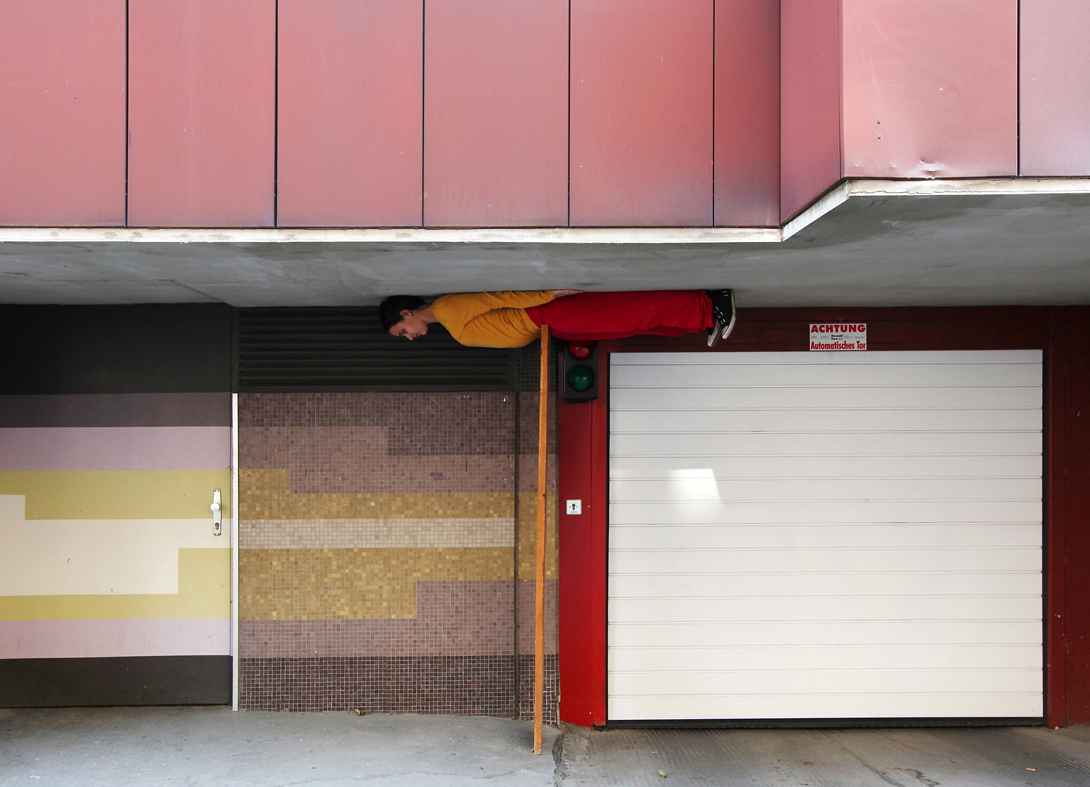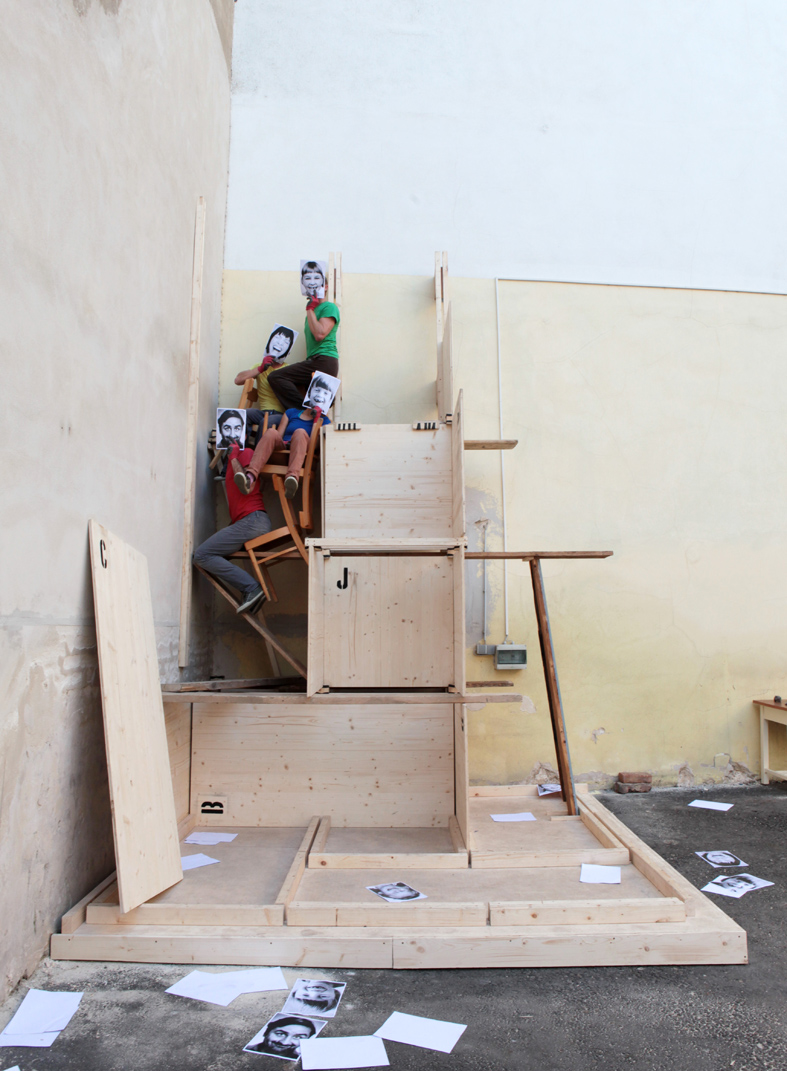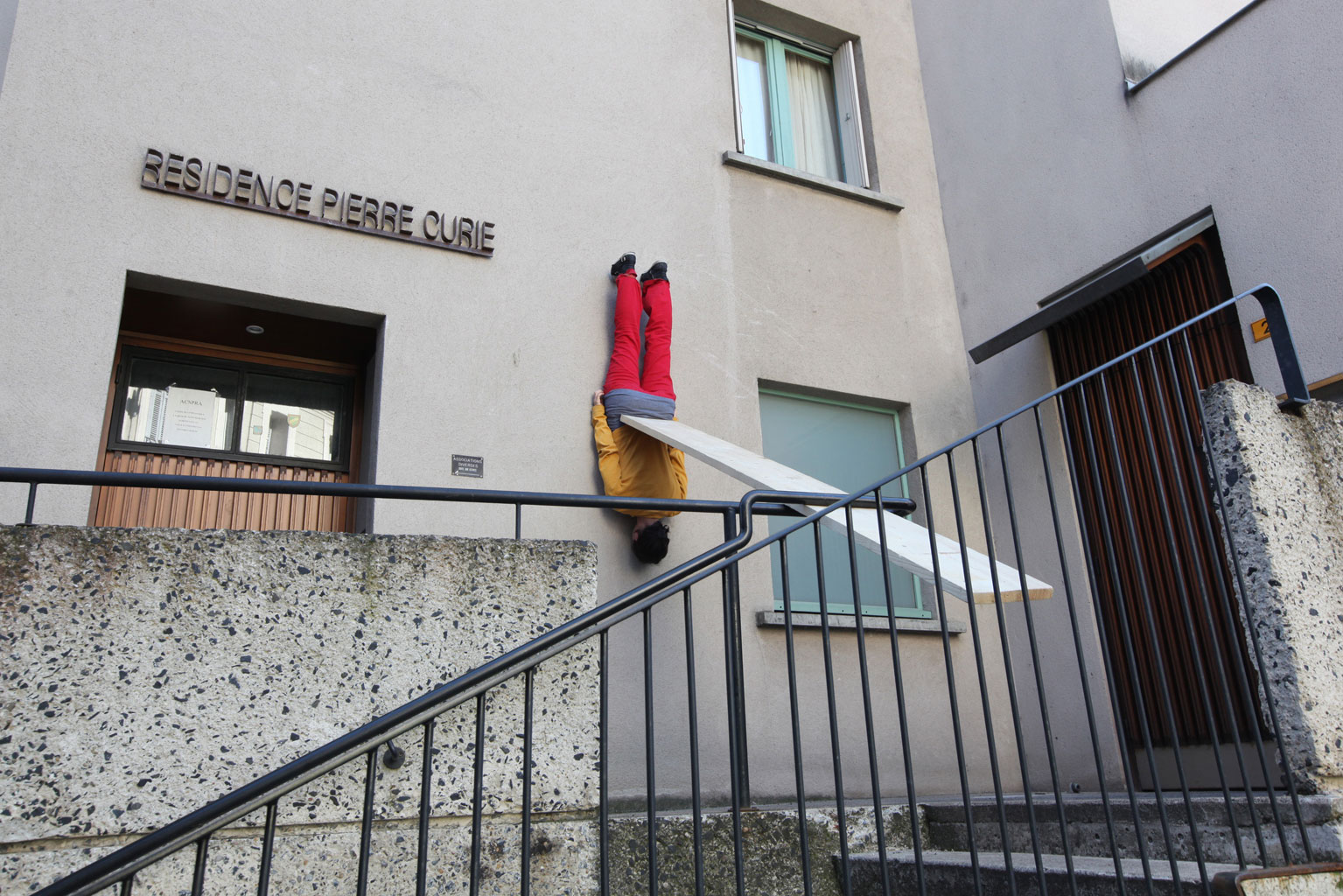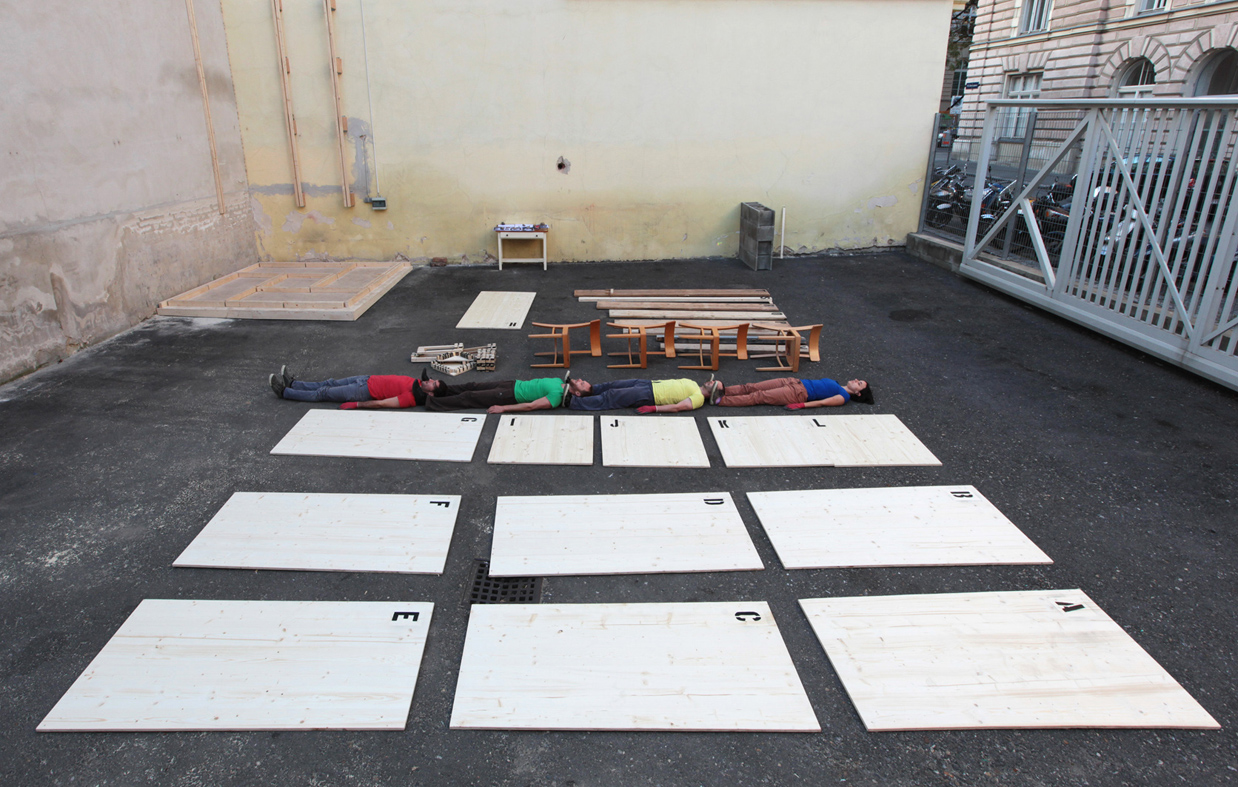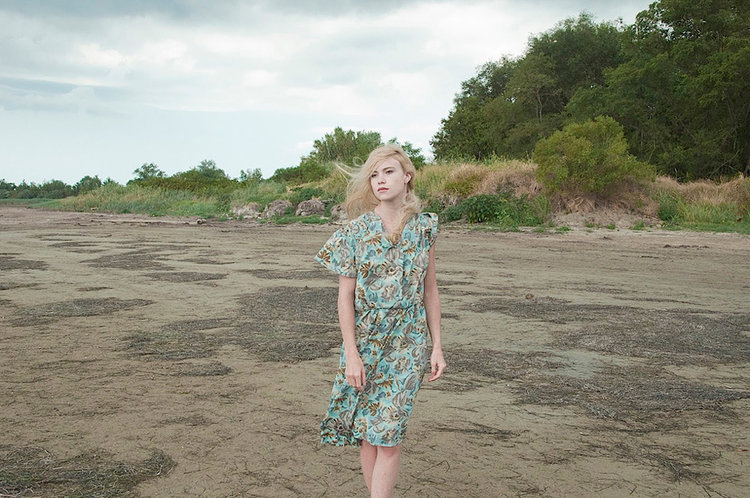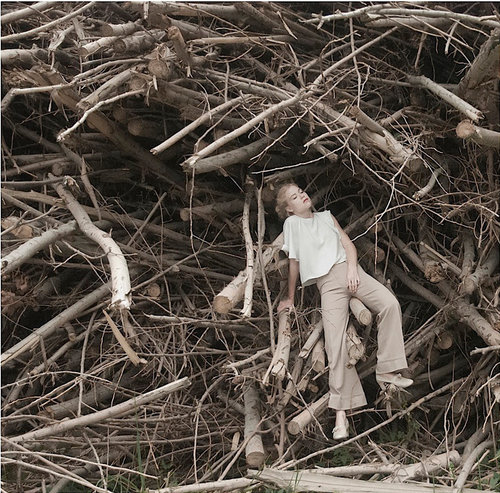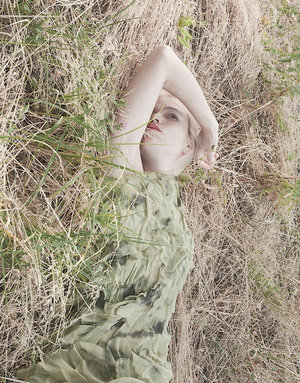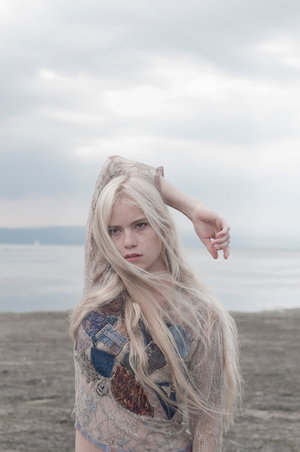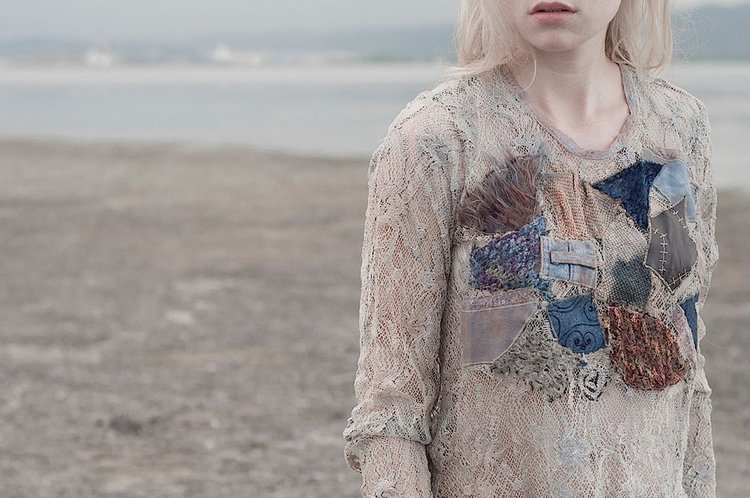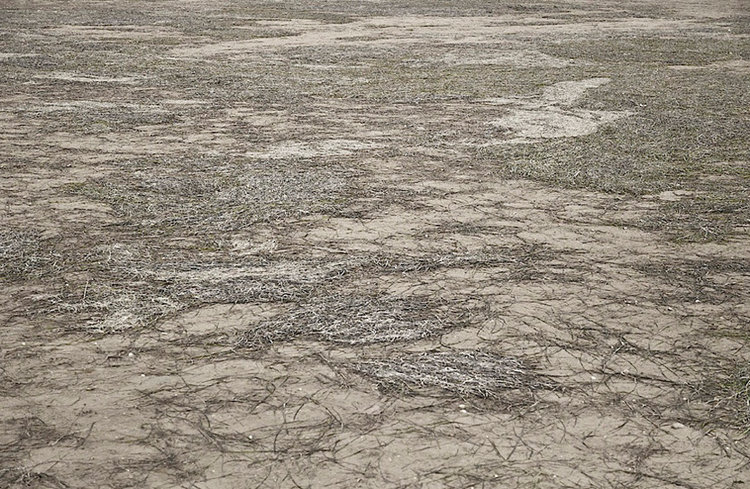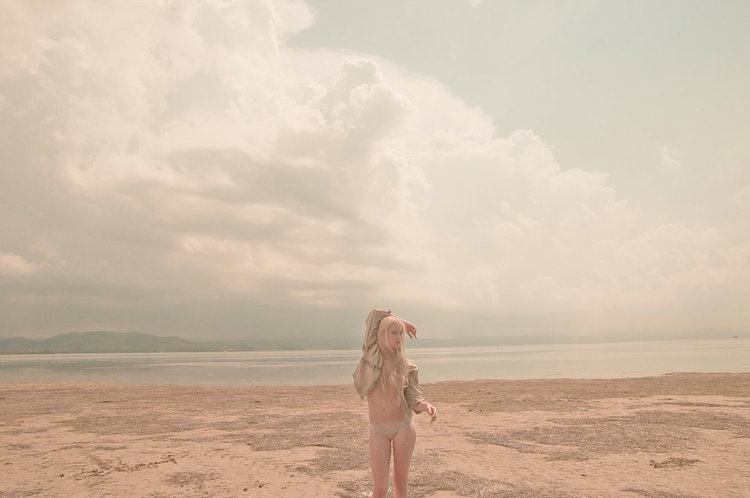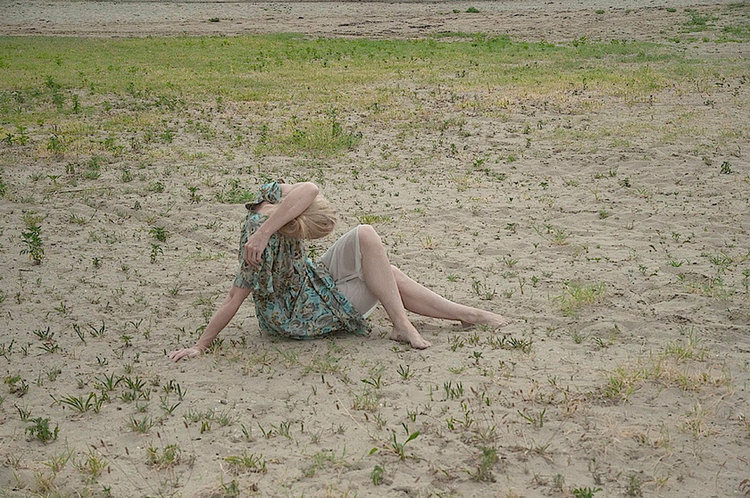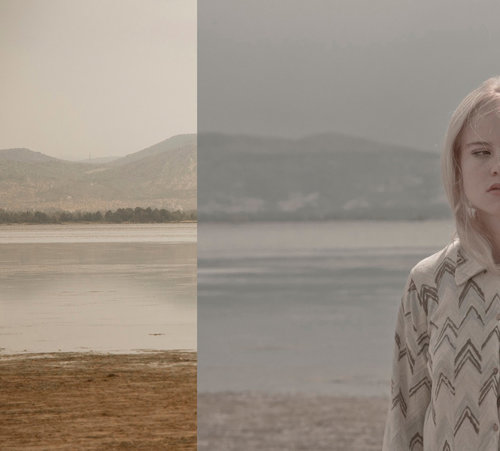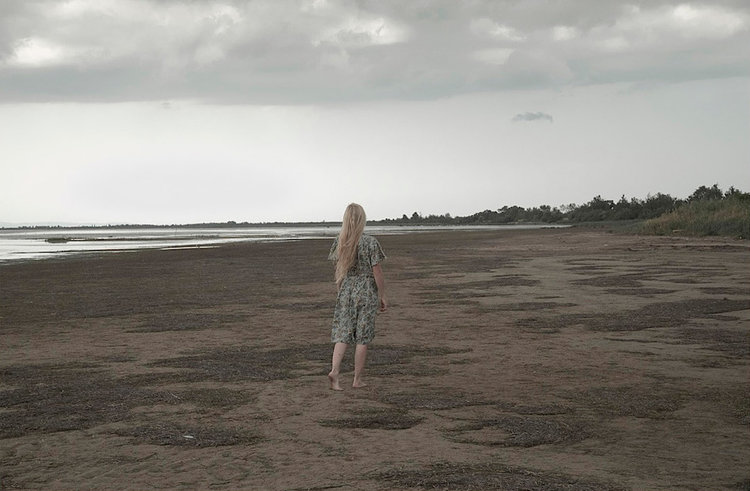INTERVIEW WITH WILLI DORNER: BODIES IN URBAN SPACE
by Pedro Leão and Maria Neto
PL_MN: Tell us about your background, when did you start to contact with photography?
It all started in school, when our teacher for painting and fine arts in Secondary School did some dance classes with us. Very soon after a few classes I found out that dance and movement really usurped me. He also fascinated us for photography and film. I kept following fine arts and got also inspired by film and photography. The antagonism of visual and kinetic perception fascinated me. I used in my stage performances video or worked also on video walks in UK in 2006 and 2008. So a project like „bodies in urban spaces“ is typical for my artistic work. It is in a way very visual, but at the same time, when you experience it live, It is very hidden and also physically challenging.
PL_MN: You have a special relation with the architecture, the body and the photography. Tell us more about this and how everything has begun.
I am very much influenced by phenomenology and in the first years of choreographing I was focused on perception in human beings: how perception per se works. After years of experimenting with that I shifted my interest on spatiality ( as phenomenologists would say.) But I realized very soon that I had to leave the black box / the stage in order to go deeper on my research on space and its different aspects, as e.g. the economic, political or social one. I was invited by the Viennese dance summer festival to develop my new idea of the relationship on body and living spaces. The building company supported as well my research on their newly built appartments, generally speaking on living in flats. Also I got interested in a new way of presenting all the diverse outcomes. The different locations allowed me different presentation forms.
For this research period I had invited several artists to join in, film makers, architects, composers and sound engineers. This was more than 10 years ago! Amongst all the ideas that we were playing around, was the idea for Bodies. It was in the beginning only a photo documentary of a research phase, but as I, and others liked the photos more and more. I continued working on it.
Generally speaking I am still interested in how we can perceive architecture/space through our body or more precisely speaking through all our senses besides the visual one. In these days the visual perception of a building is so much in foreground that it fascinates me to focuse on the senses that are suppporting our perception but not so much in foreground like the vision. We use the informations of these senses (audio,sense of balance, touch) but we are not so much aware of them. I was invited to design a tour through the whole aera in order to physically experience the terrain of the Museumsquarter.
PL_MN: Bodies in Urban Space is a work with people and for people. How usually people react?
The reactions are very different. Some people are upset, feel provoked, but in general they like it very much, feel surprised in a good way.
PL_MN: How do you decide which spaces occupy?
I usually ask what are the city`s hot spots and then we go and visit them.
Neighbourhoods that are architectonically interesting or that get new built or that start decaying, that are dangerous. Also I like to walk and approach buidlings from their backsides and use little lanes or short cuts or hidden or secret paths that are not so known. I want the residents to discover their own city again.
PL_MN: Do you think your work has a pedagogical message about people and the public space?
I want to take the residents on a walk in their own city. Discover the changes that are always happening in a city. And want to initiate a thinking-process on city`s architecture. The living in urban spaces is our future. Our cities will get crowded in the next decades and we urgently need to discuss how we can live together, how we can design our life in cities worth living, as we will spent most of our life time in big cities. This is a very important topic in these days.
PL_MN: We think that documentary and artistic photography are key elements for dissemination and recording of your work. How do you think the internet and everything that is connected is contributing for the development of your work?
Yes, indeed internet helped a lot to spread the informations on this particular project. Myself I feel very ambigue on all the photos of bodies. You have to understand, once I imagined this project as very hidden. I was not going for an audience at all.
I used little nooks and crannies, spots that you never look at and spots where you do not expect human bodies. The photos were just a help, a documentary for myself. But so many people liked them and enjoyed them that we decided to publish them. We publish still photos and I still give interviews world wide. The journey of bodies is not finished yet. This year we go also the first time to China.I just wrote an interview for a magazine in India. They were asking, if I can imagine to do the work in India? I guess that is quite a challenge.
PL_MN: Tell us about your main interests and what are you working on now? Any ideas for the future?
This year is an intense year again. I work on several projects at the same time.
I was commissioned a work in Liverpool that will be shown in the framework of “Big Dance” and Biennale Liverpool. I create a parade in a very specific district in Liverpool. It is in the outskirts of Liverpool next to the stadion of the big football club F.C. Liverpool. I design a choreographed parade through these streets presenting people of Liverpool that provide services and do activities which we take for granted.
It is a parade of chambermaids, the street cleaners, urban farmers, people of the fire brigade, of the ambulance,.......I want to present faces to all these services. It will be a parade of about 400 participants. The backdrop of this march is a district in Liverpool that is quite rundown and decaying. For me the spatial context corresponds head-on with this idea. The participants walk in a long marching parade underneath a hovering sound cloud.
In the moment I develop further an idea that I subsume under the title “living room”
Two topics interest me here: one is order, meaning the underlying order that we can find in the design of buildings and of appartments and the order that people produce in their homes with their furniture and objects. I am interested how people put themselves into these arrays.
Two is table. I want to focus on table, table as a meeting point in a house. It is for me a quite central point in a house. I found out that lower social class houses in UK miss a common table, they miss a meeting point, a point of exchange and communication.
I was also invited to create an audio guide through the Museumsquarter in Vienna. It should be a walk that allows to experience the spaces in the Museumsquarter in a kinetic - physical way. It is a commission for 2015.
All photos Lisa Rastl

